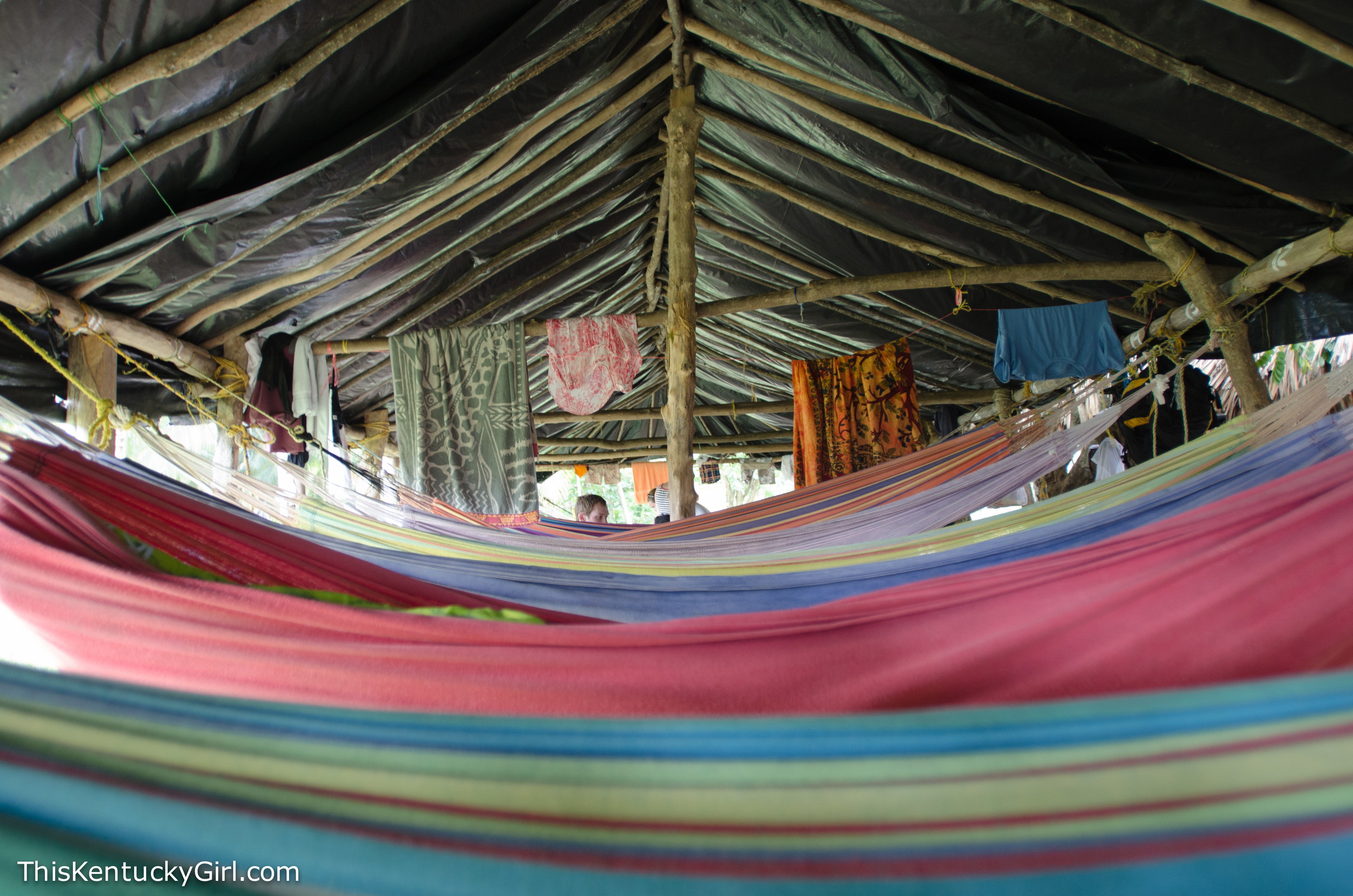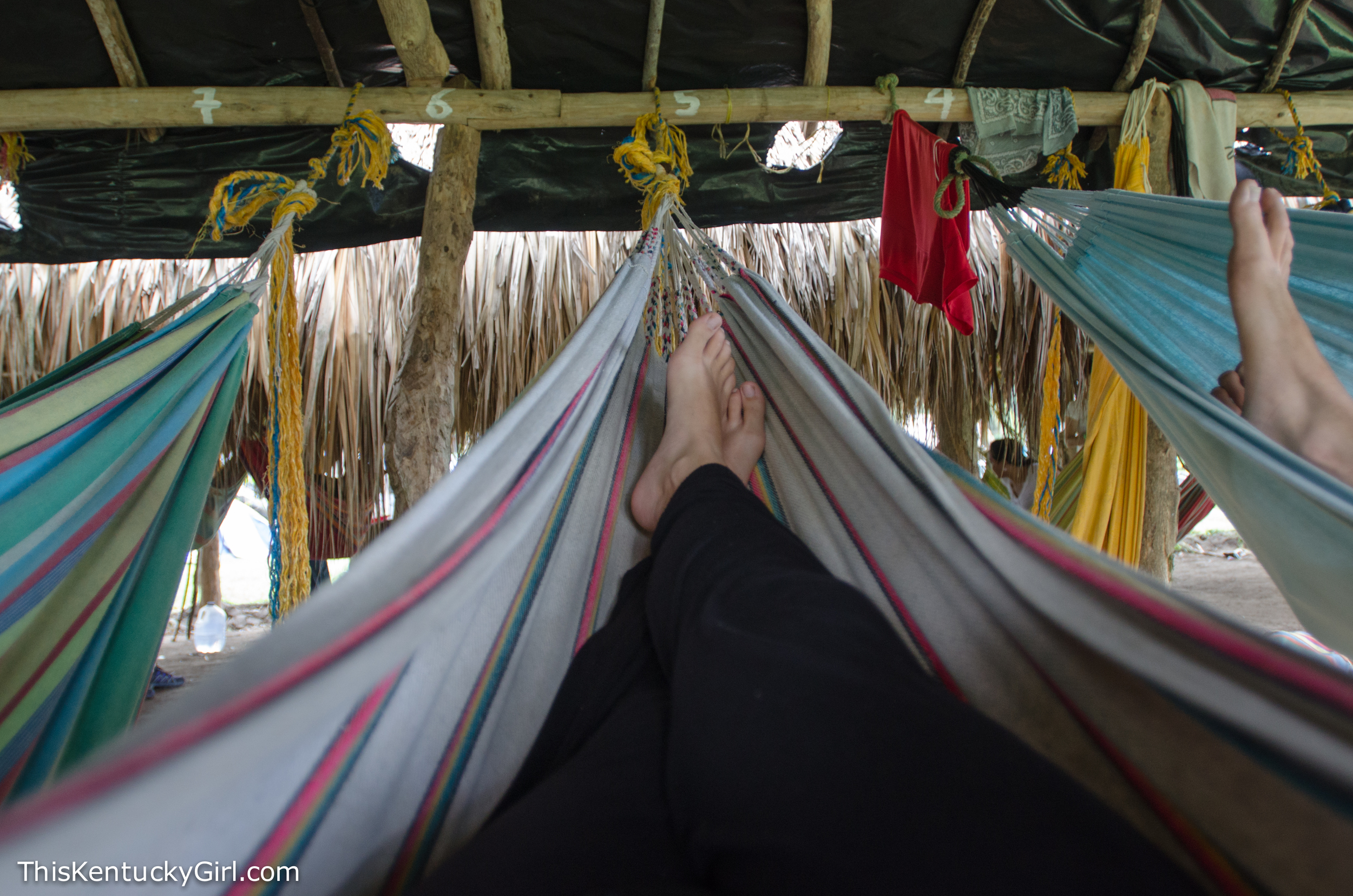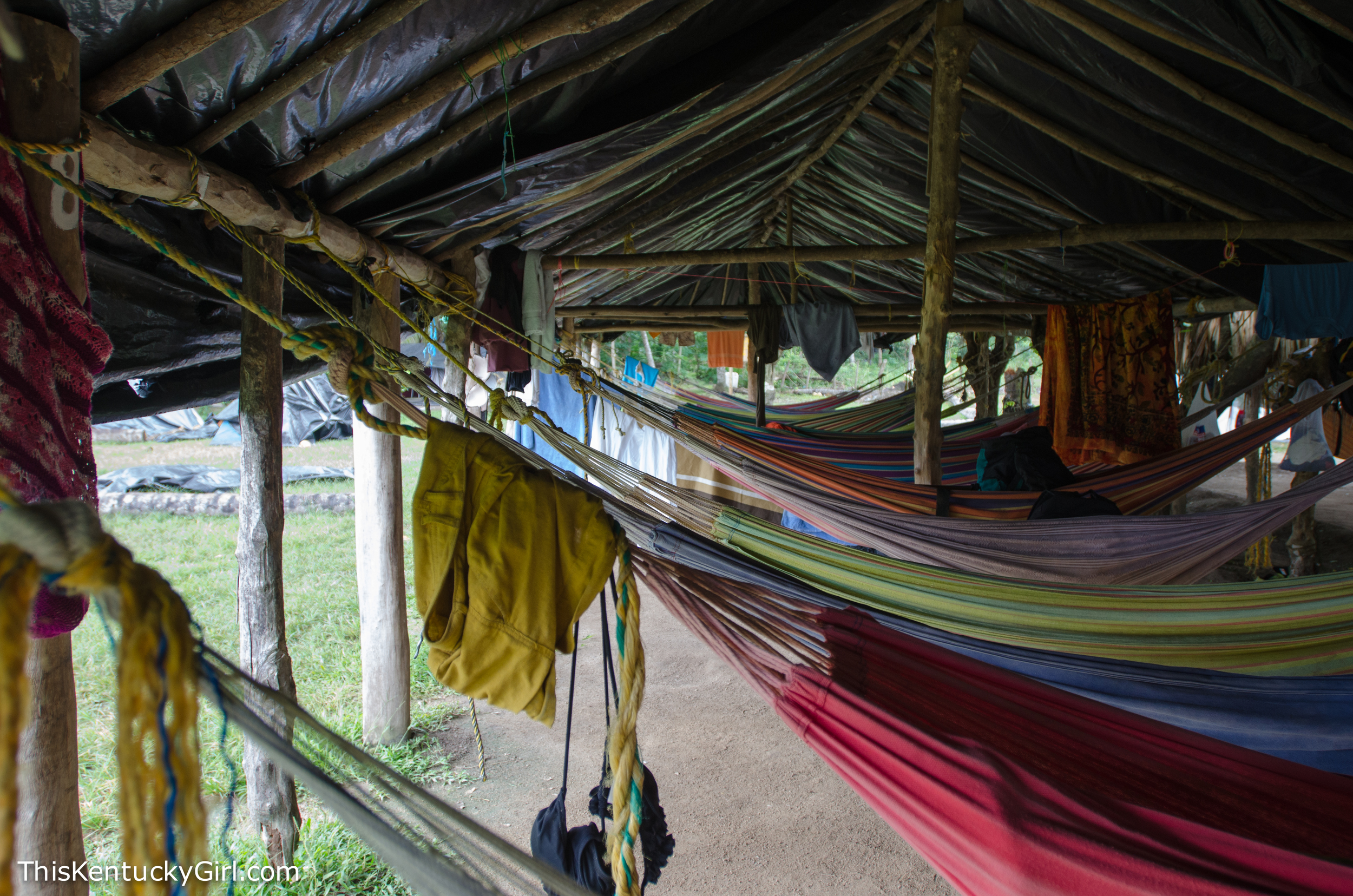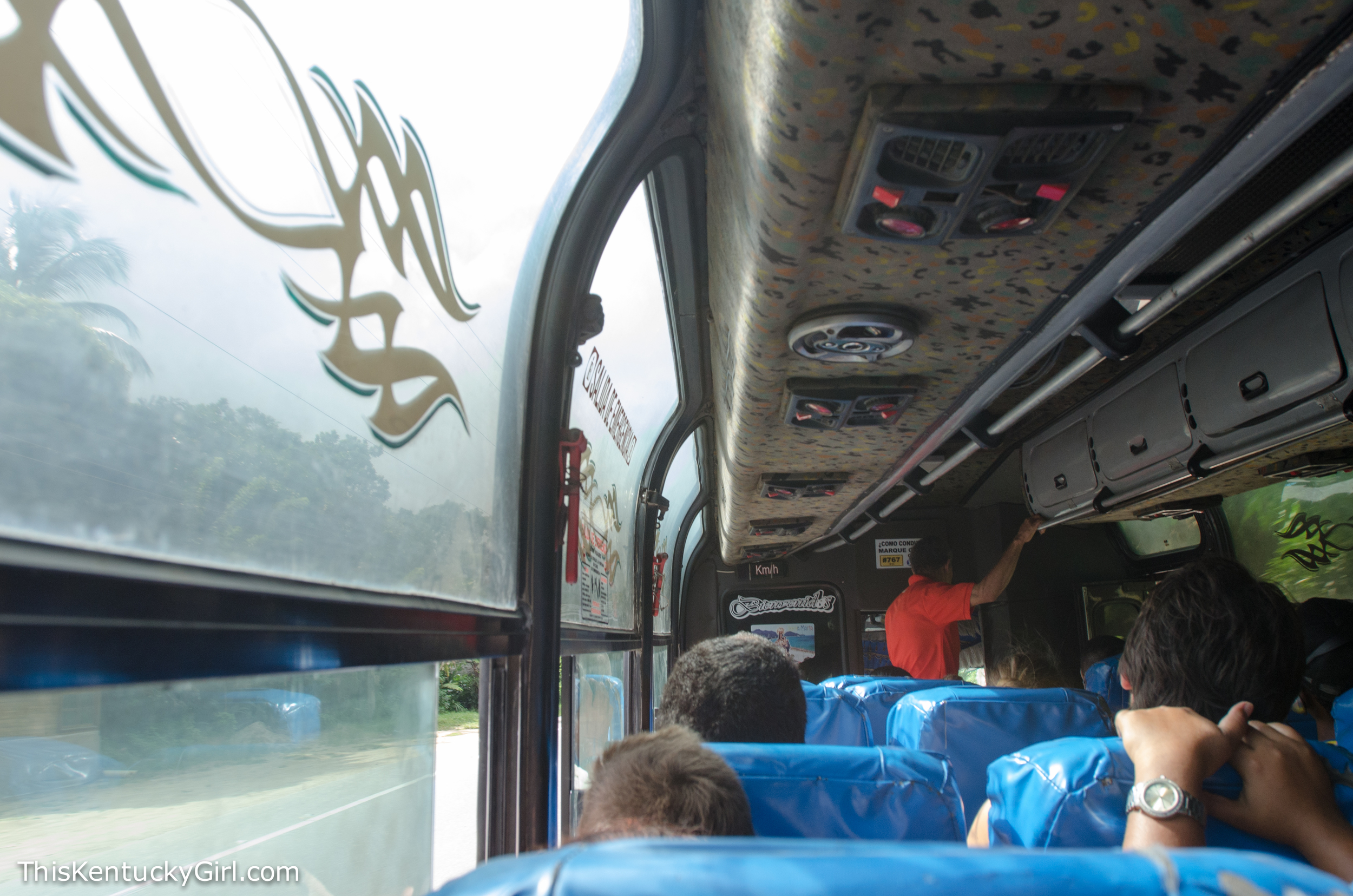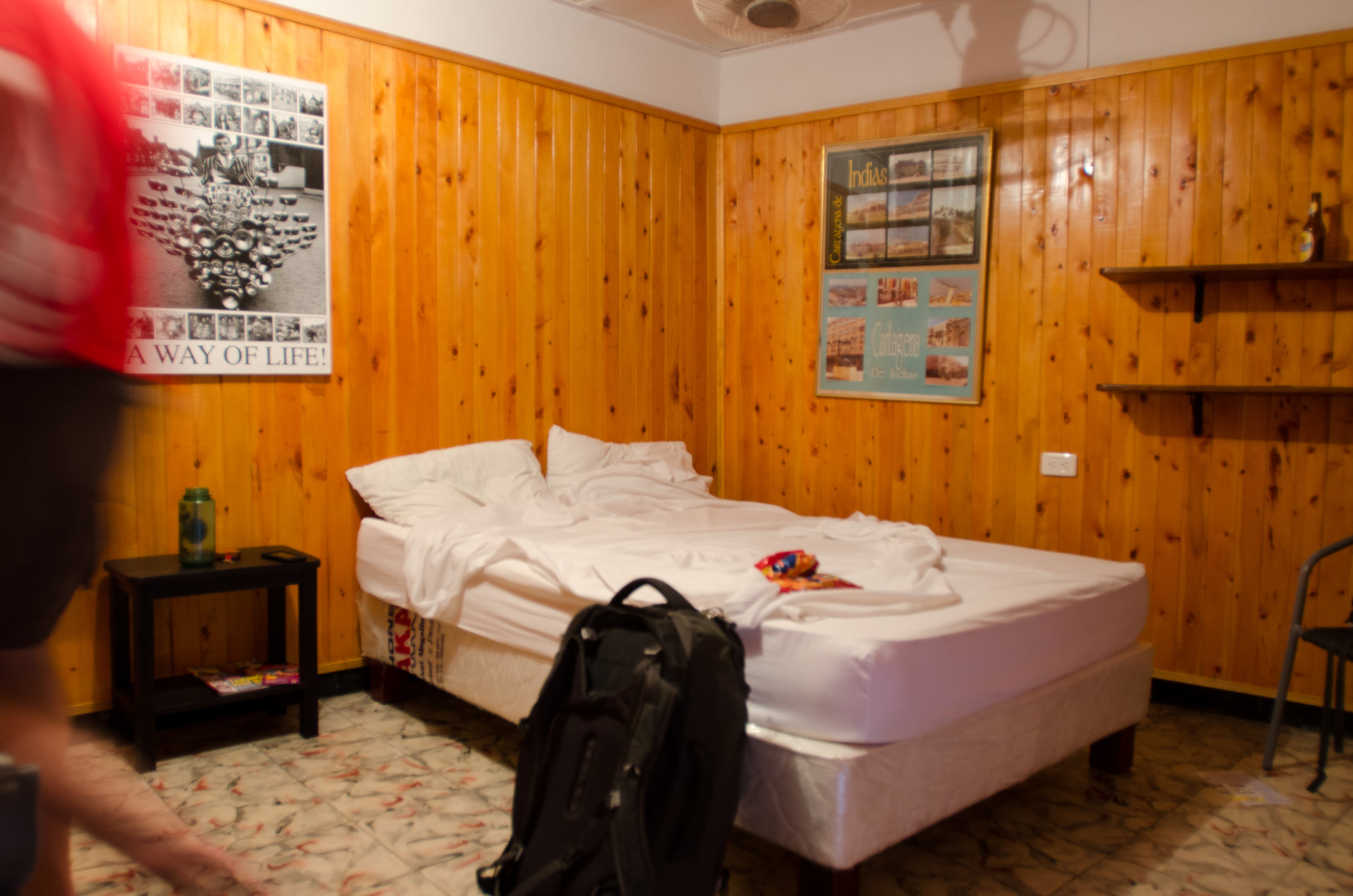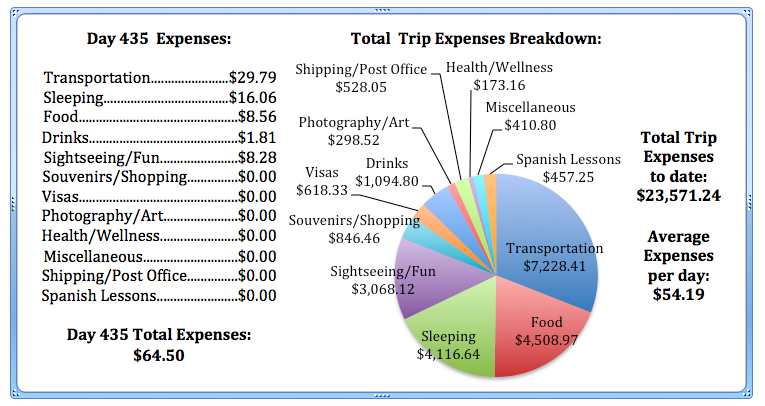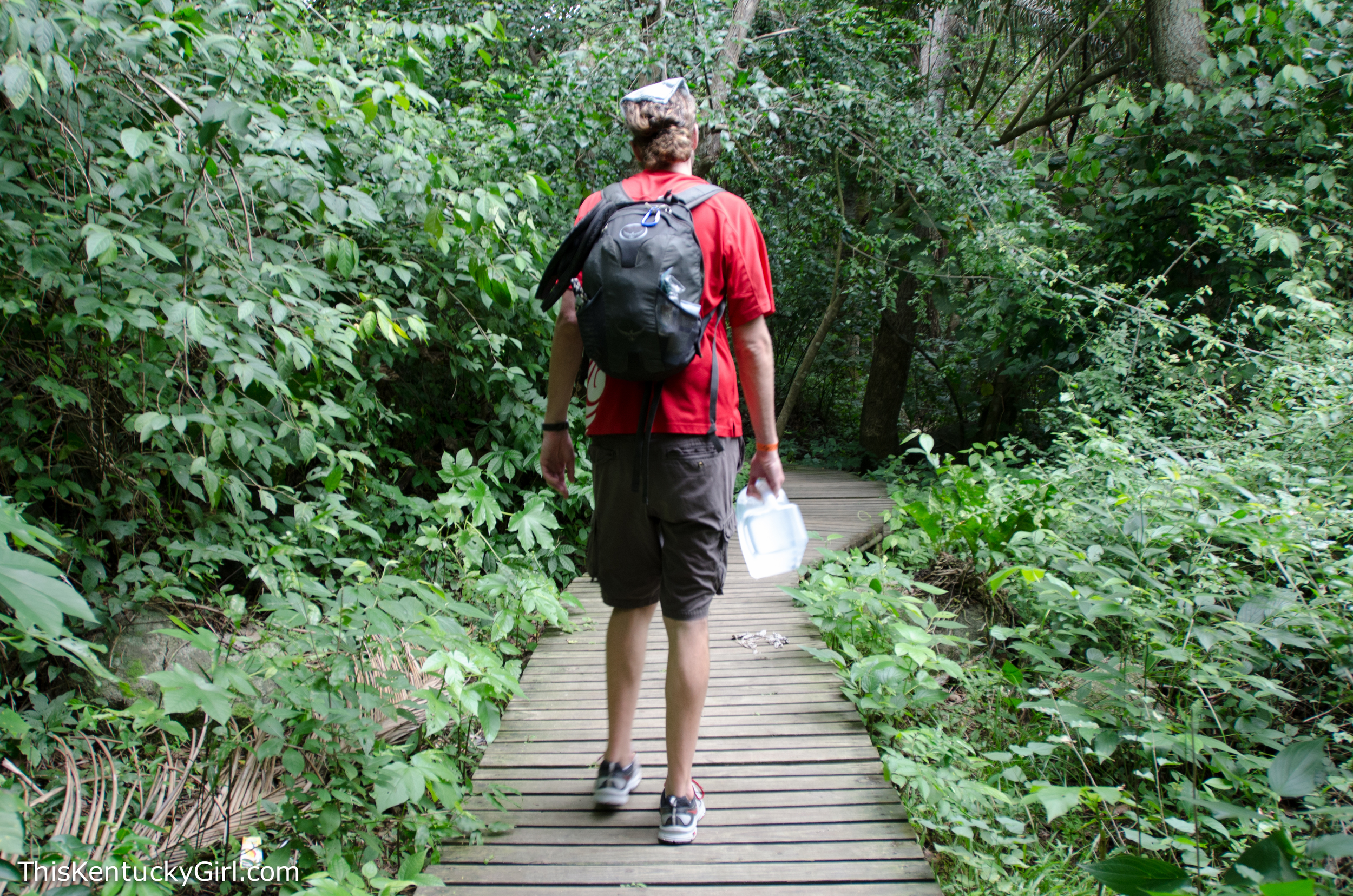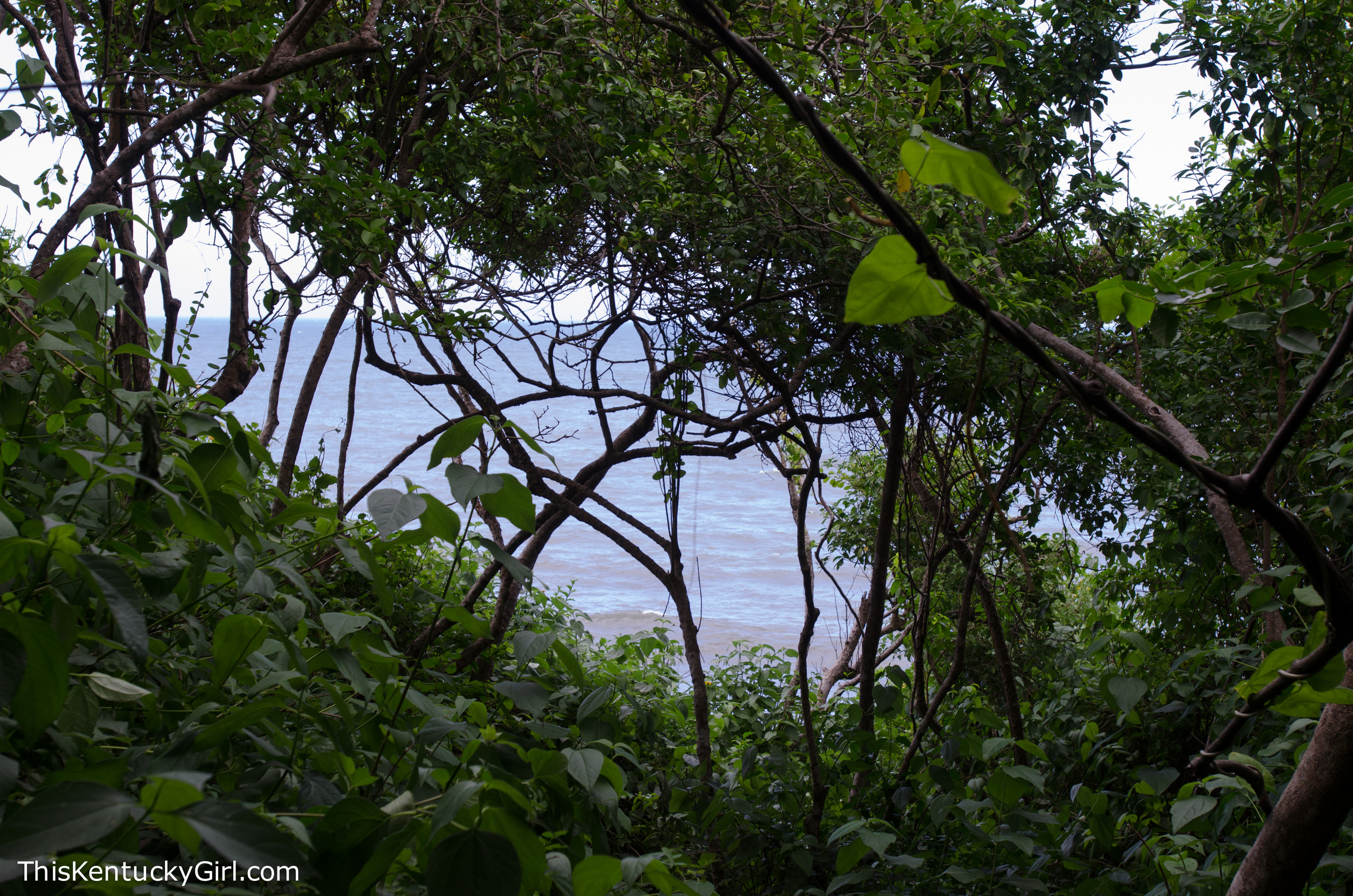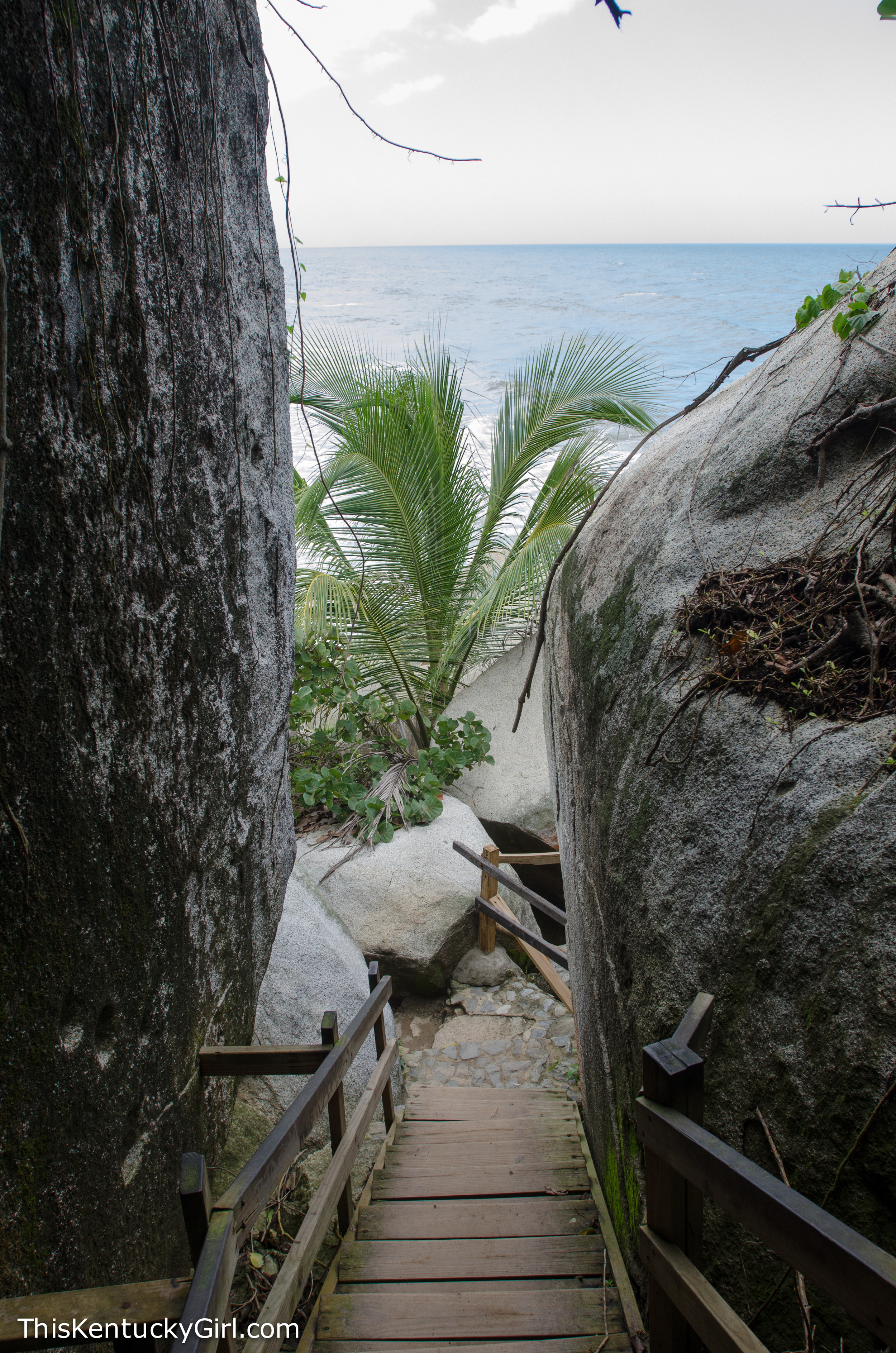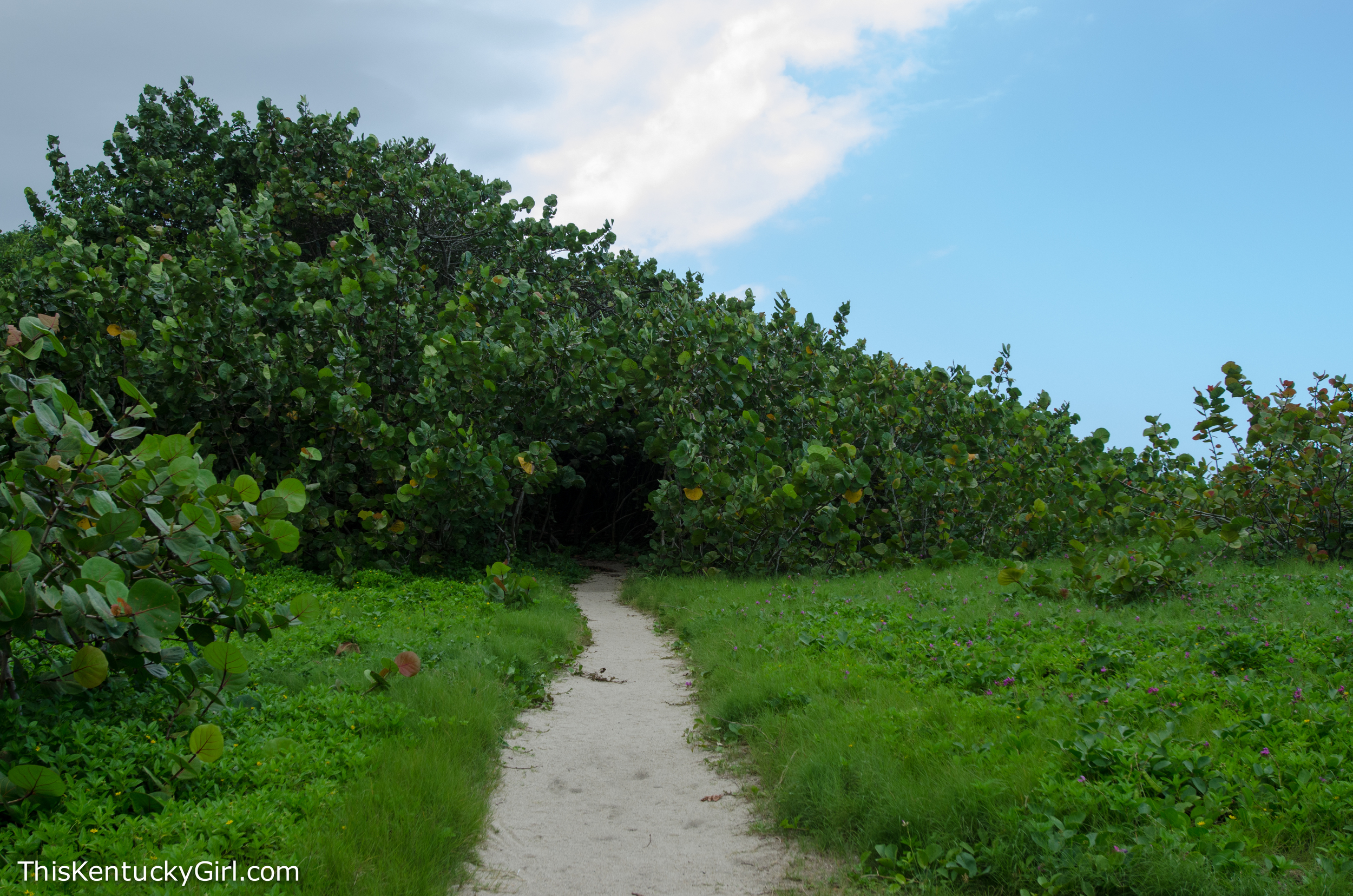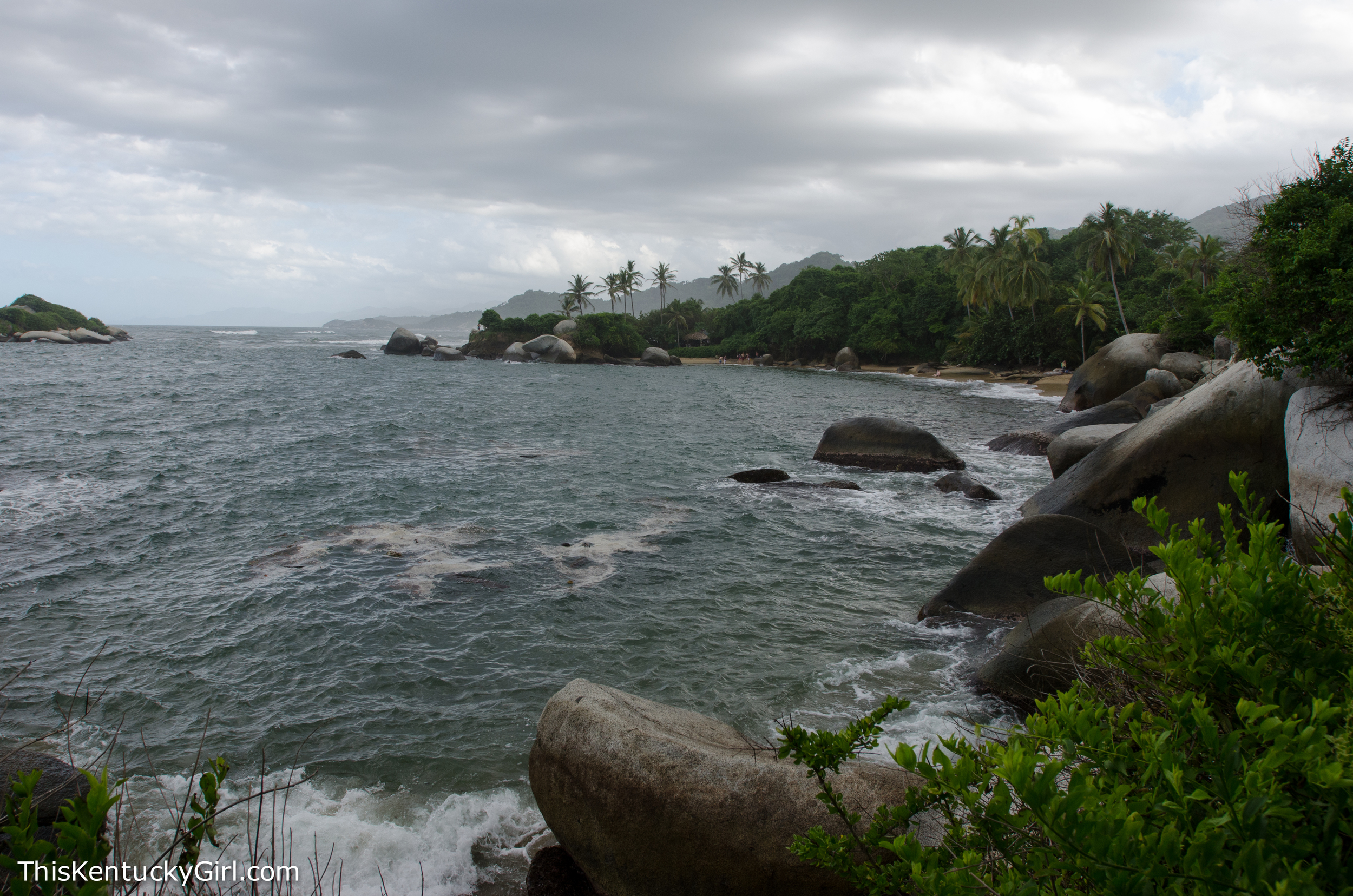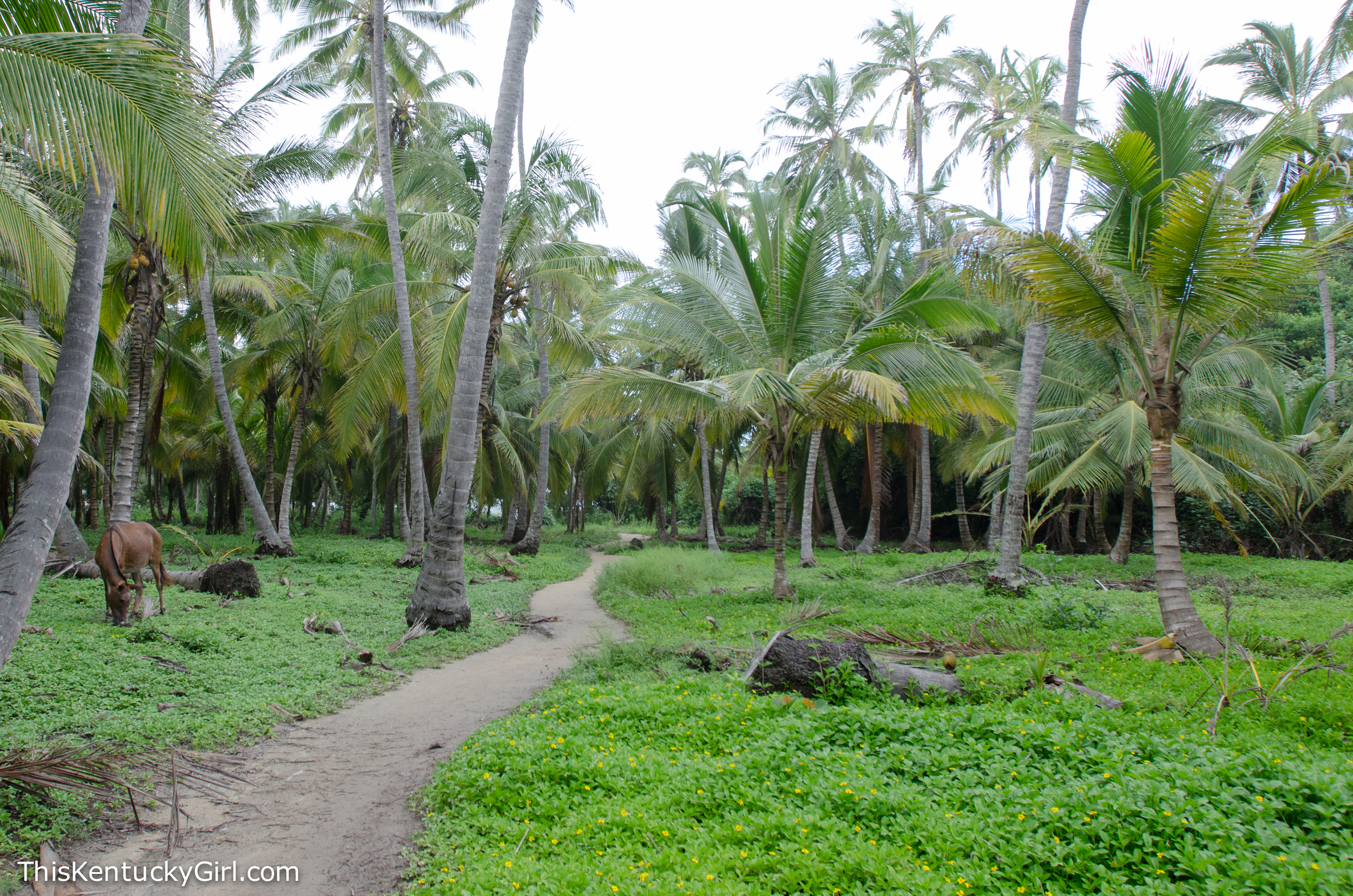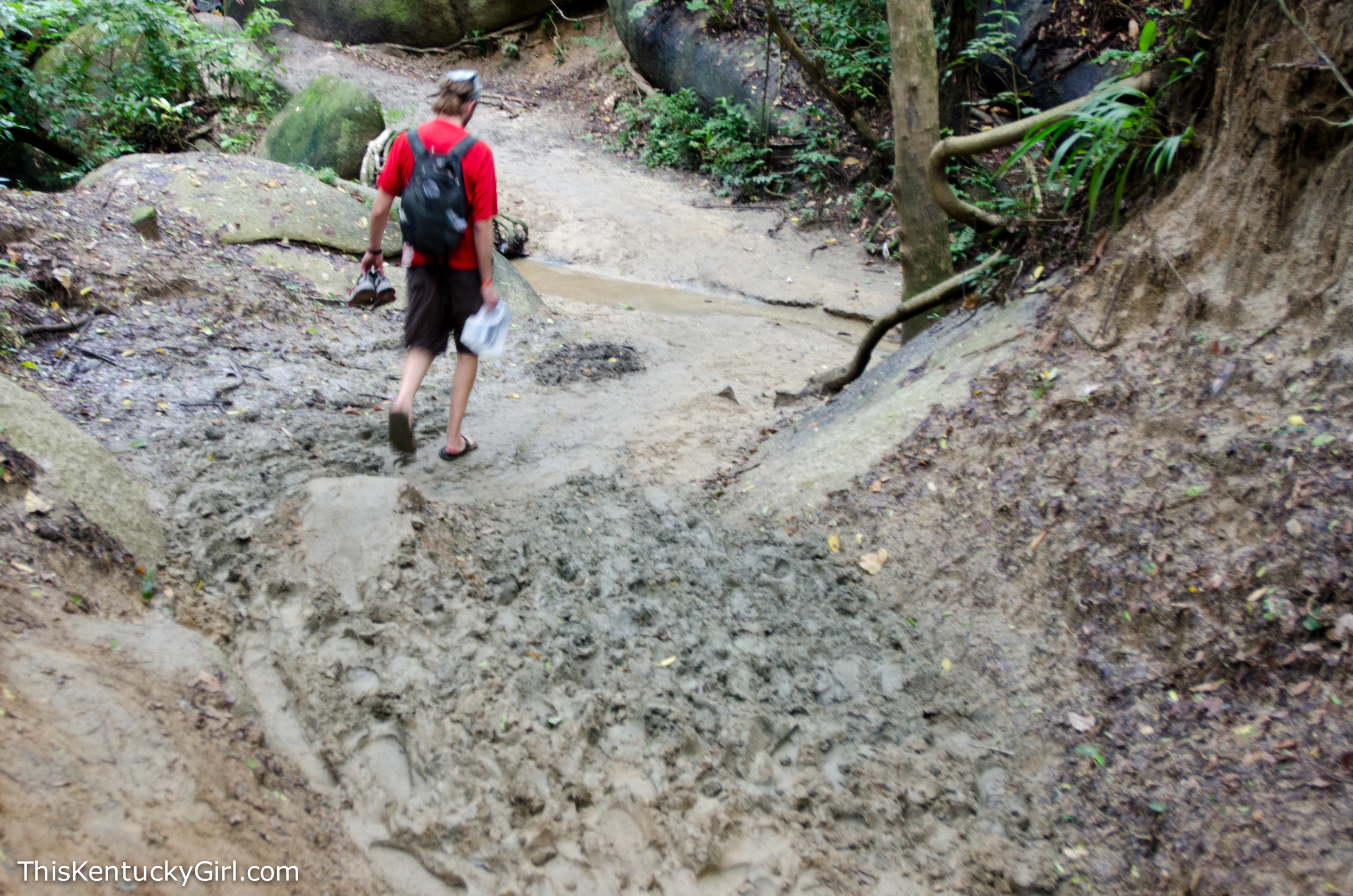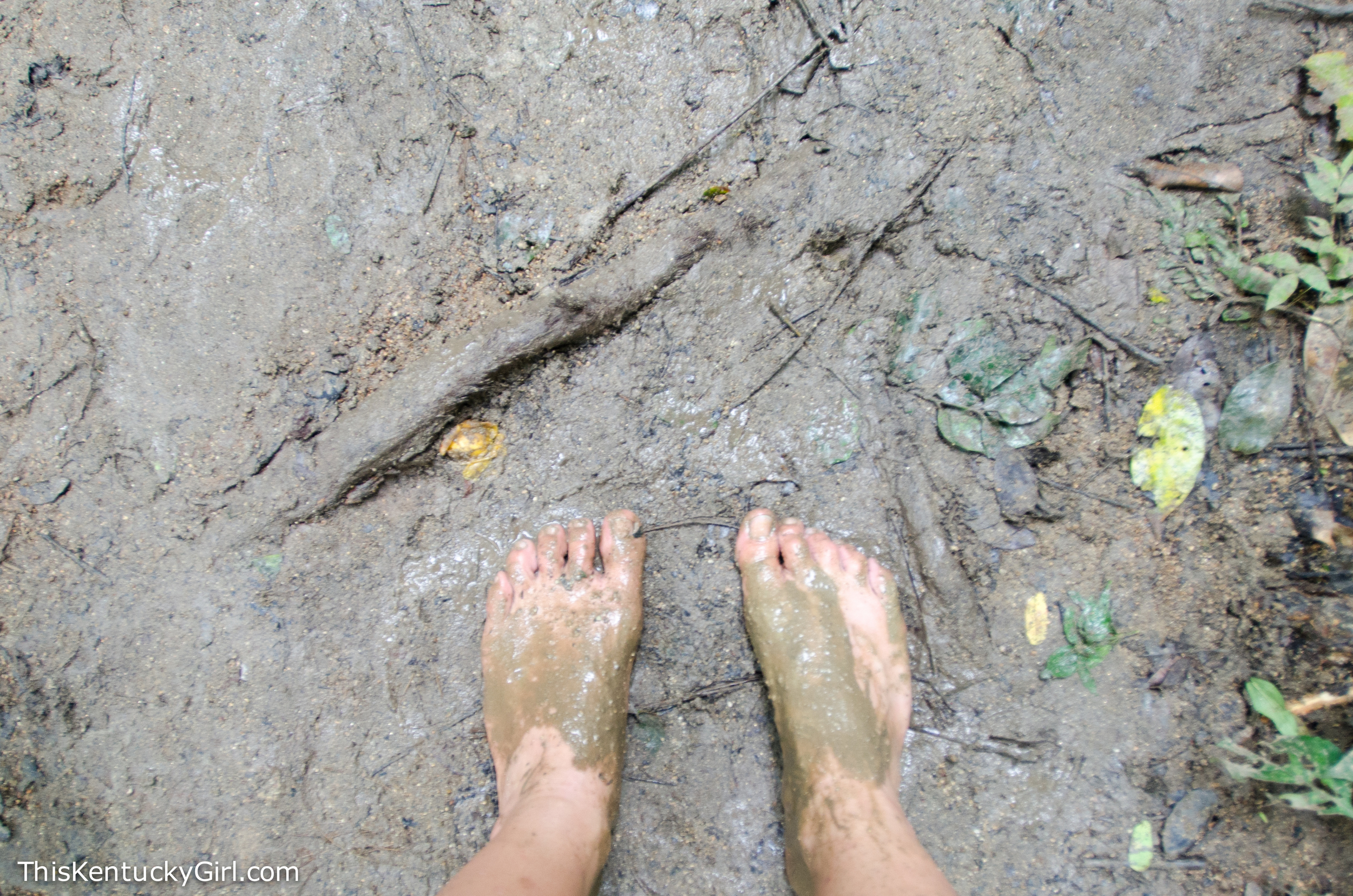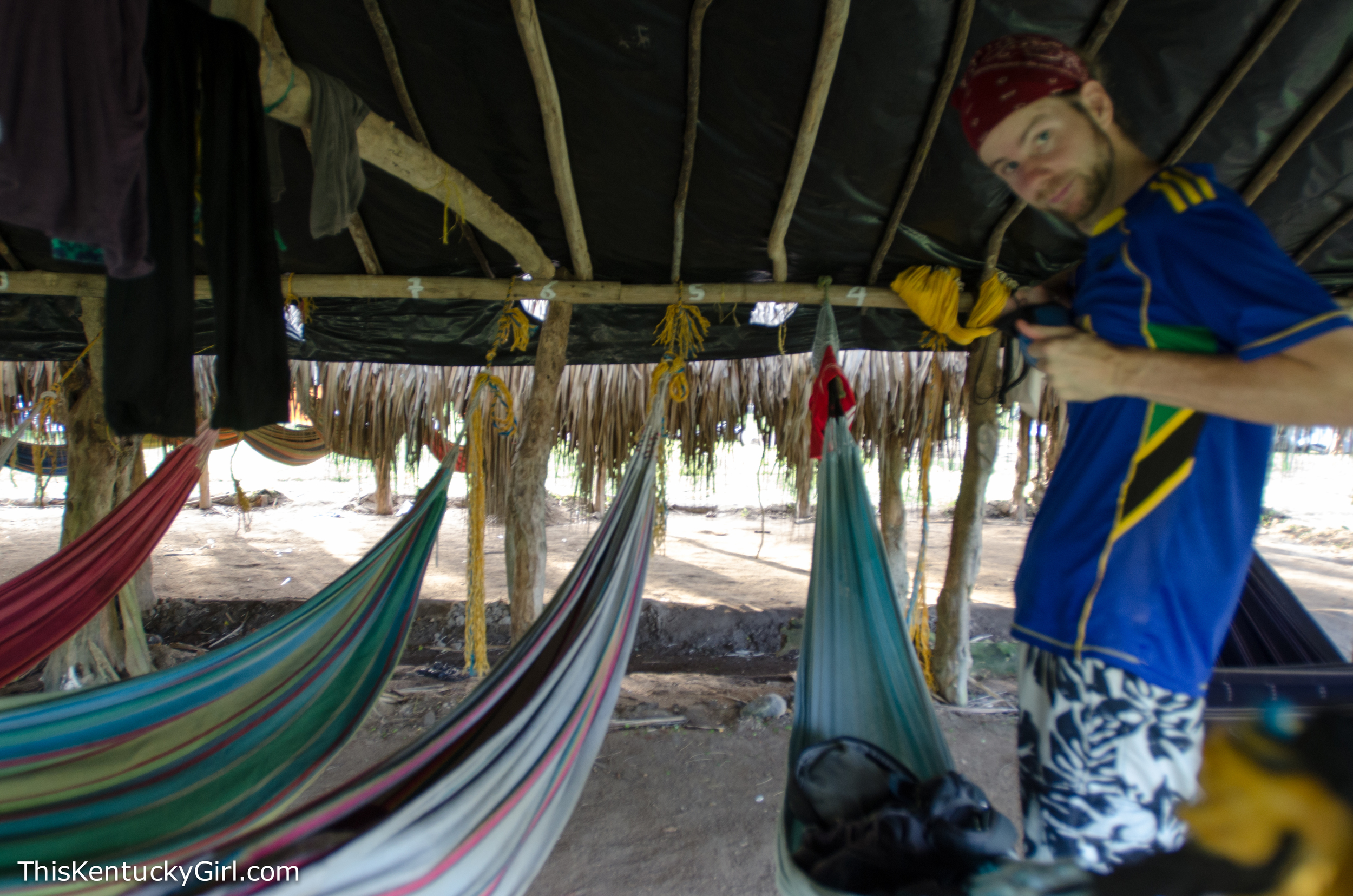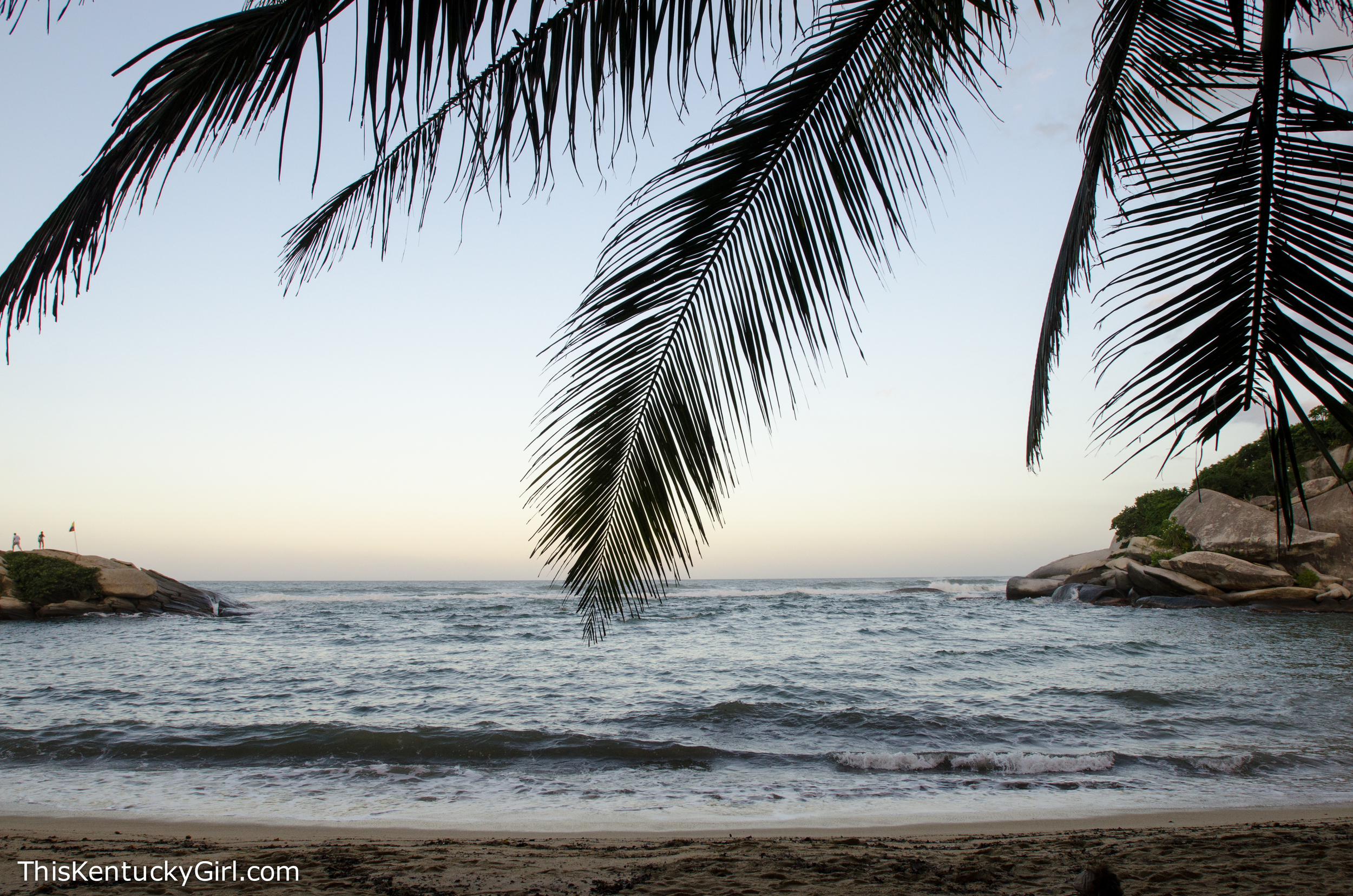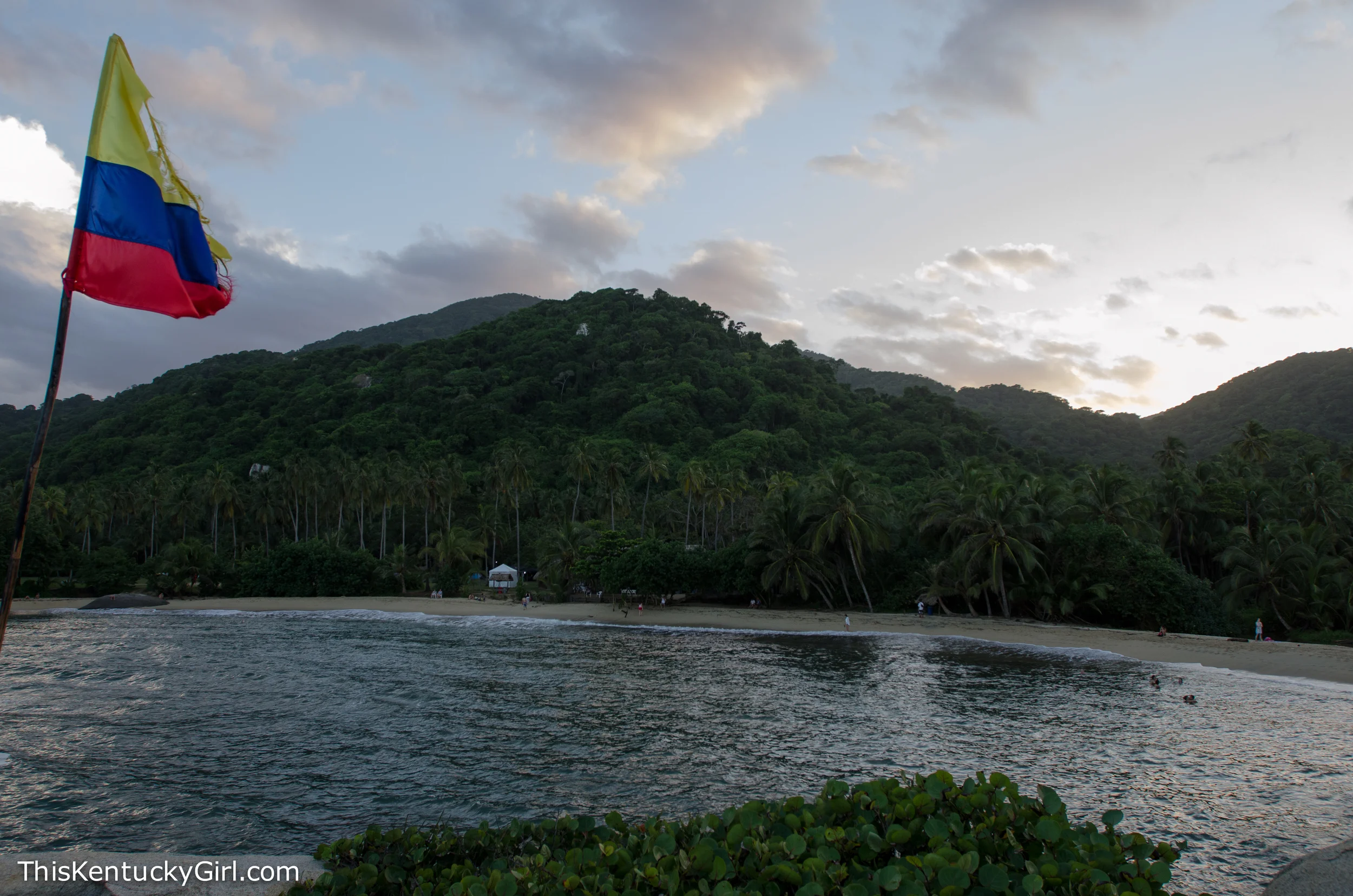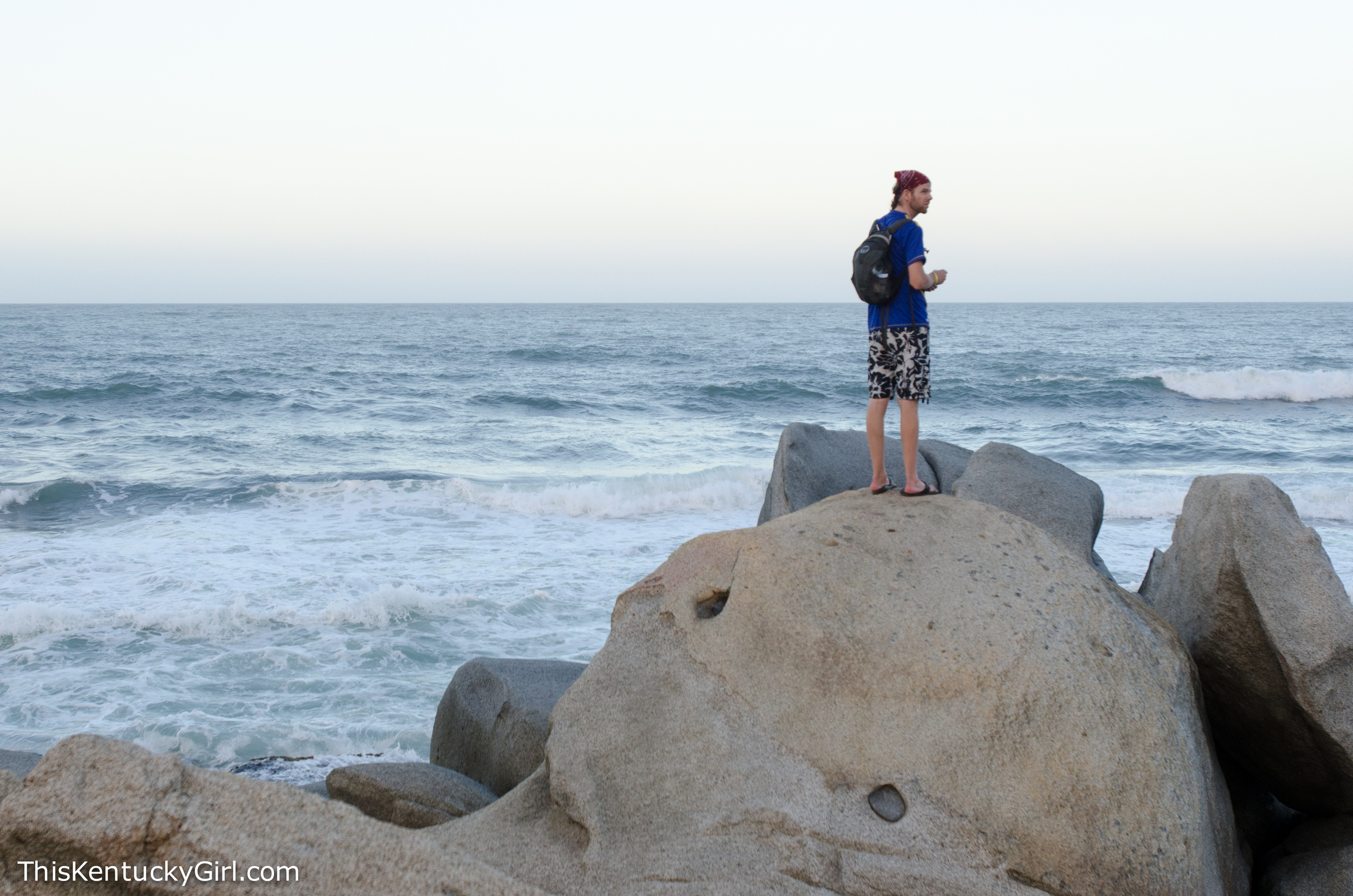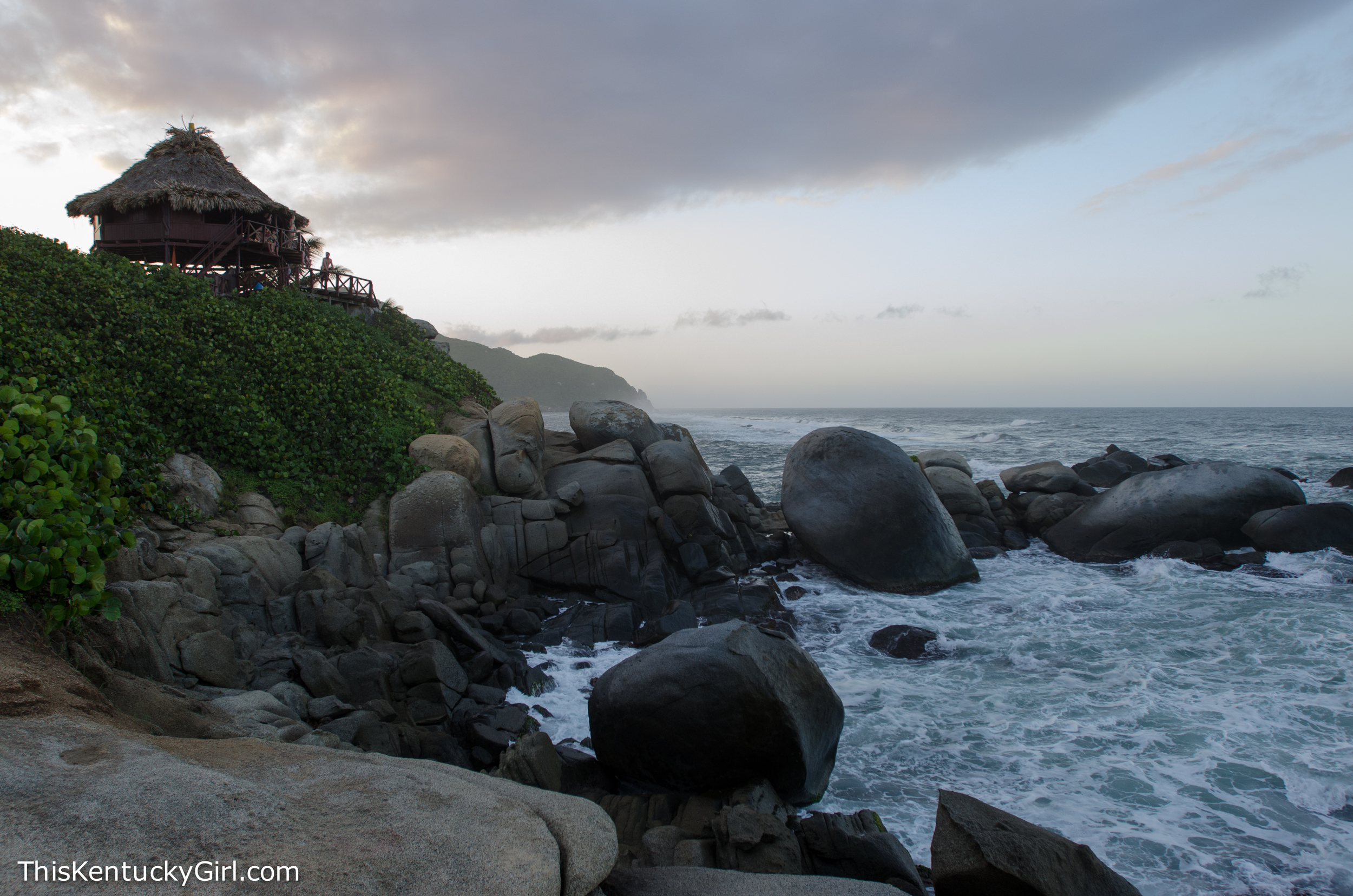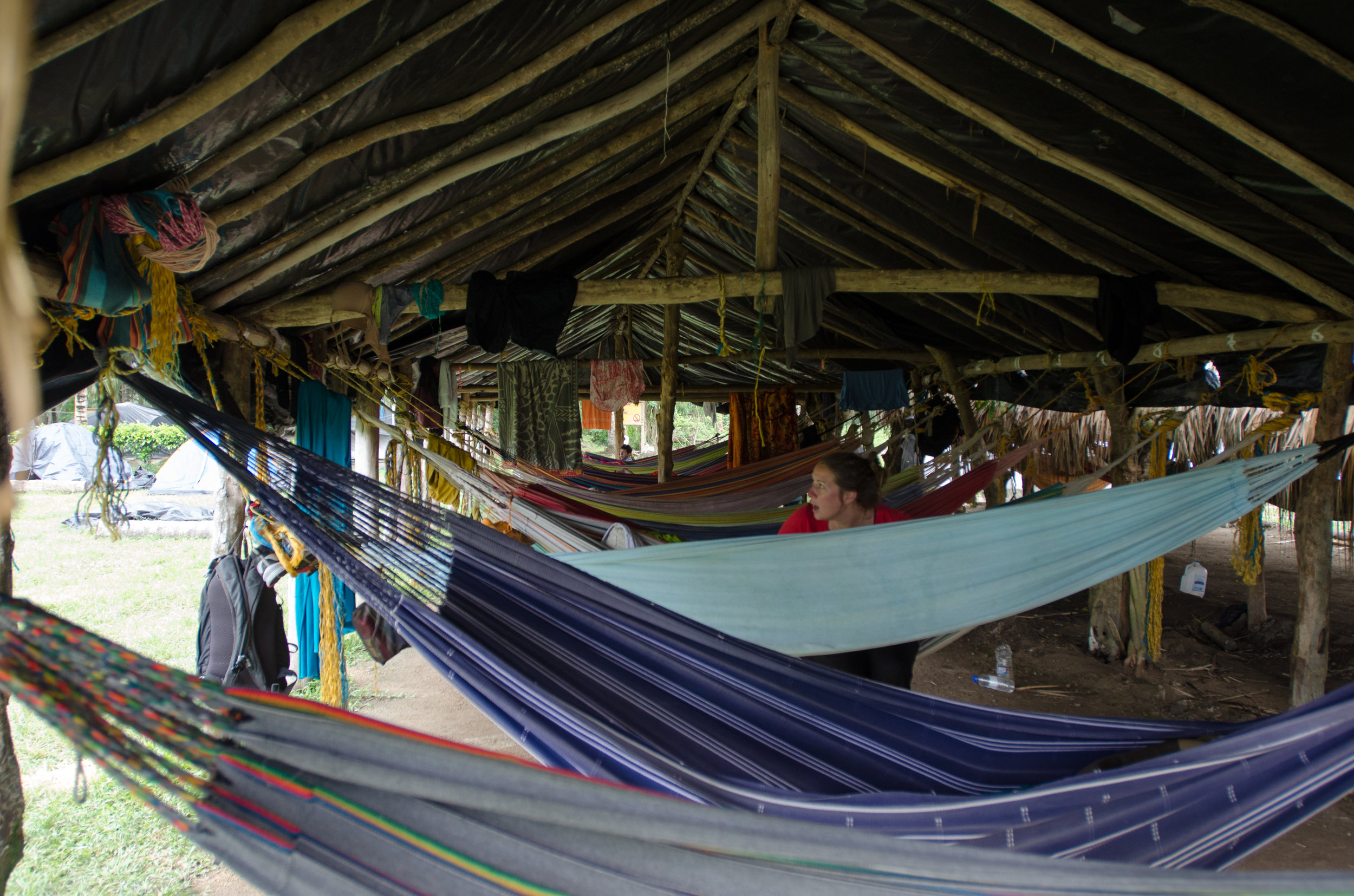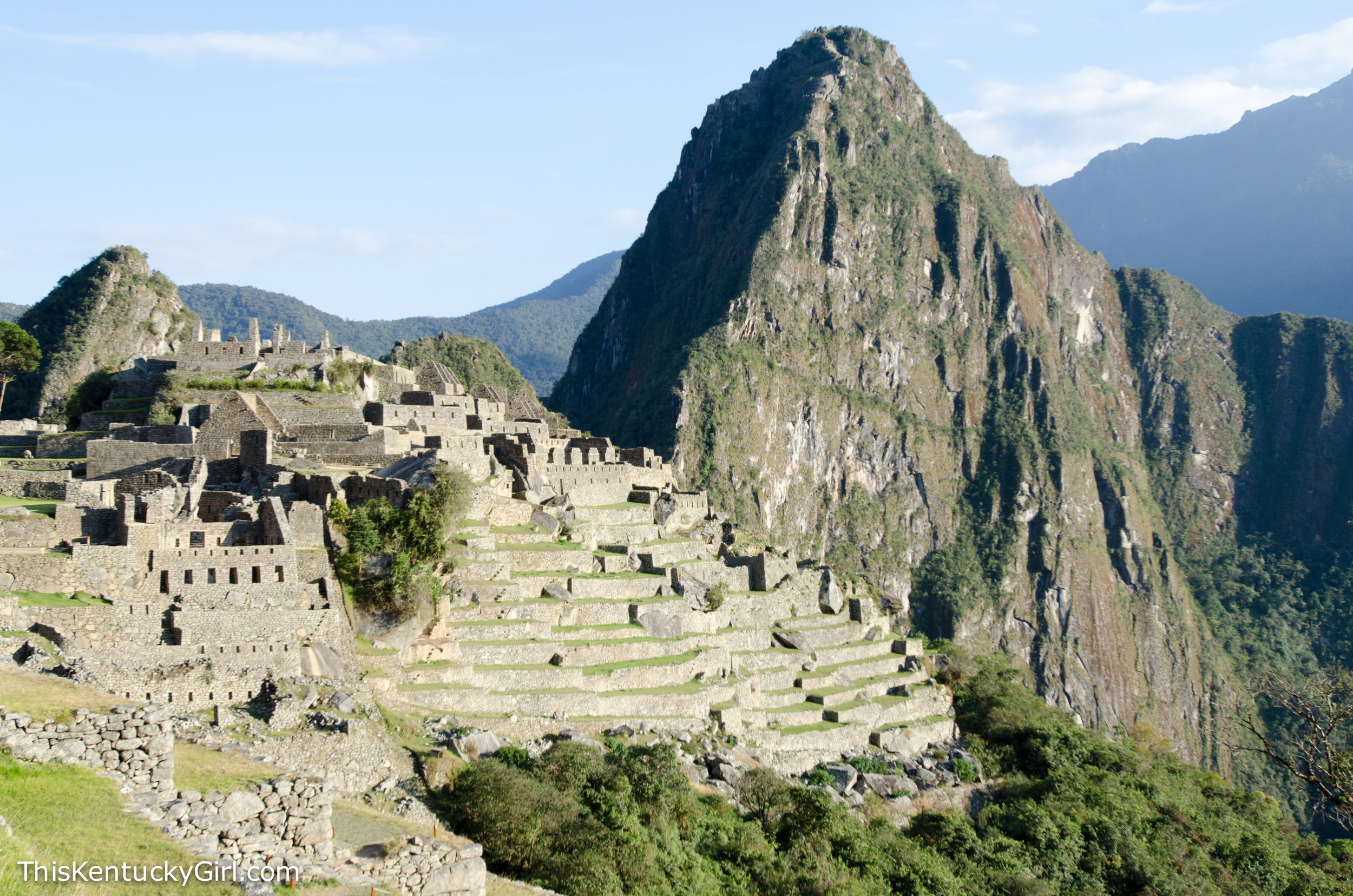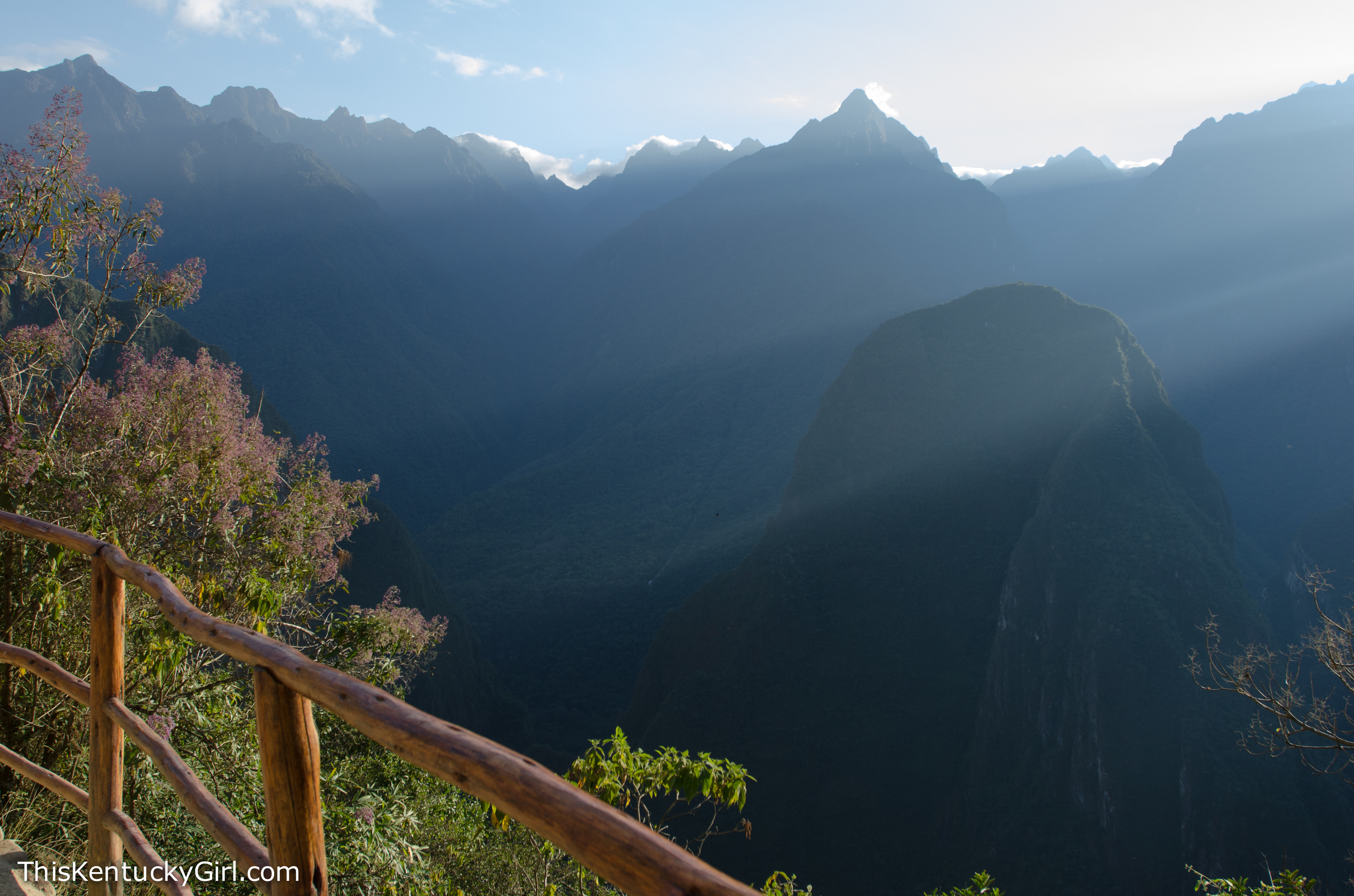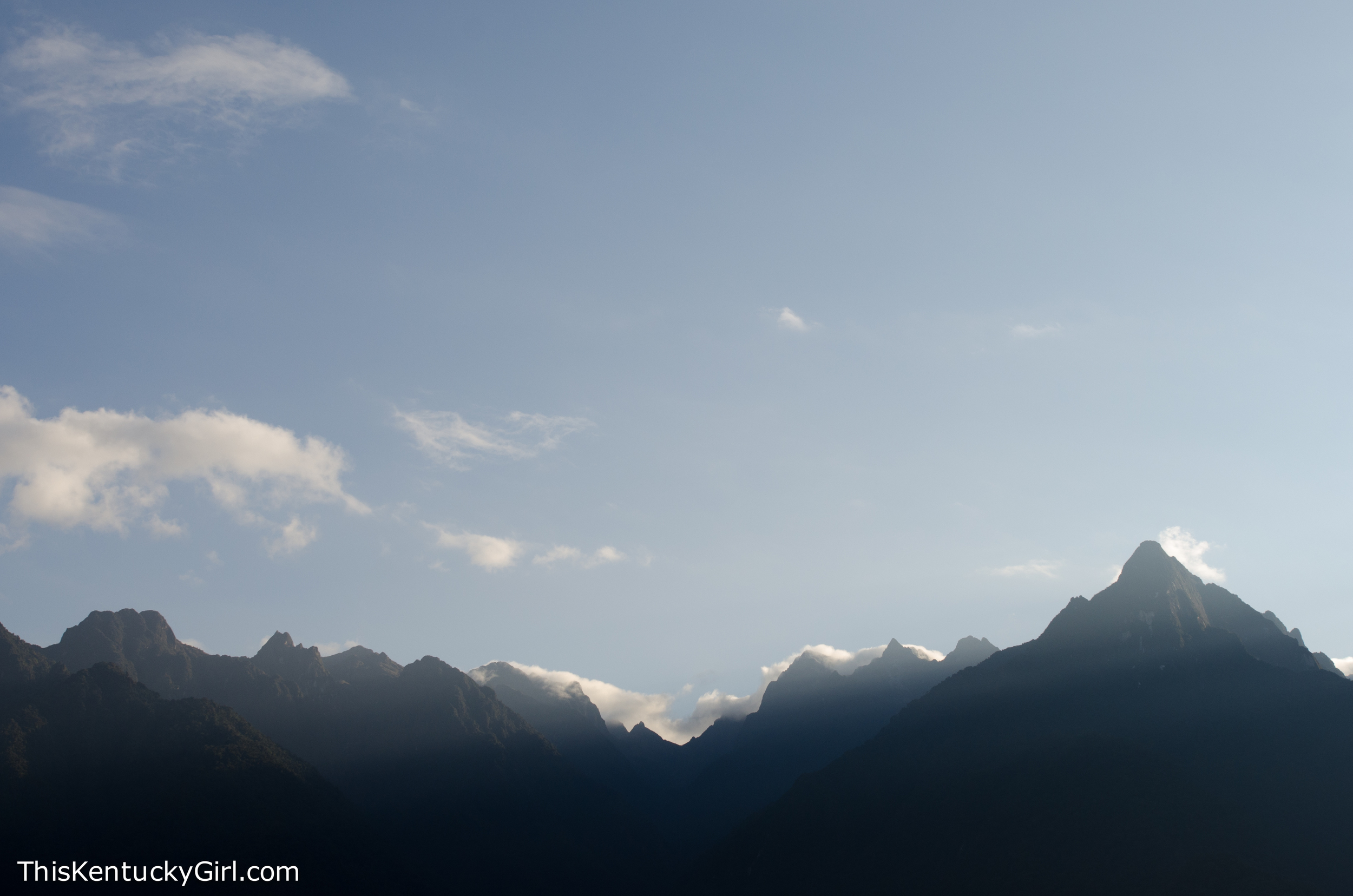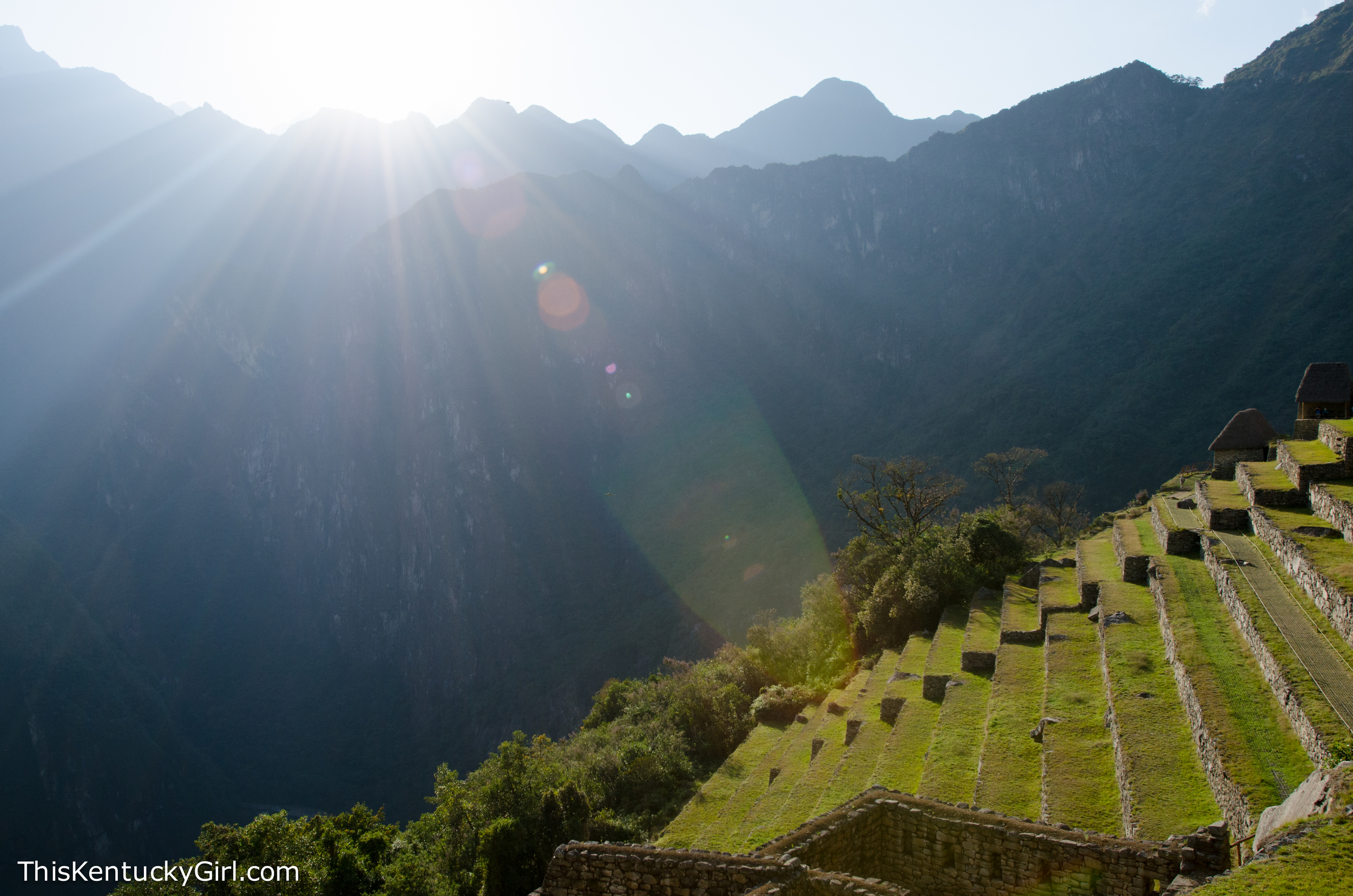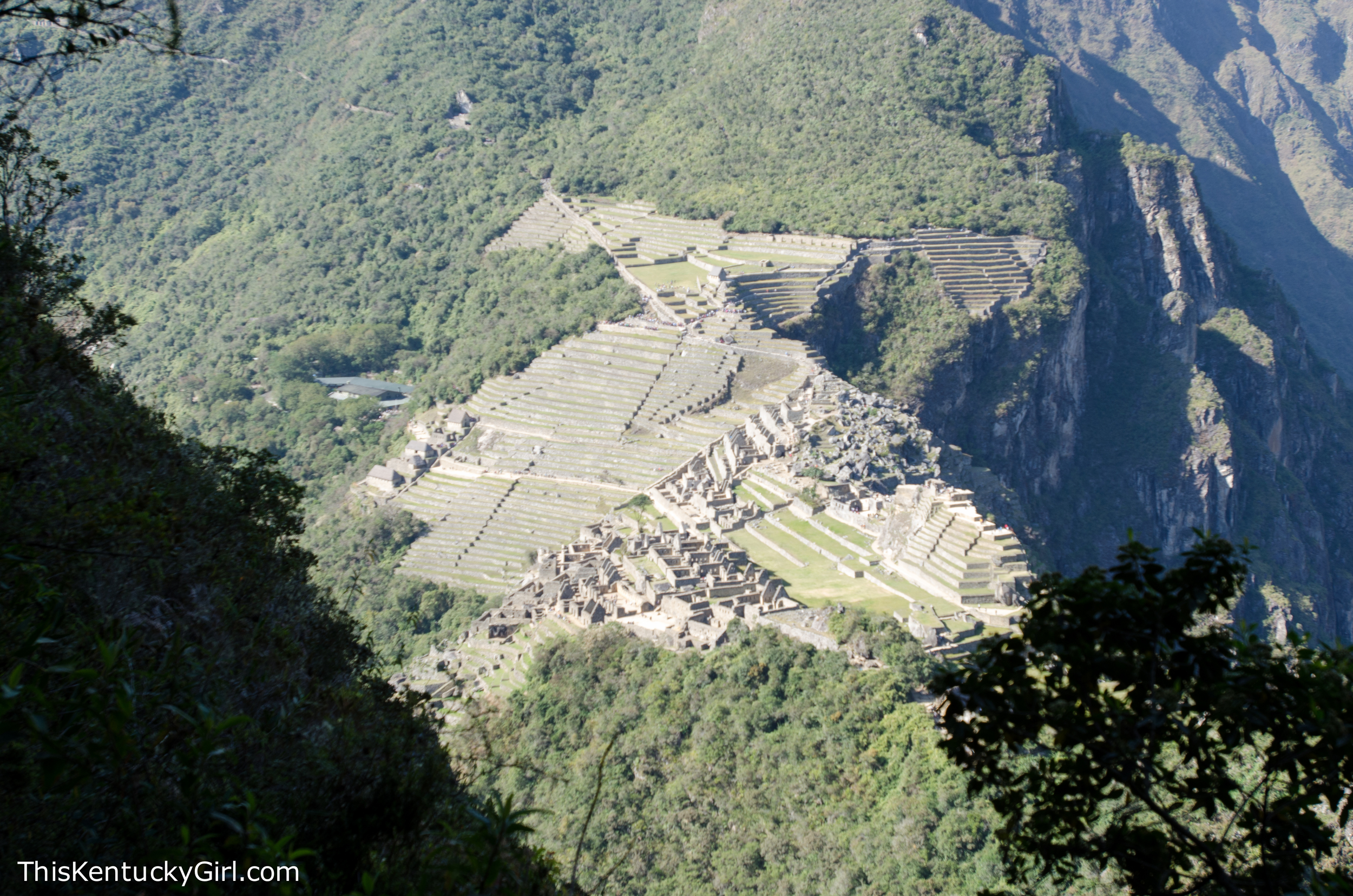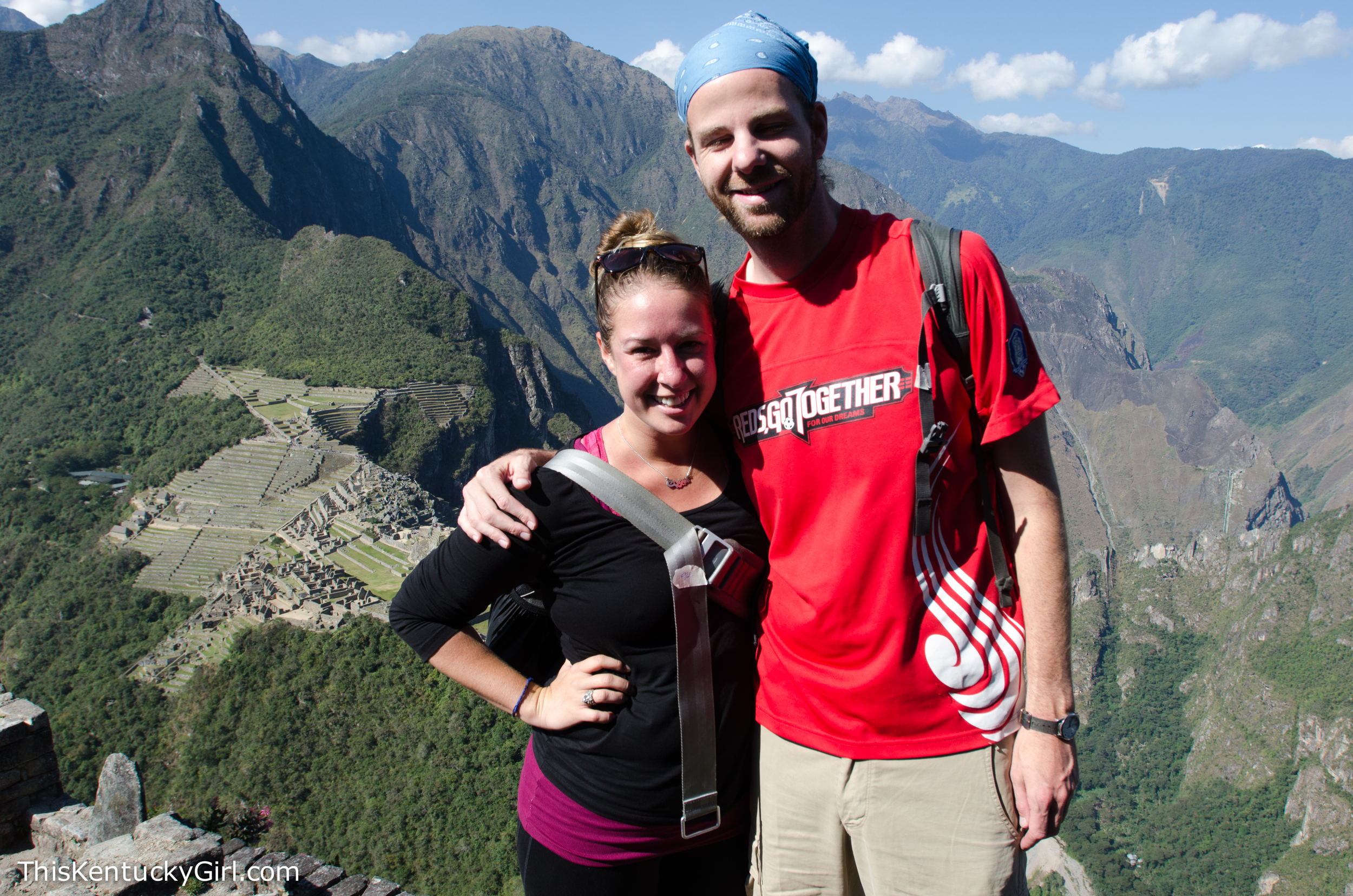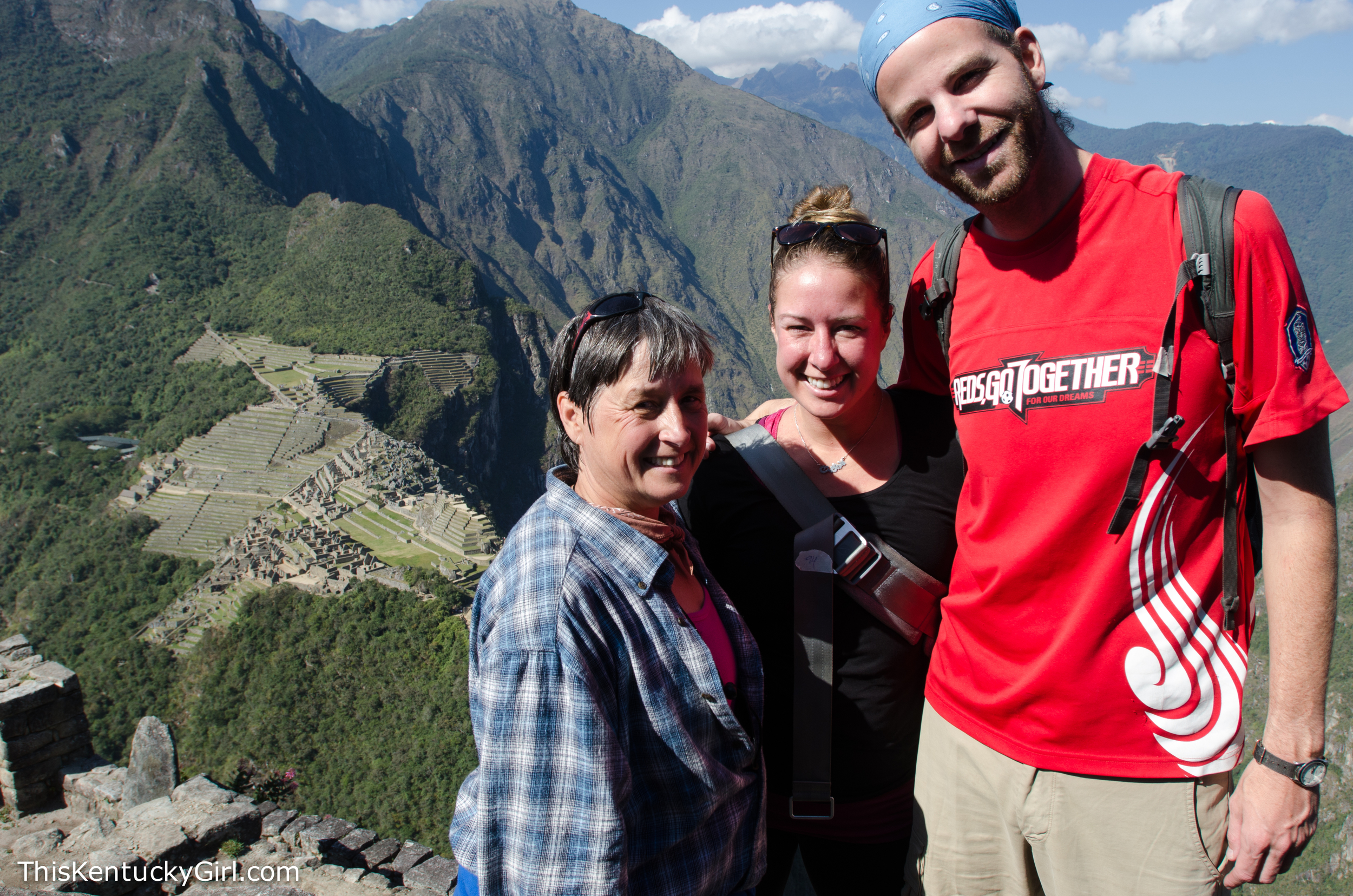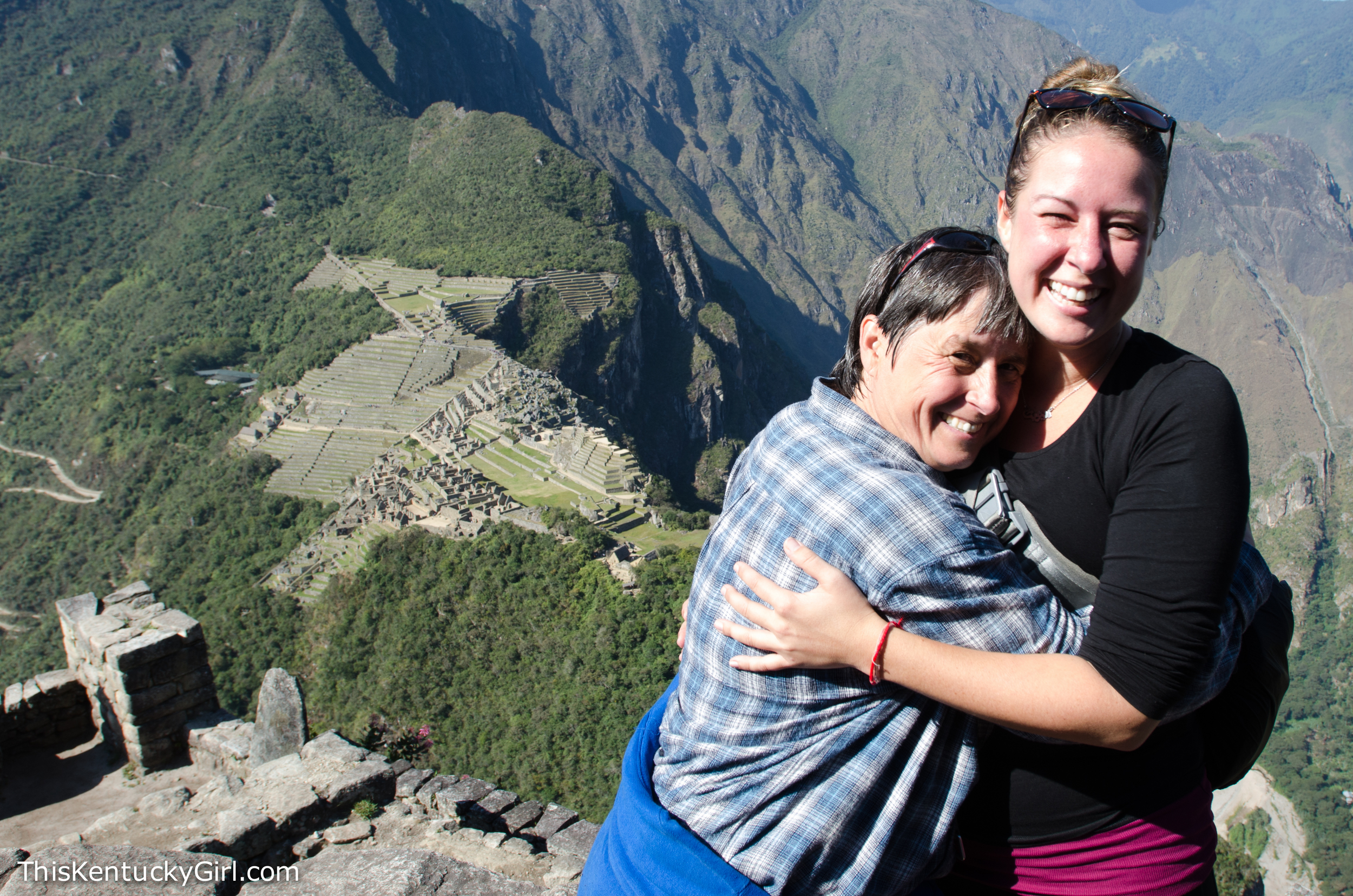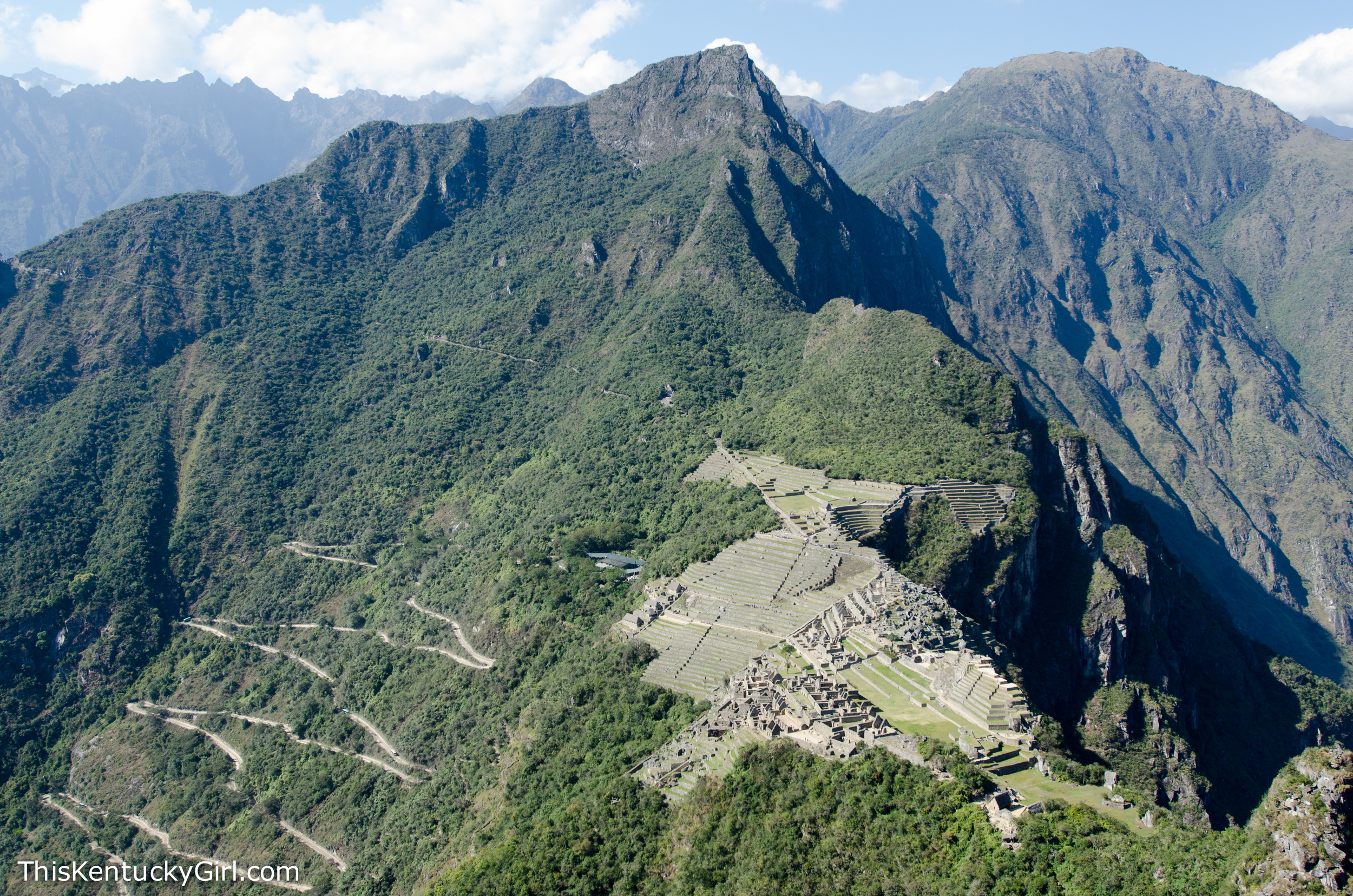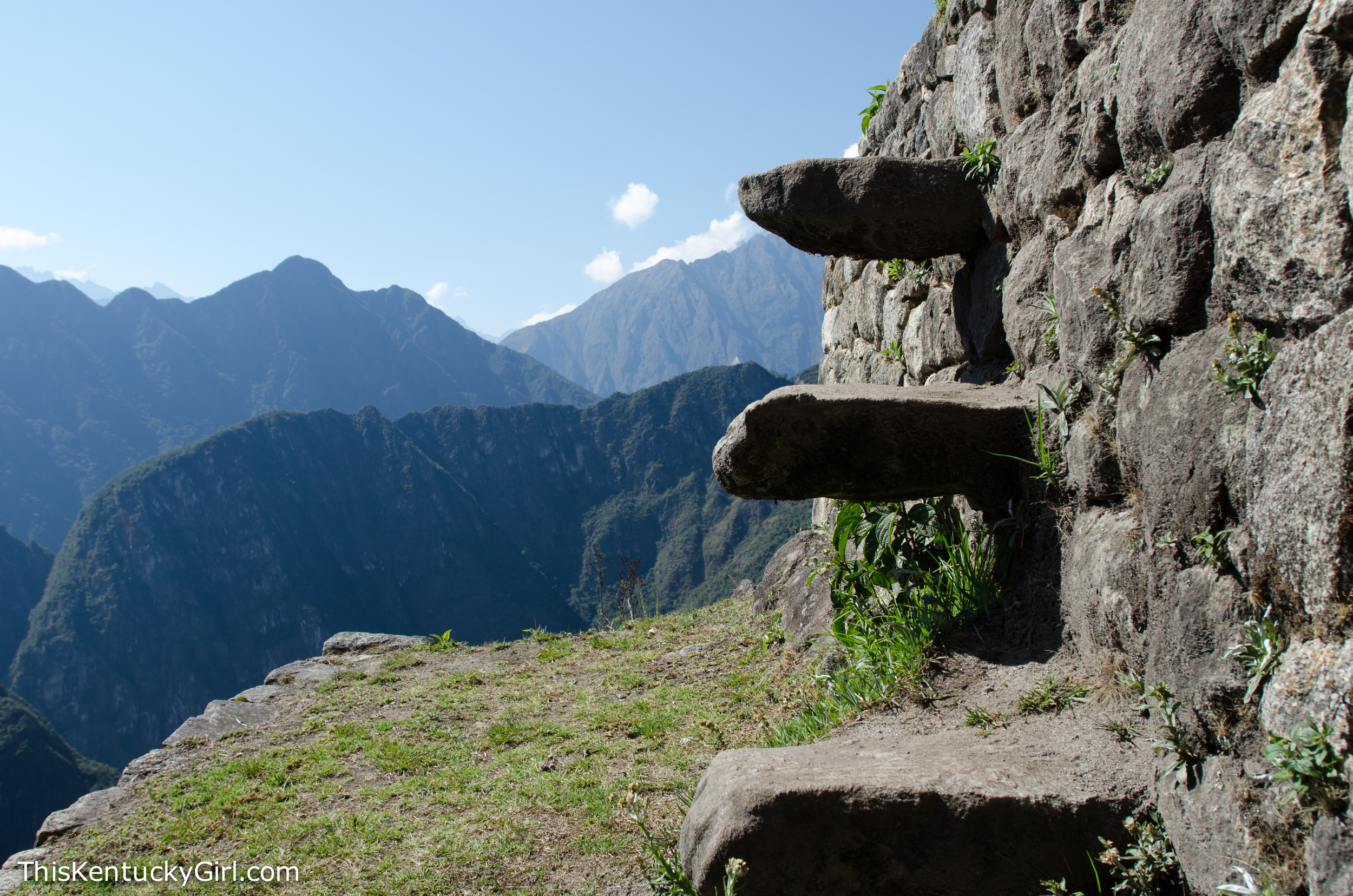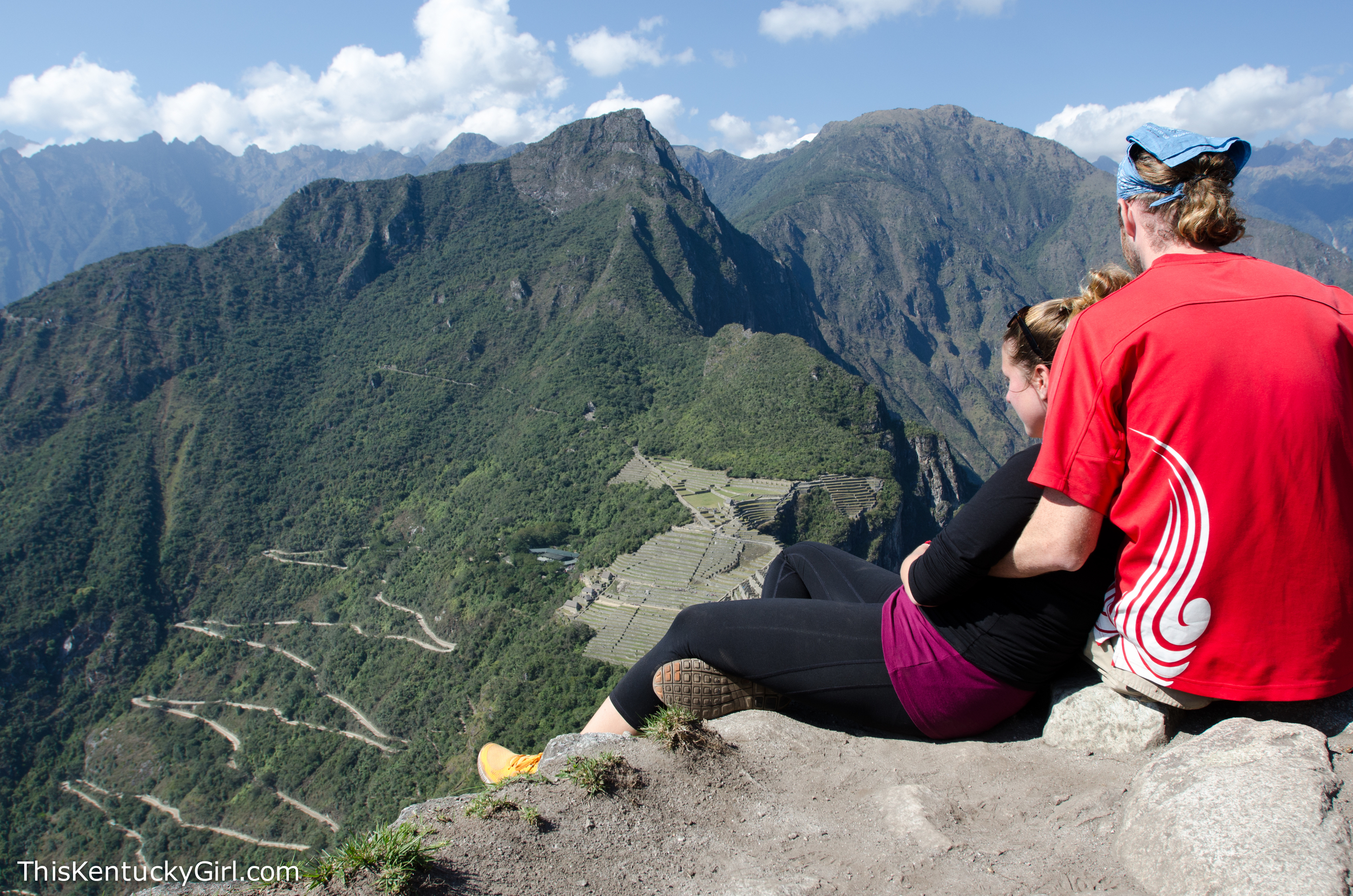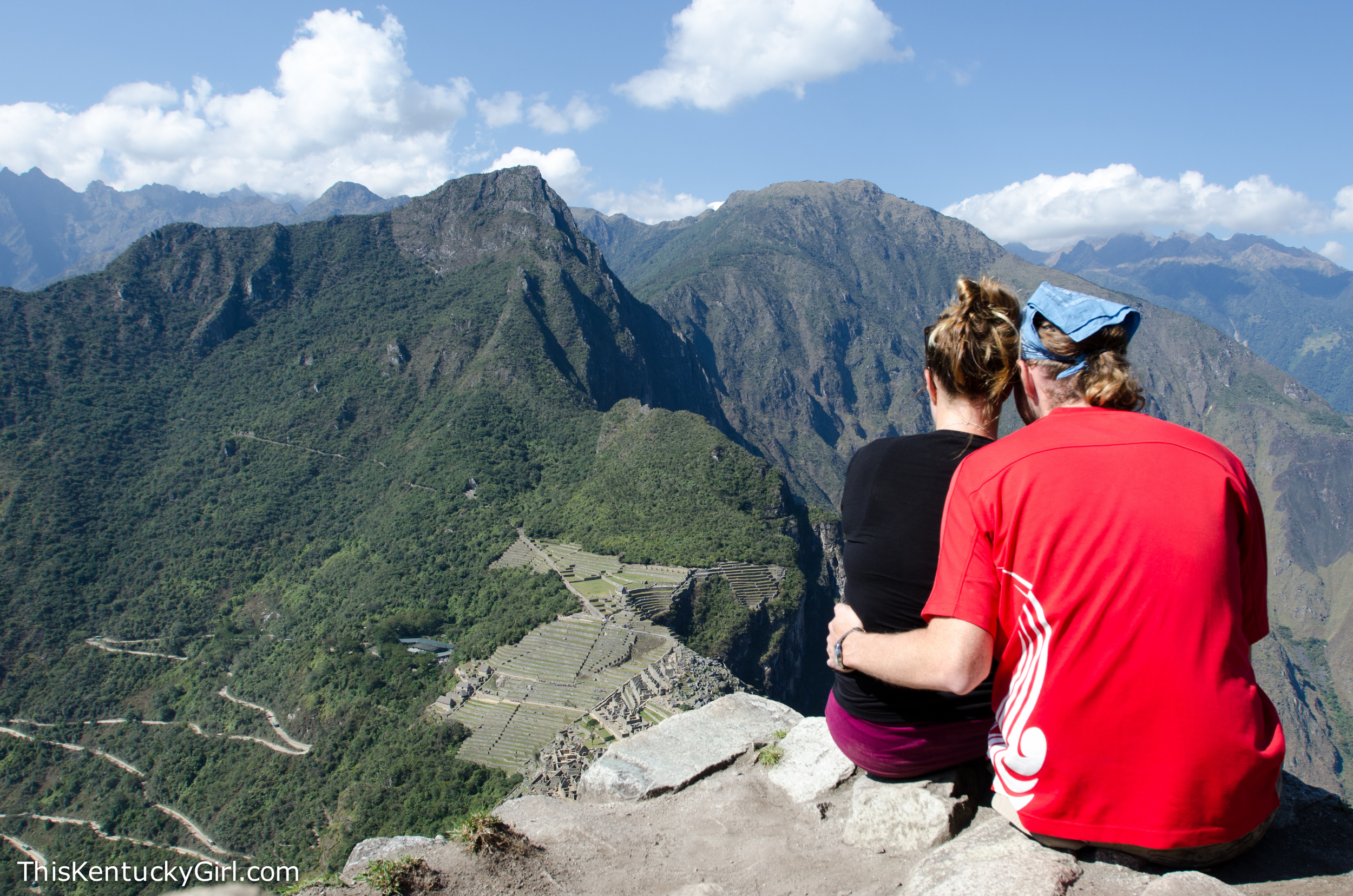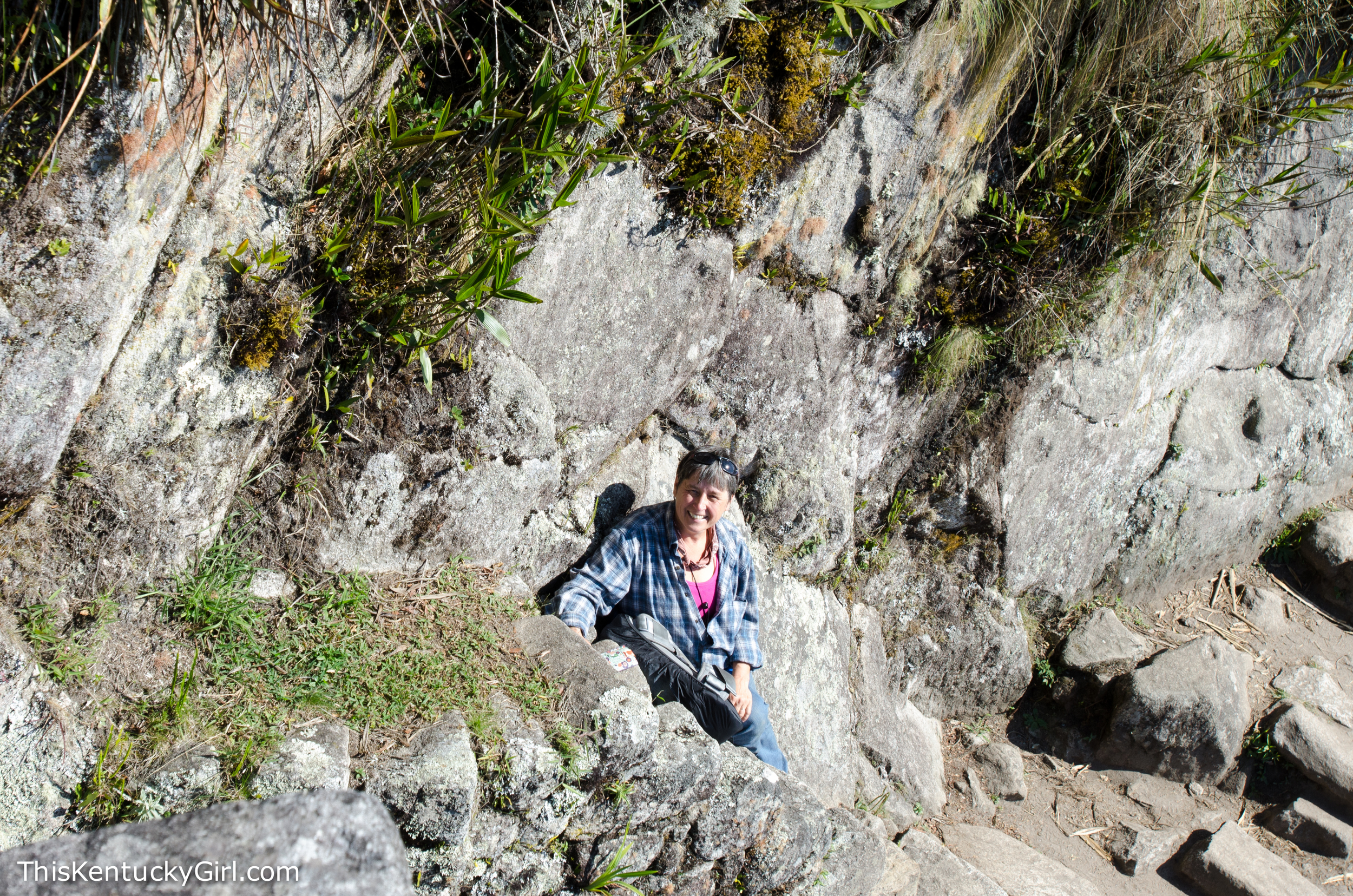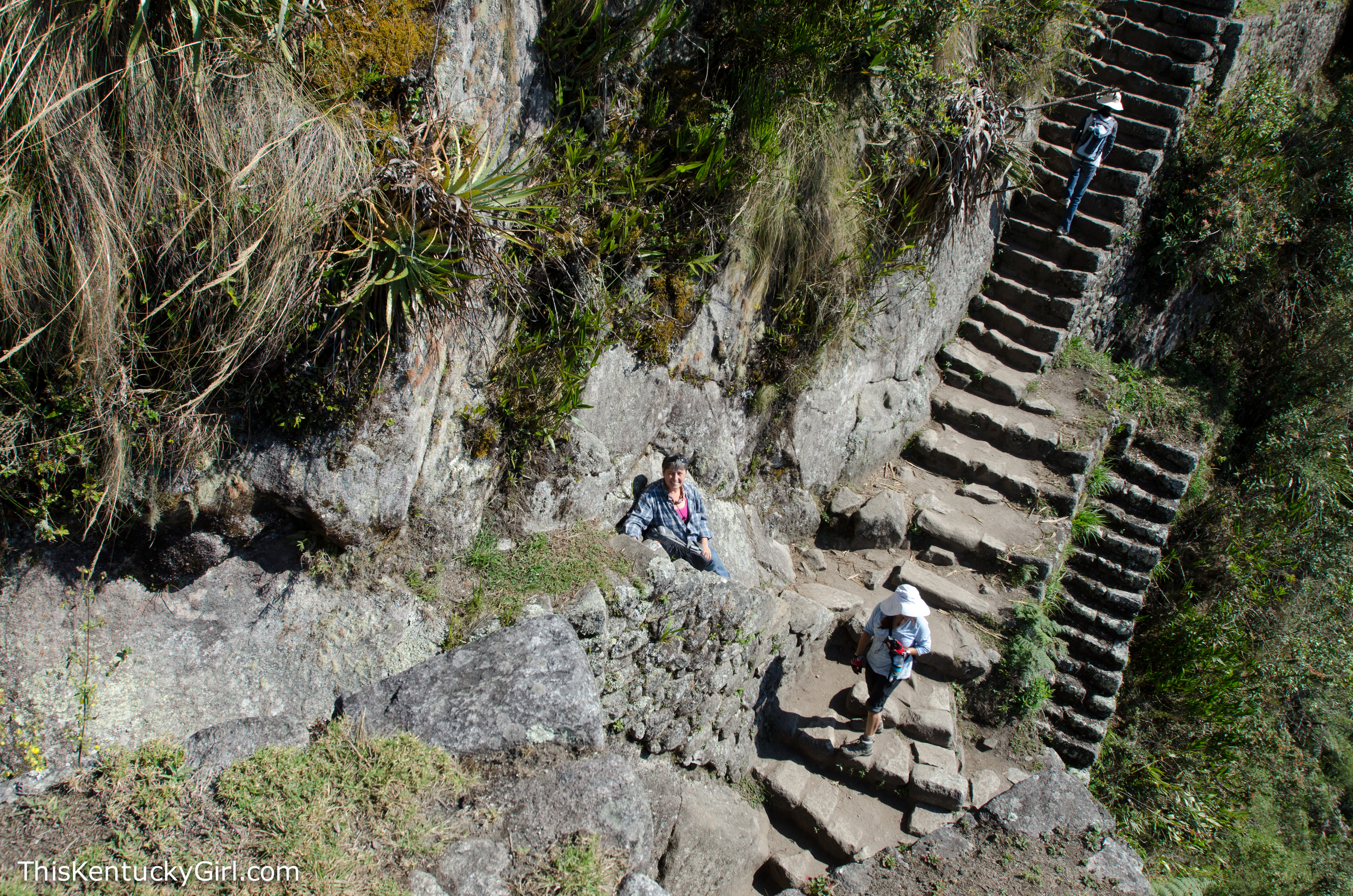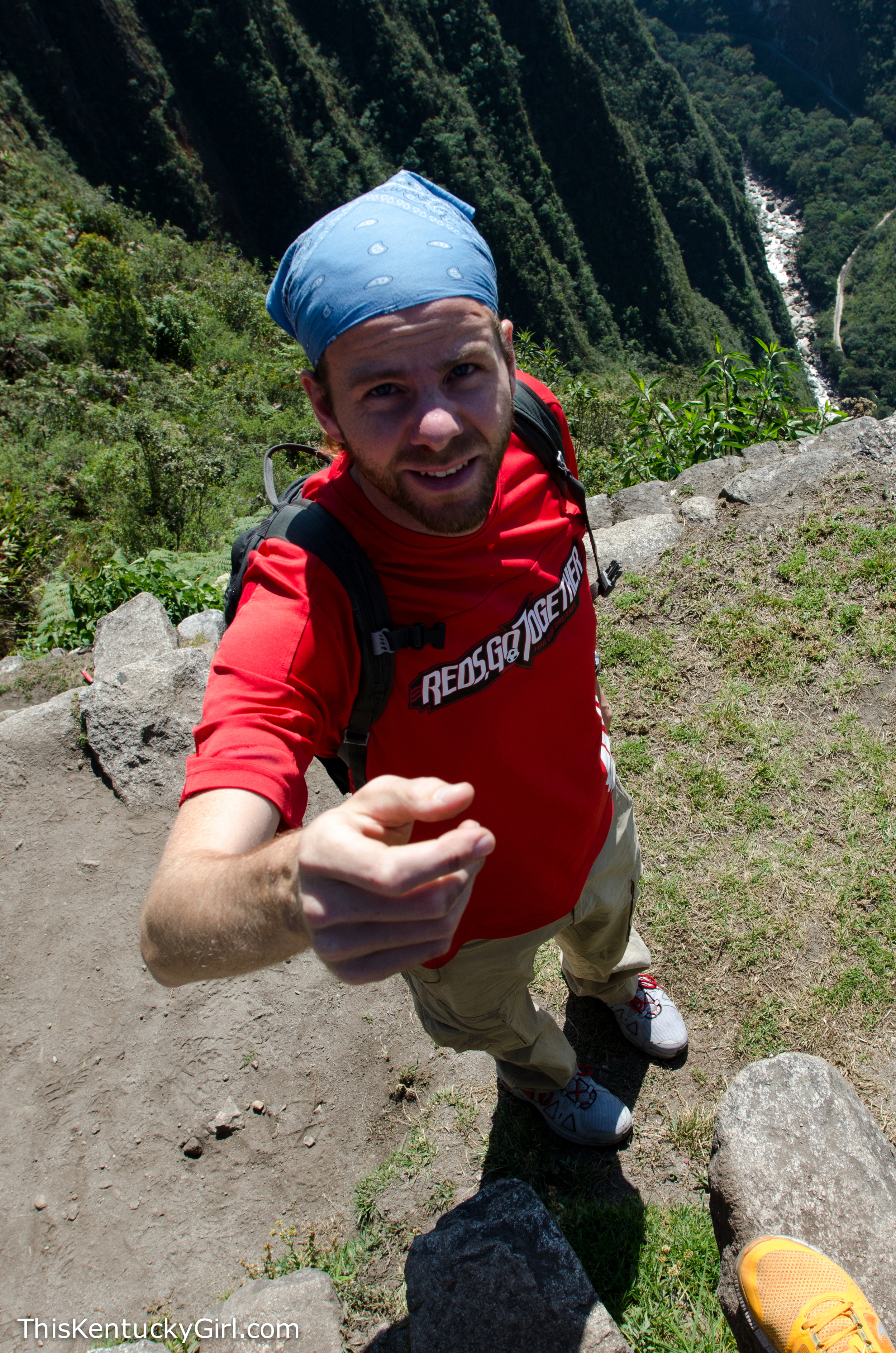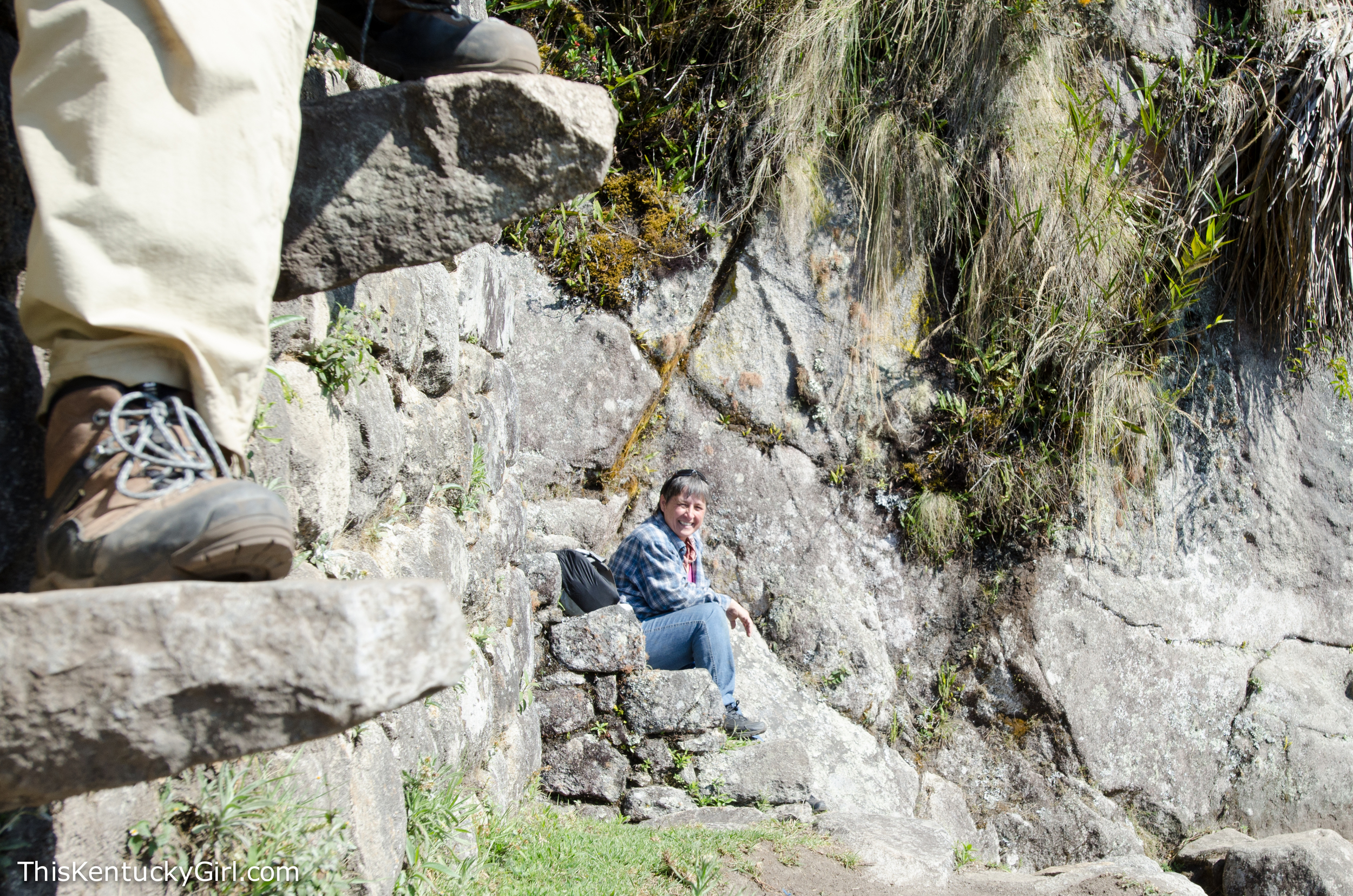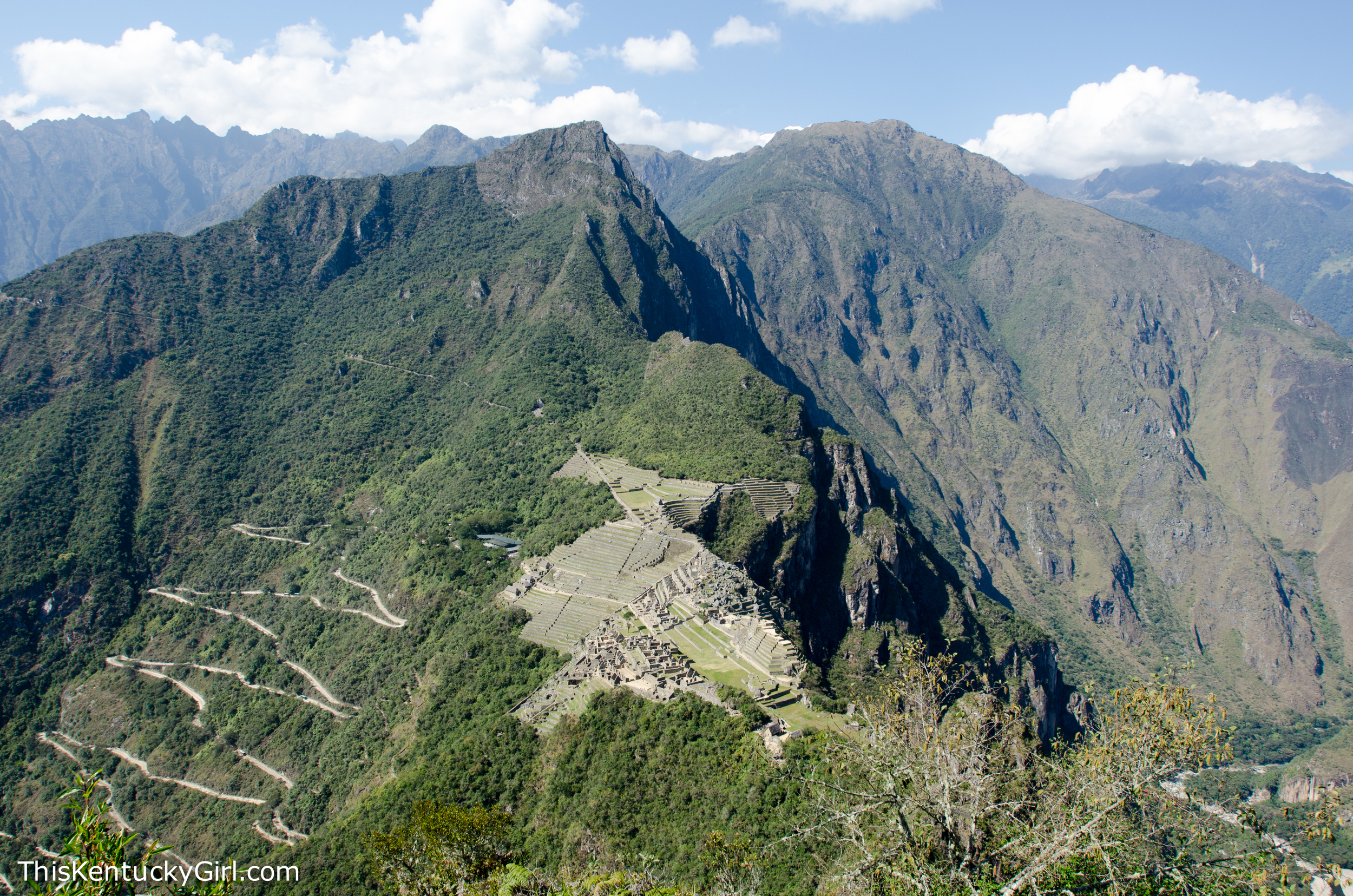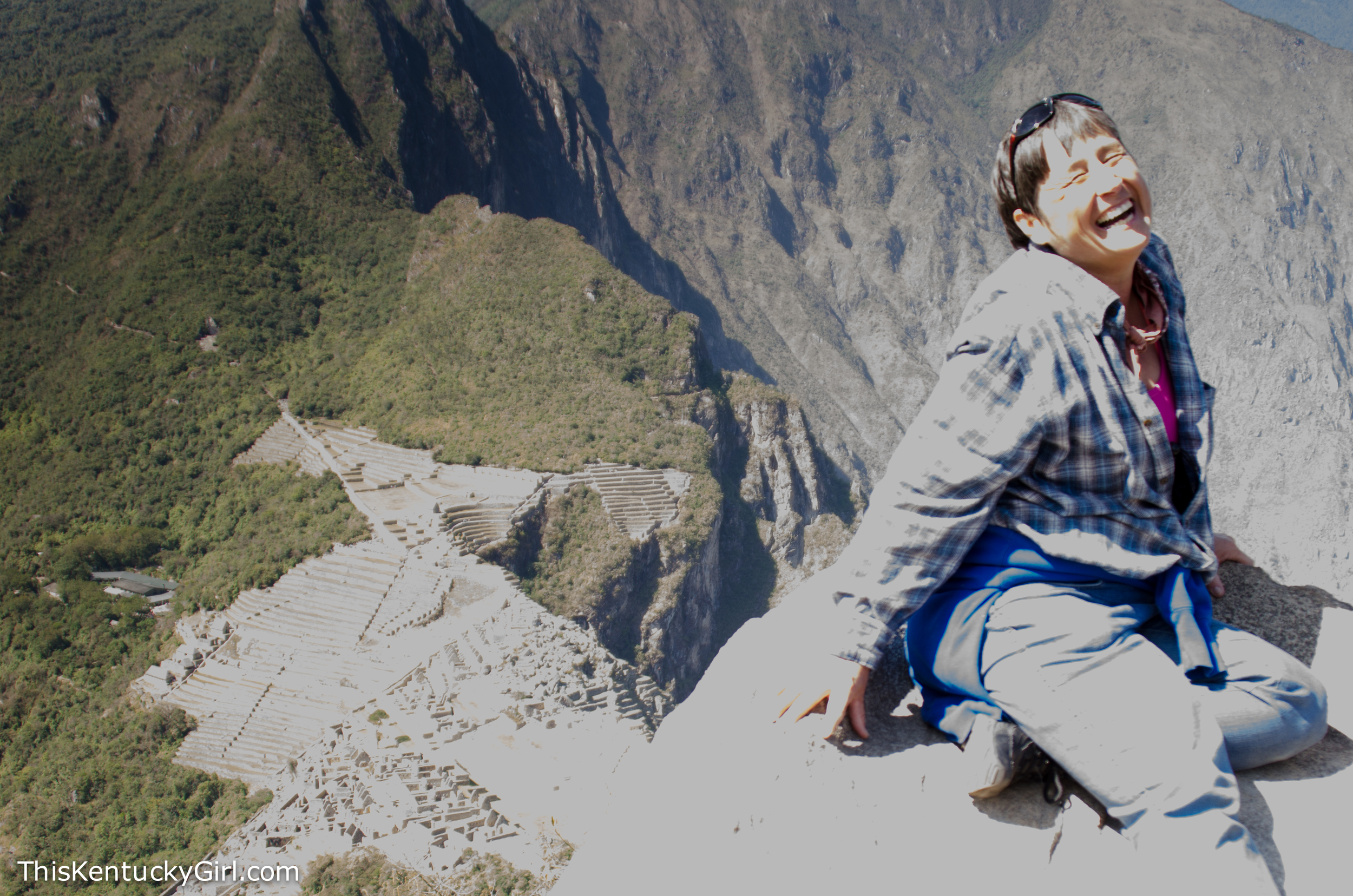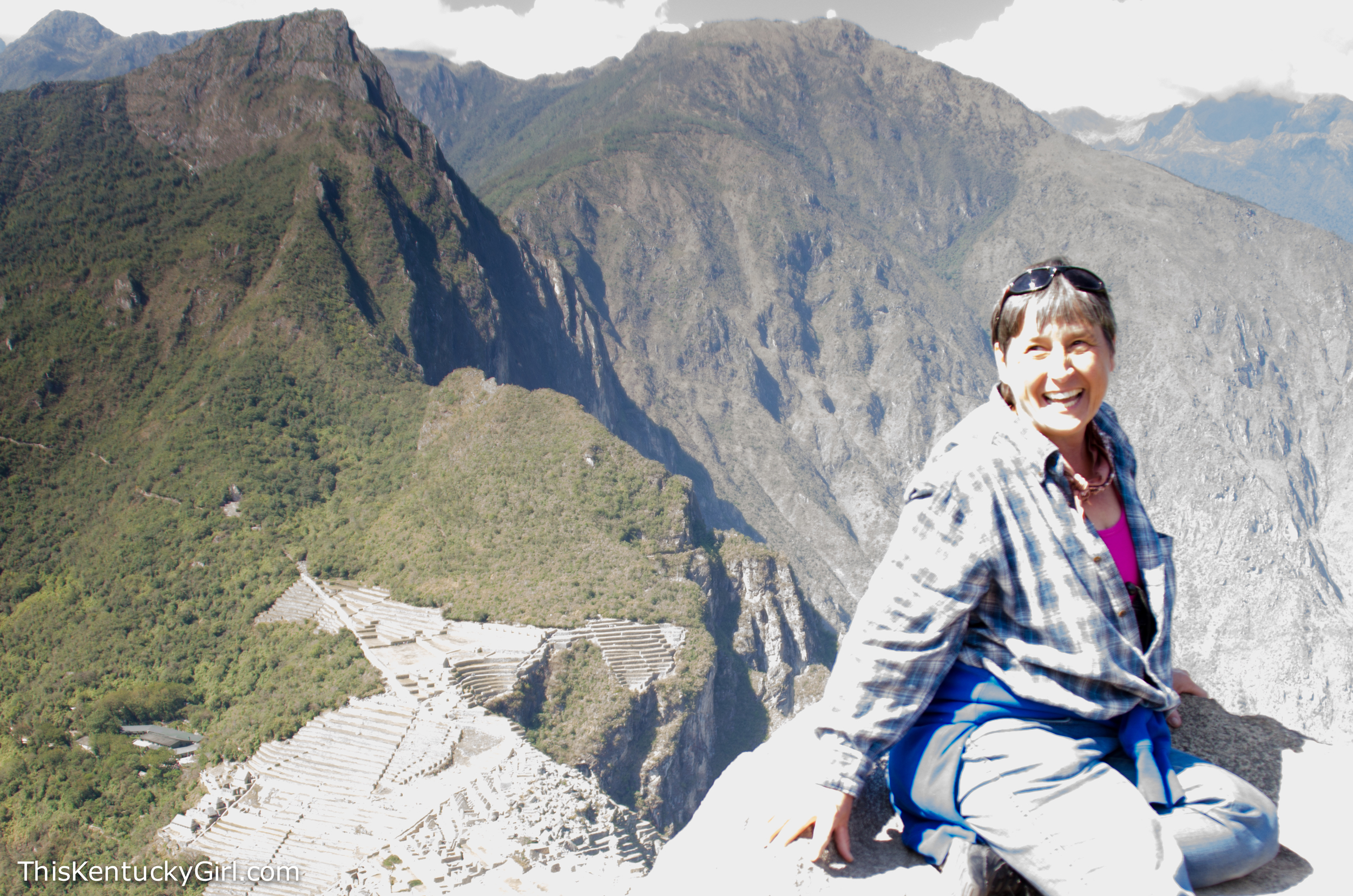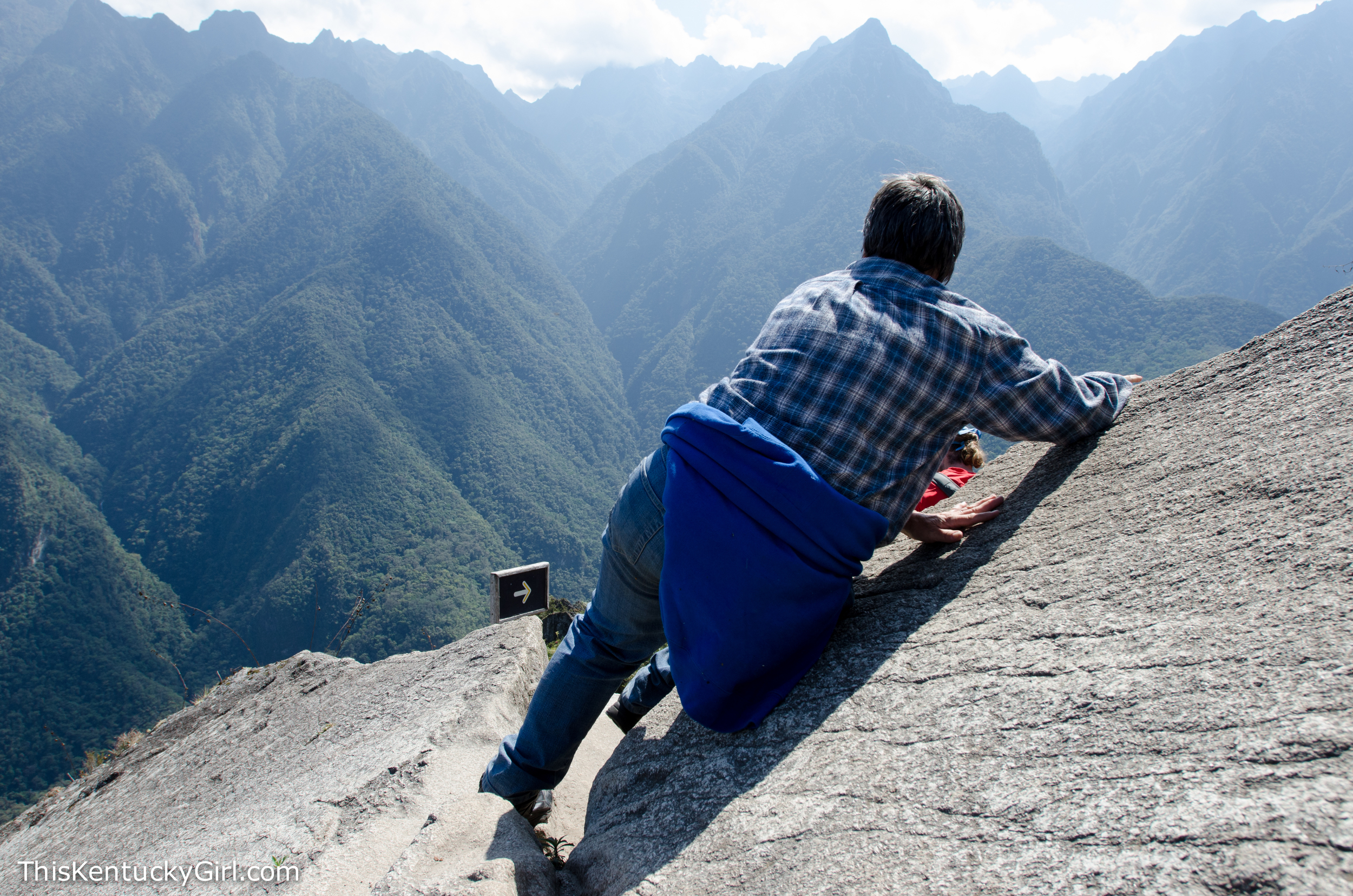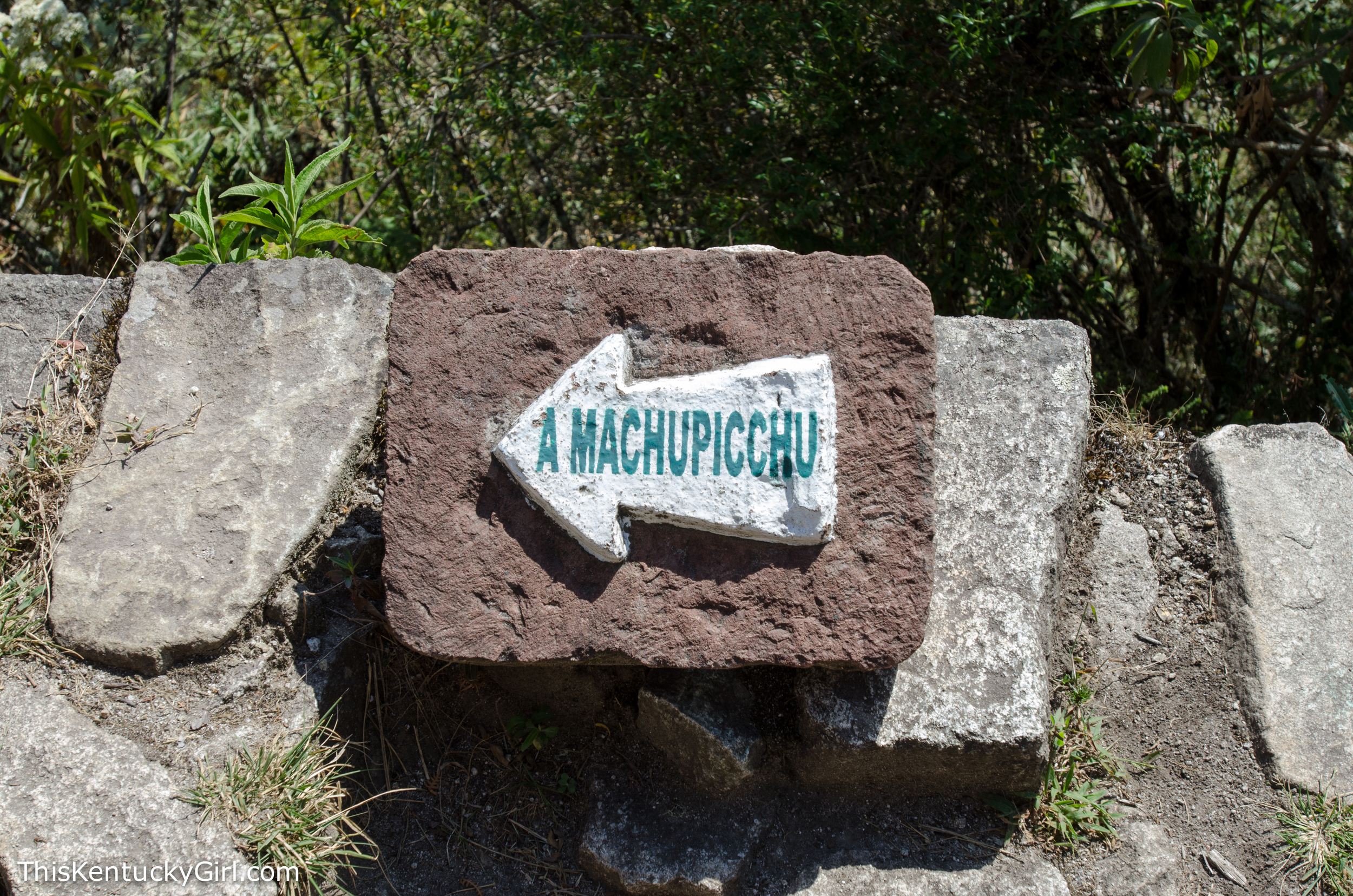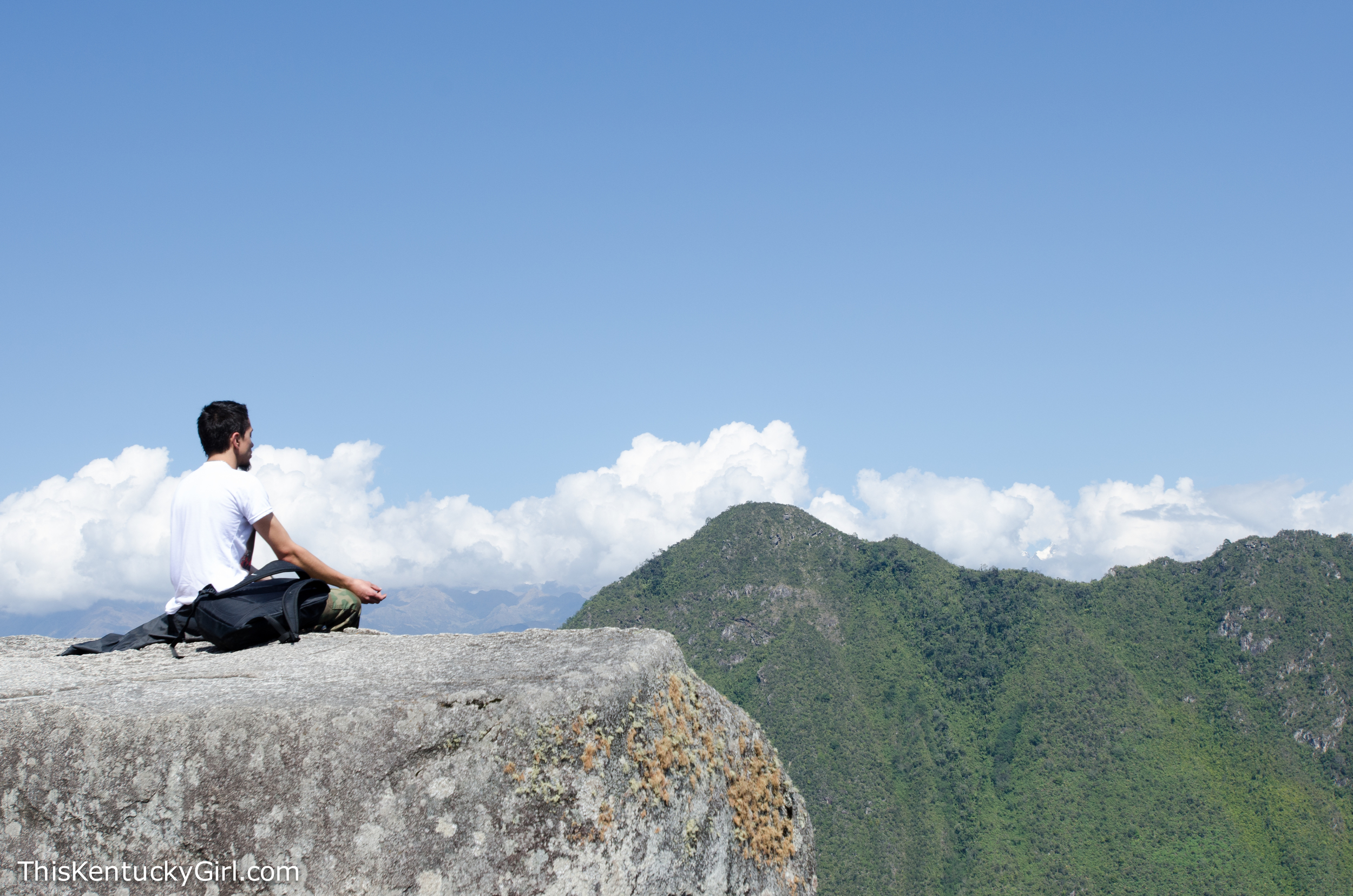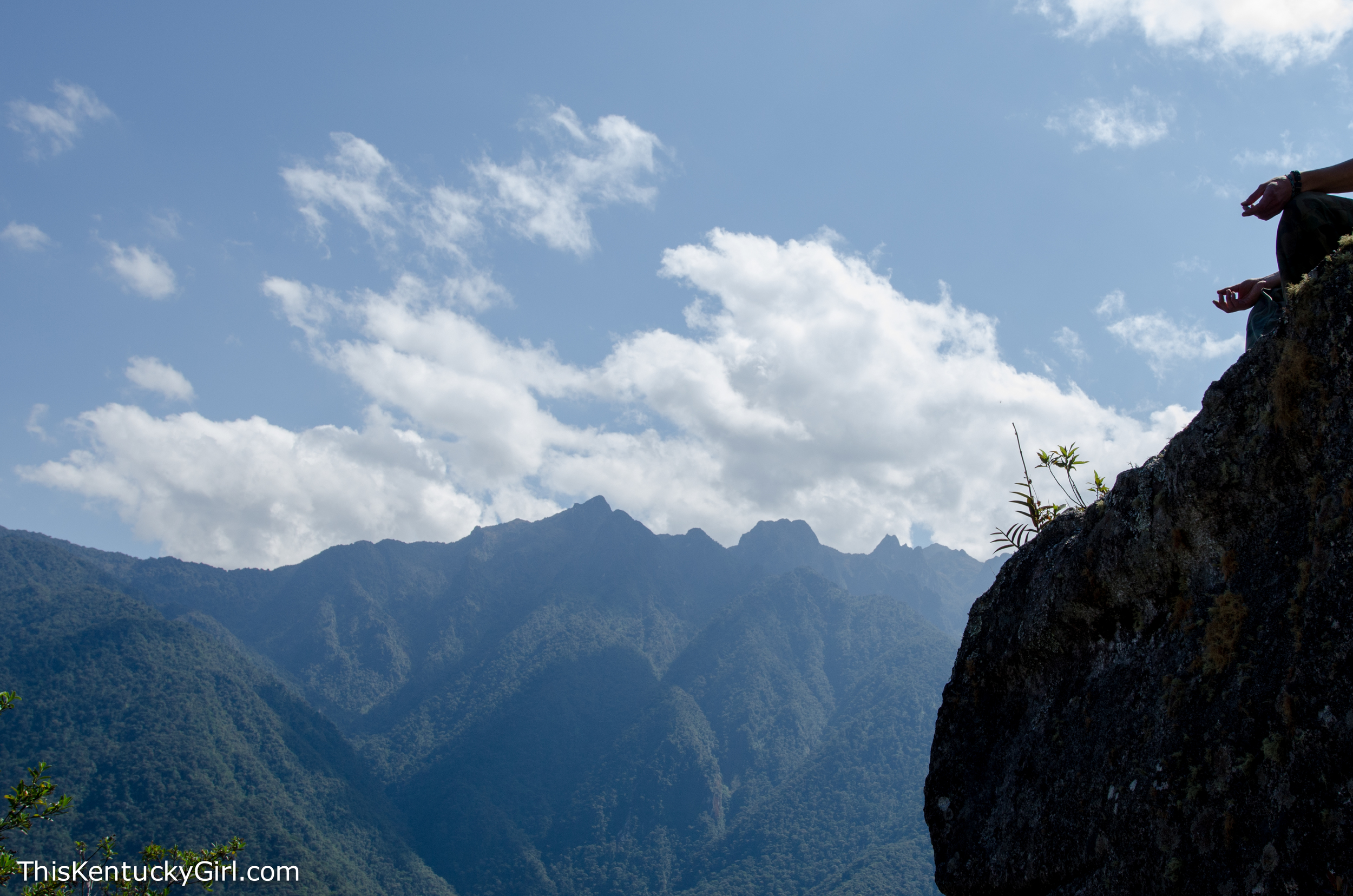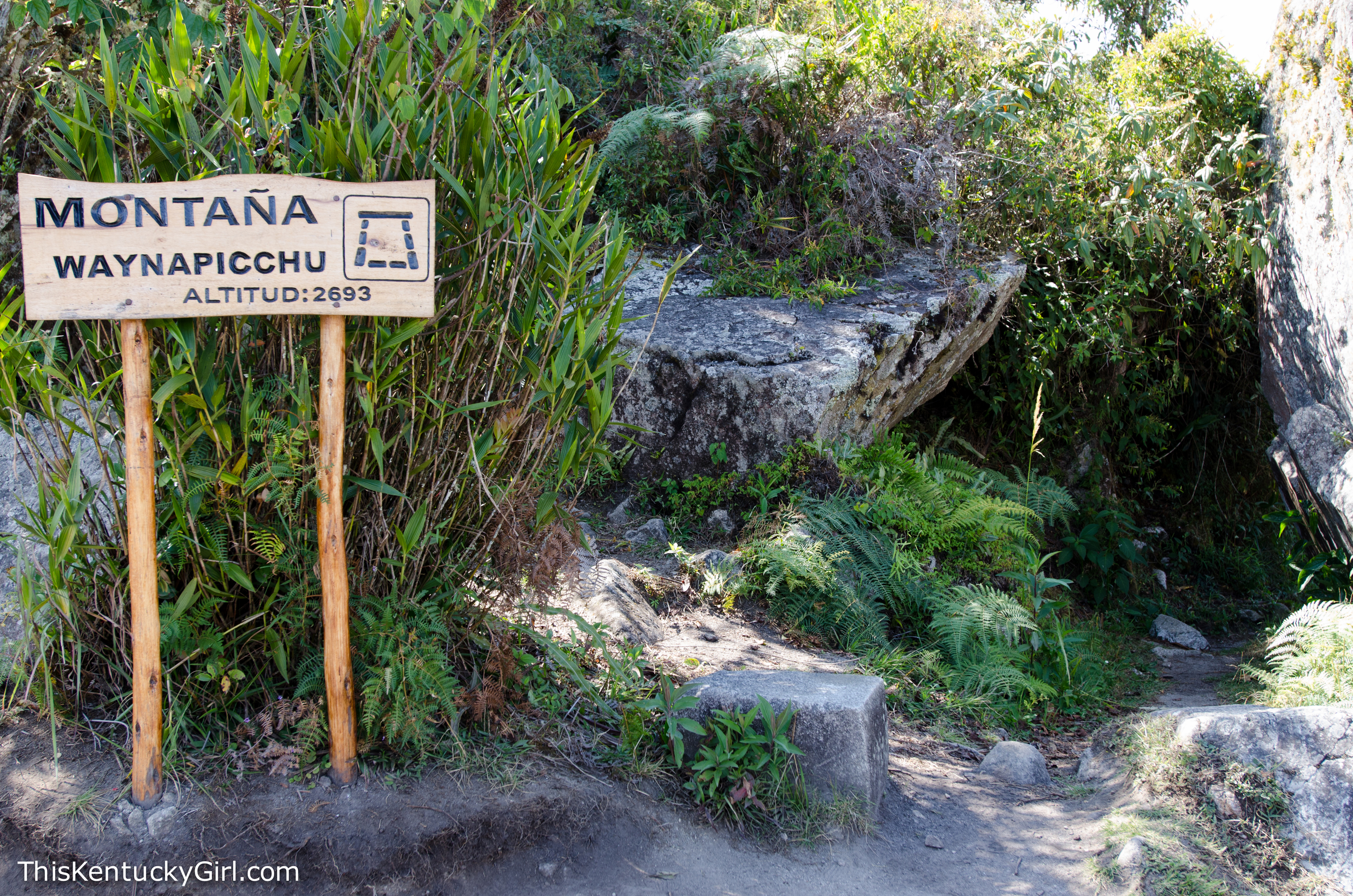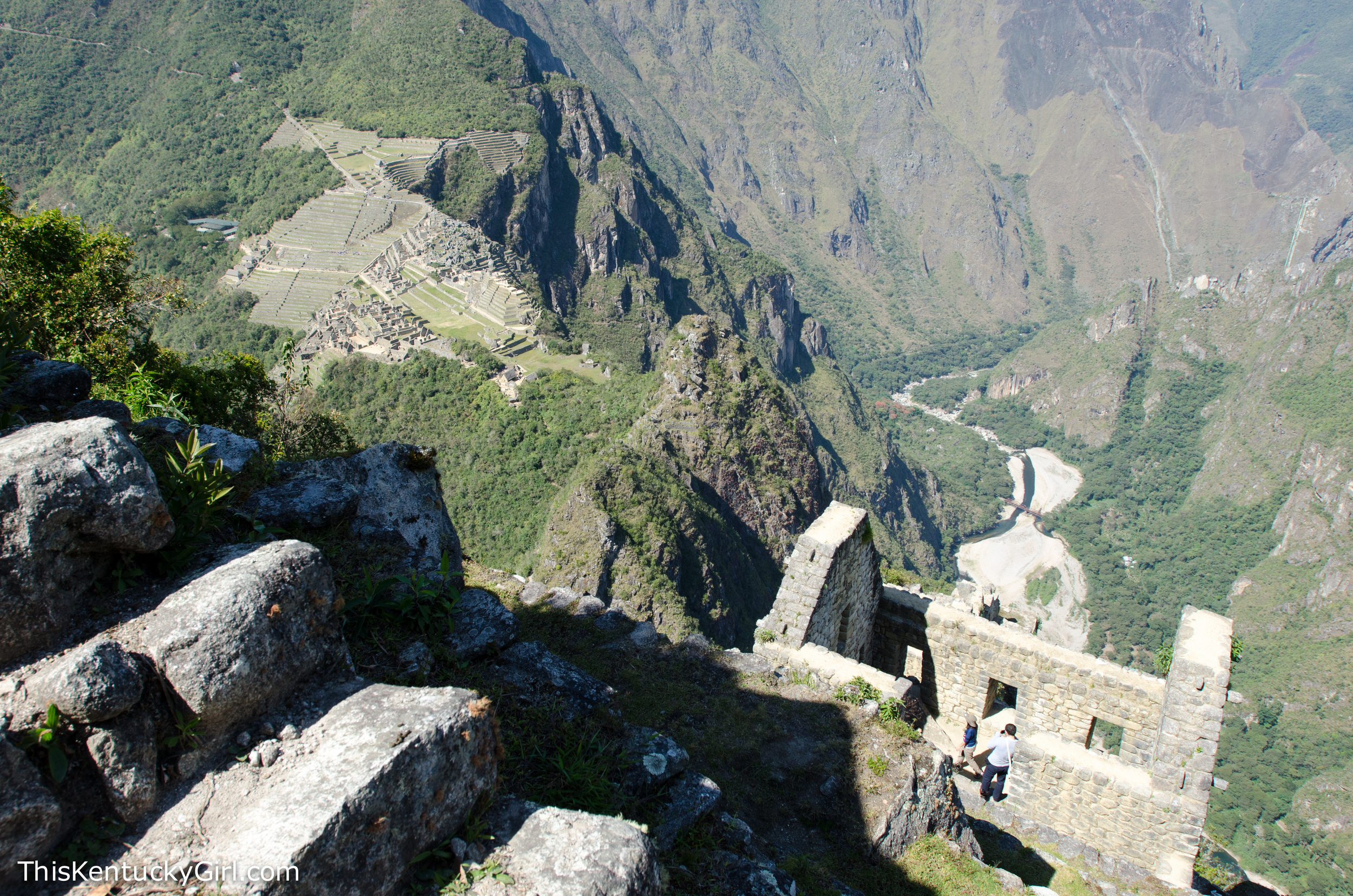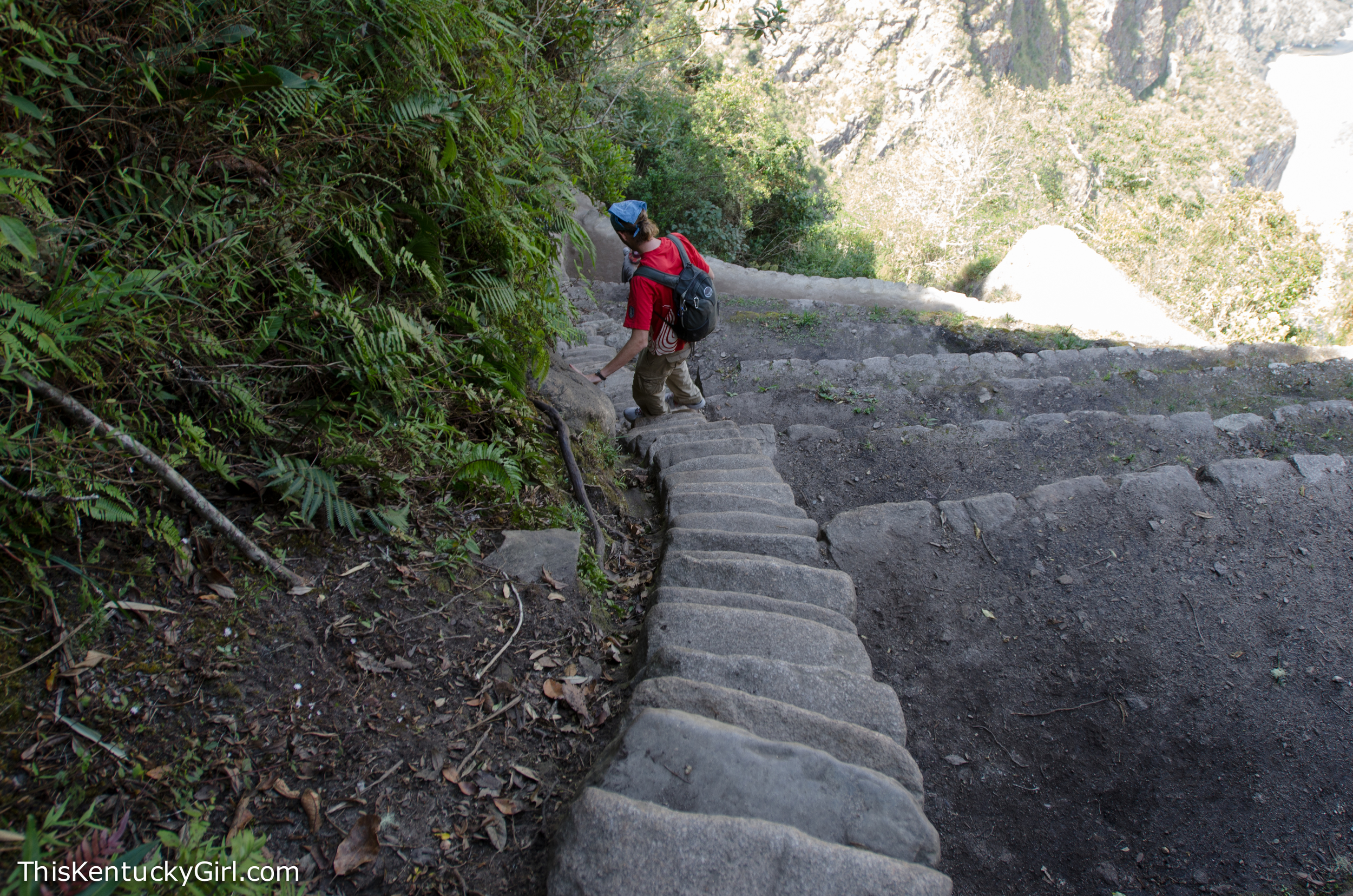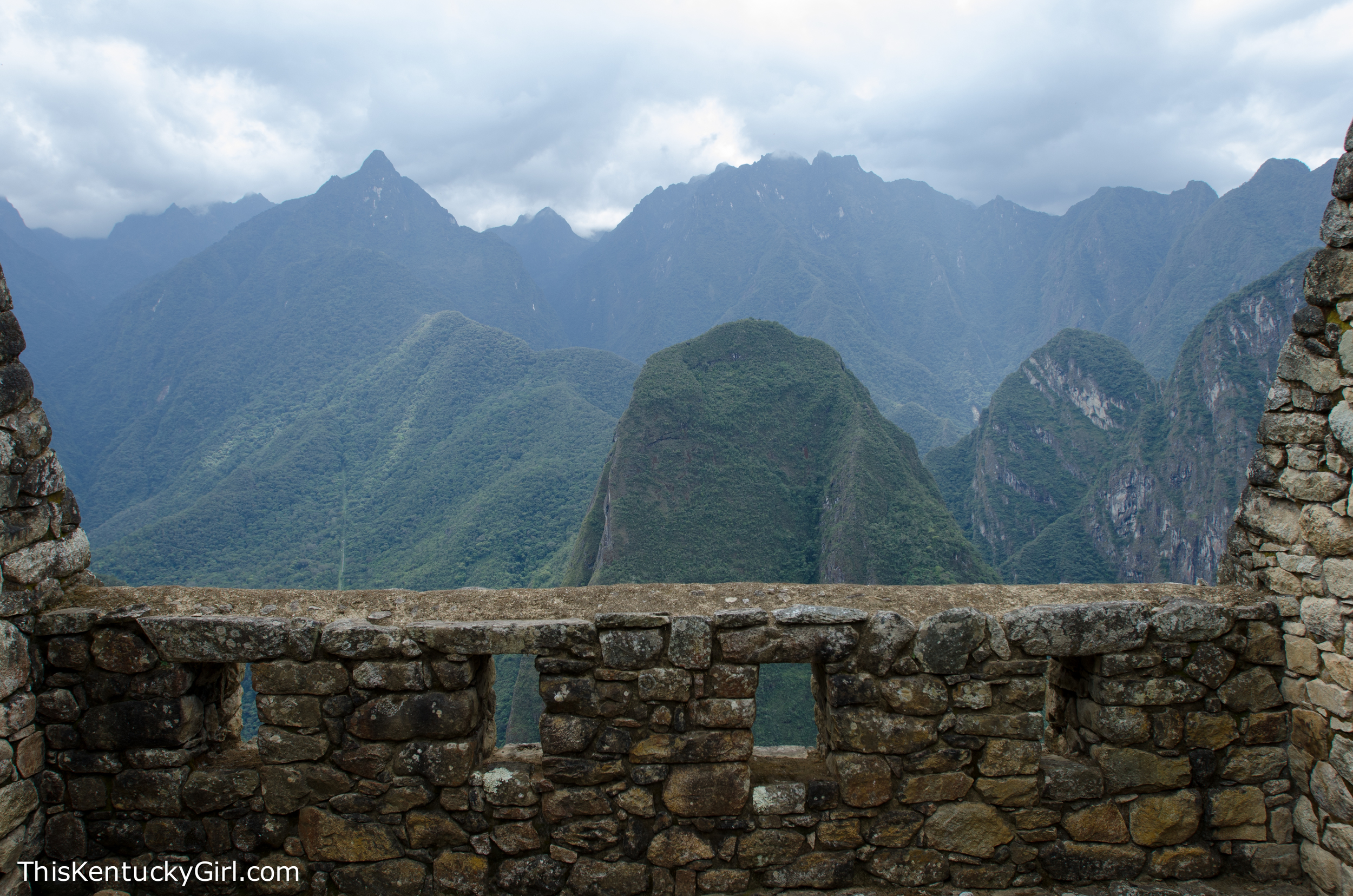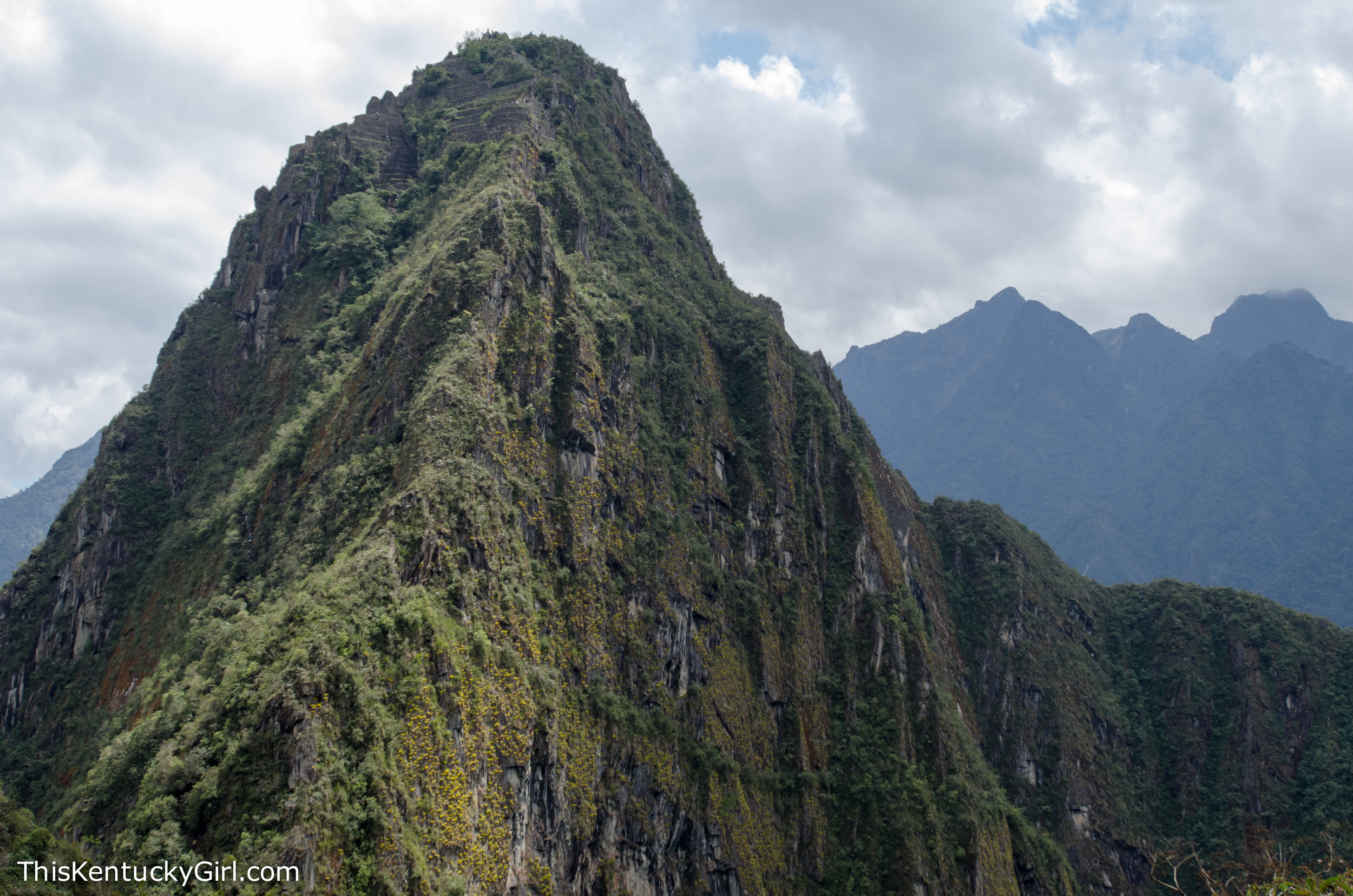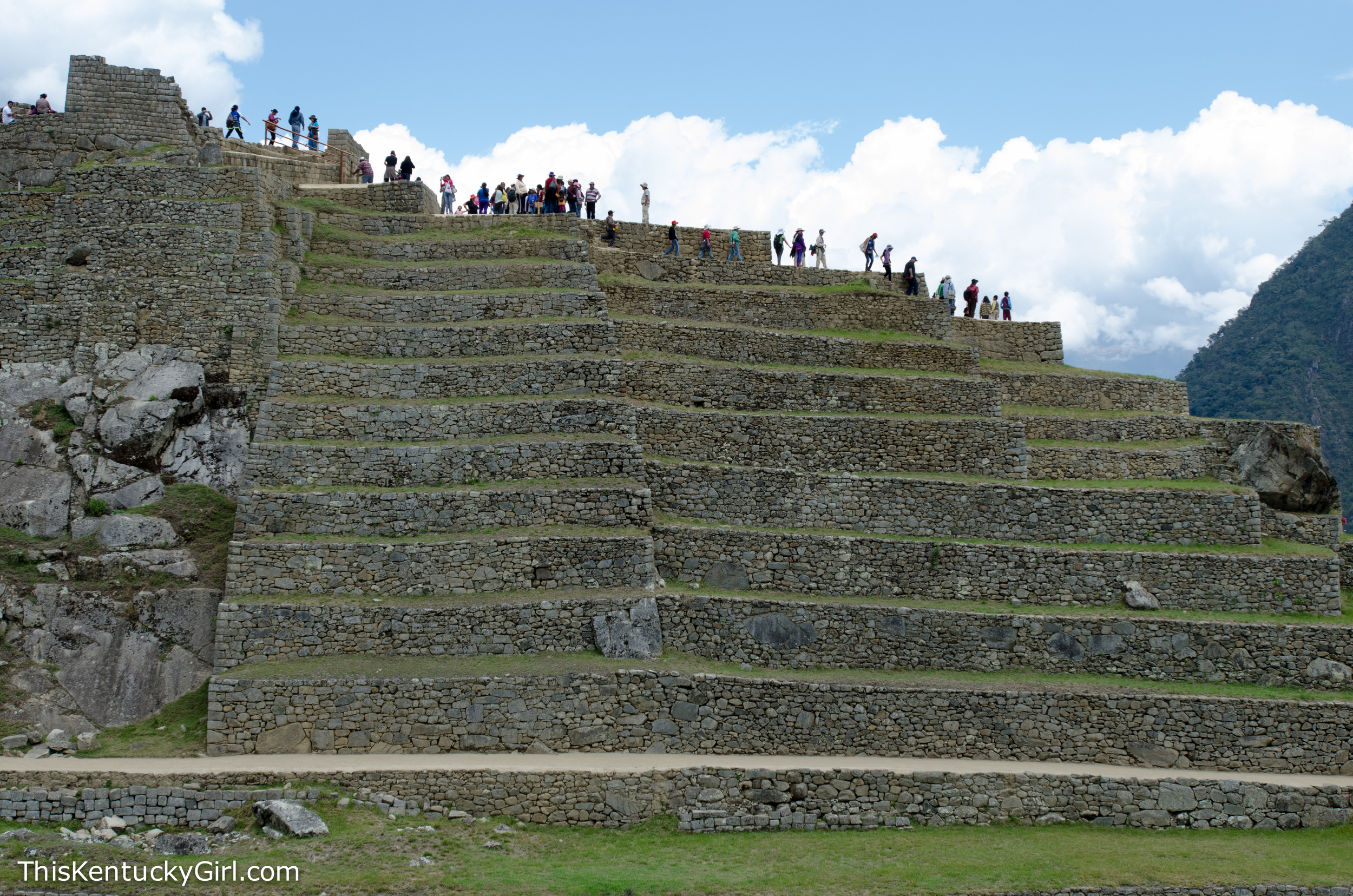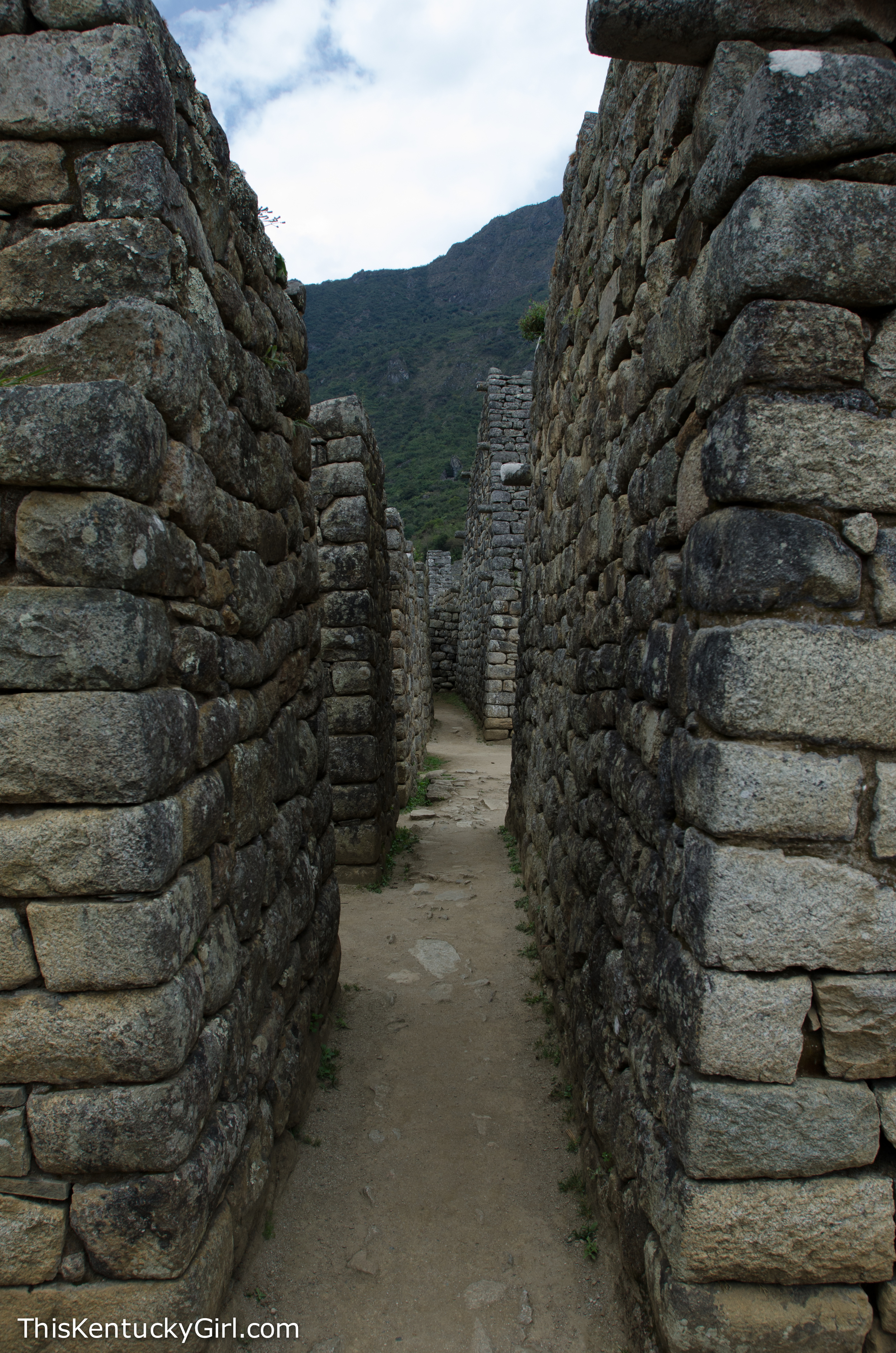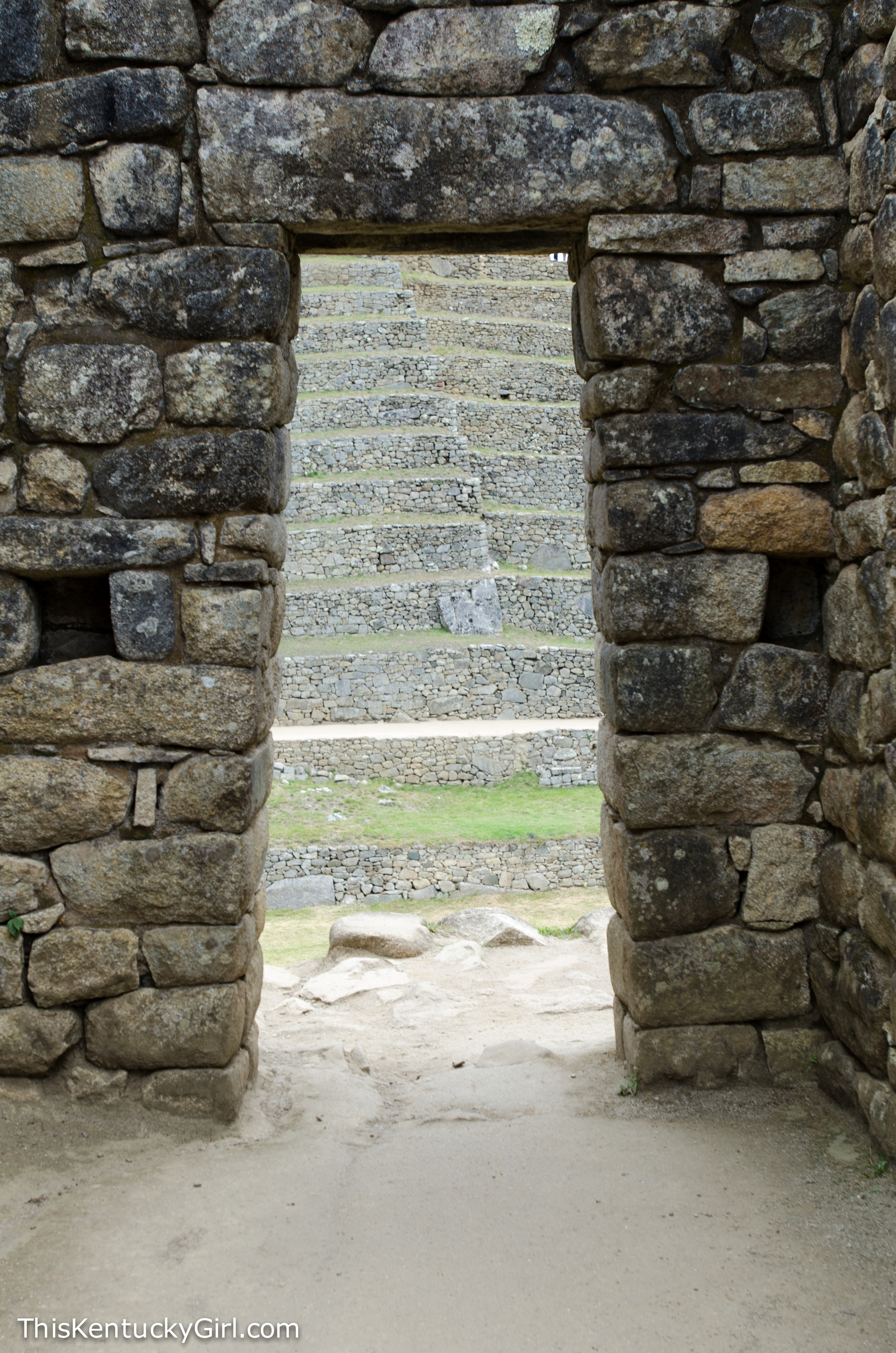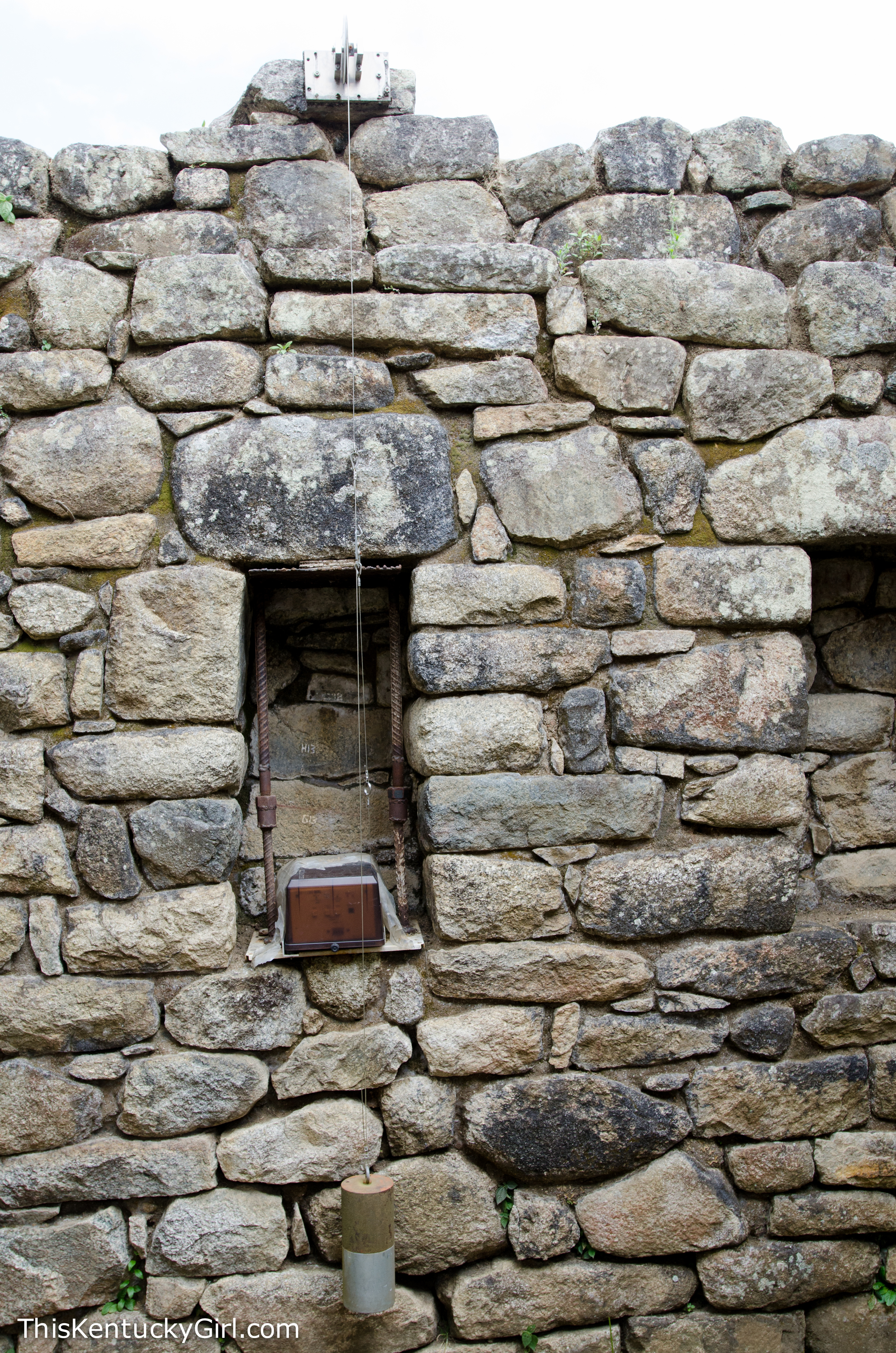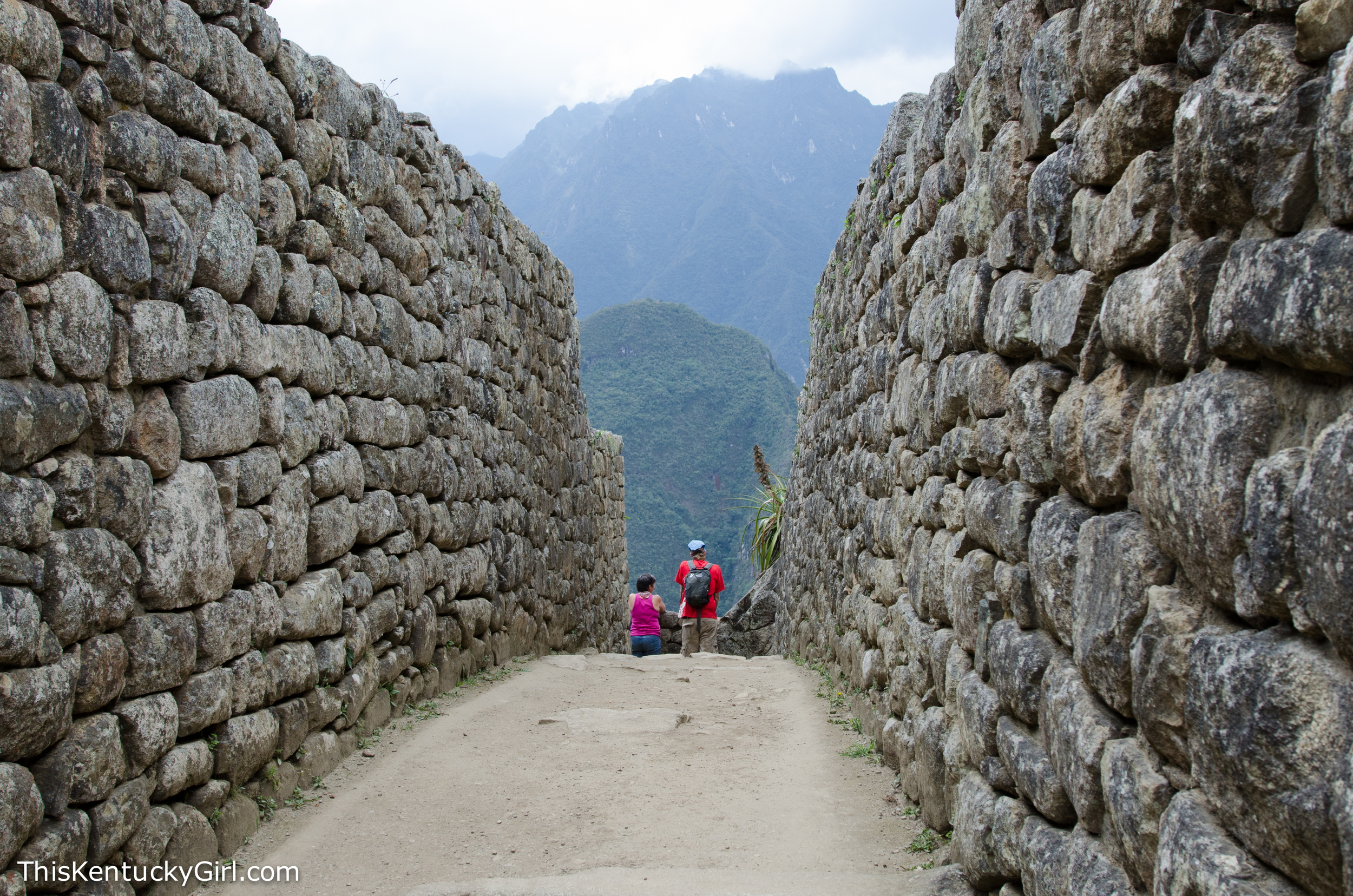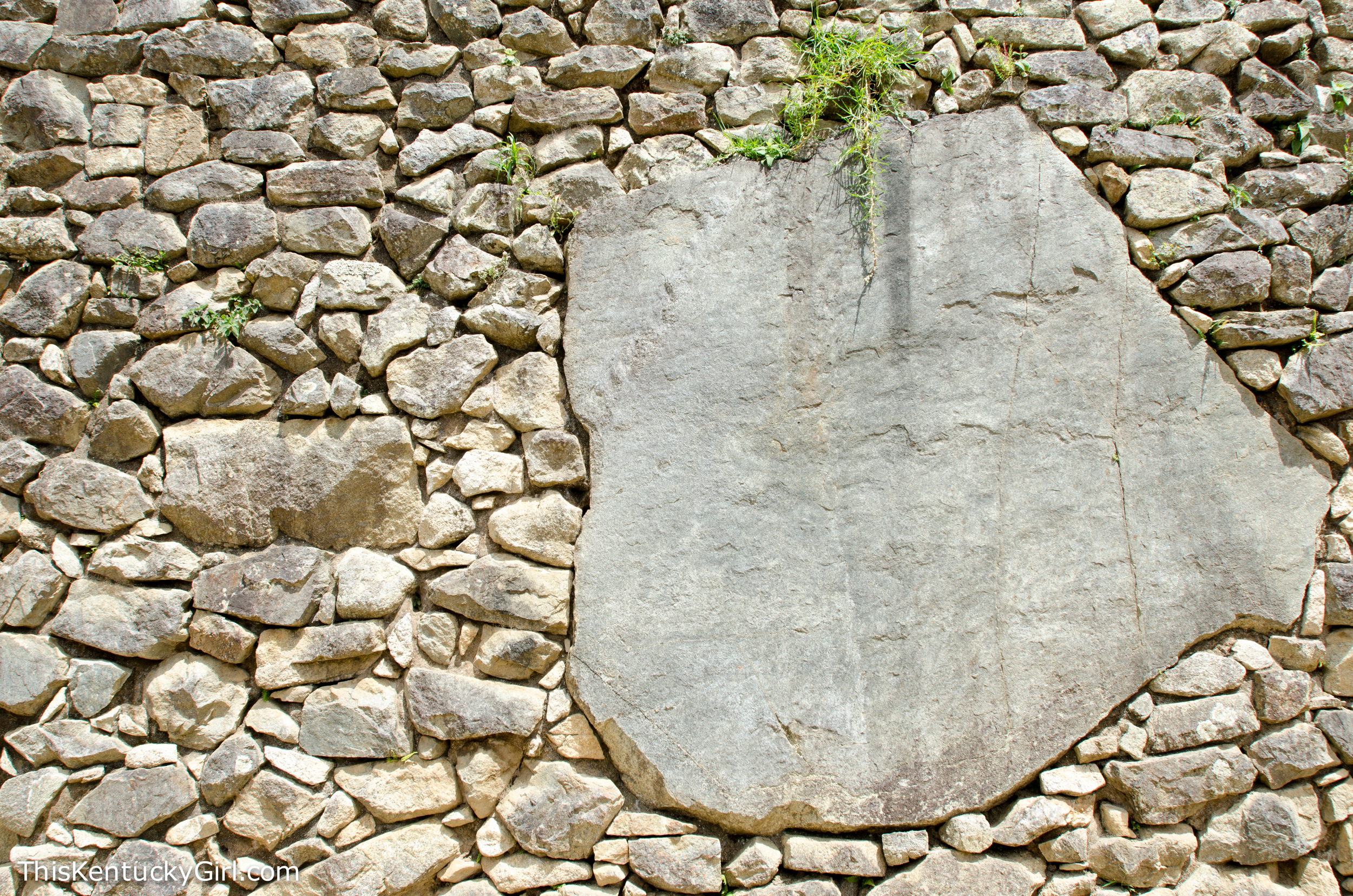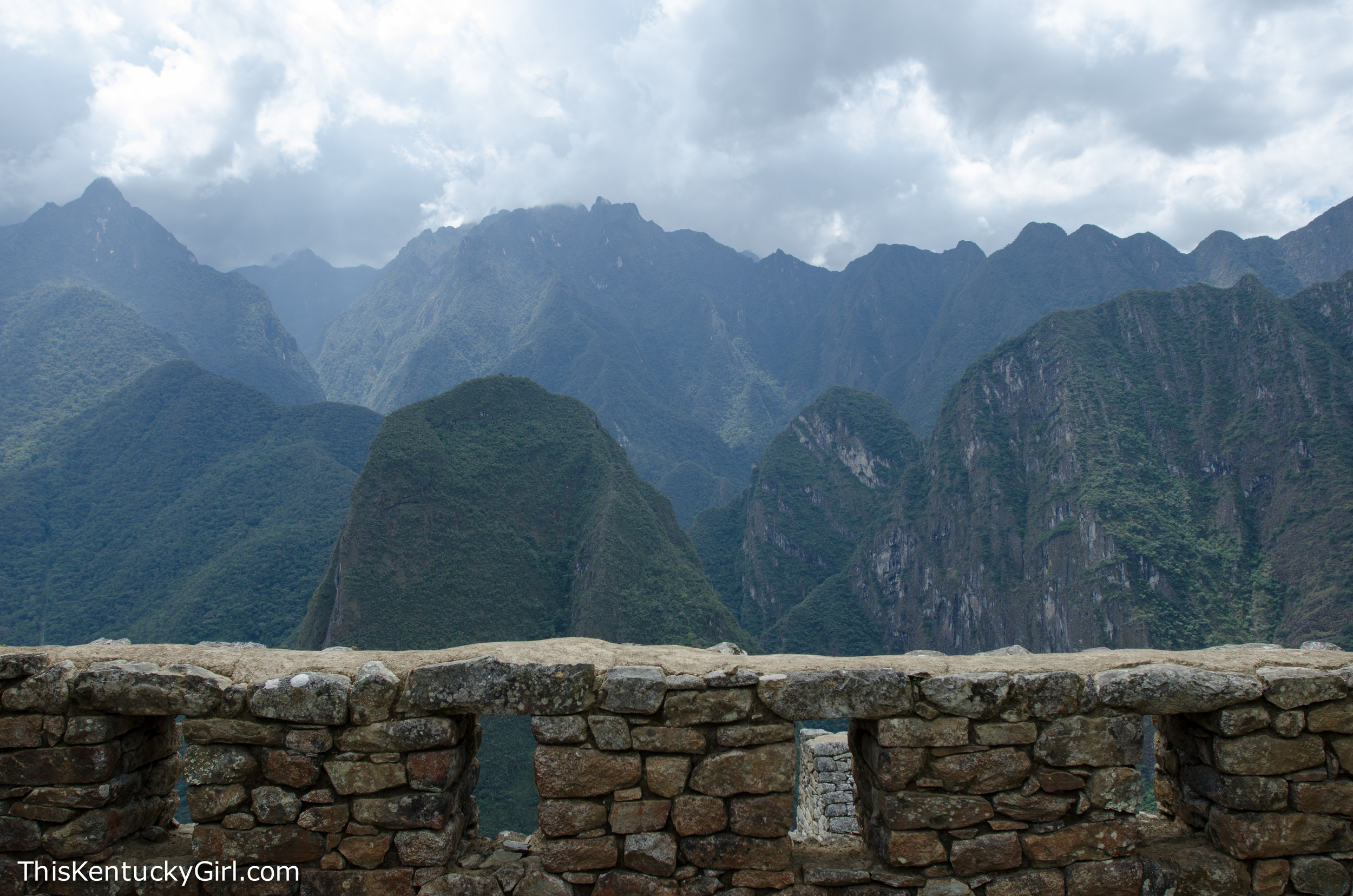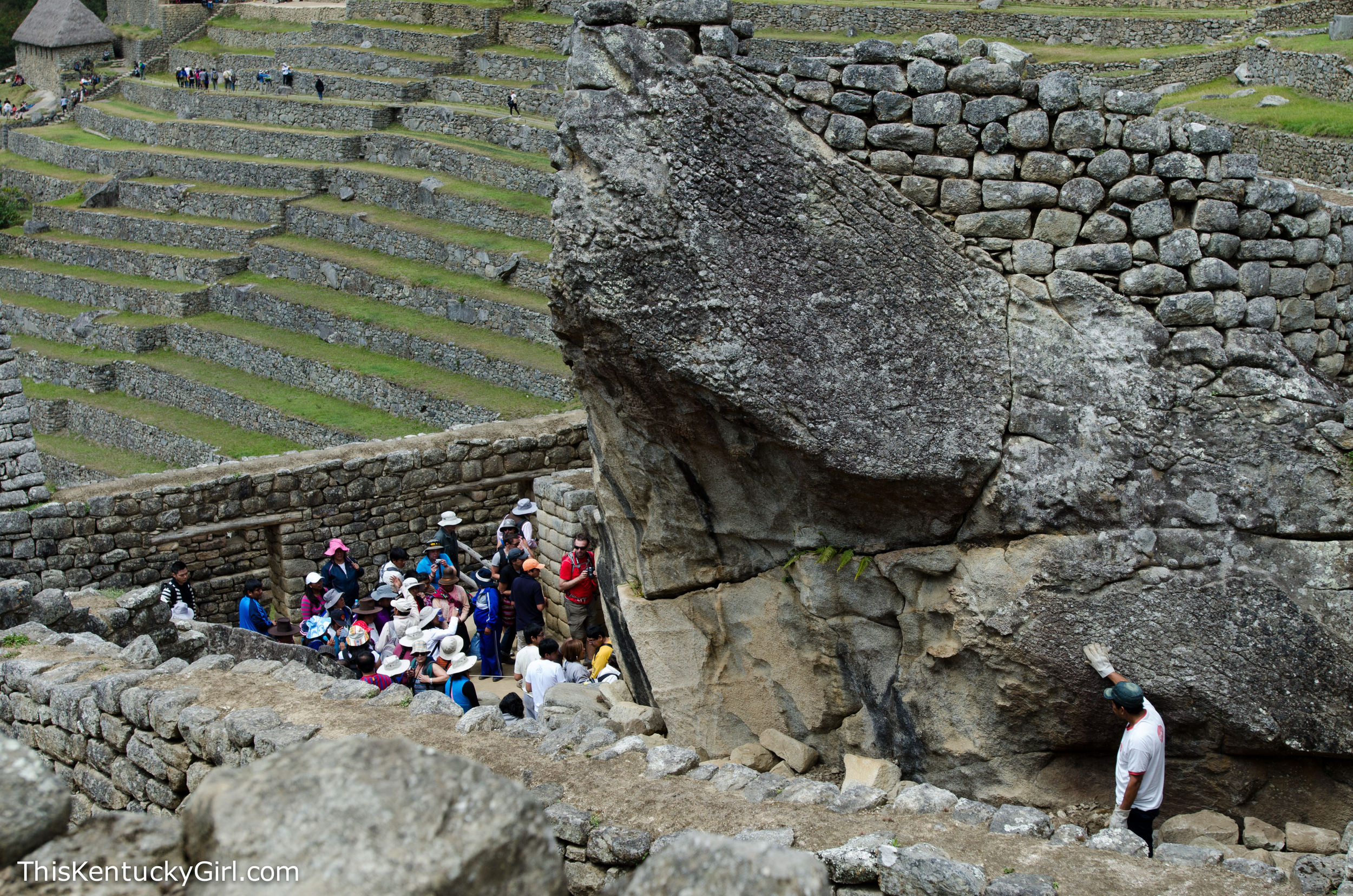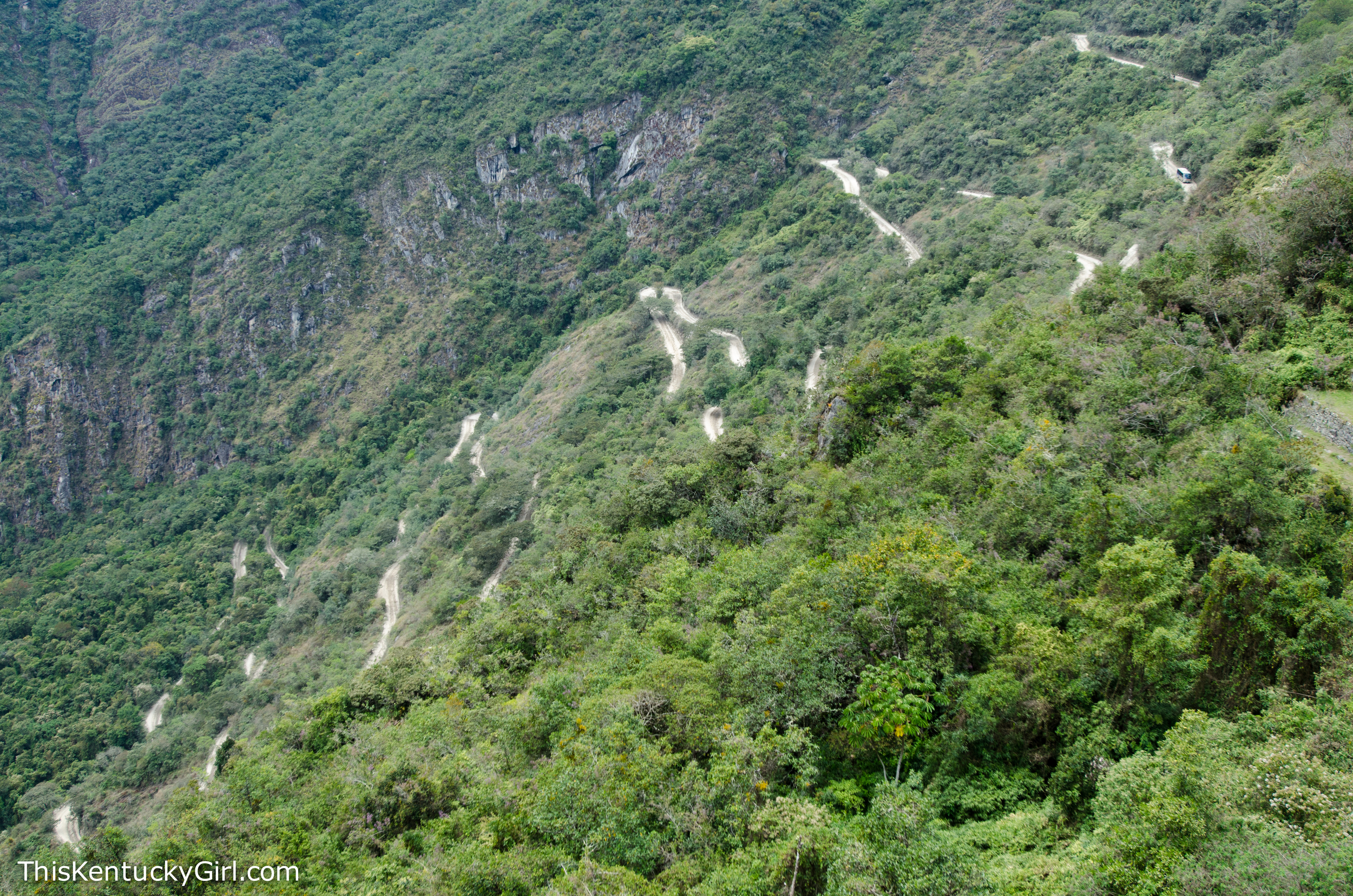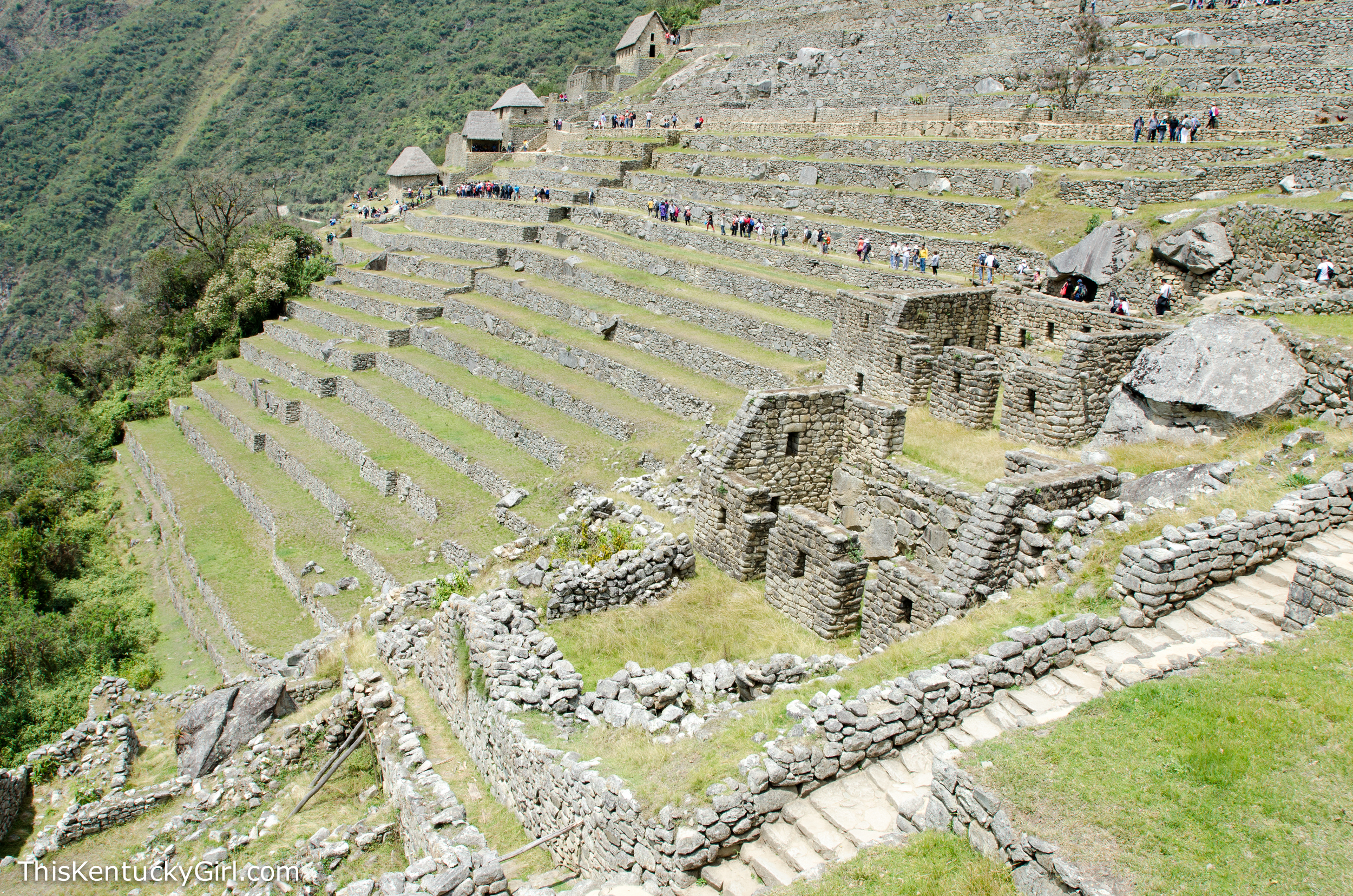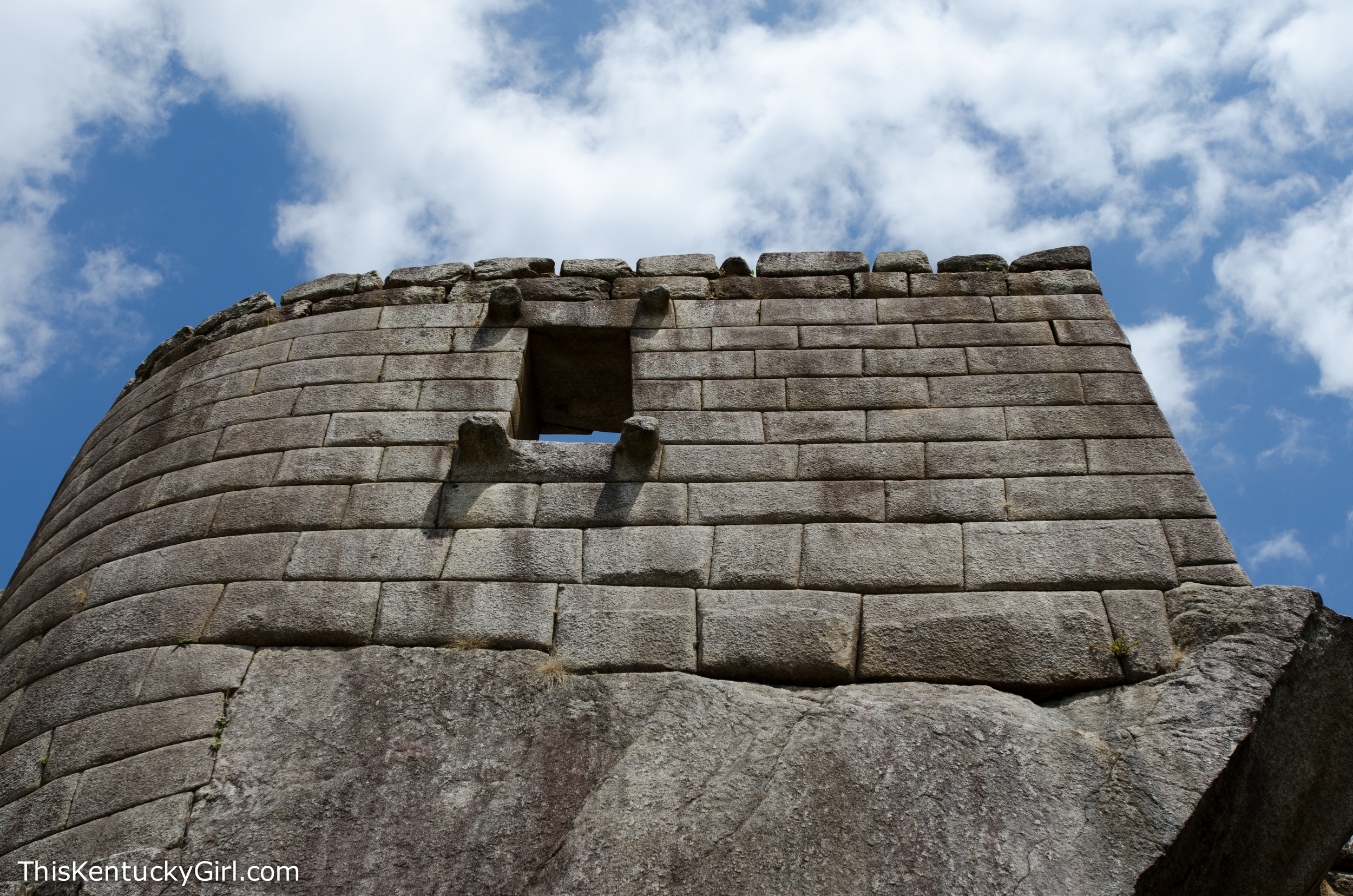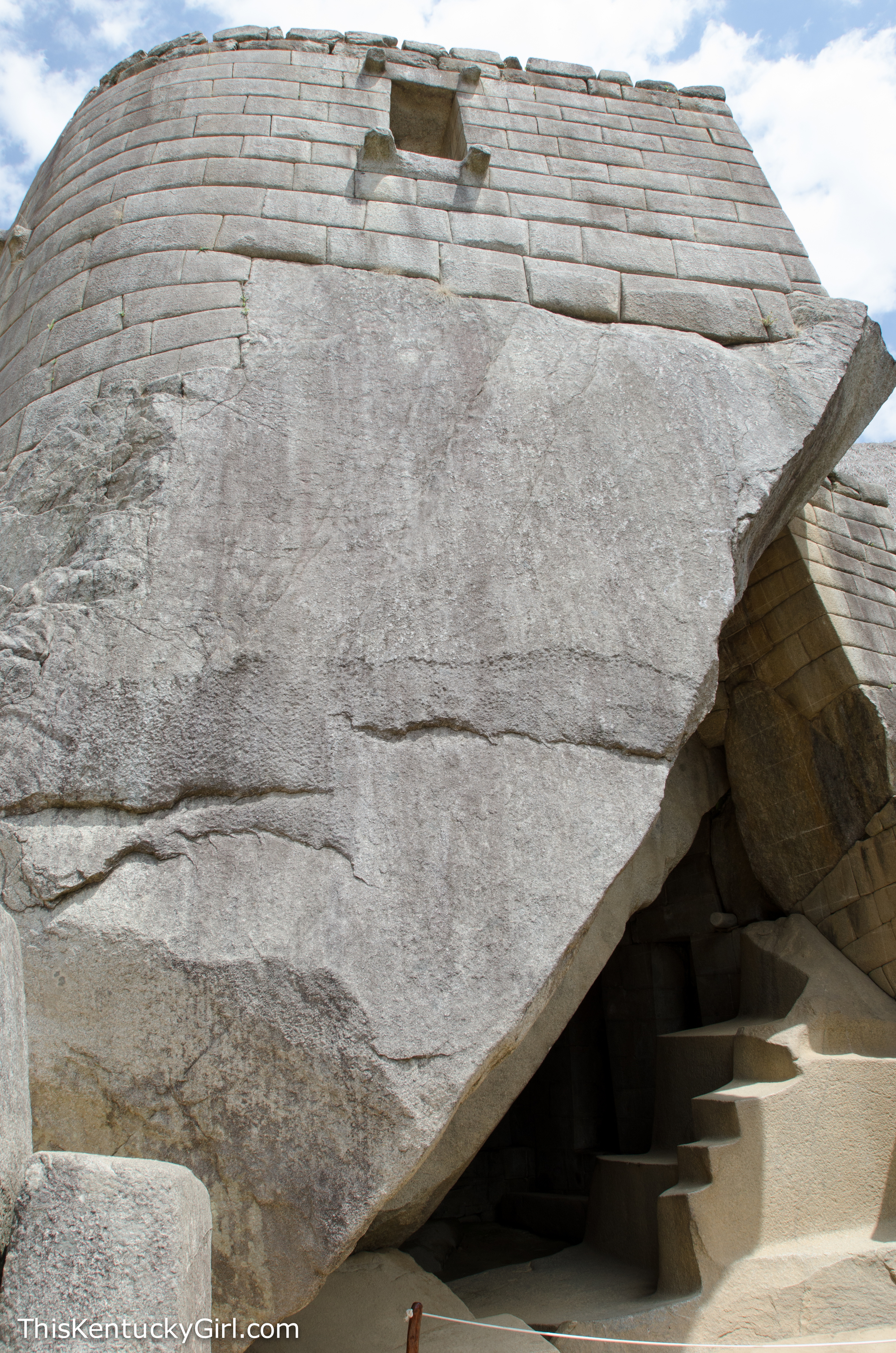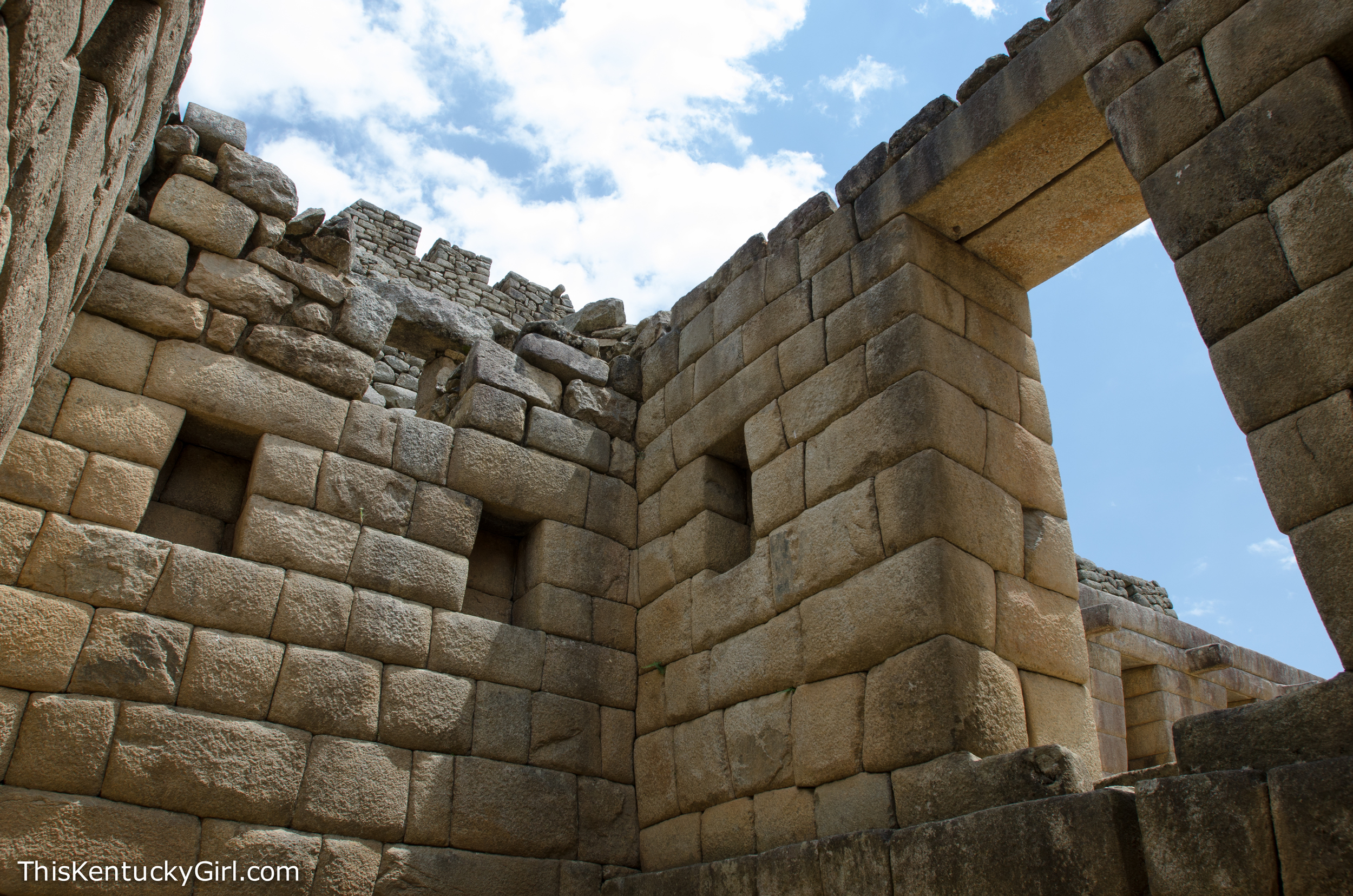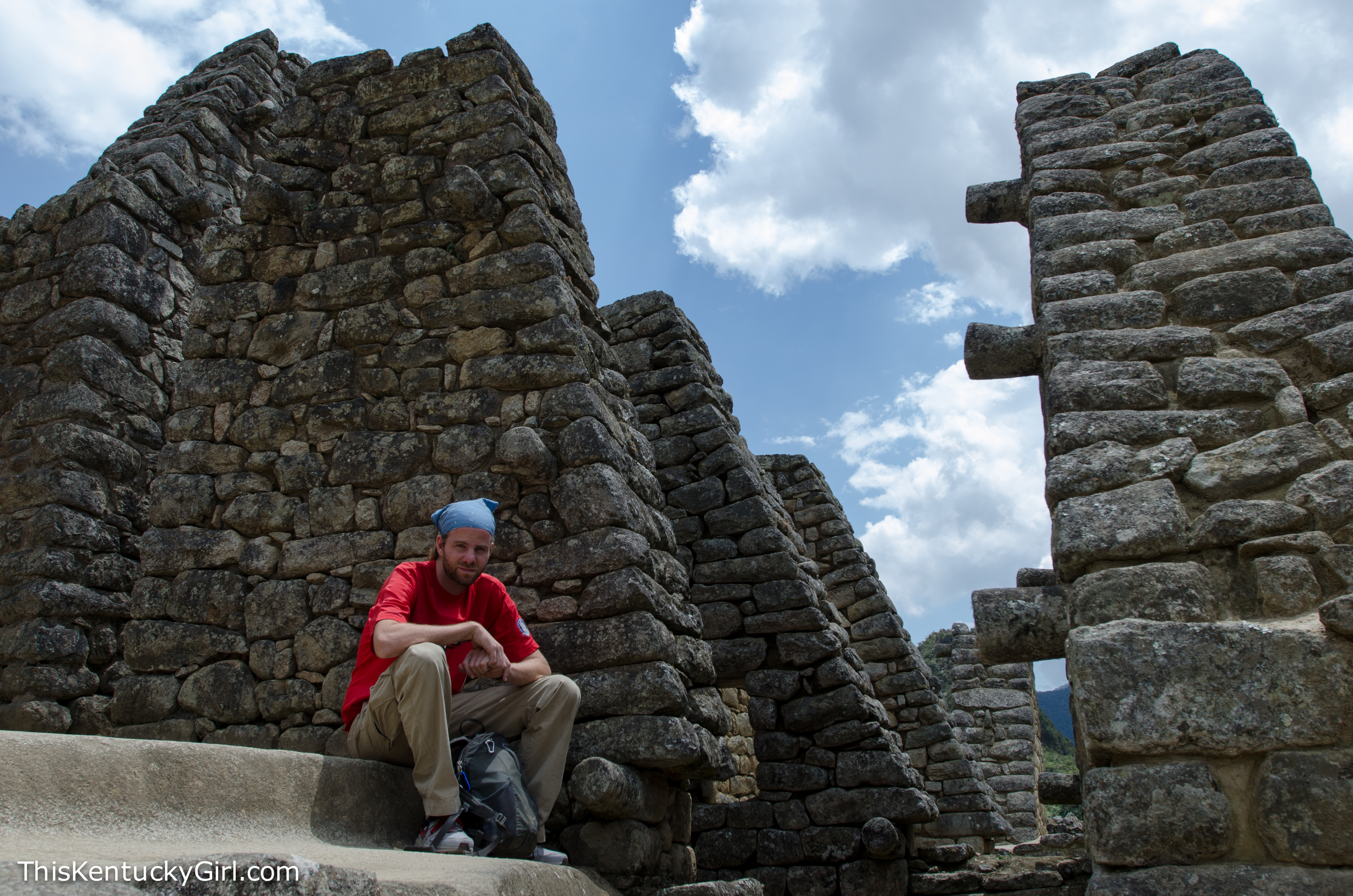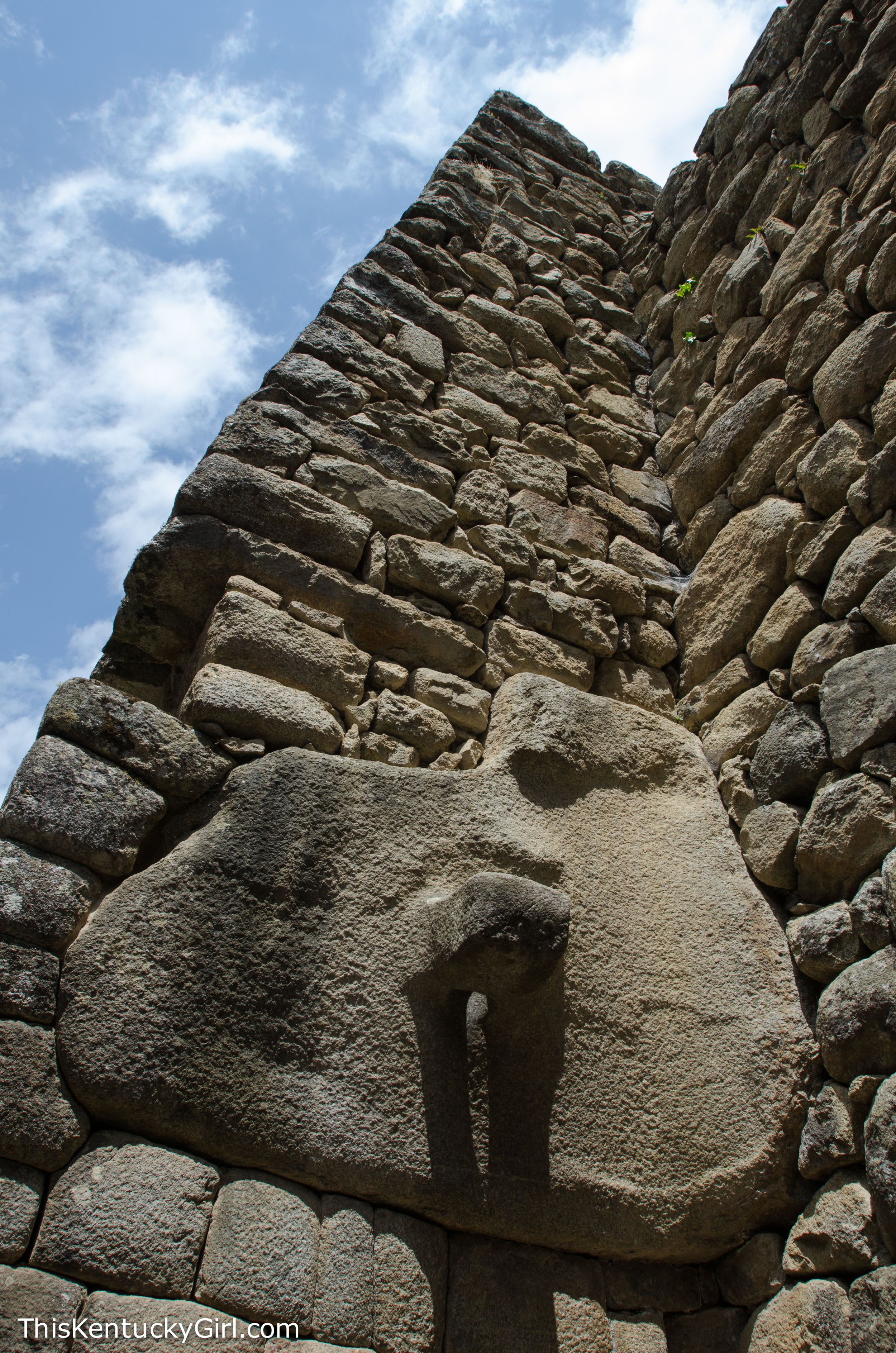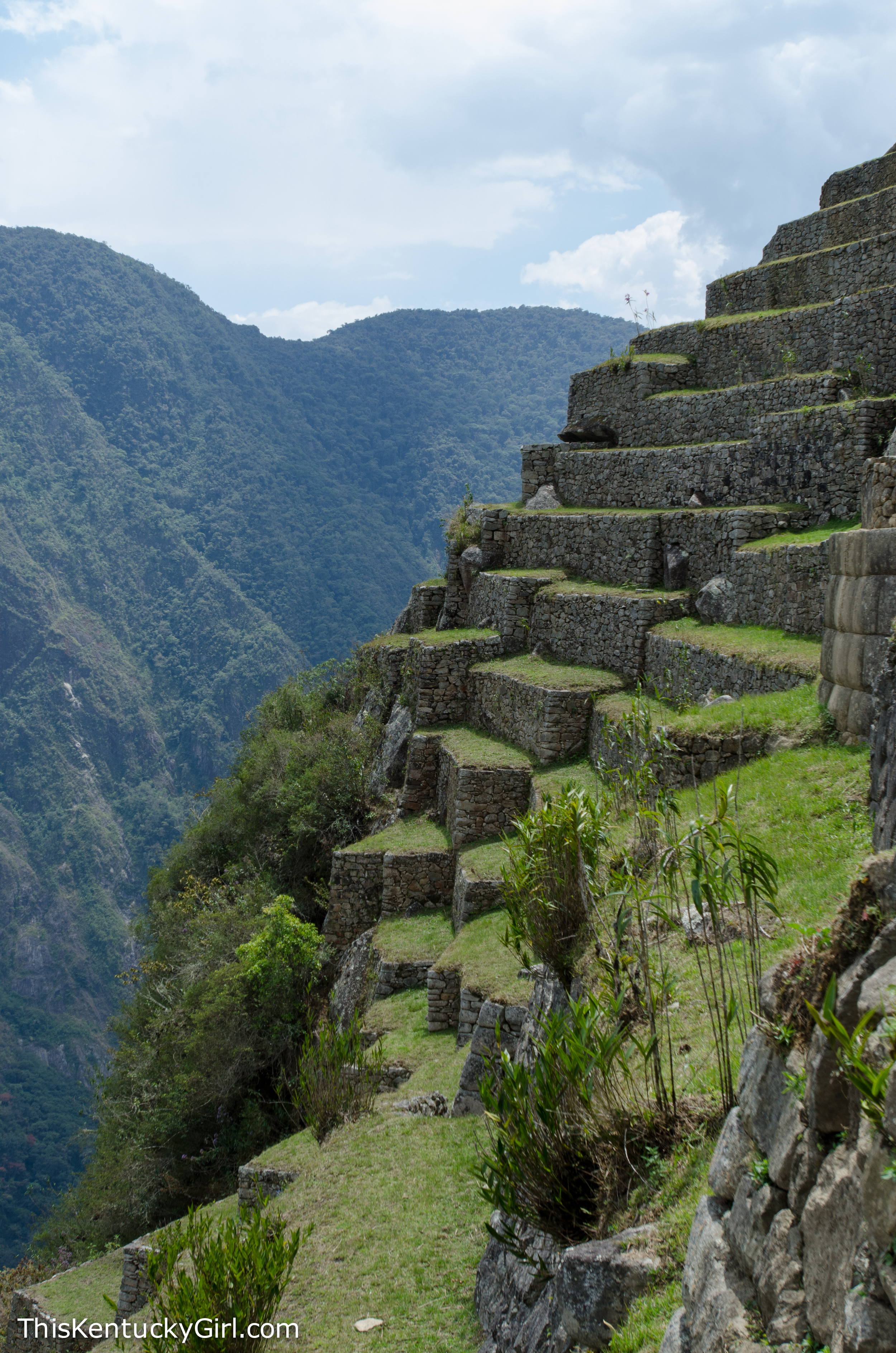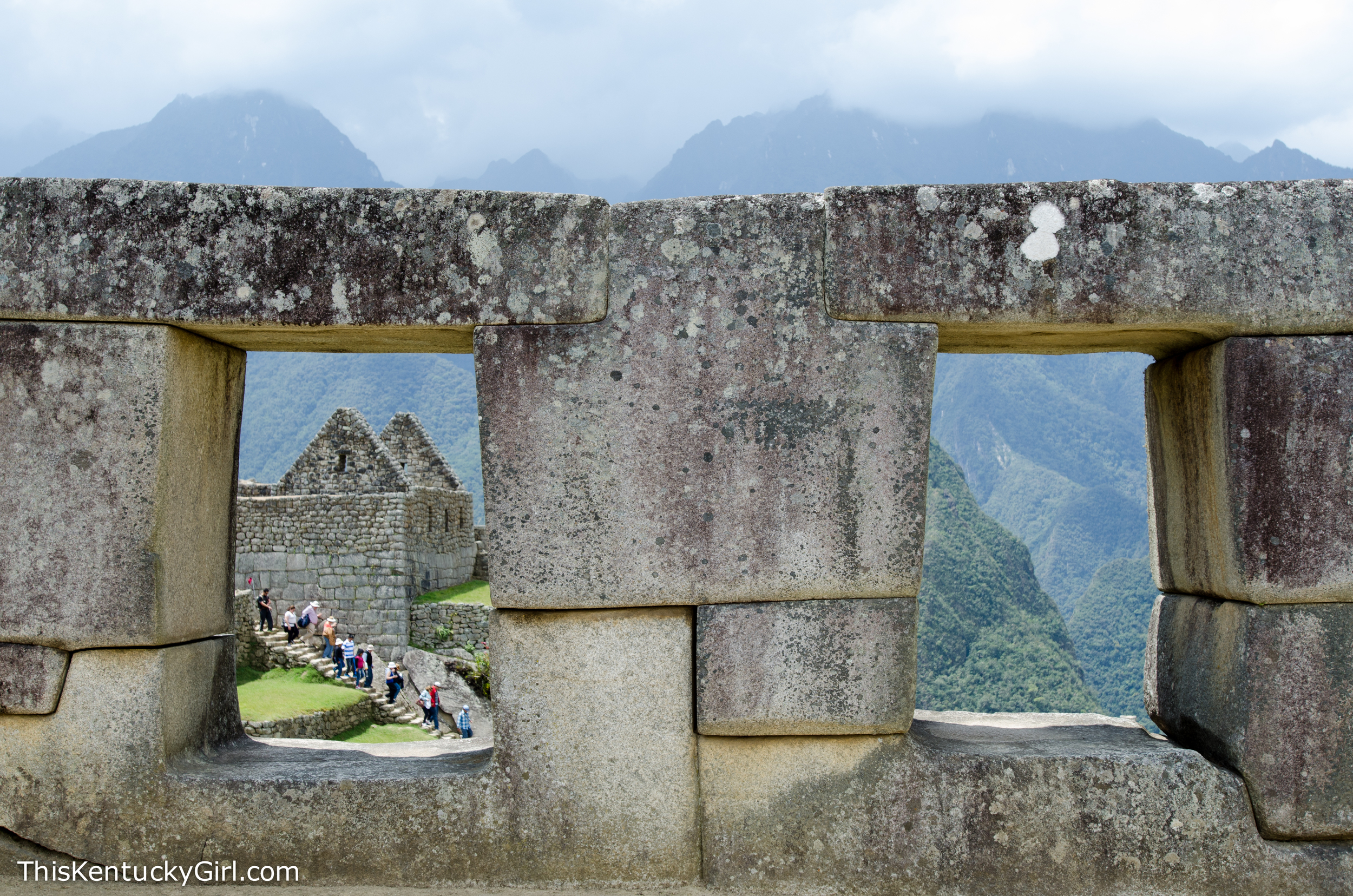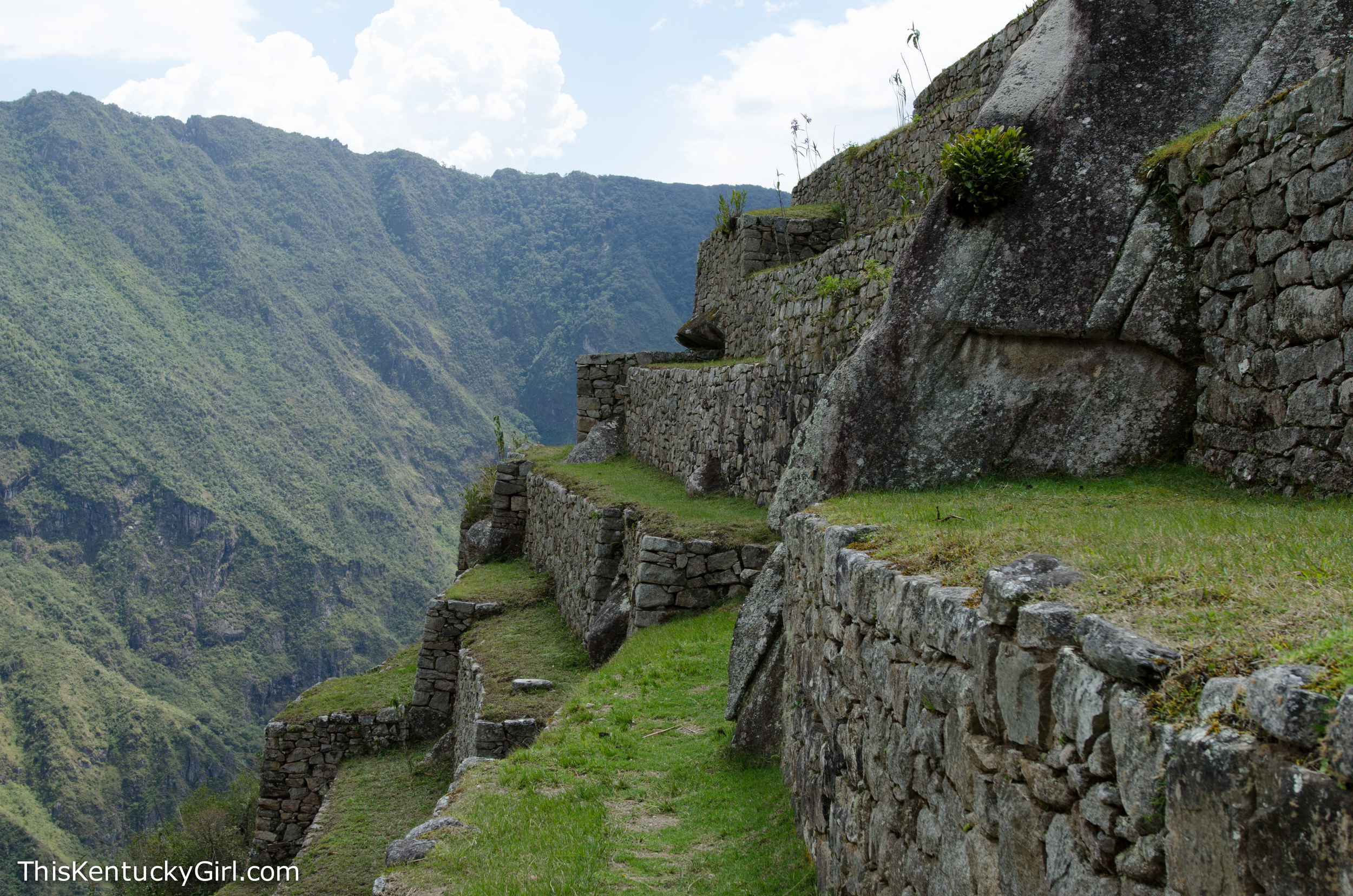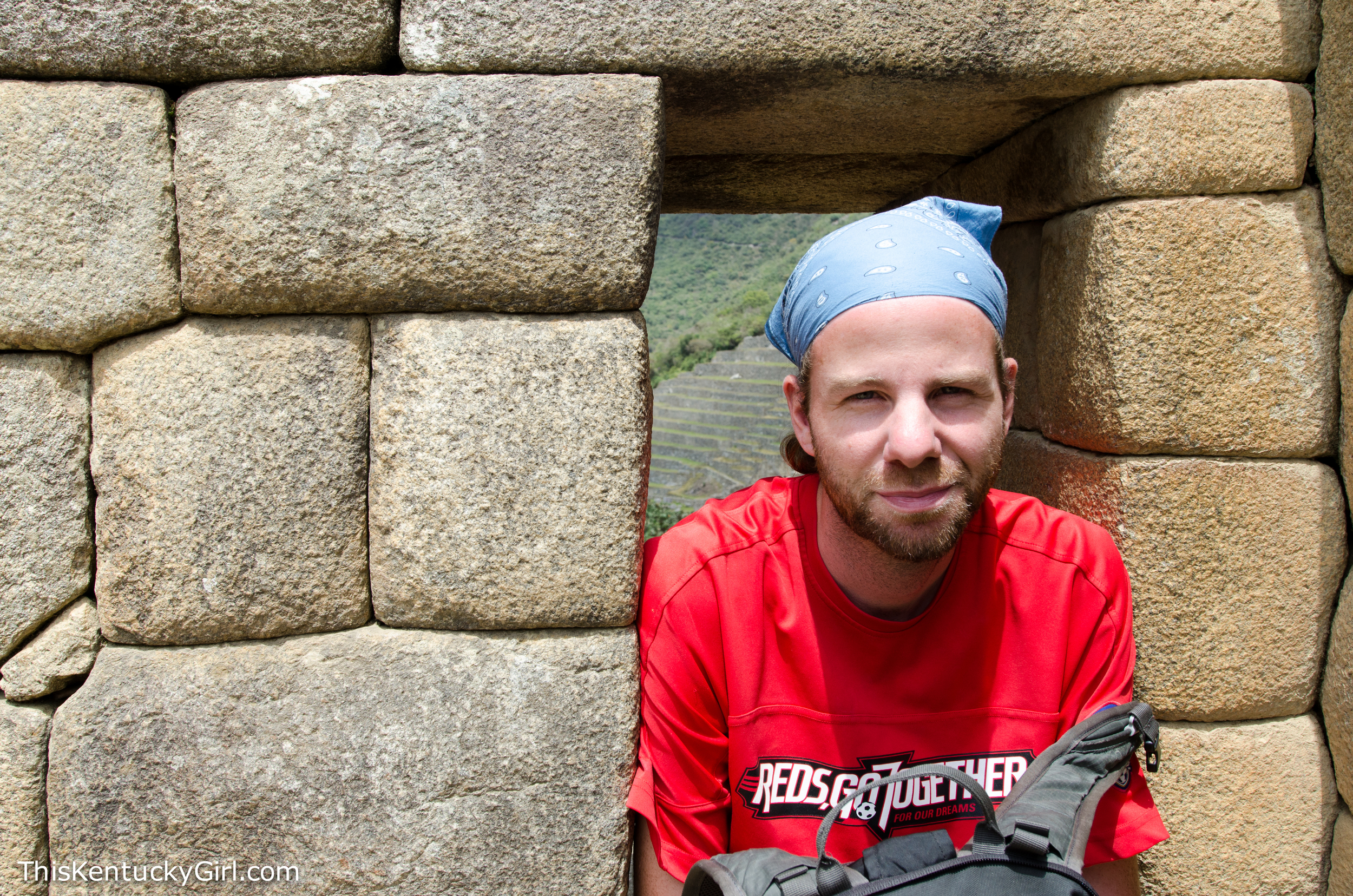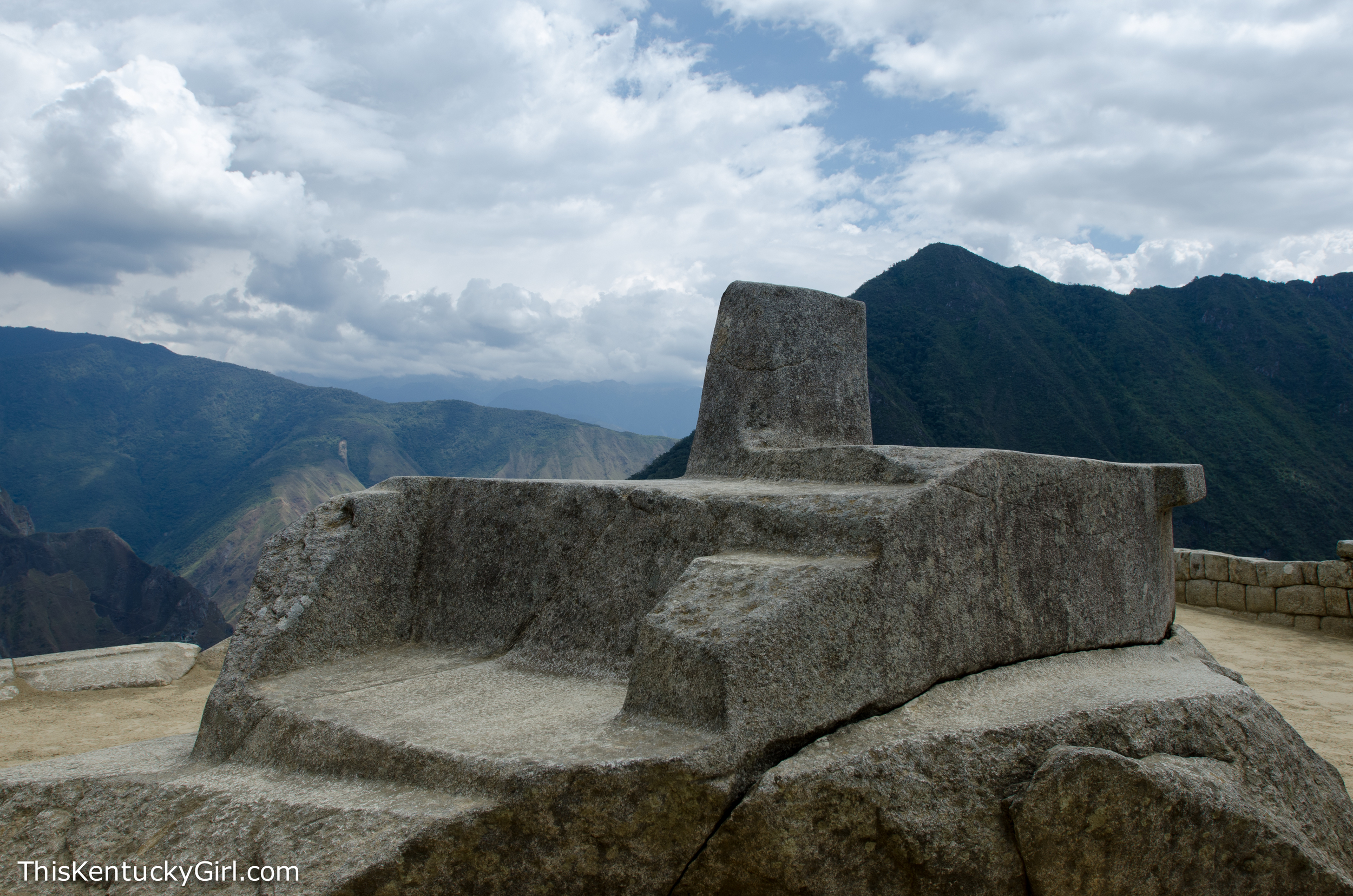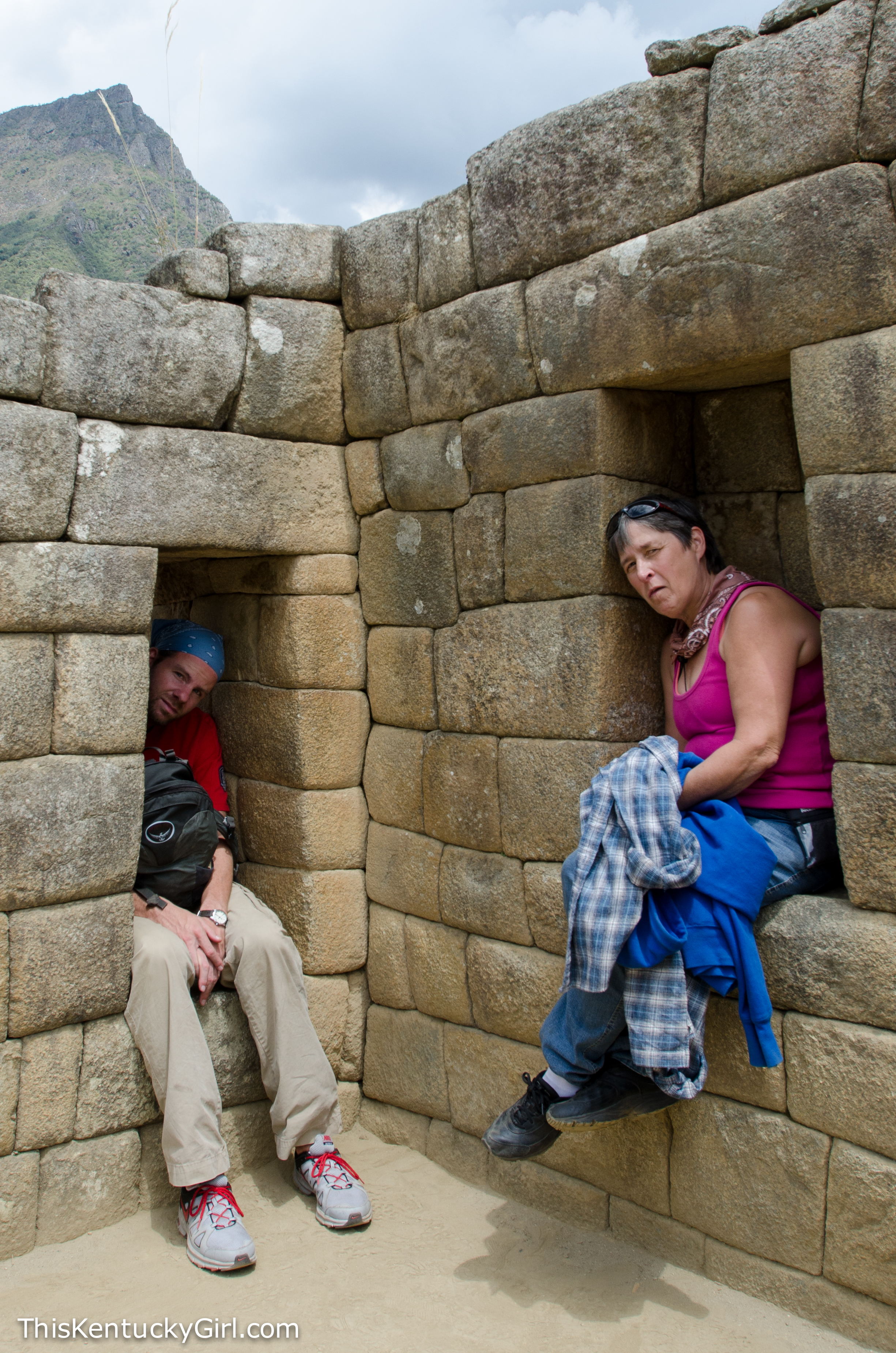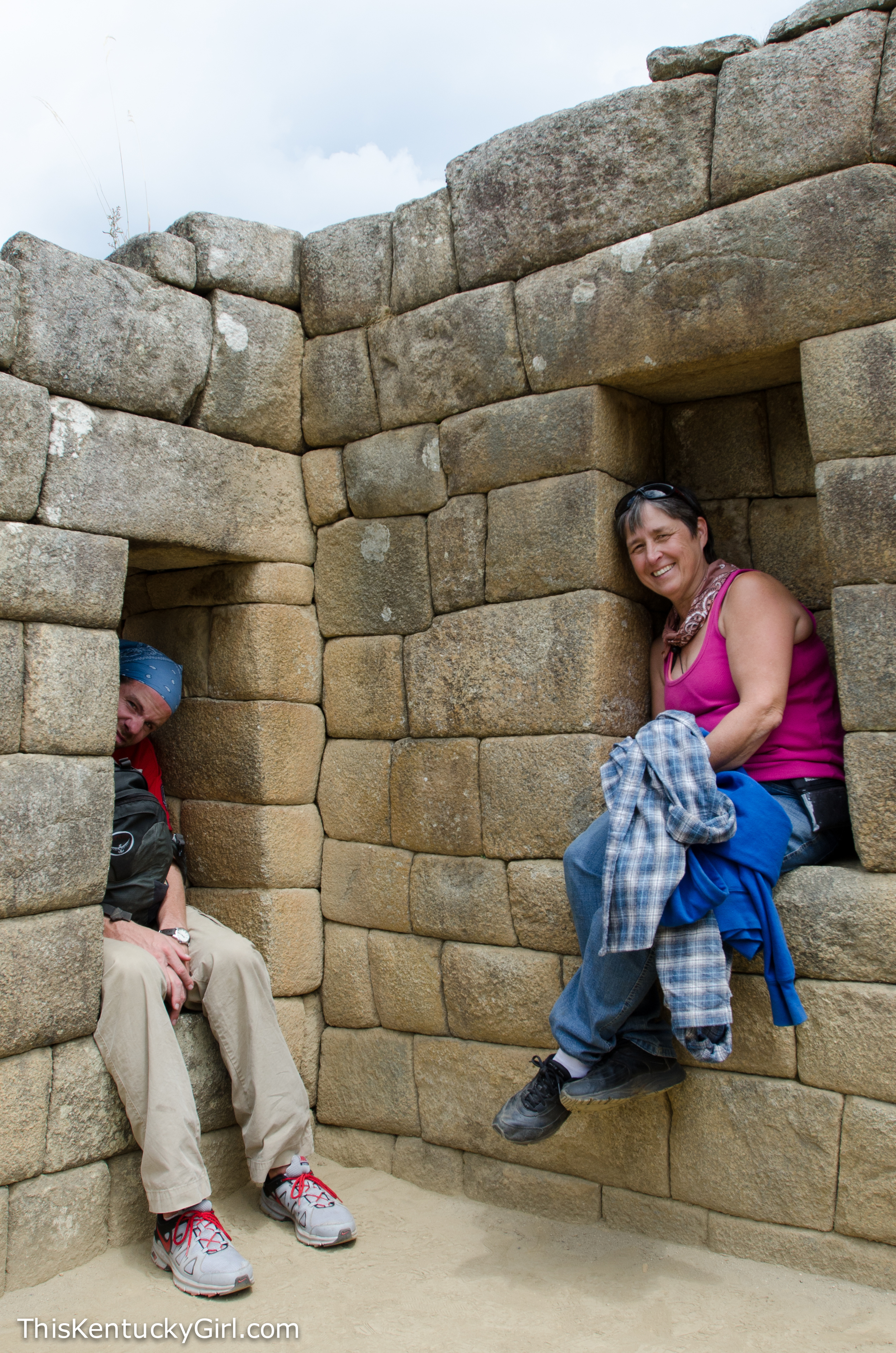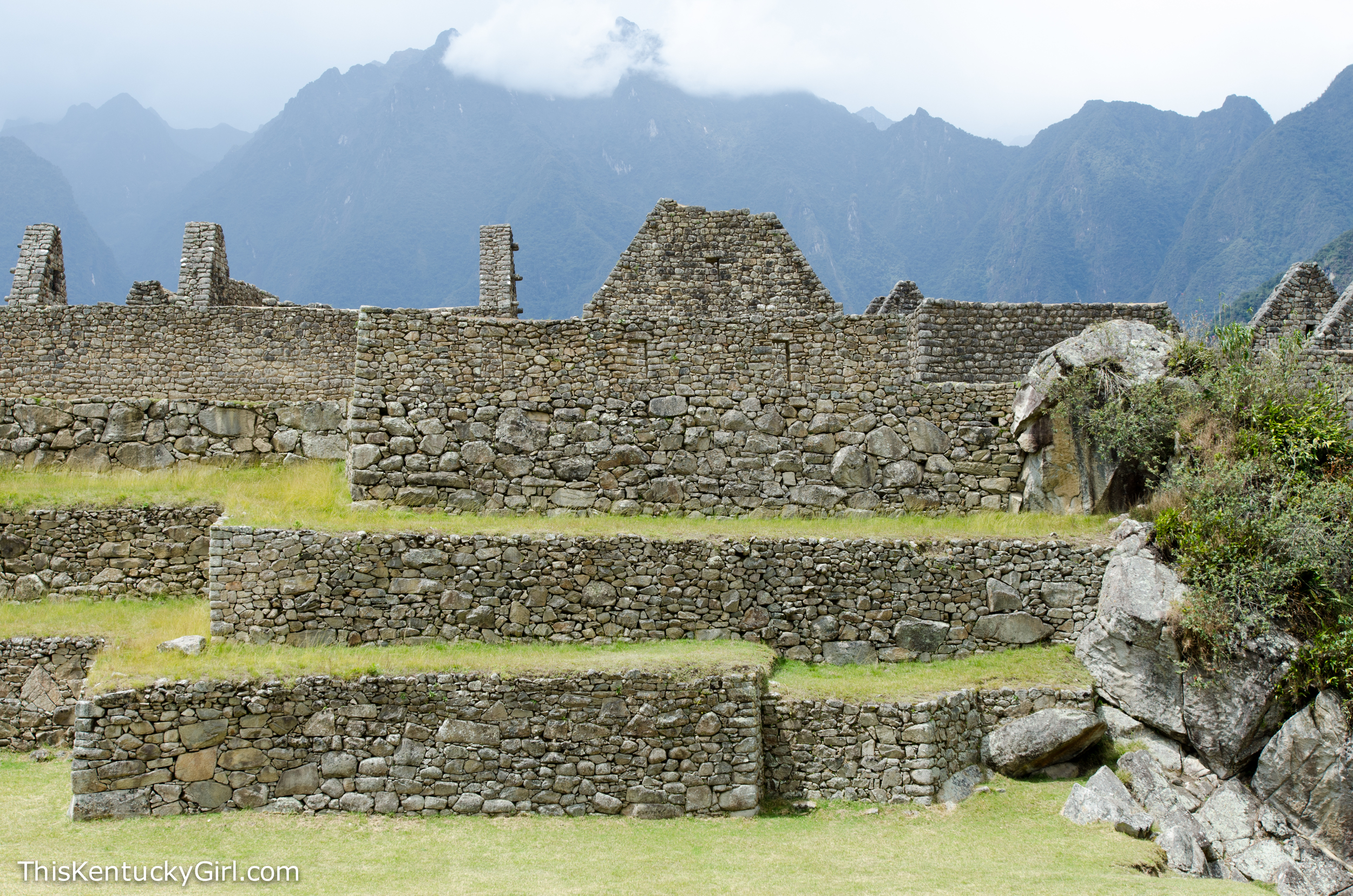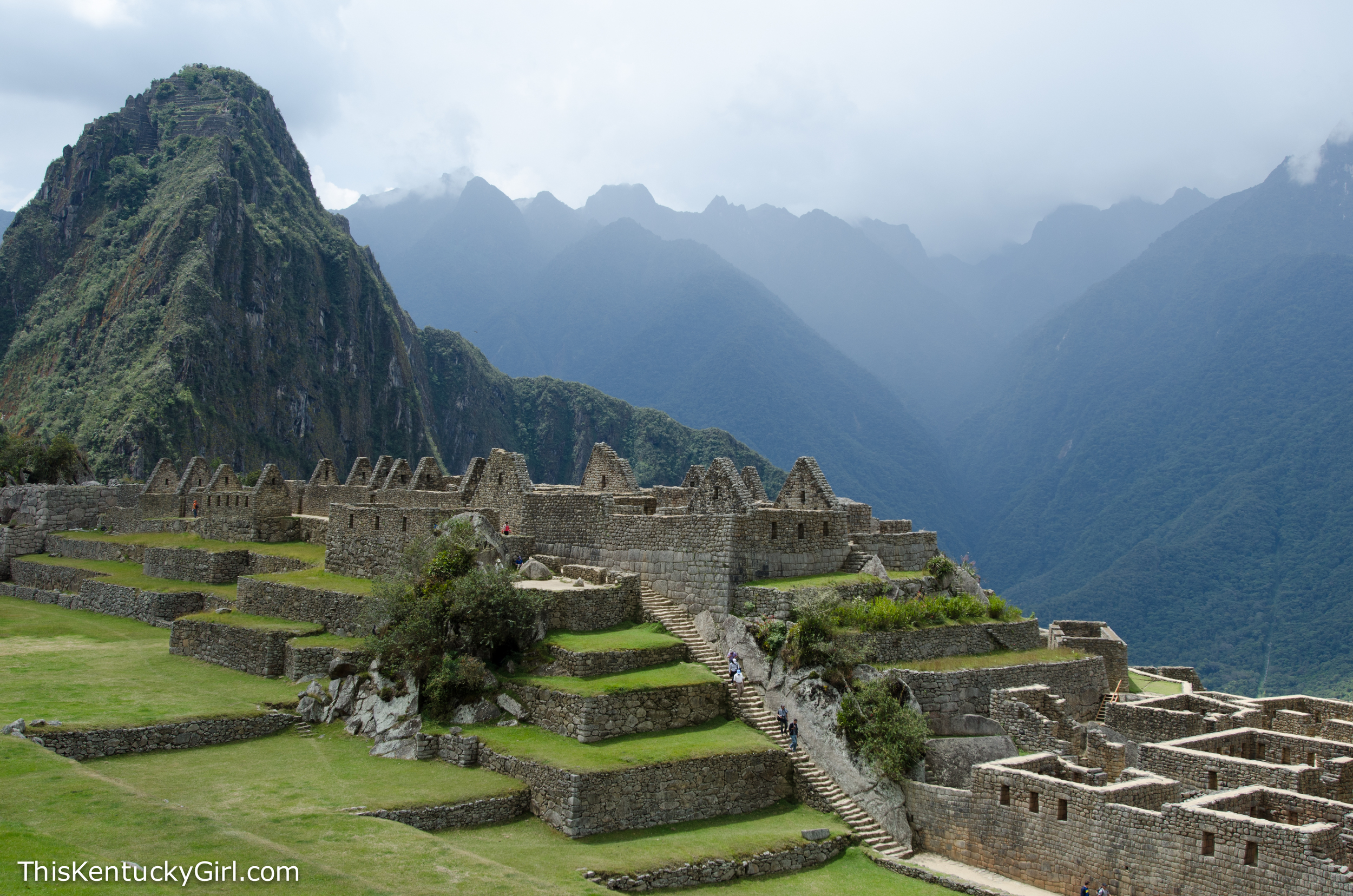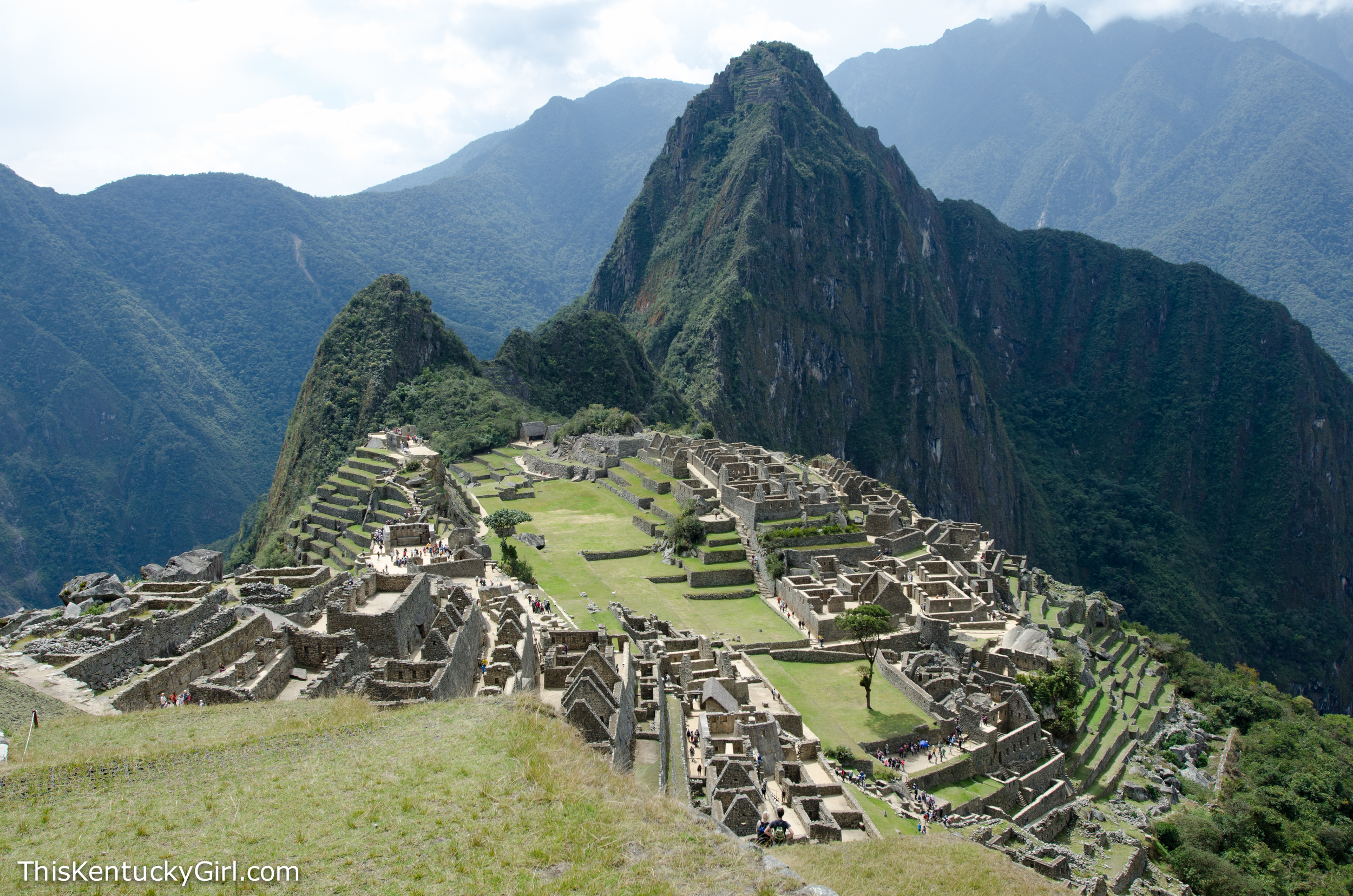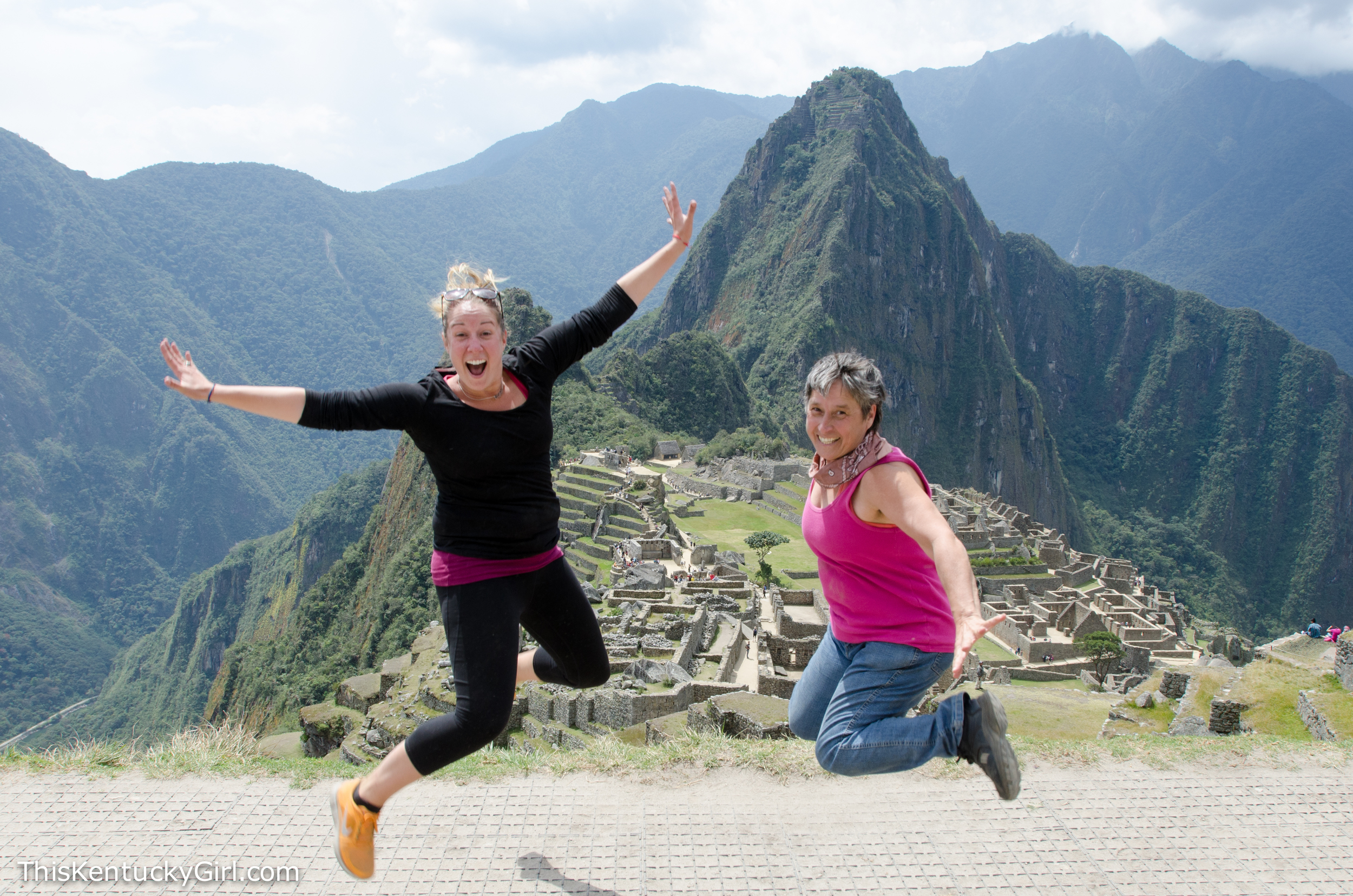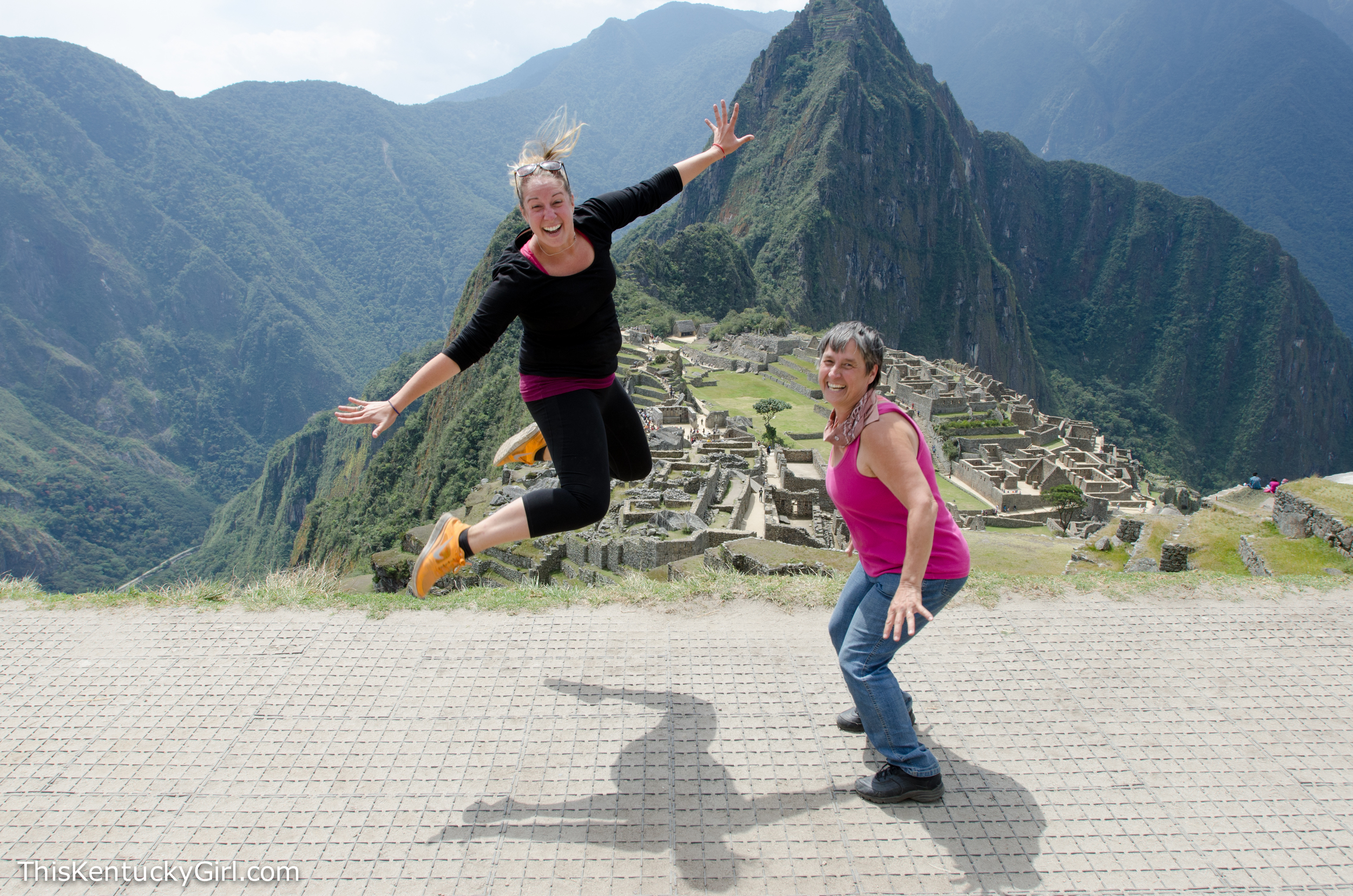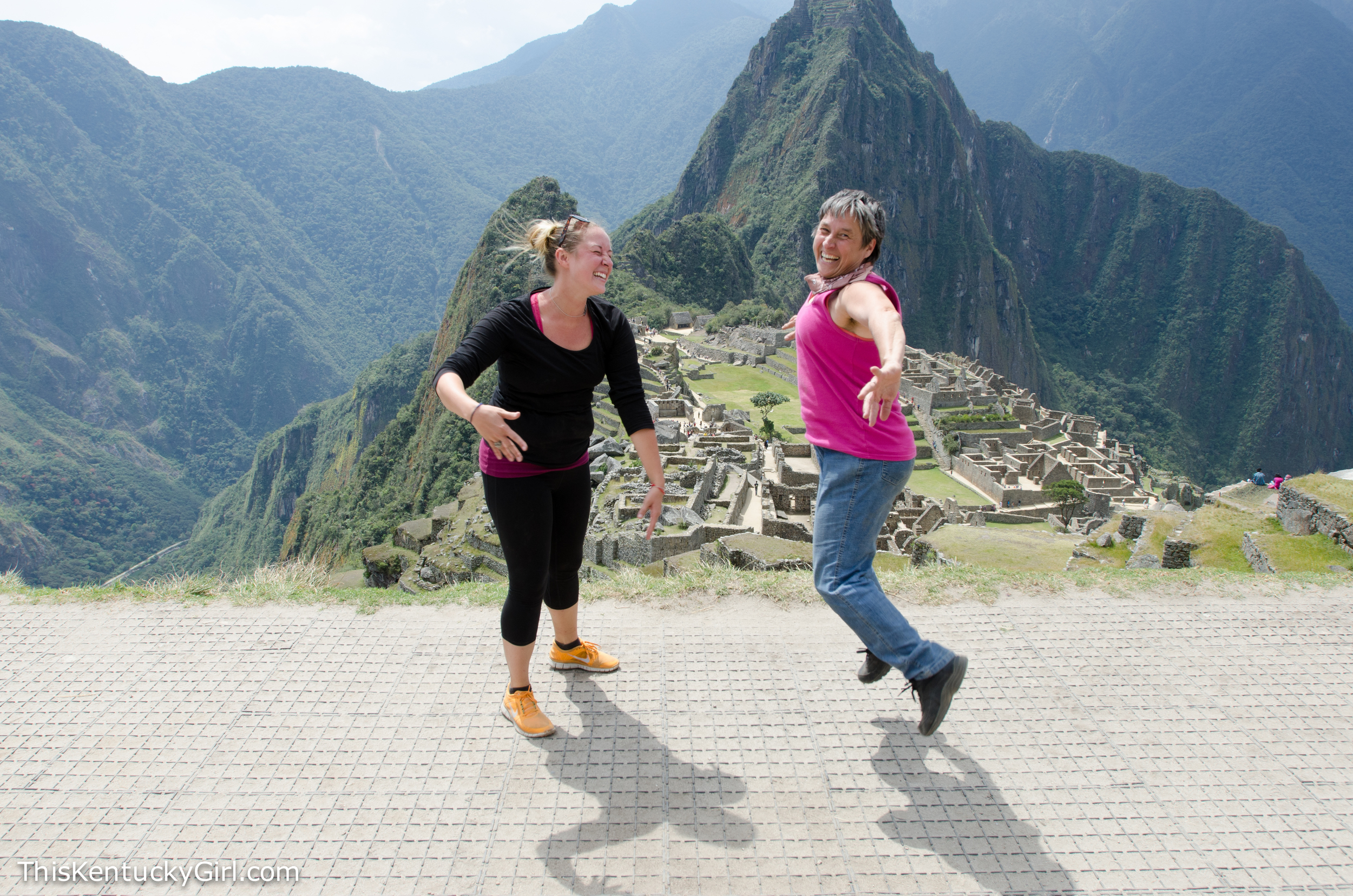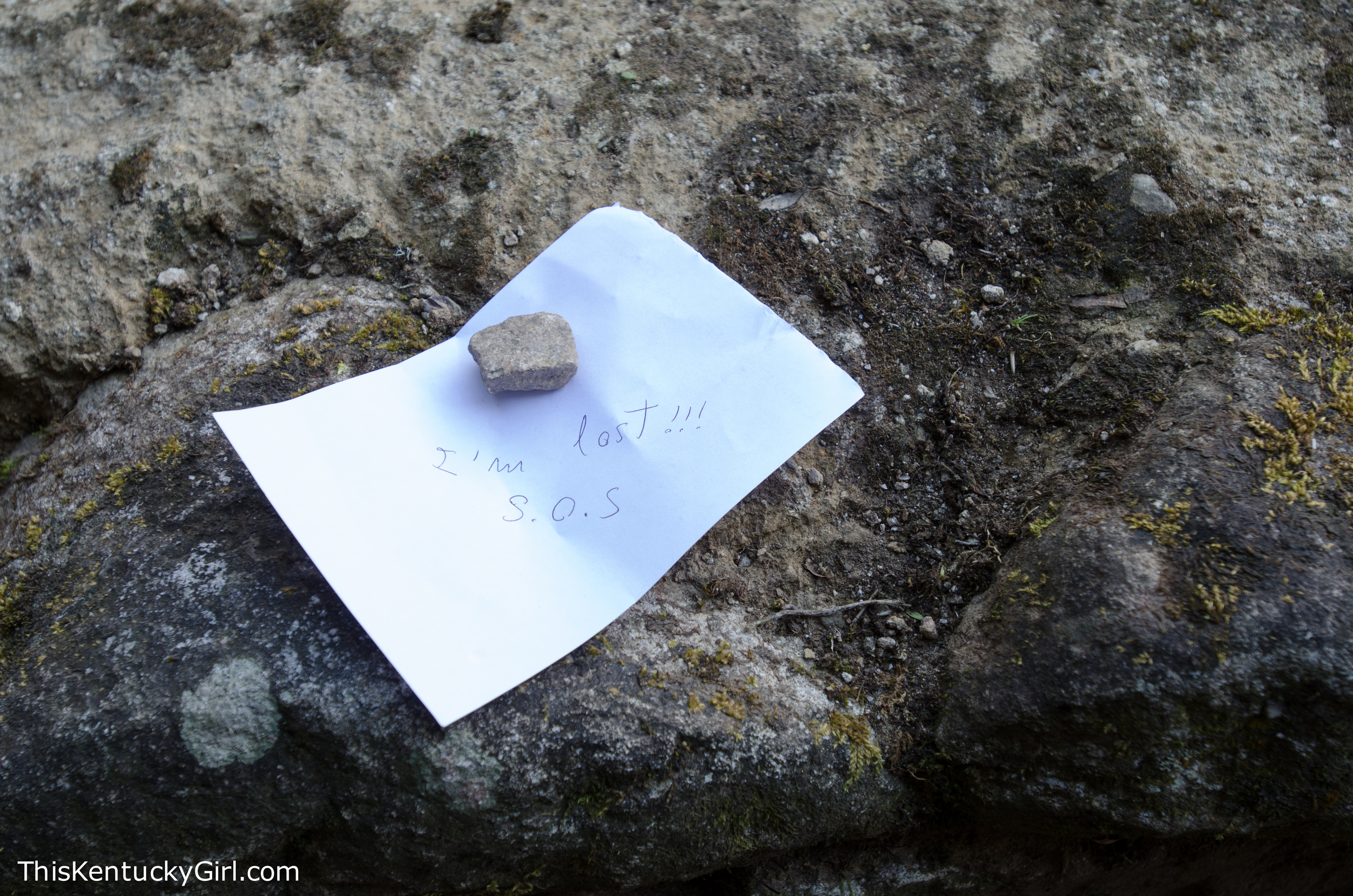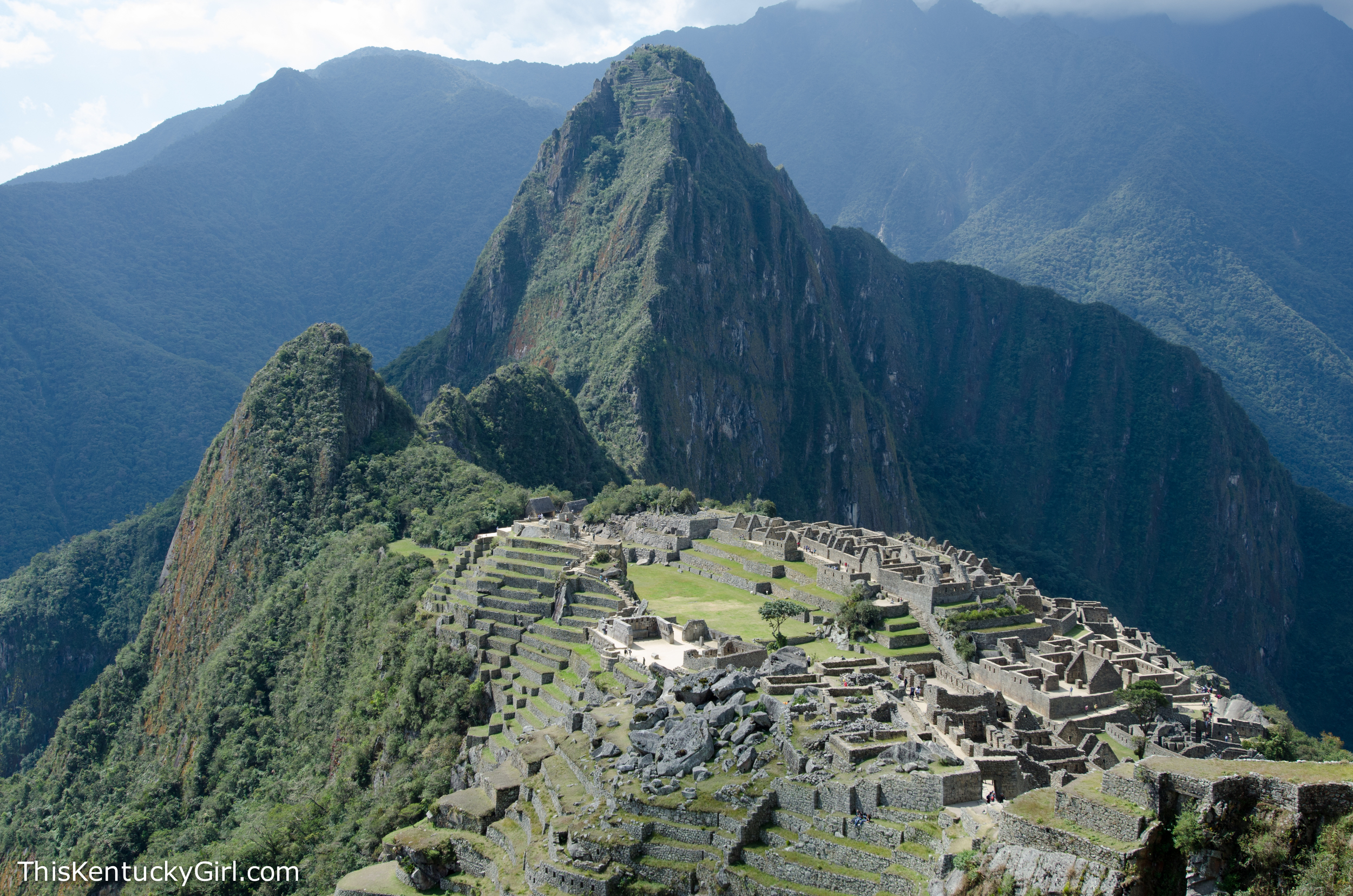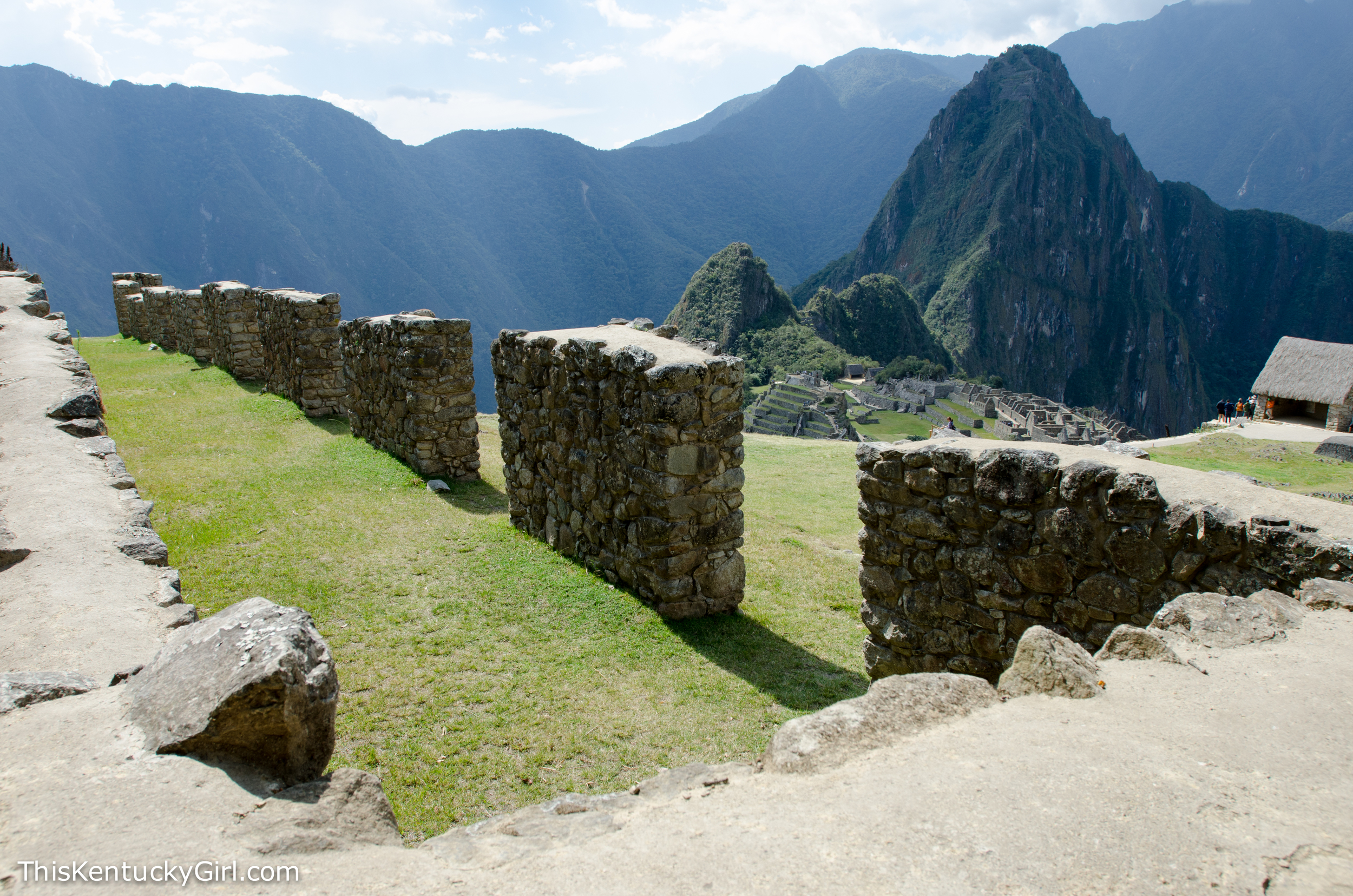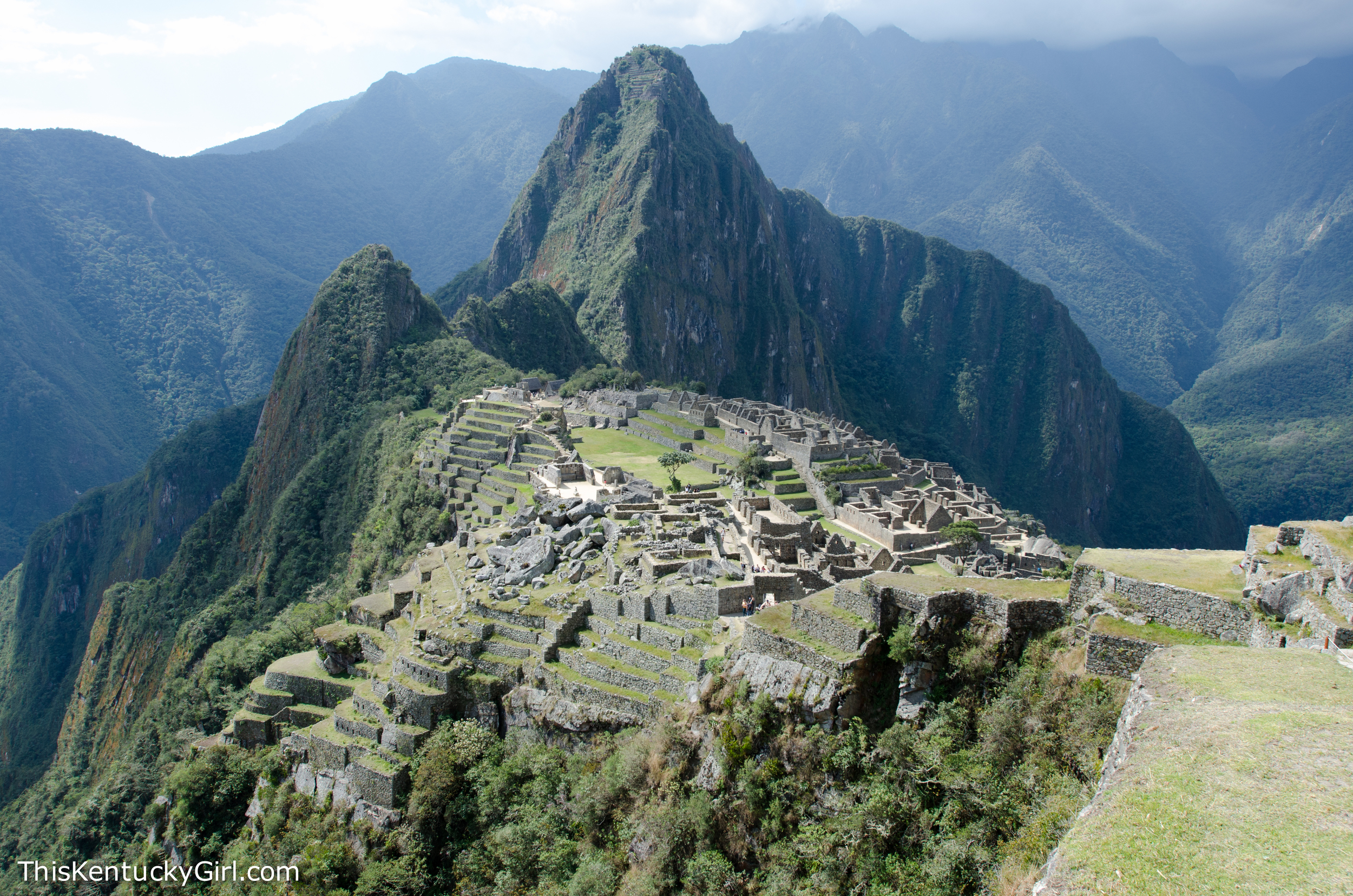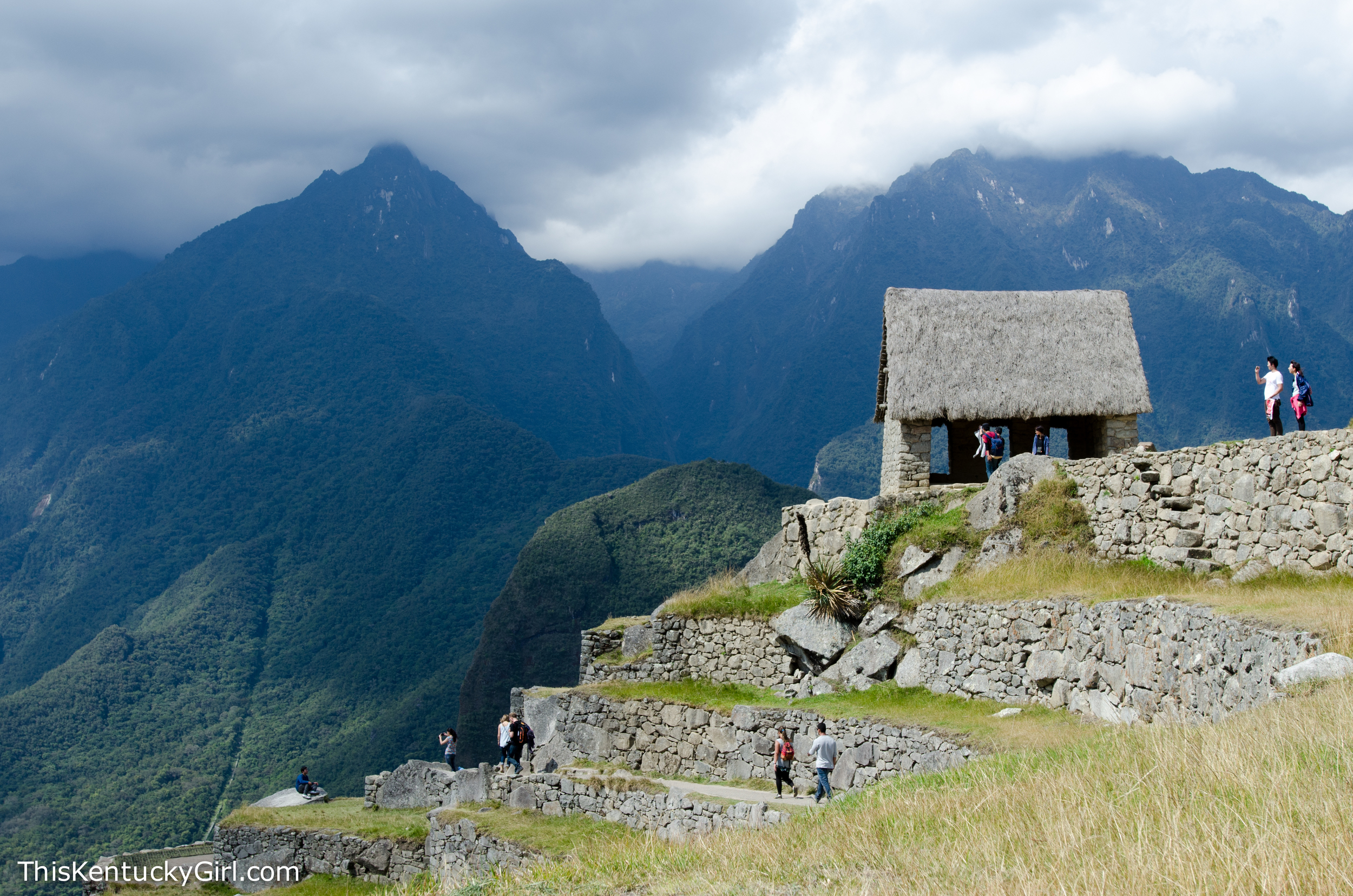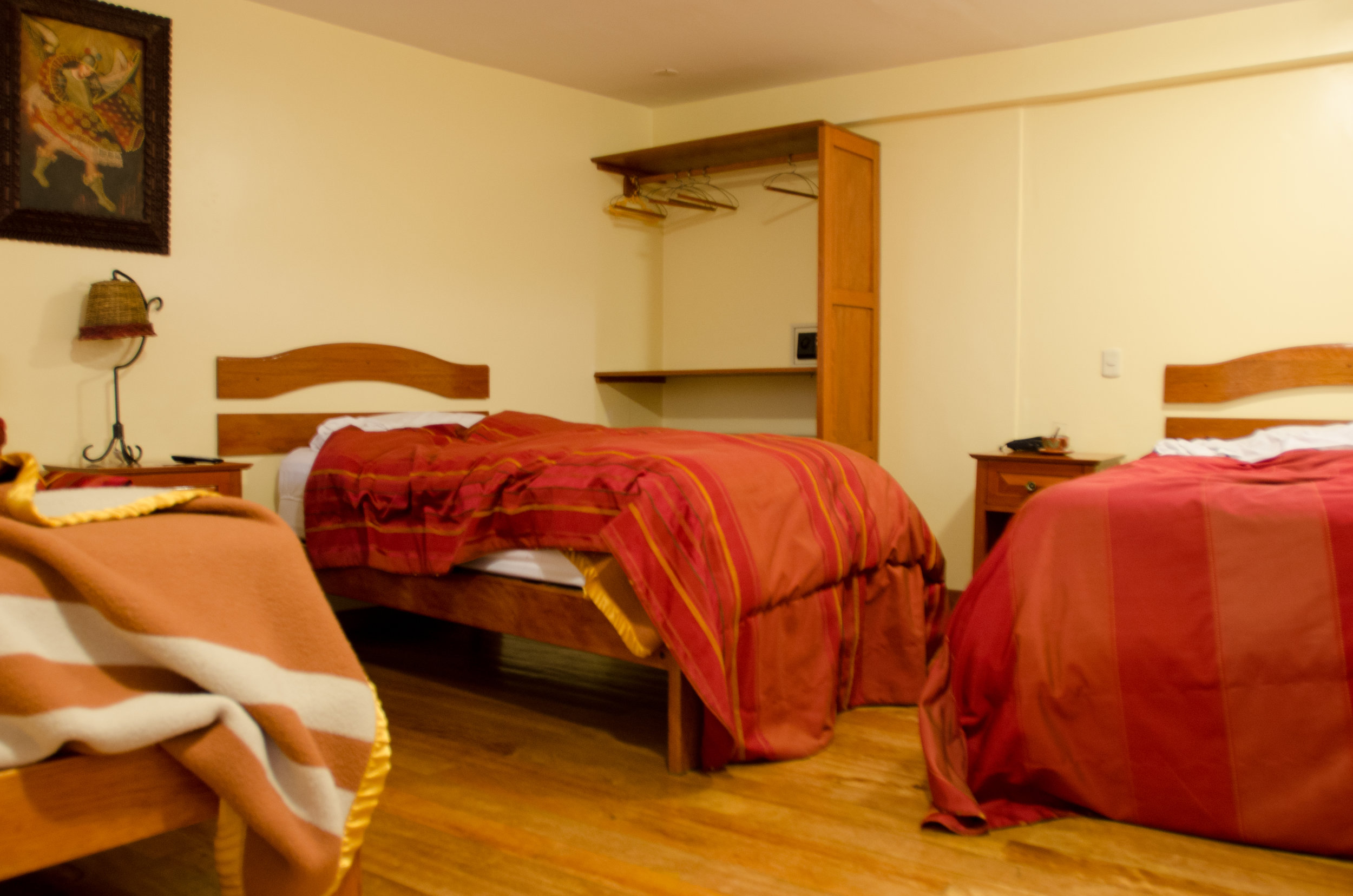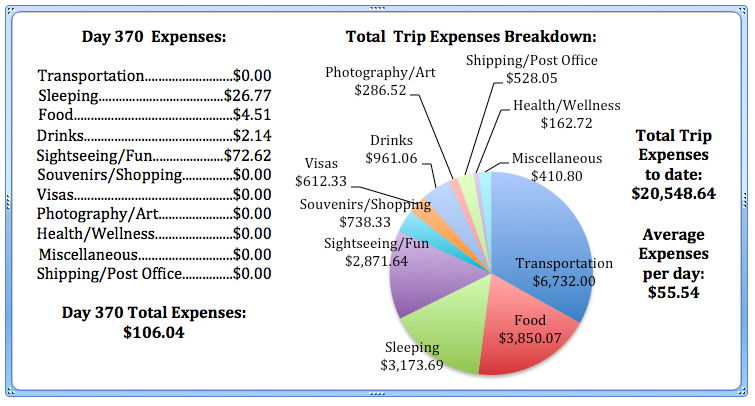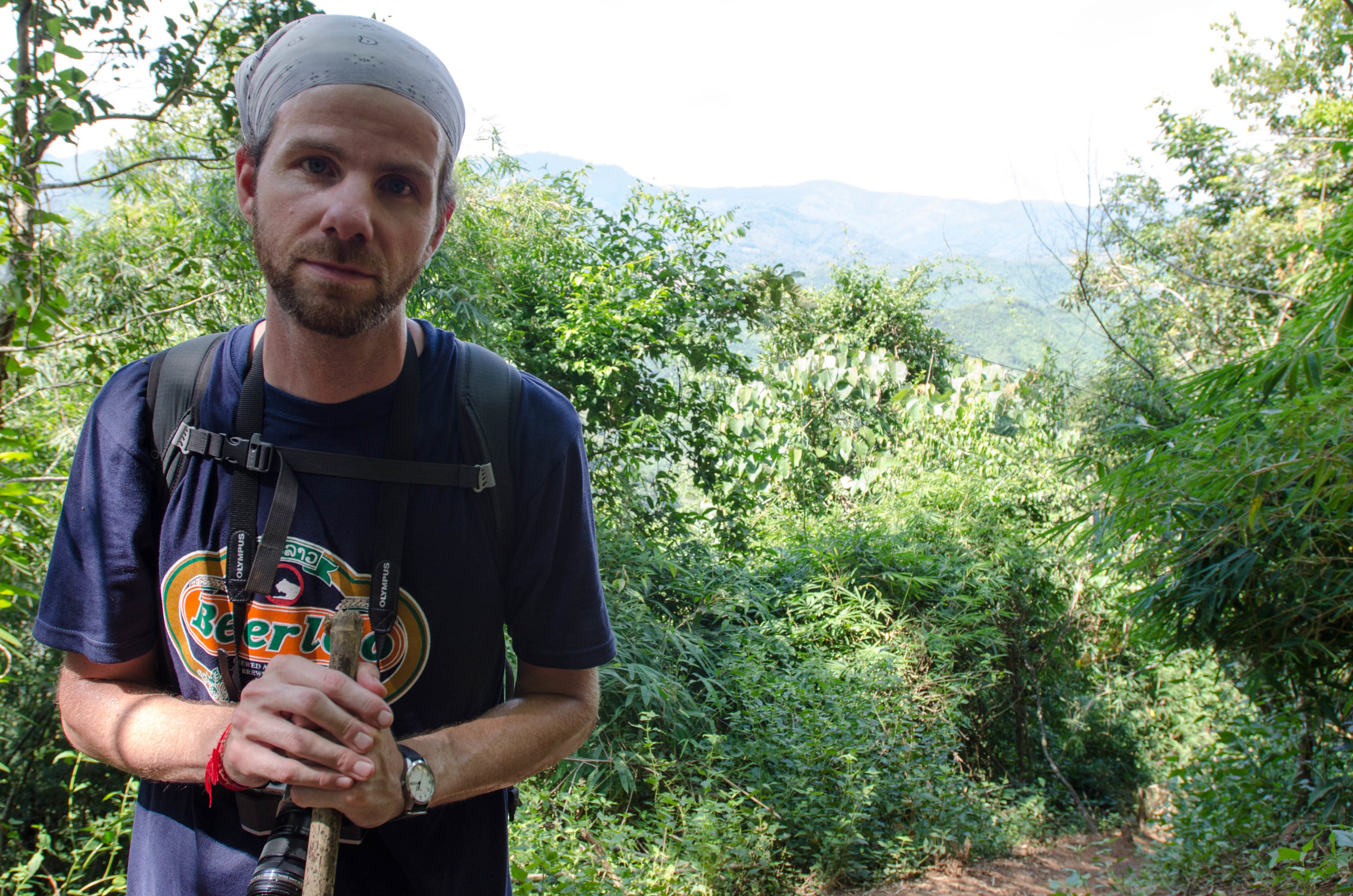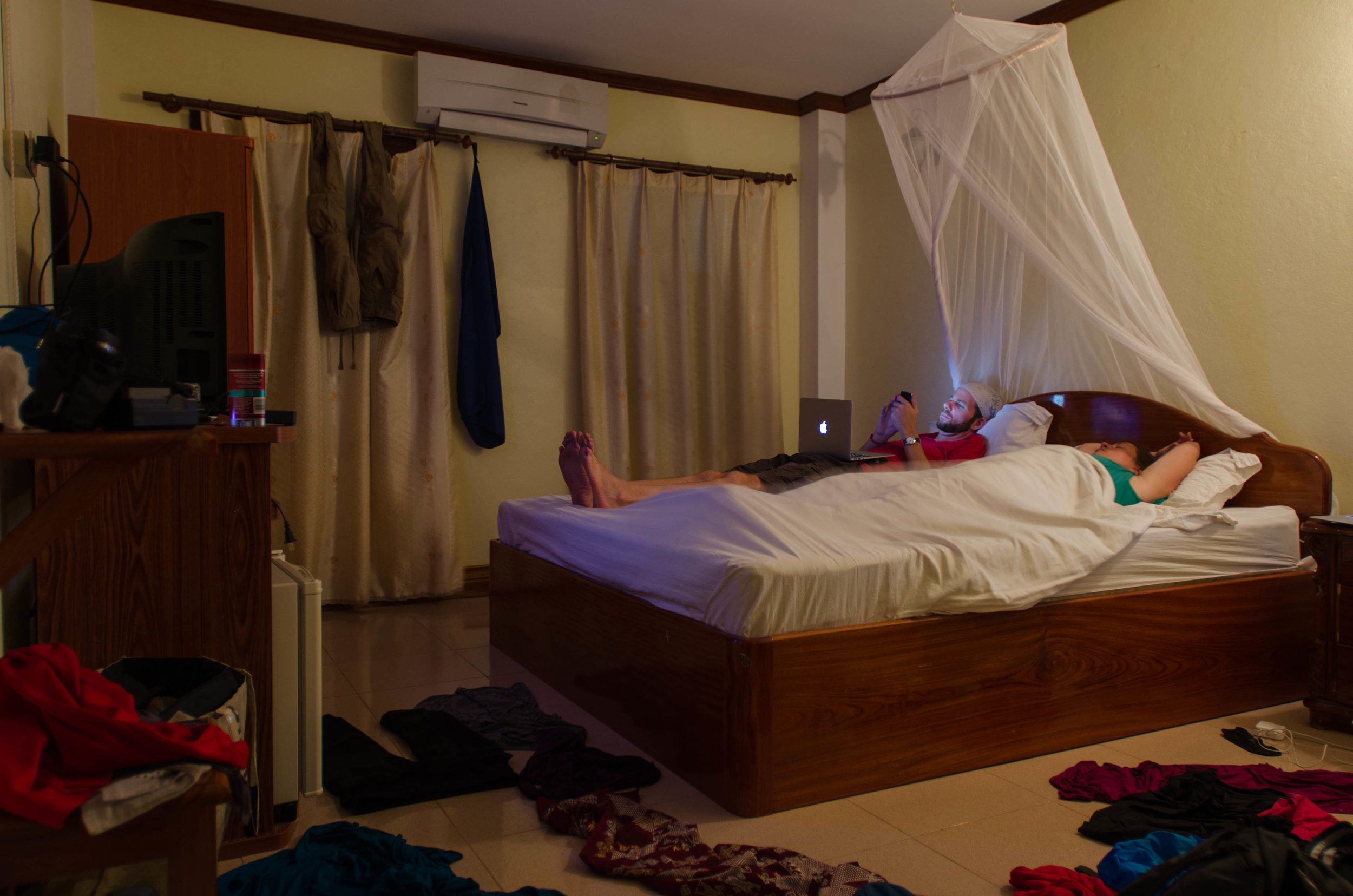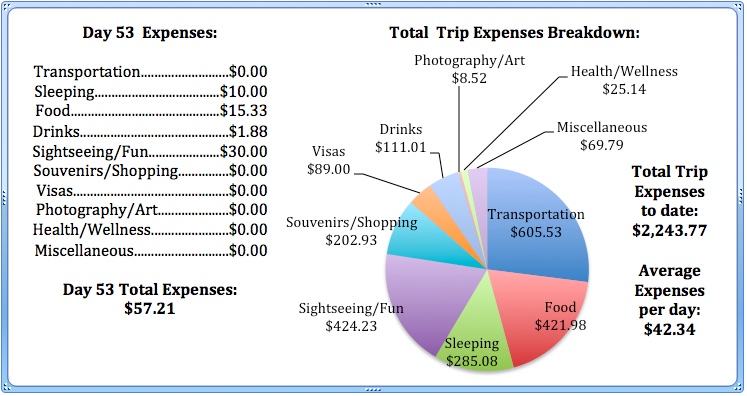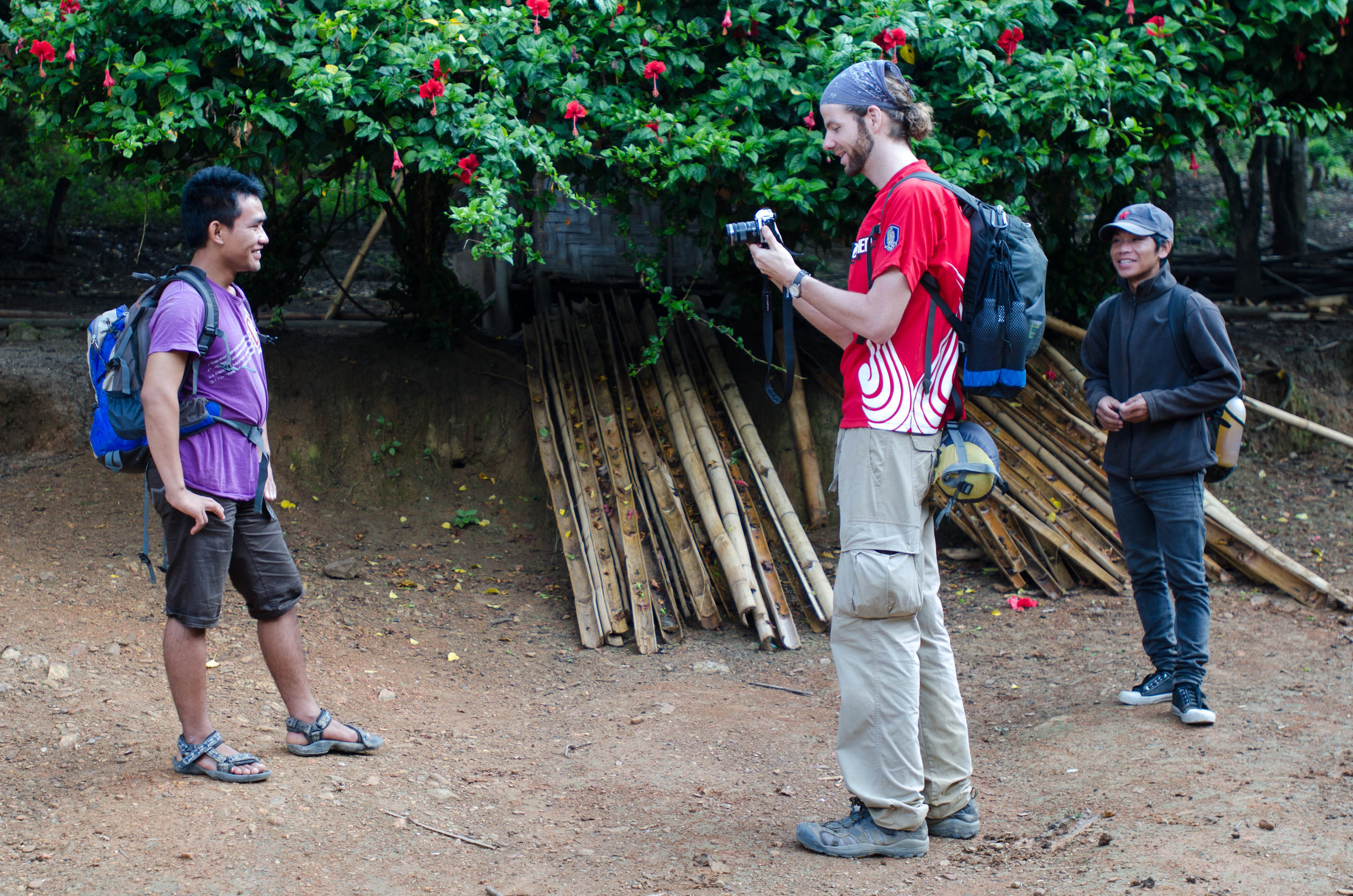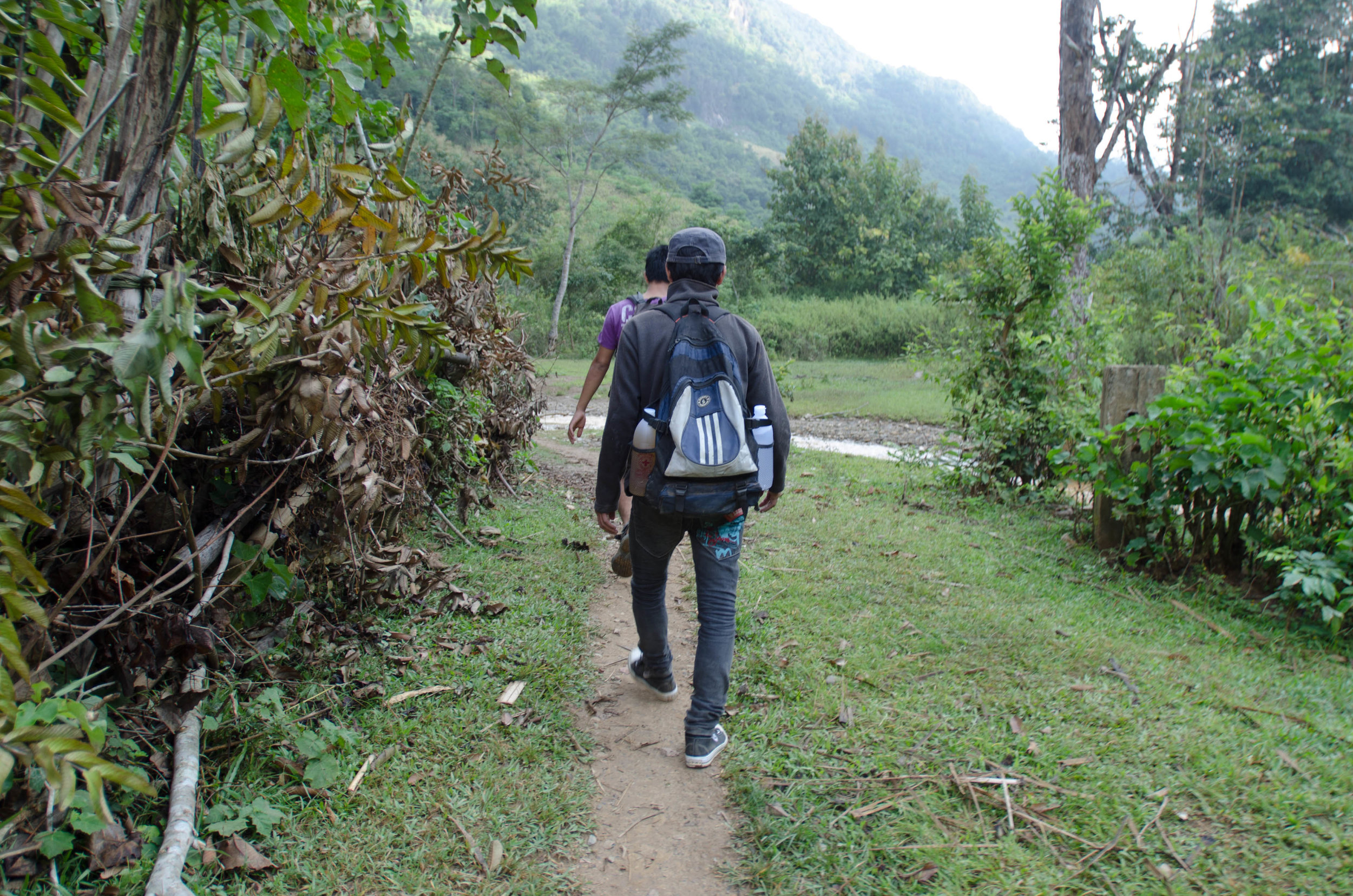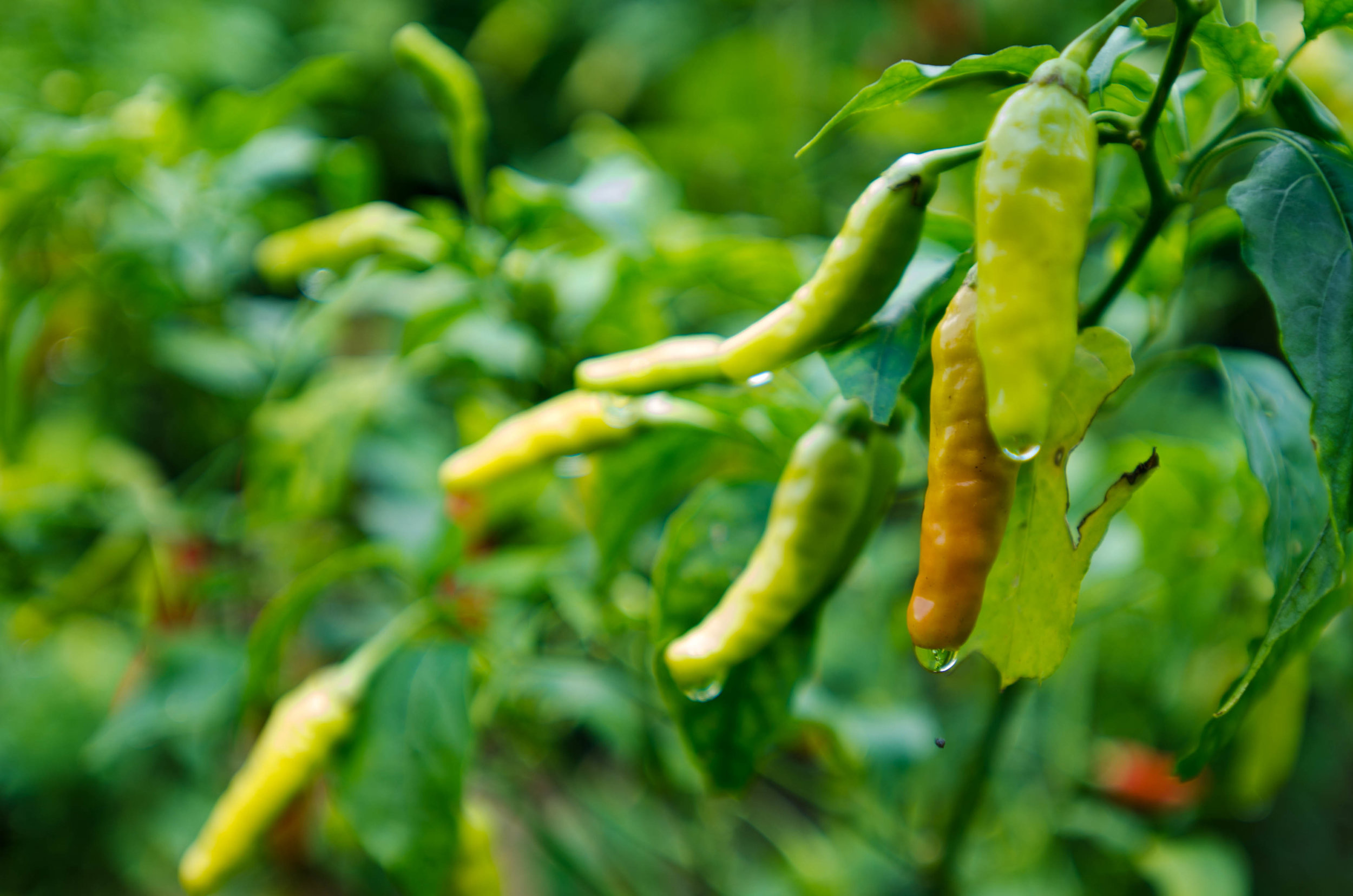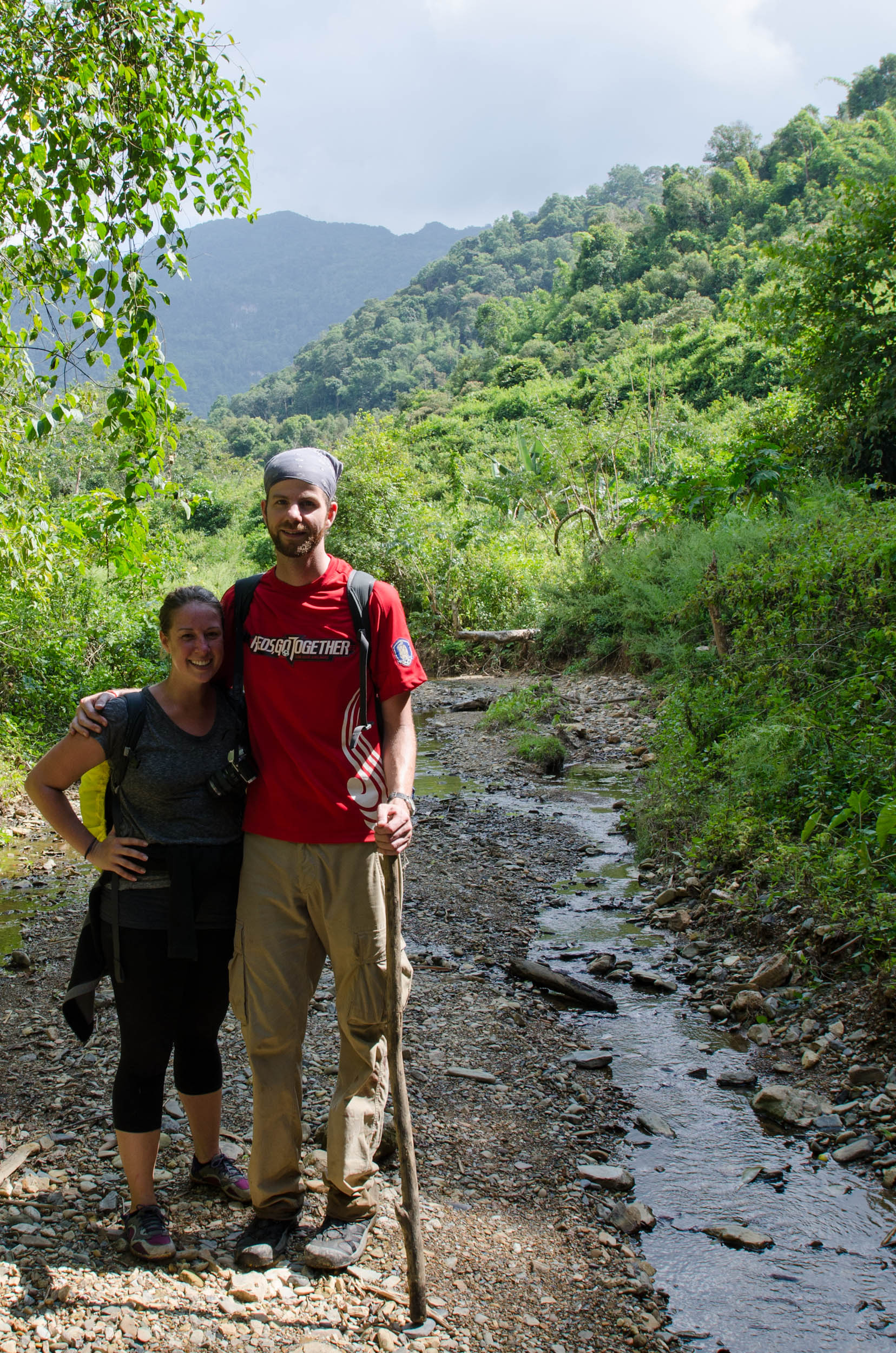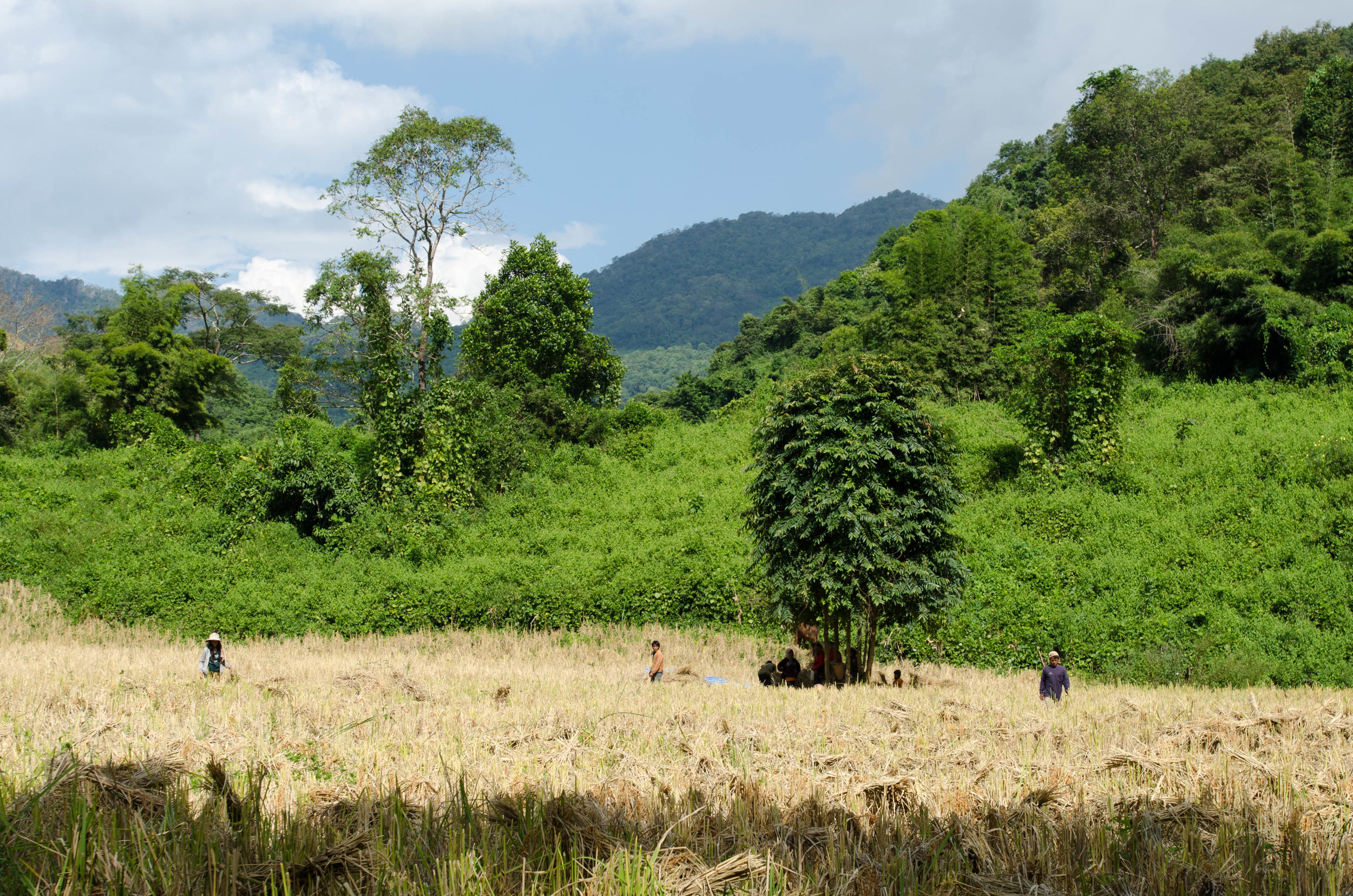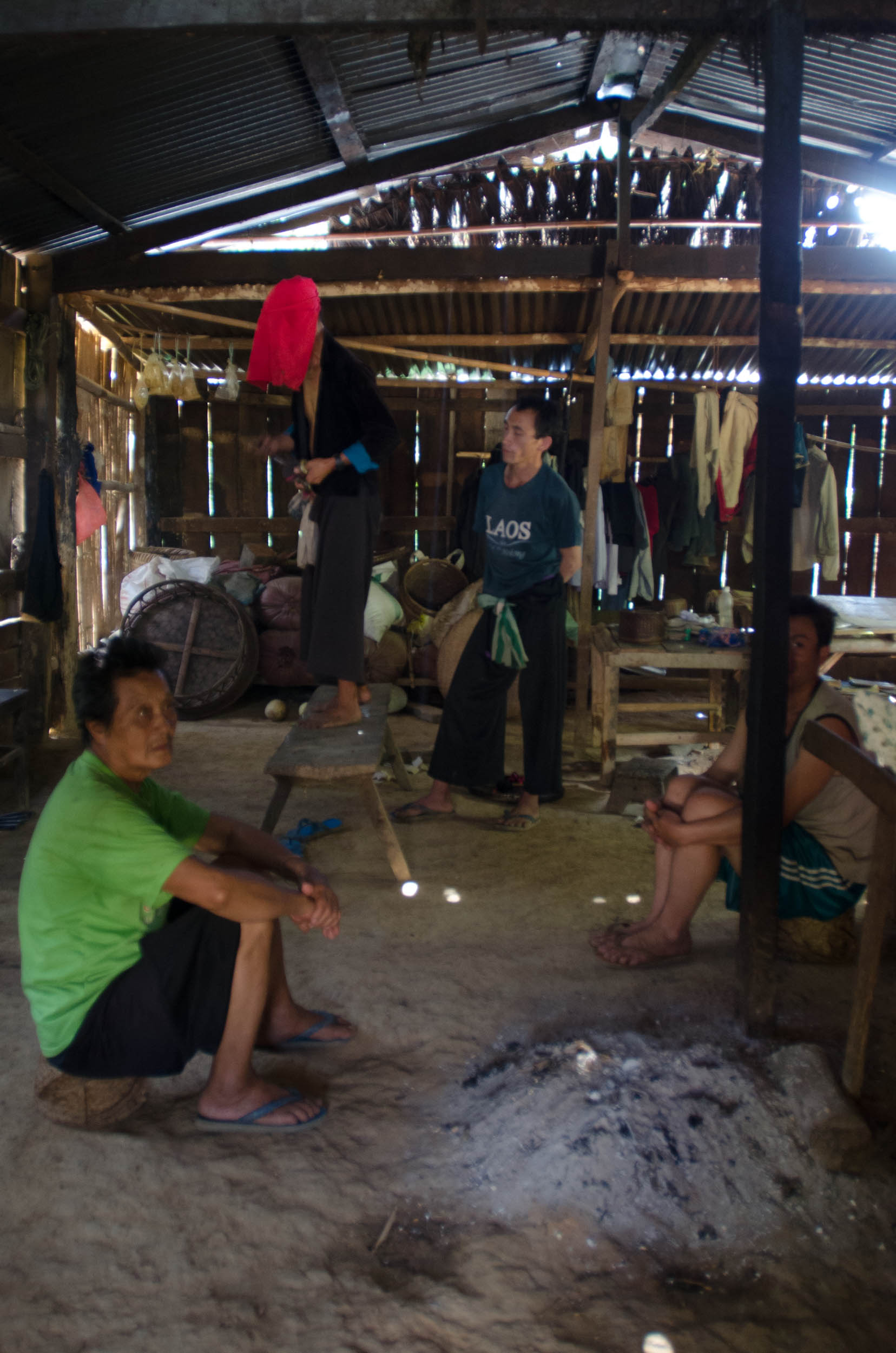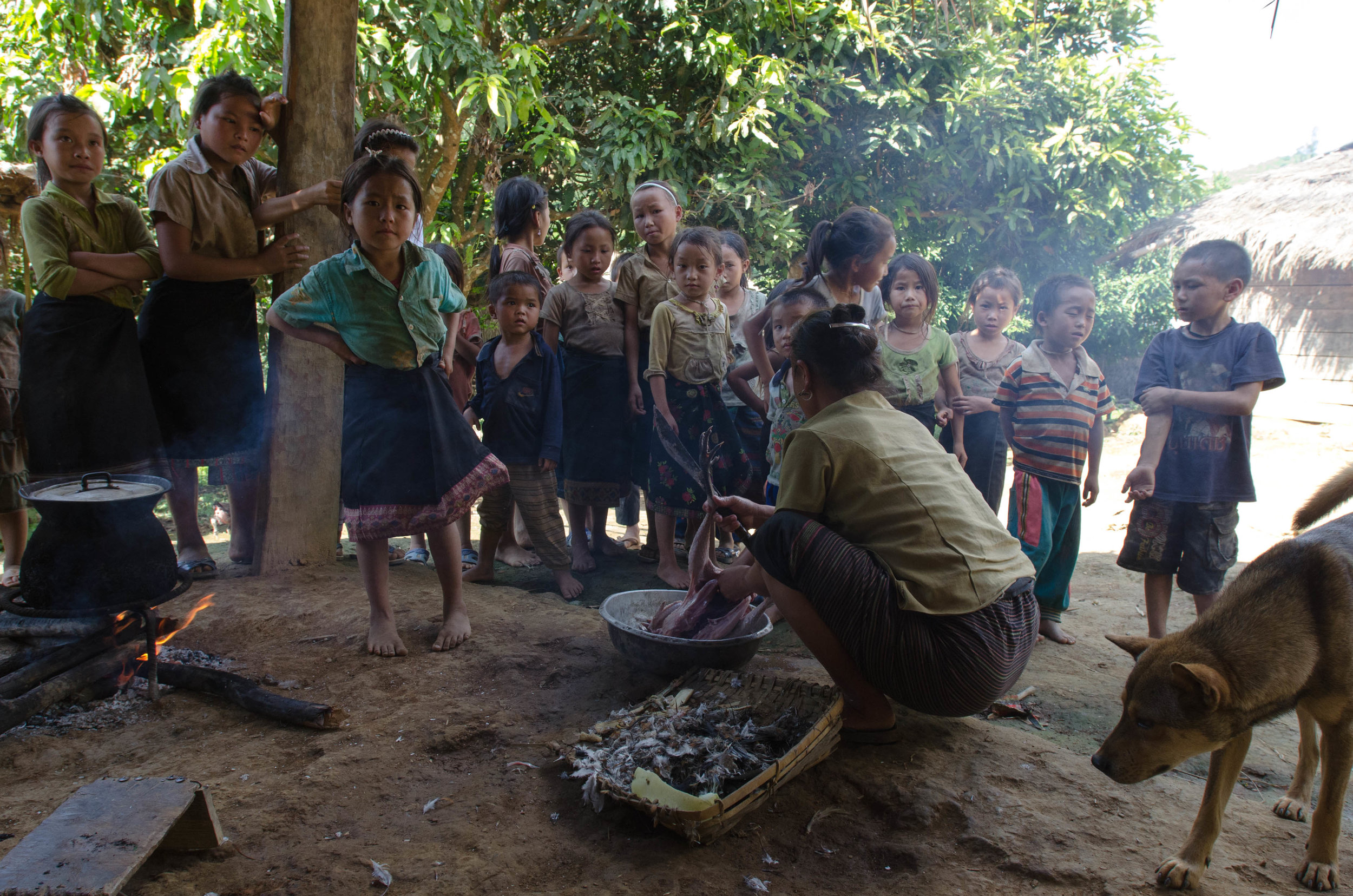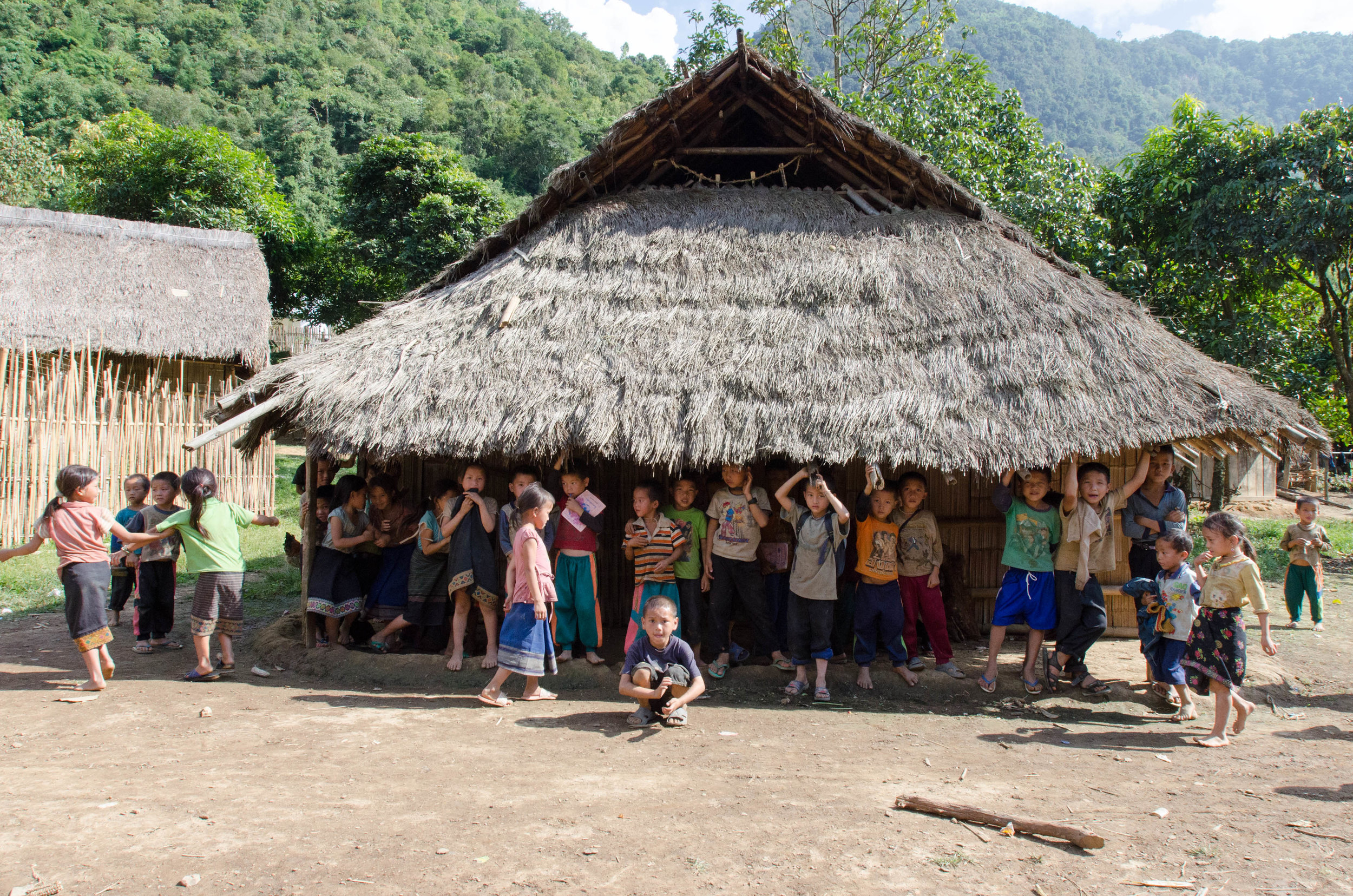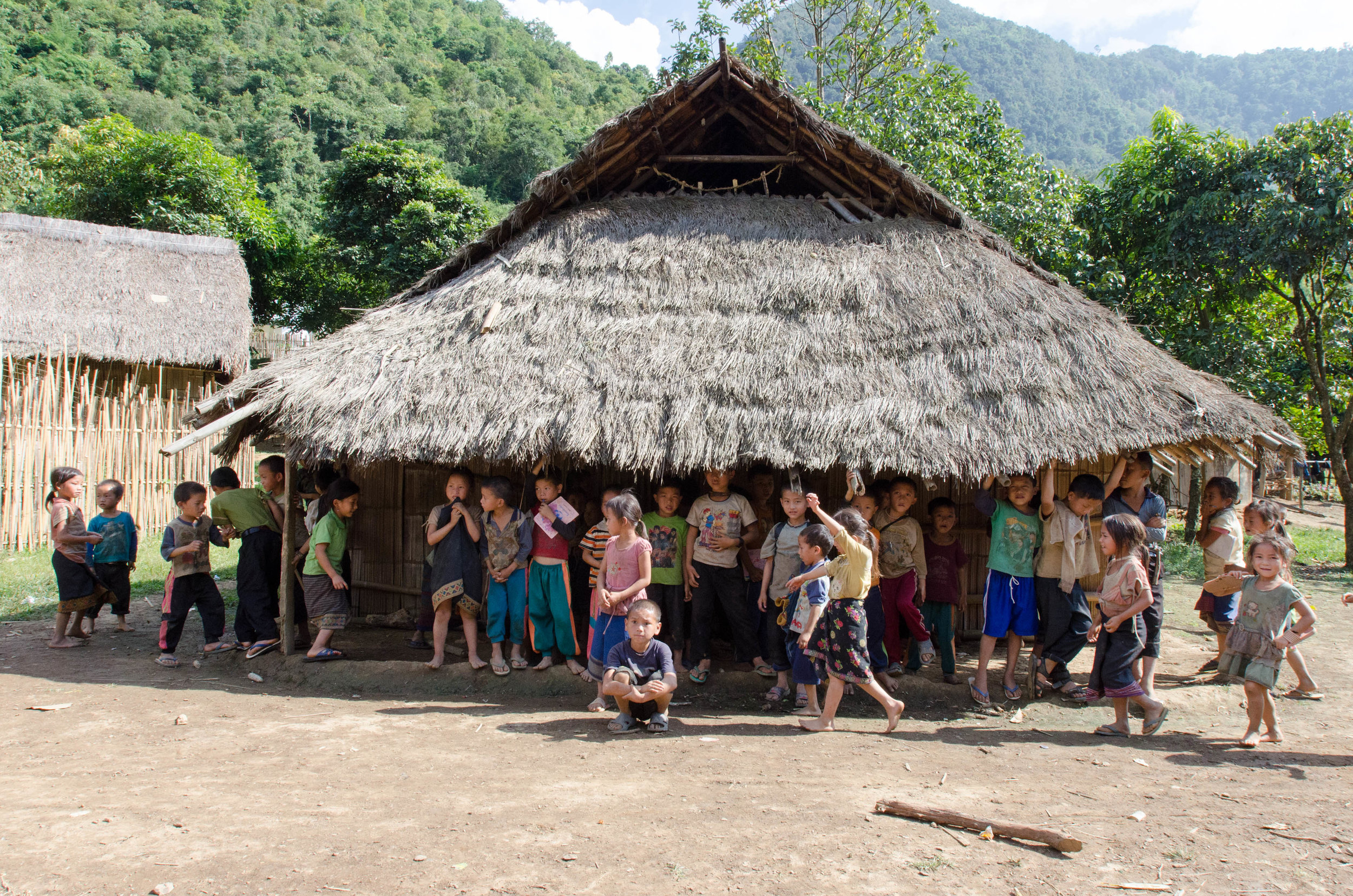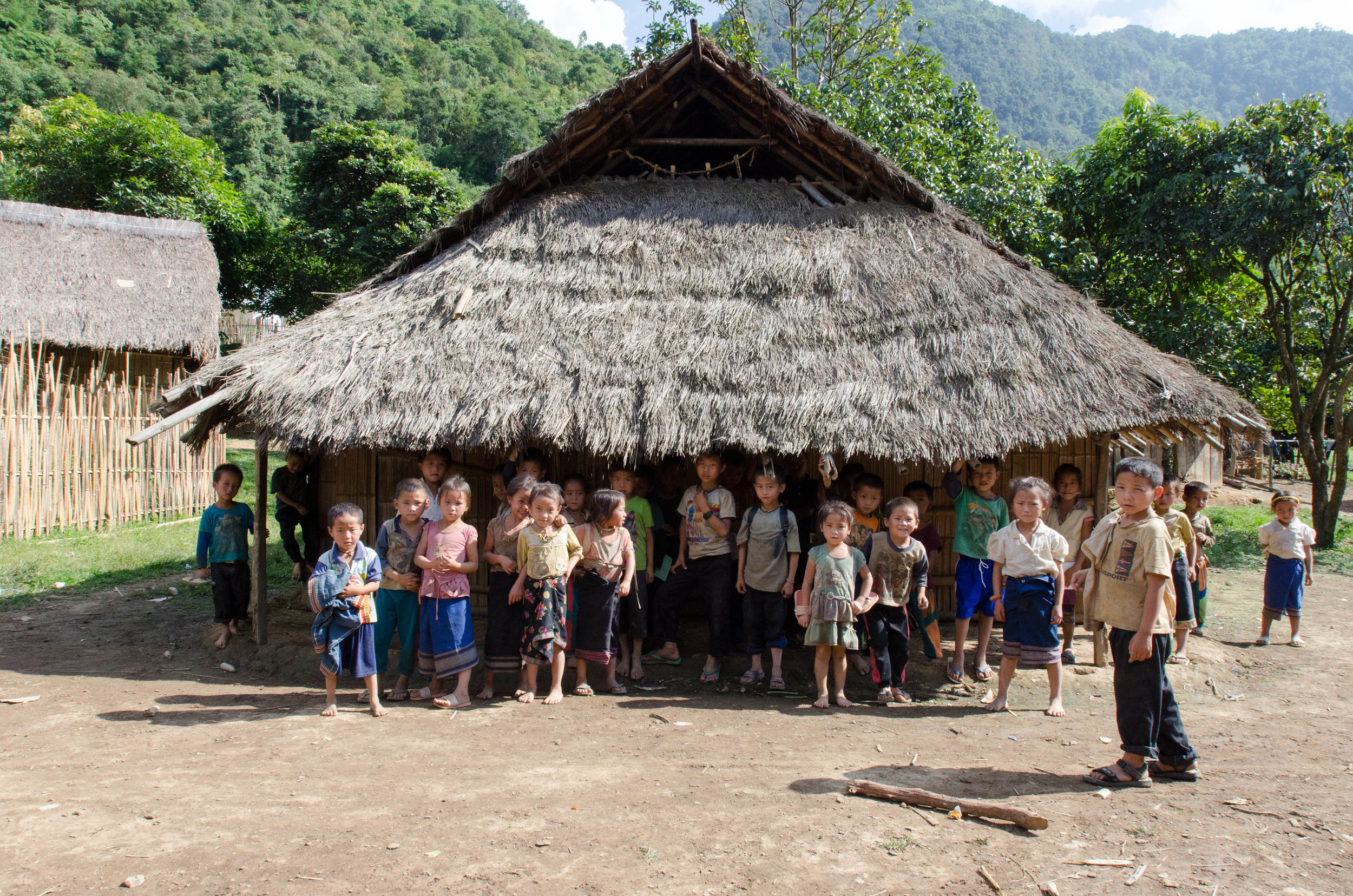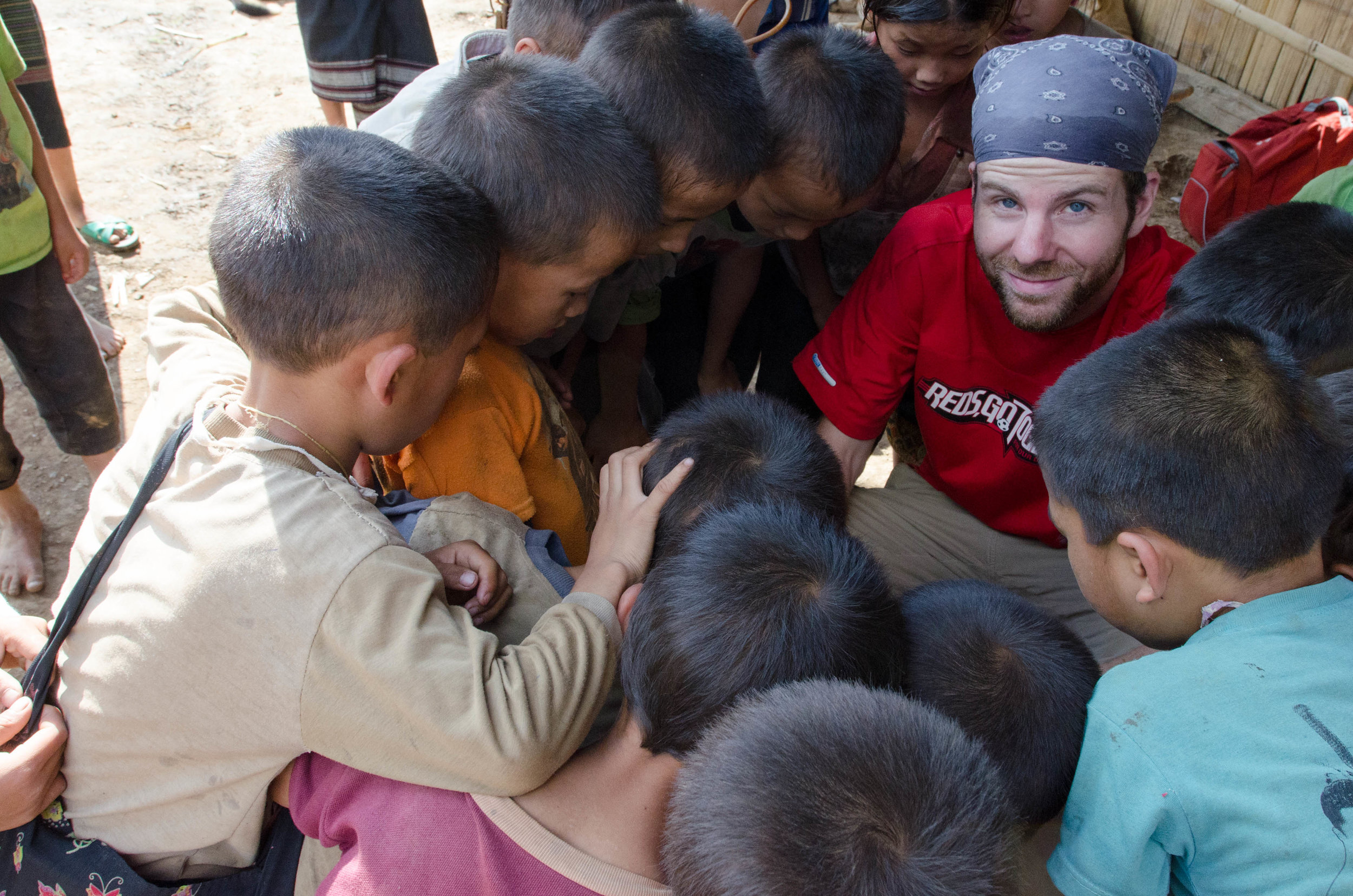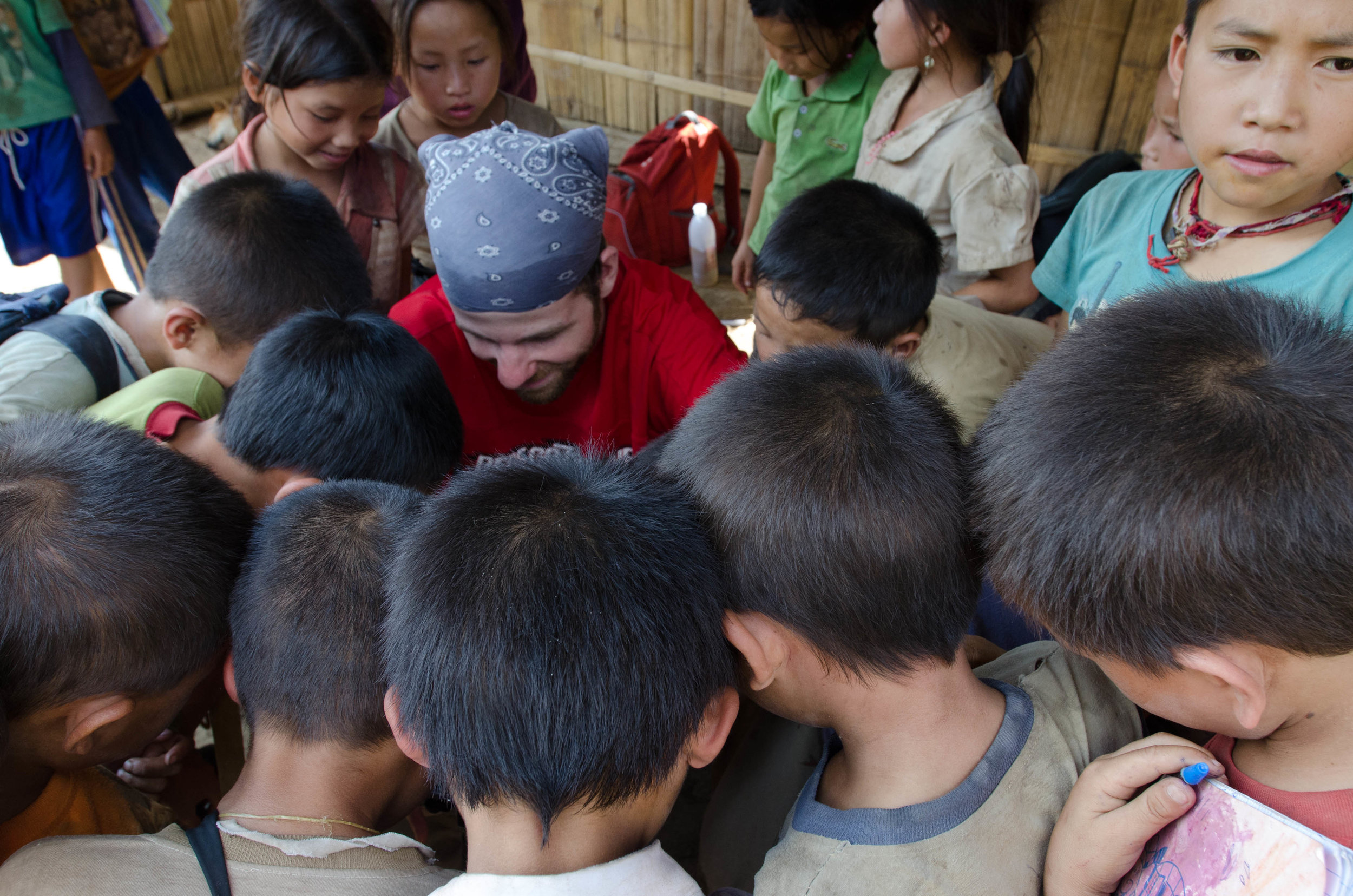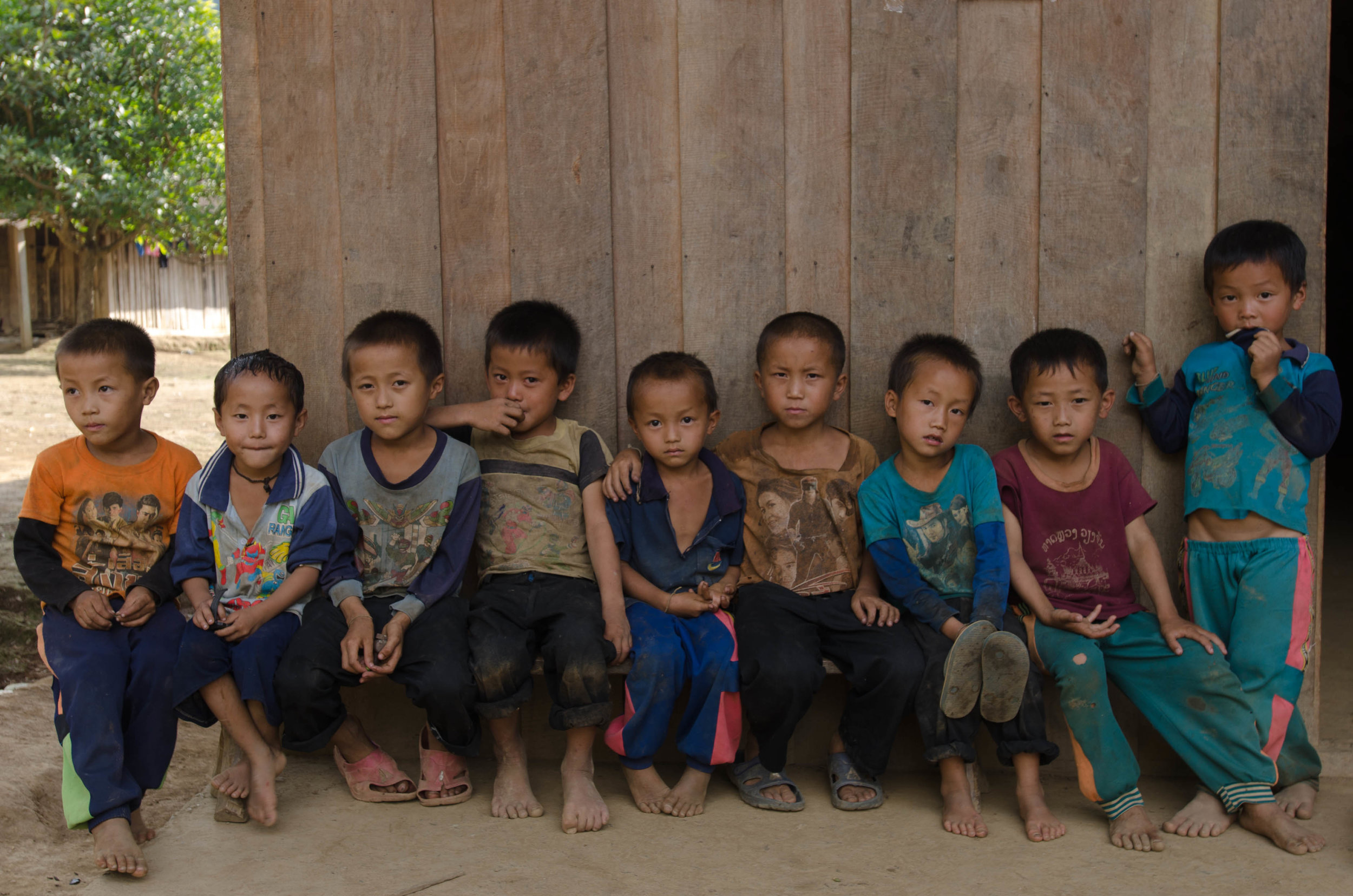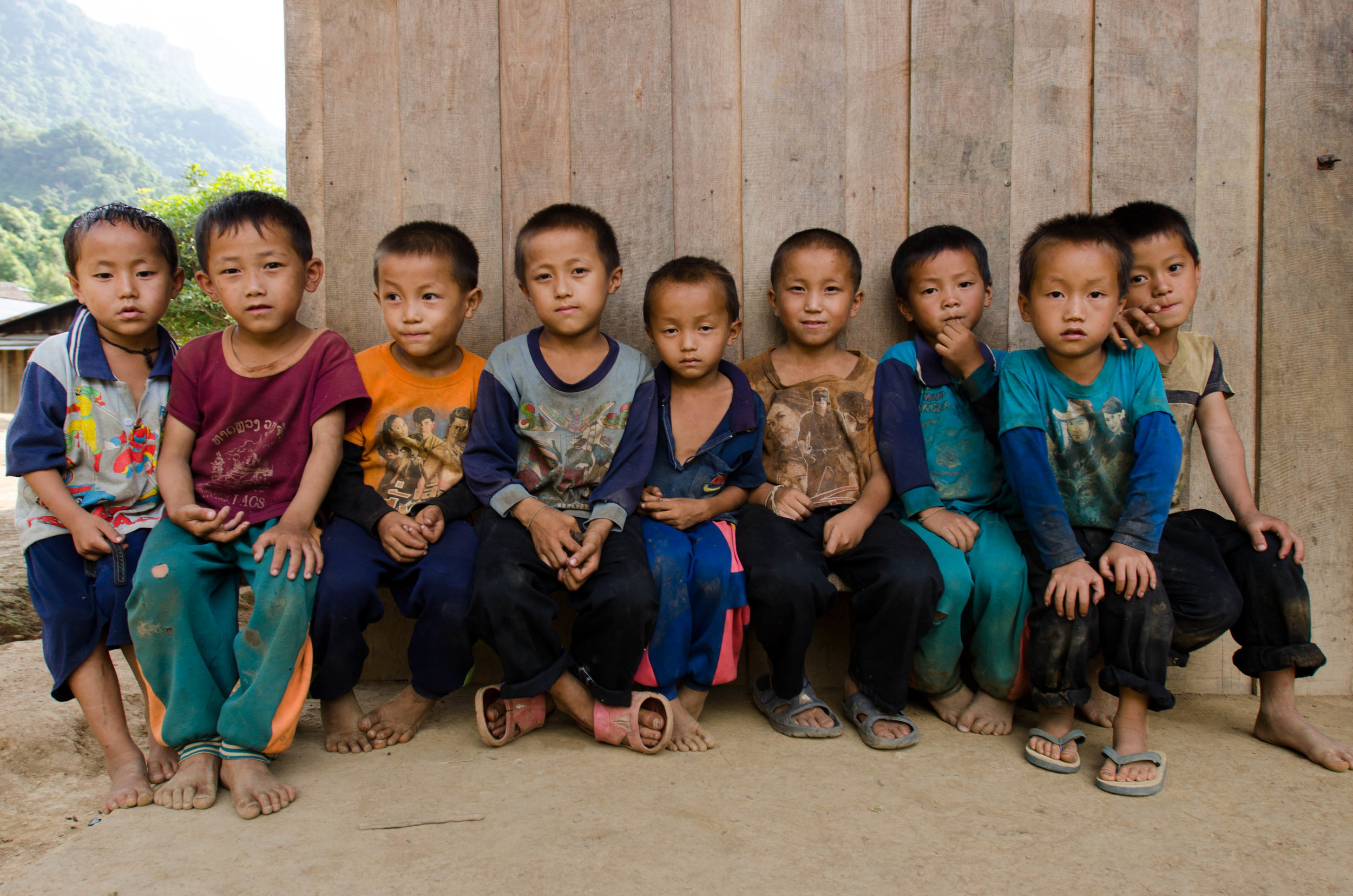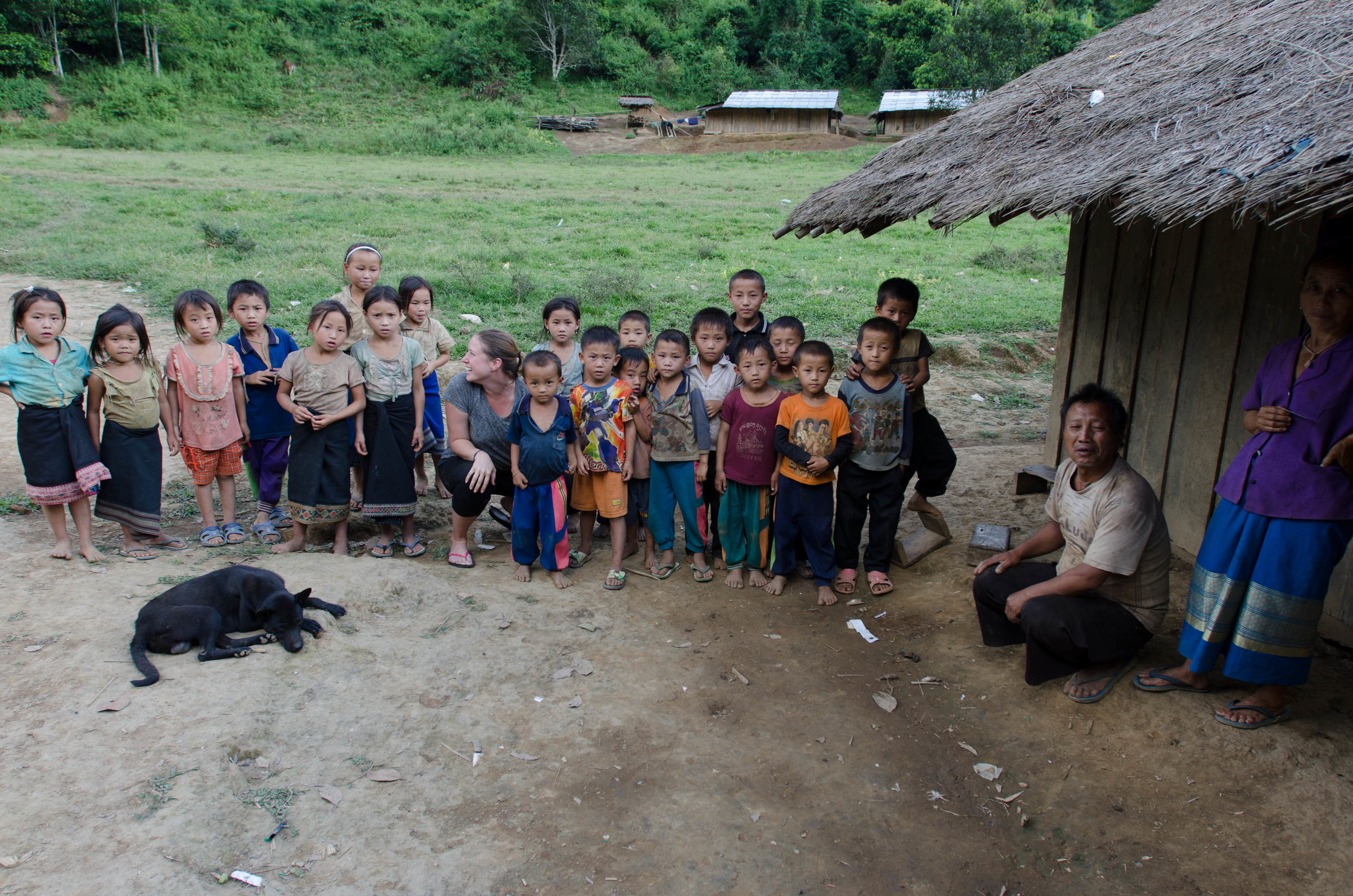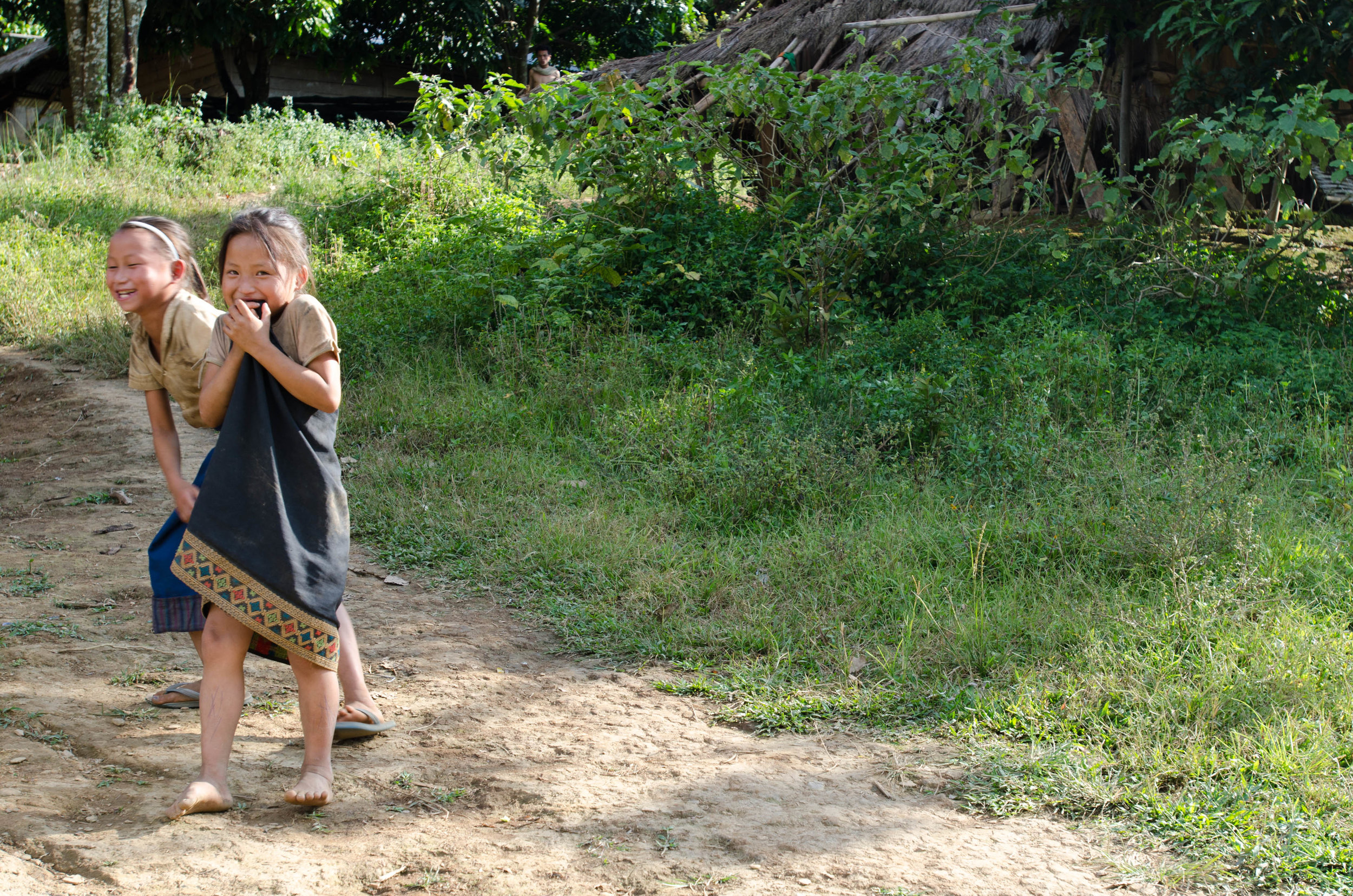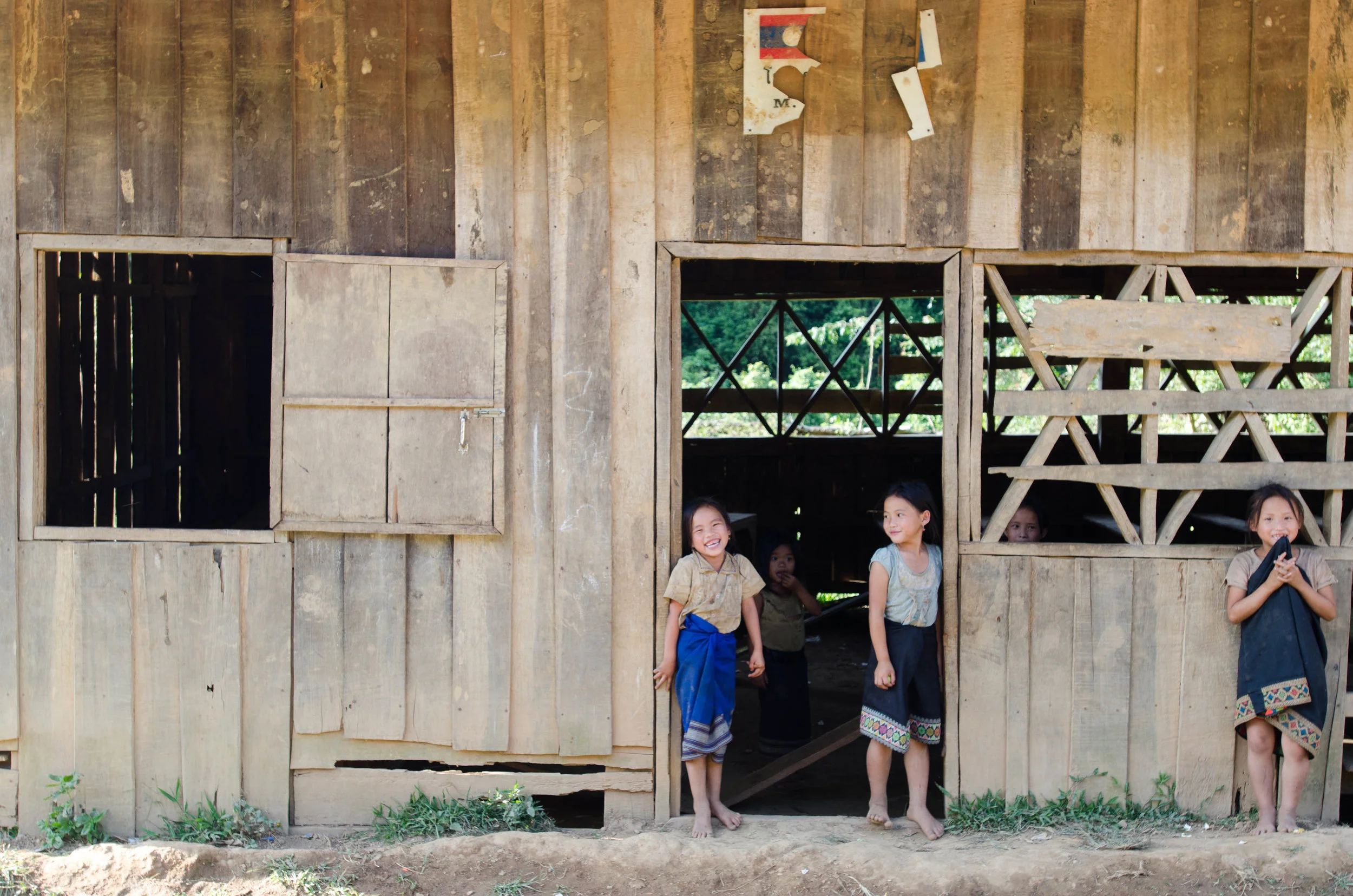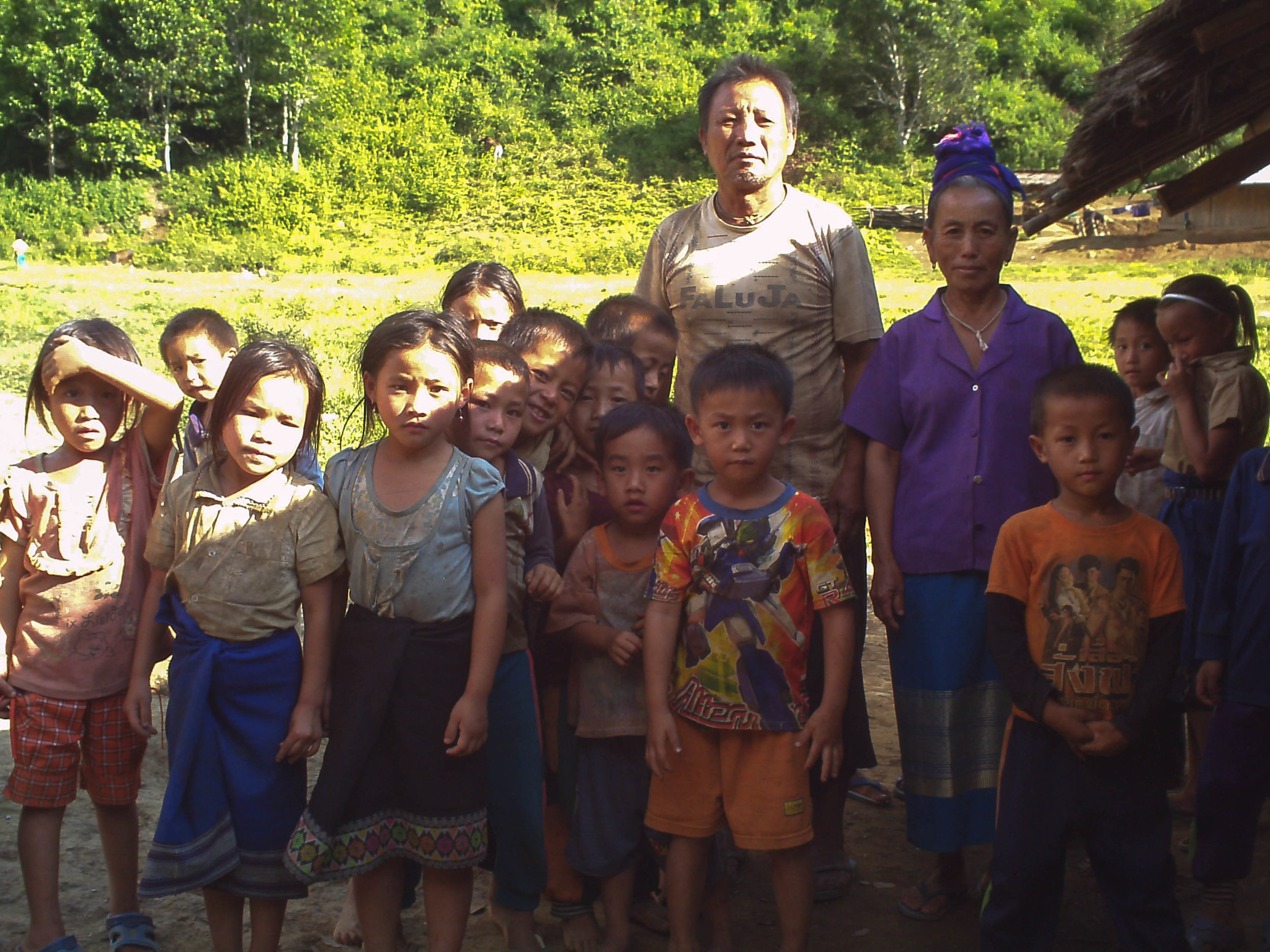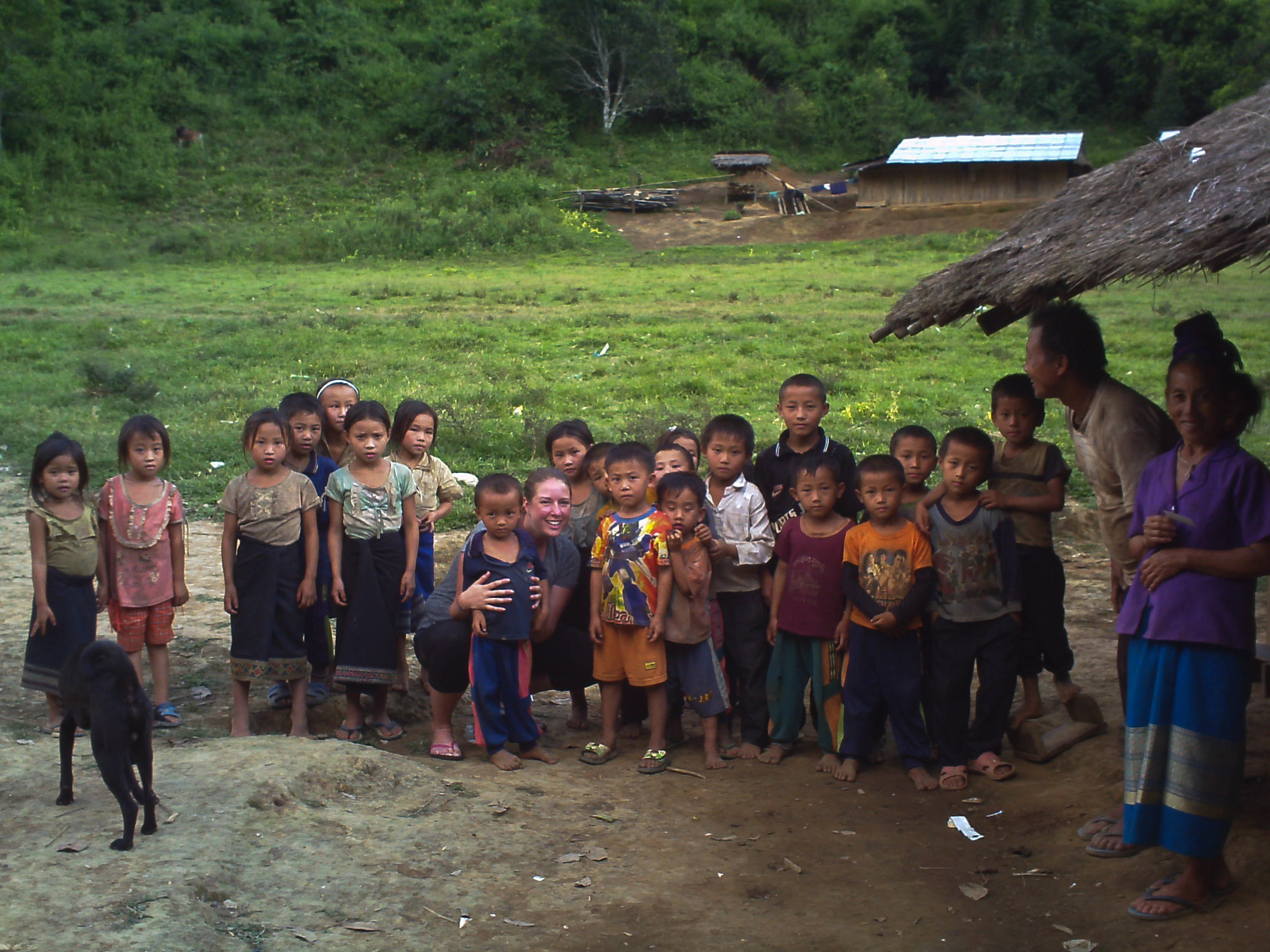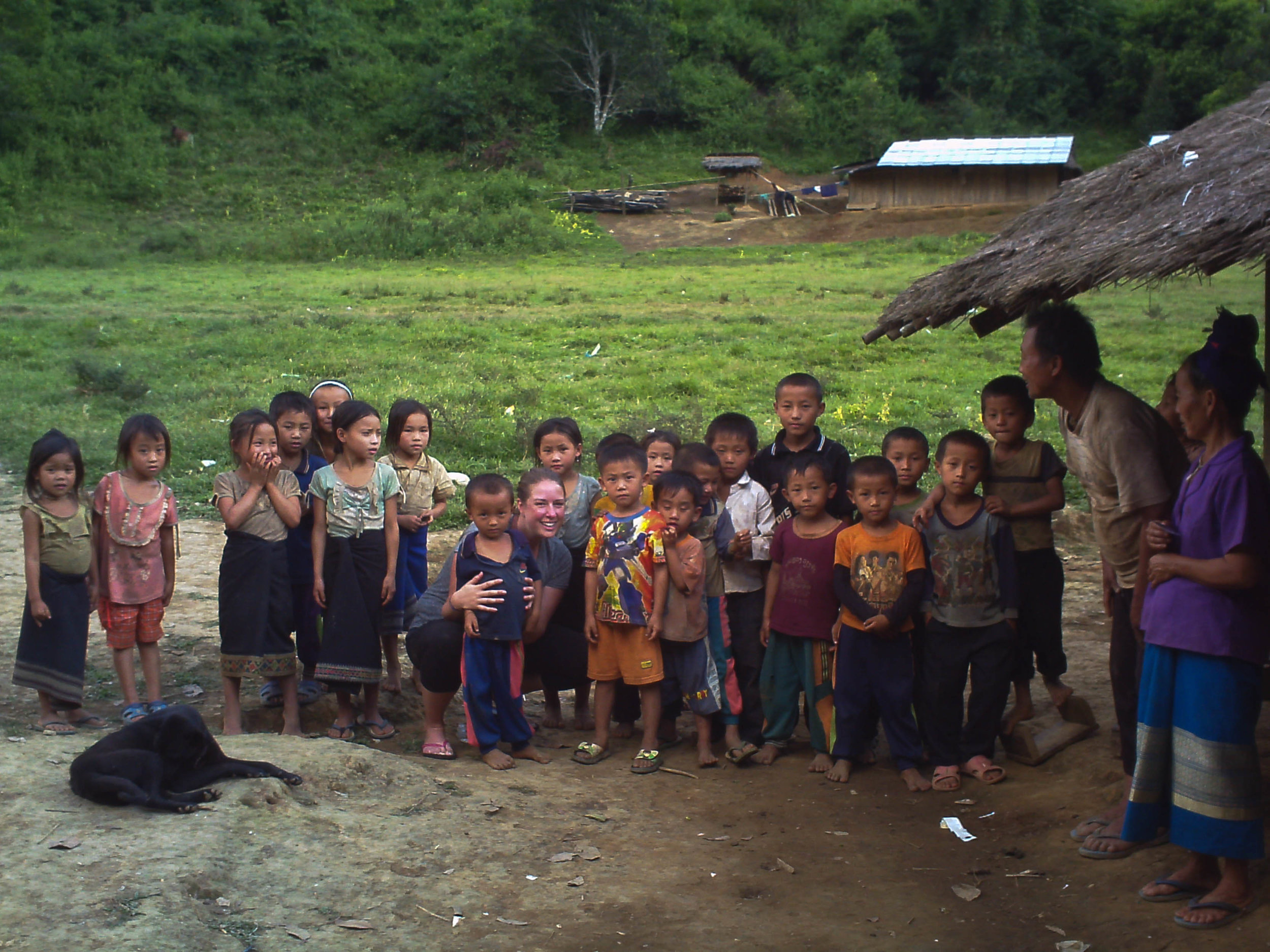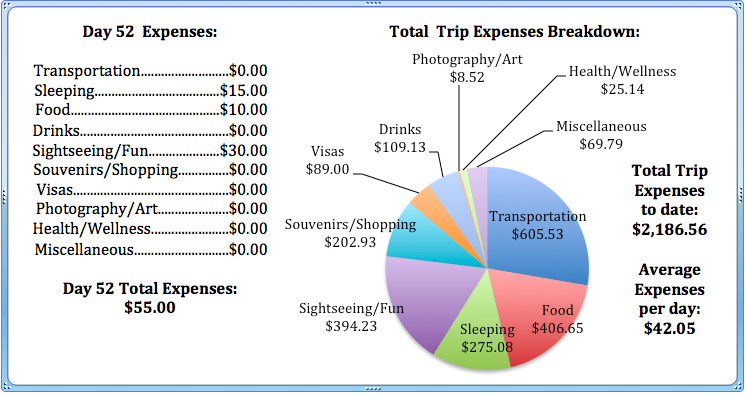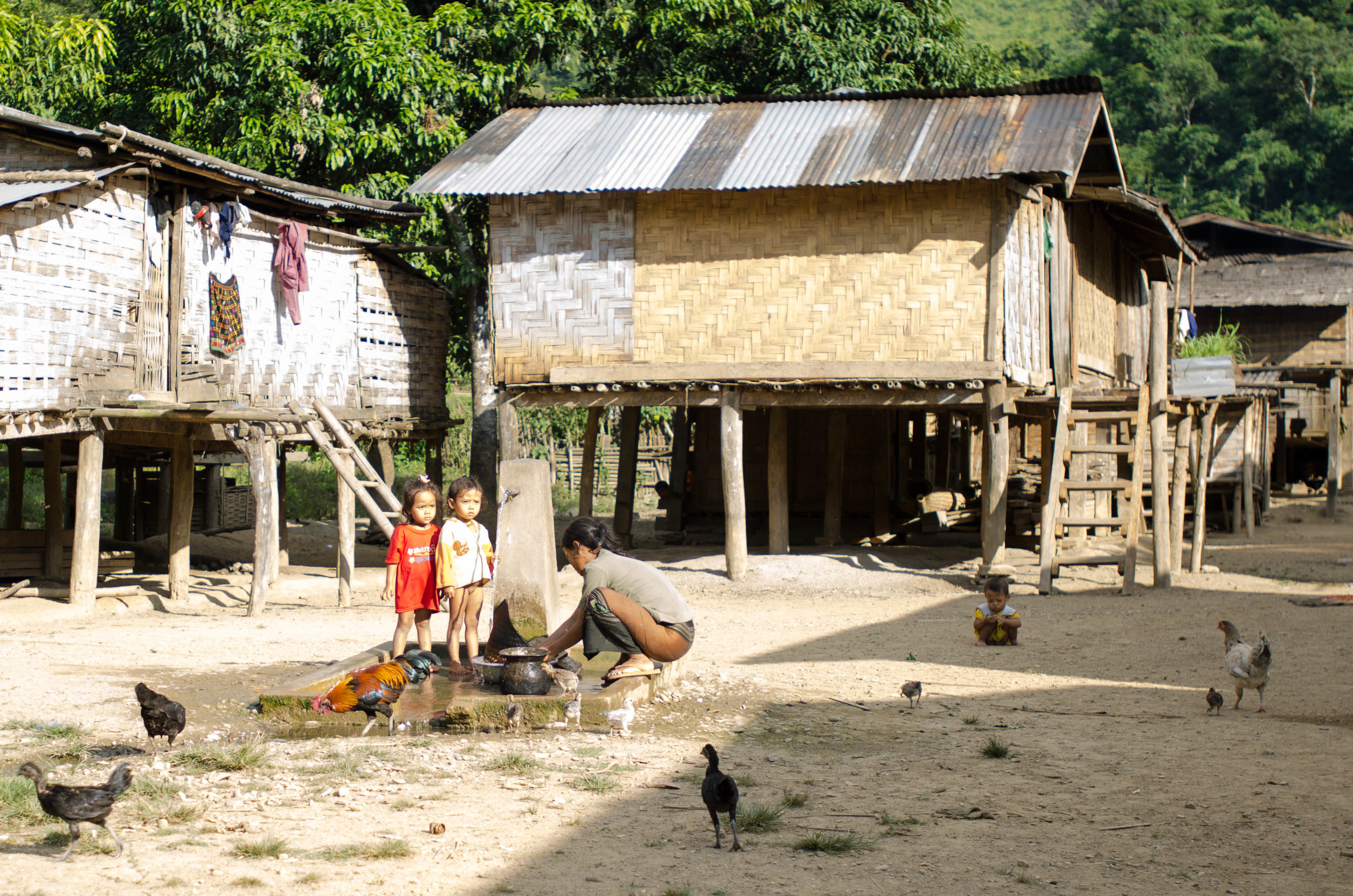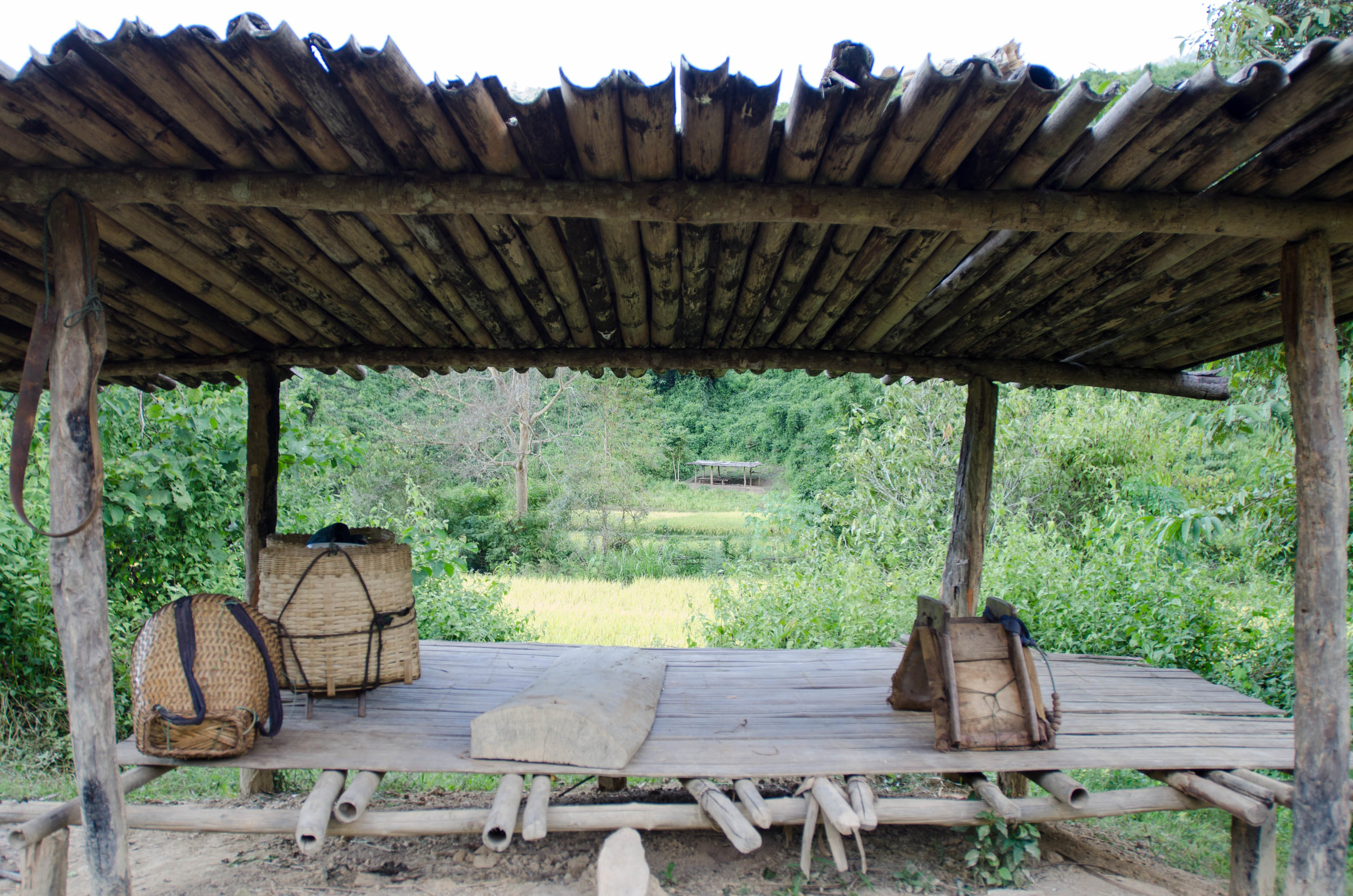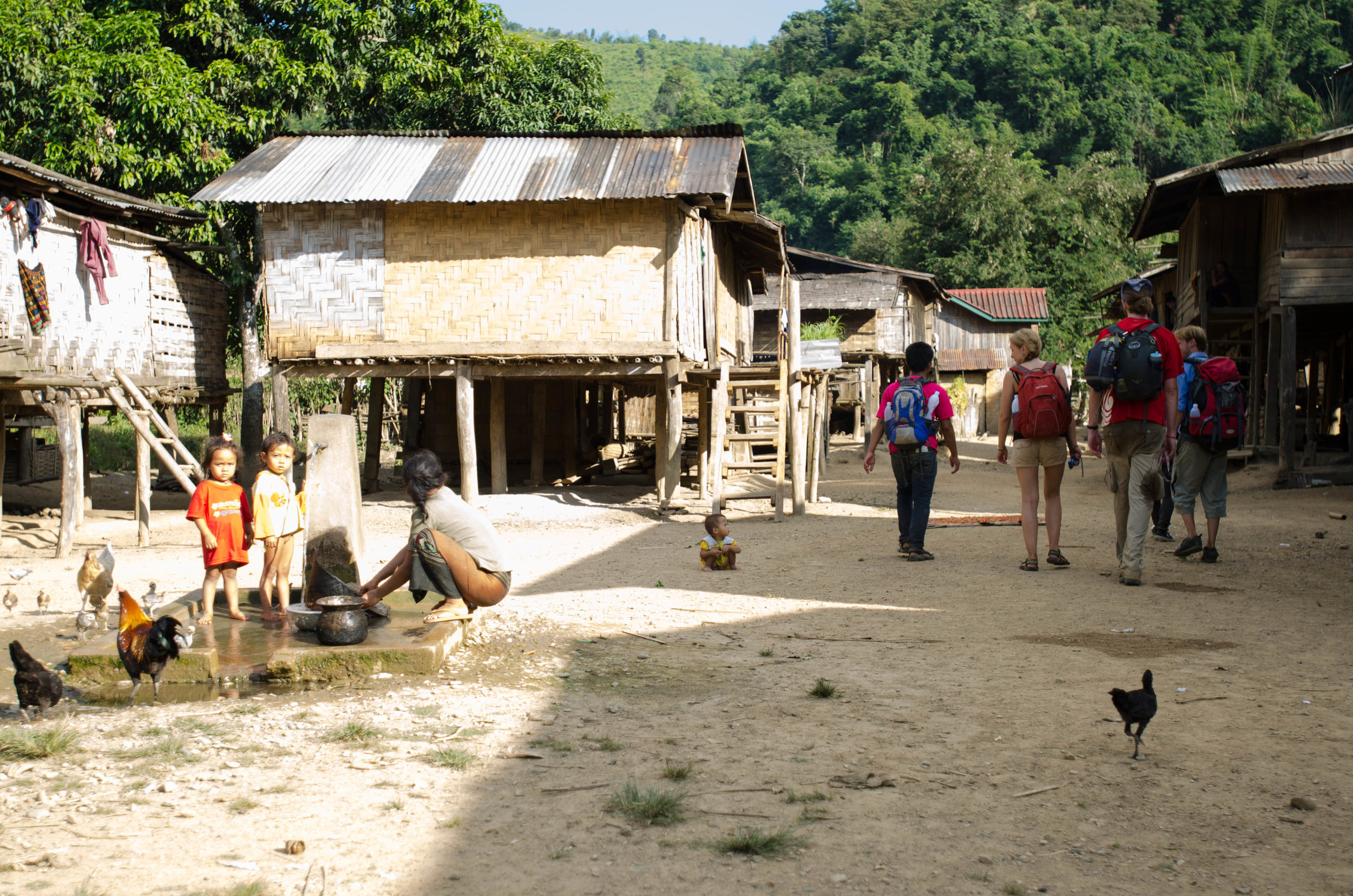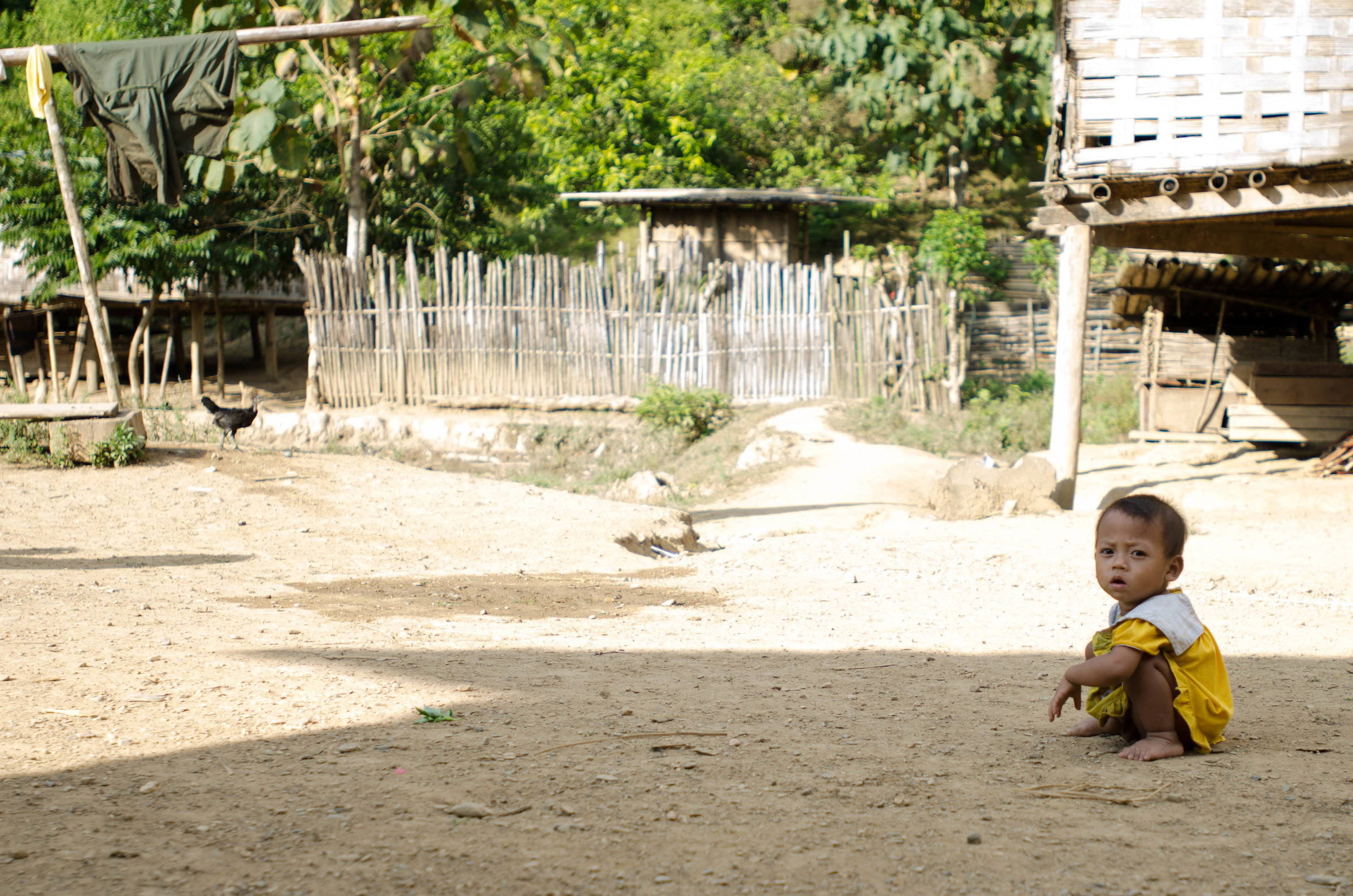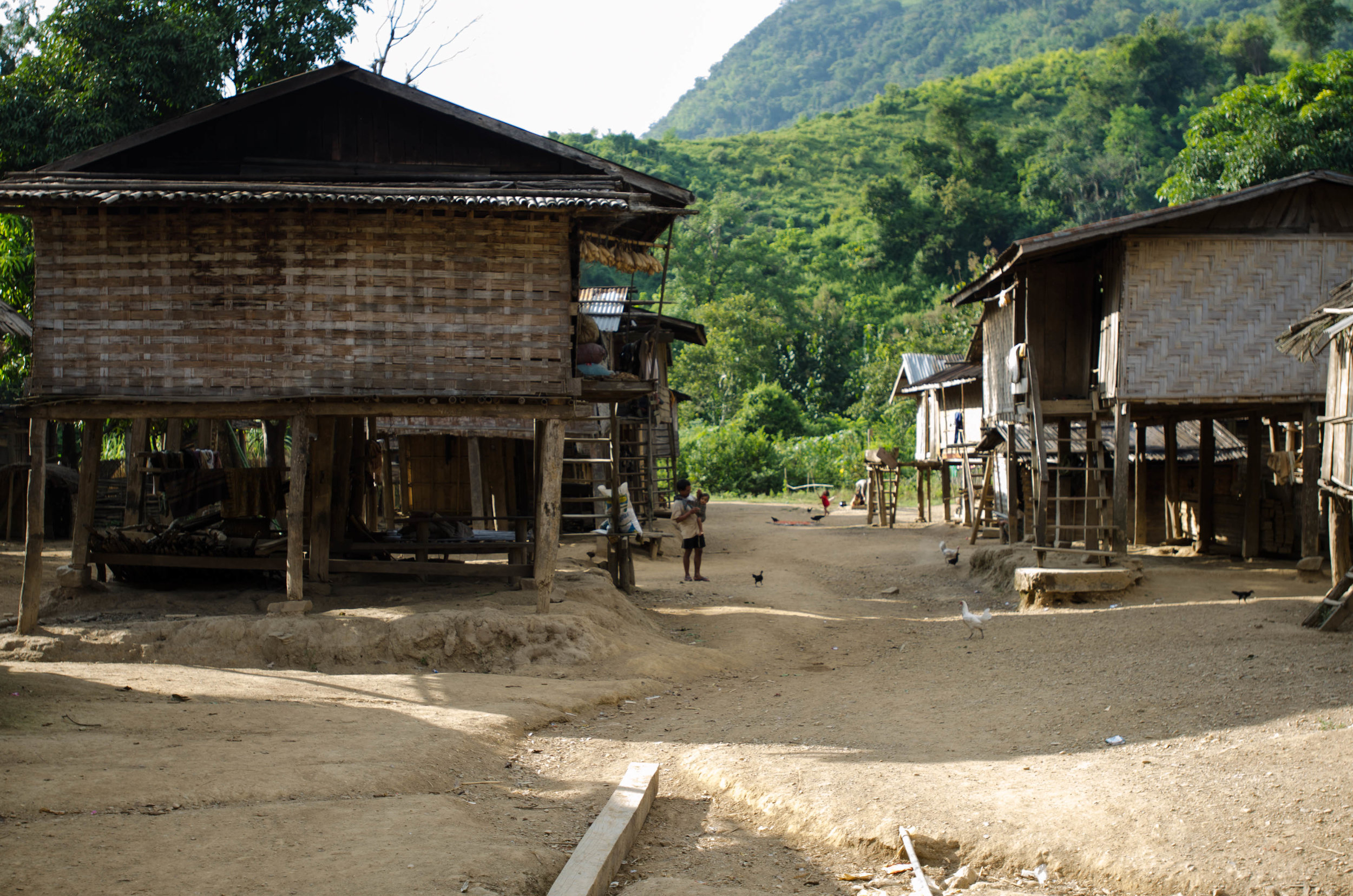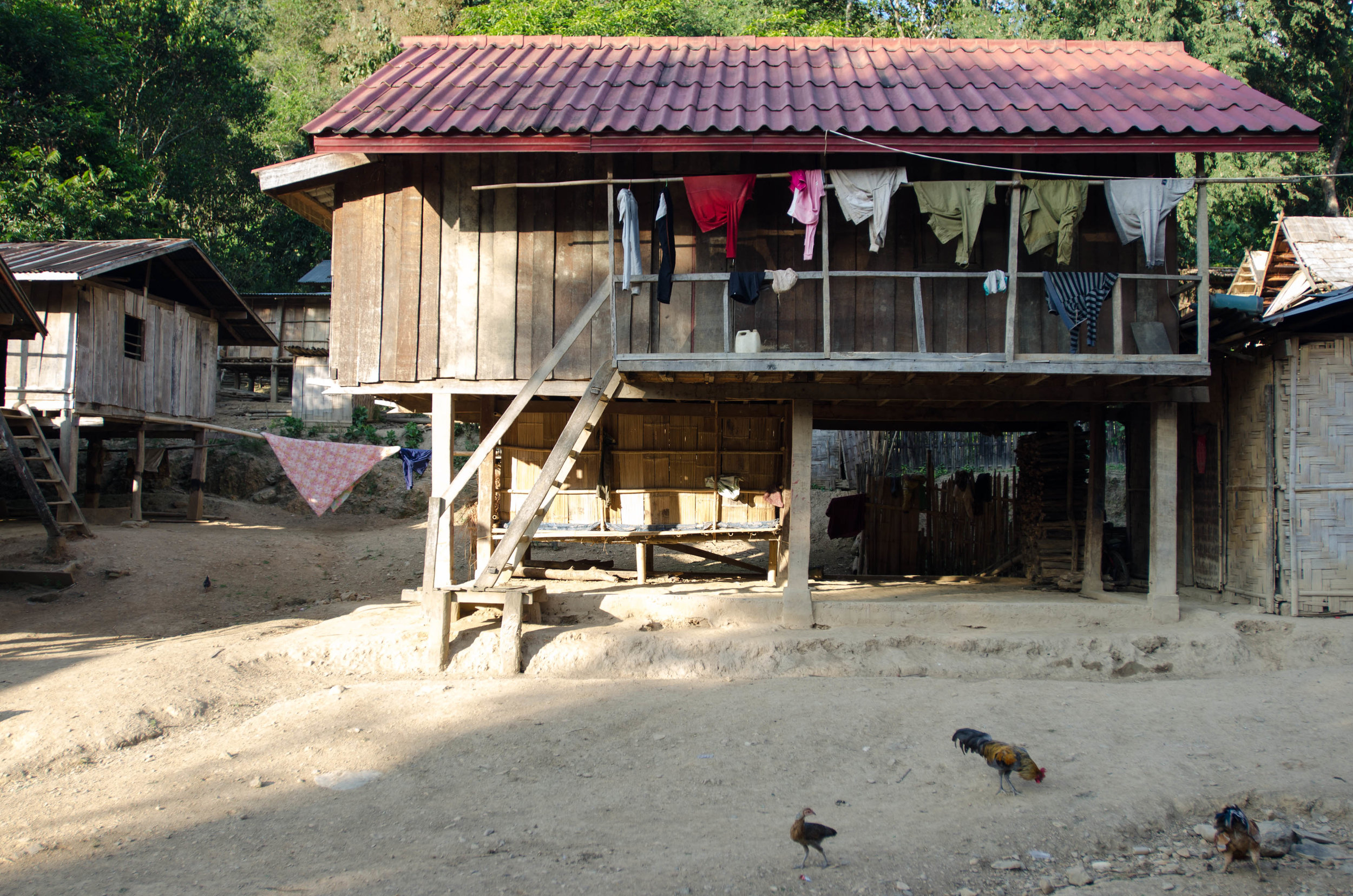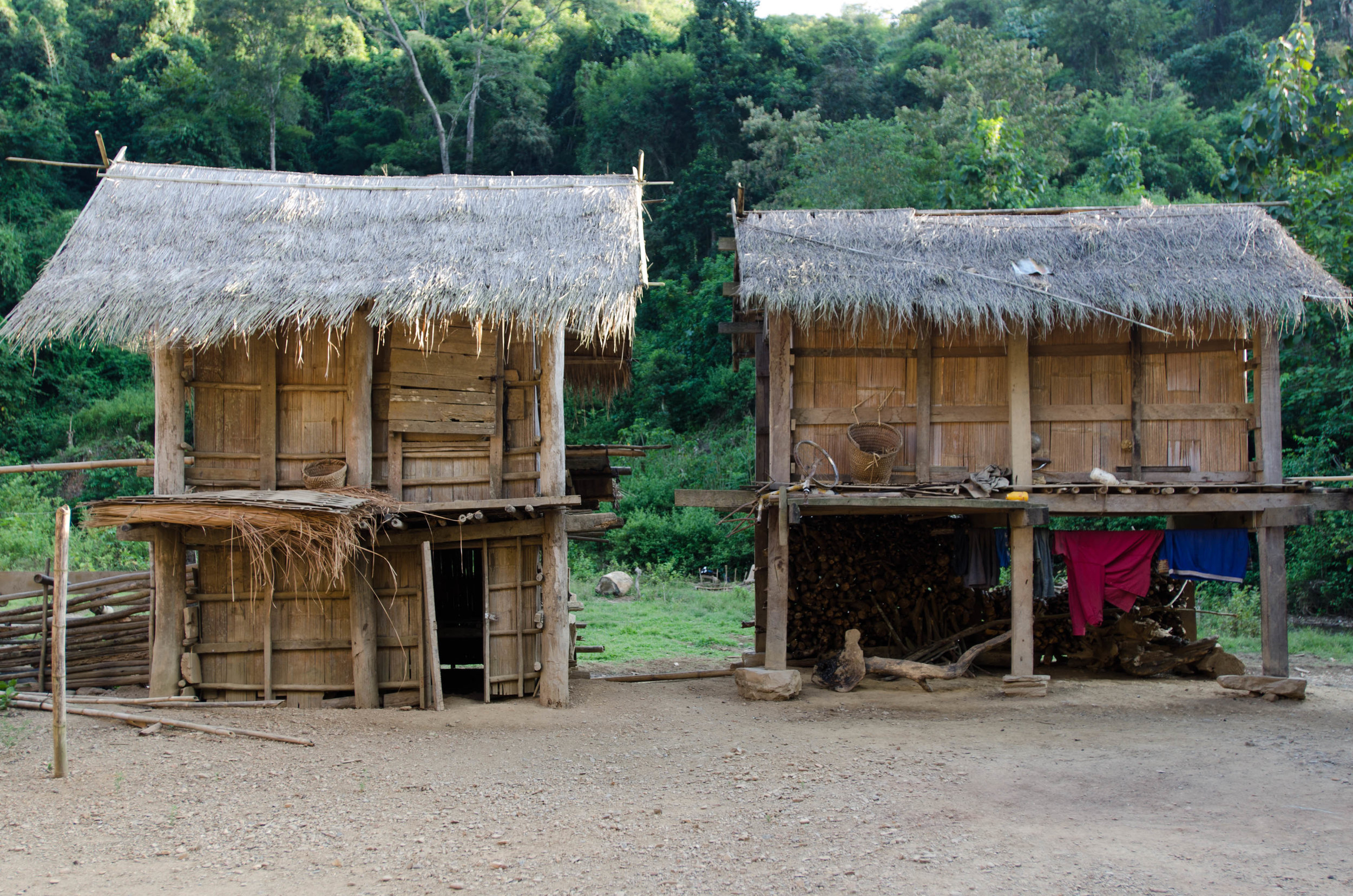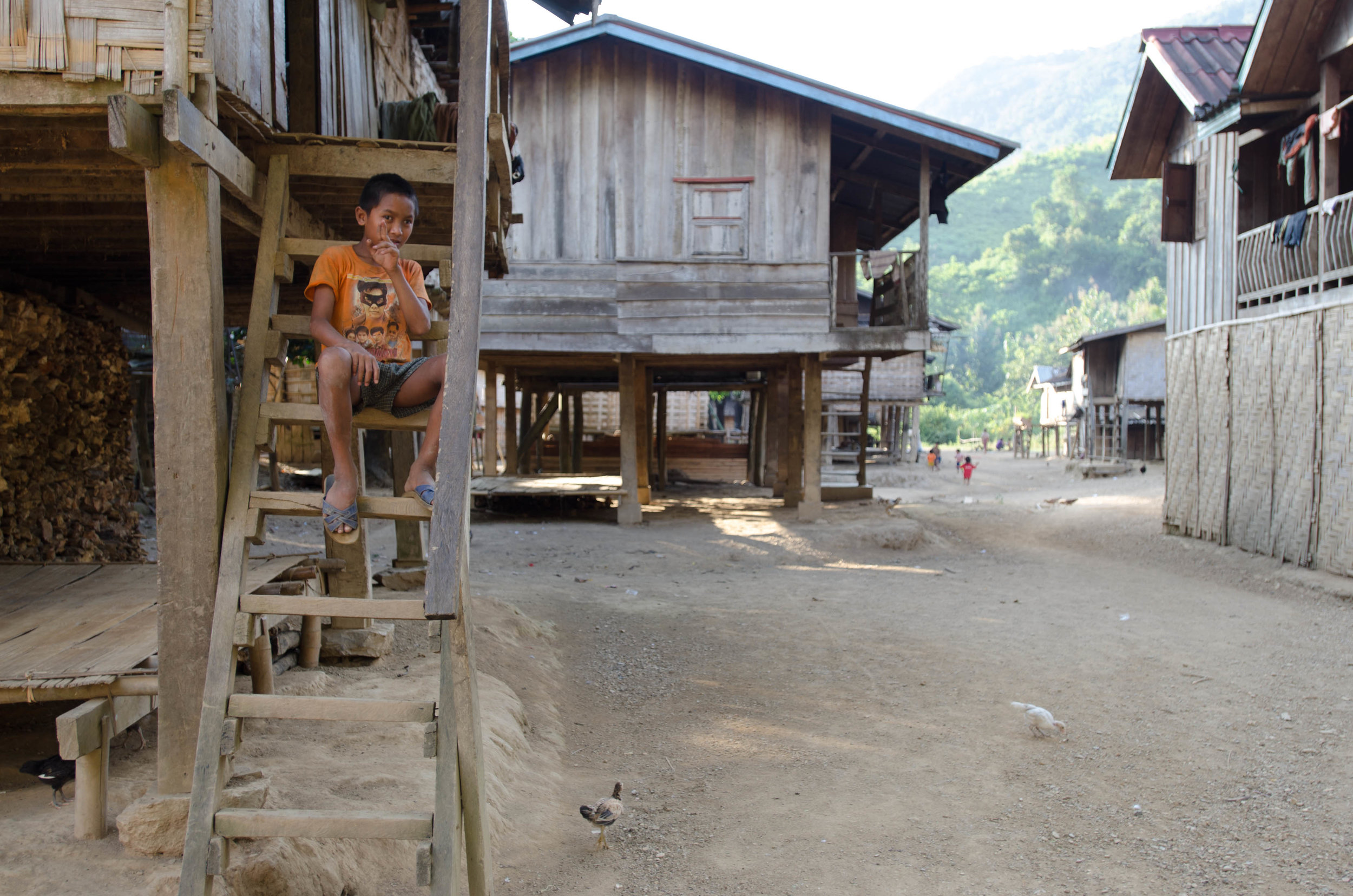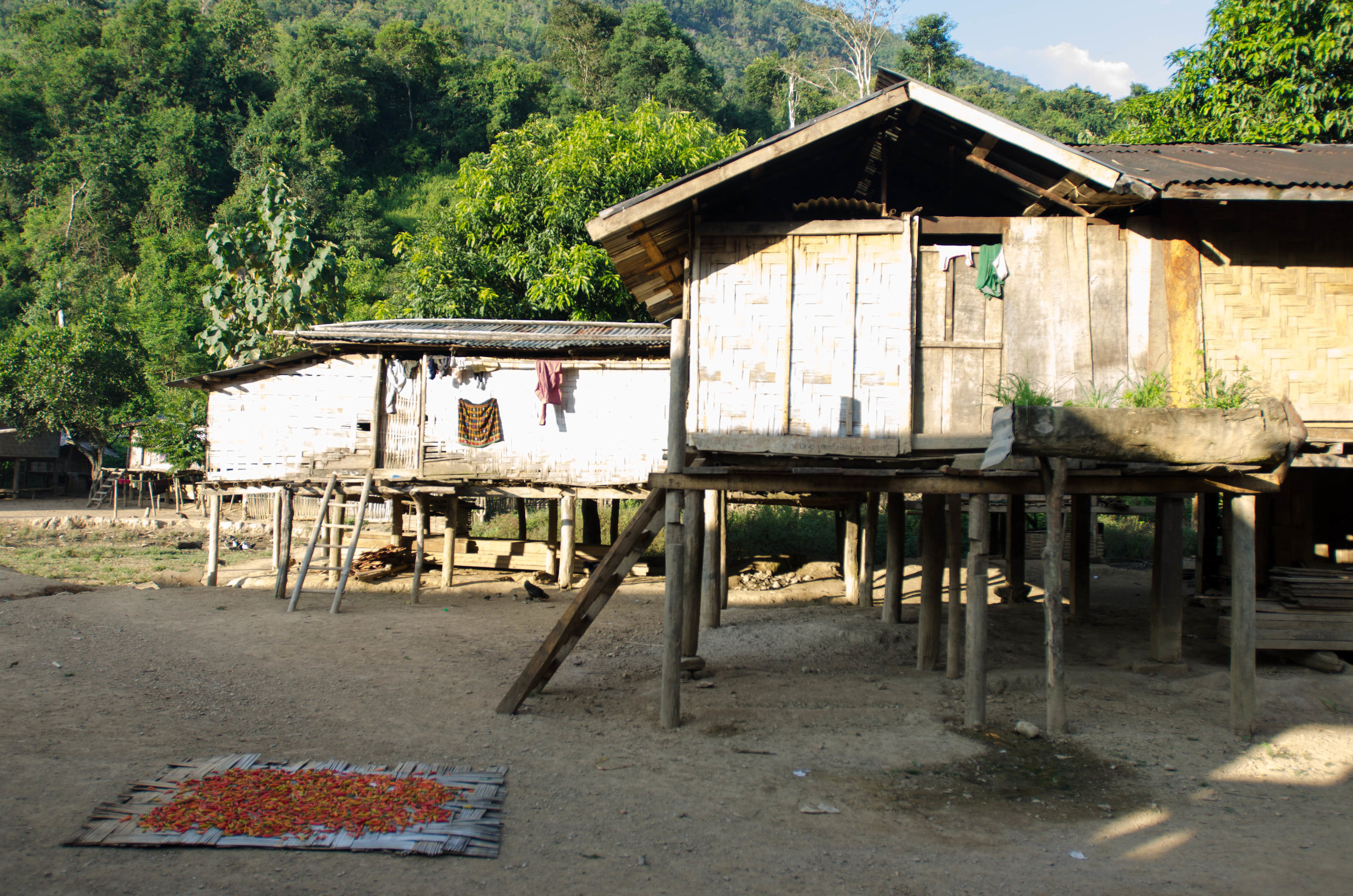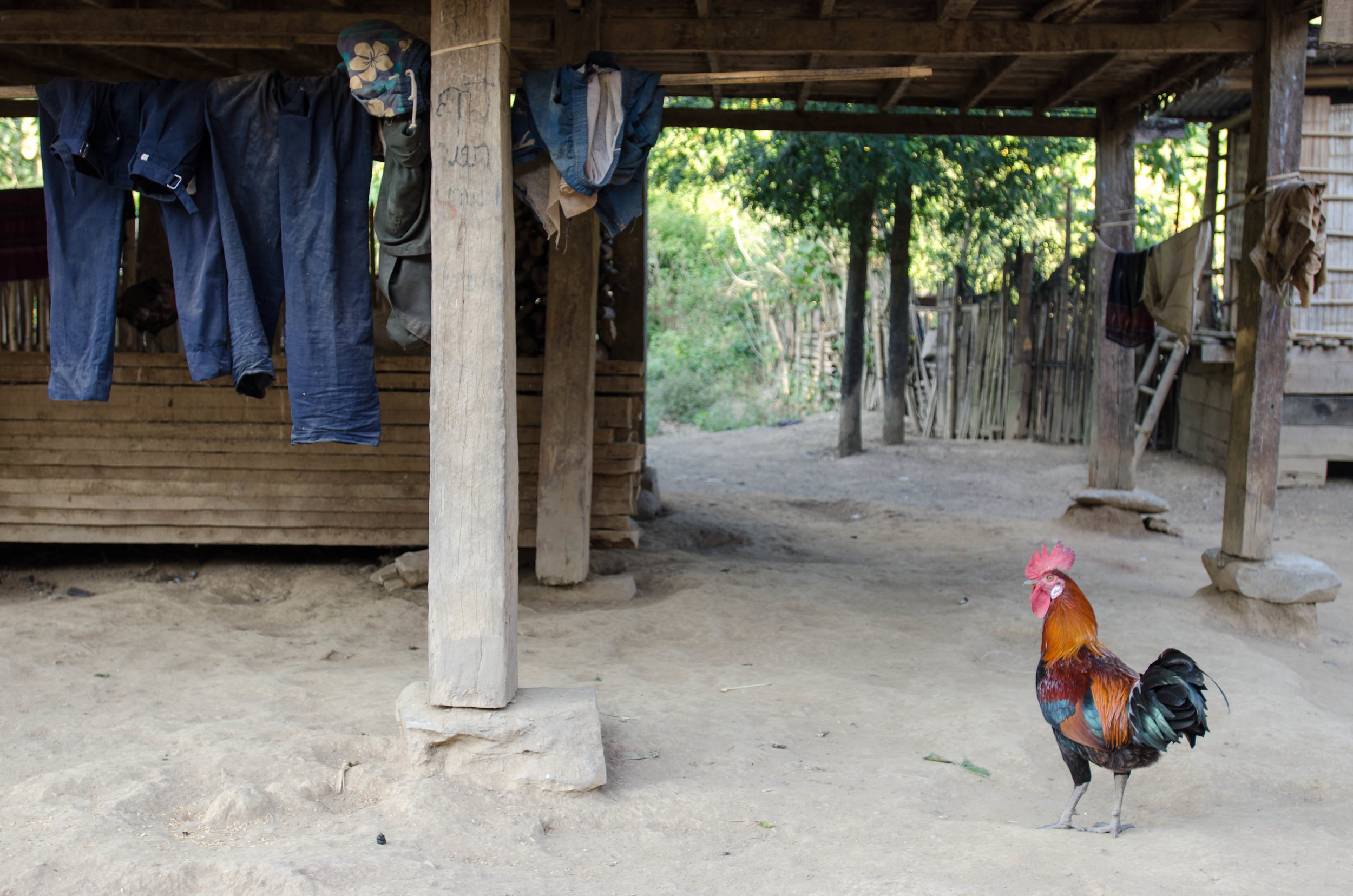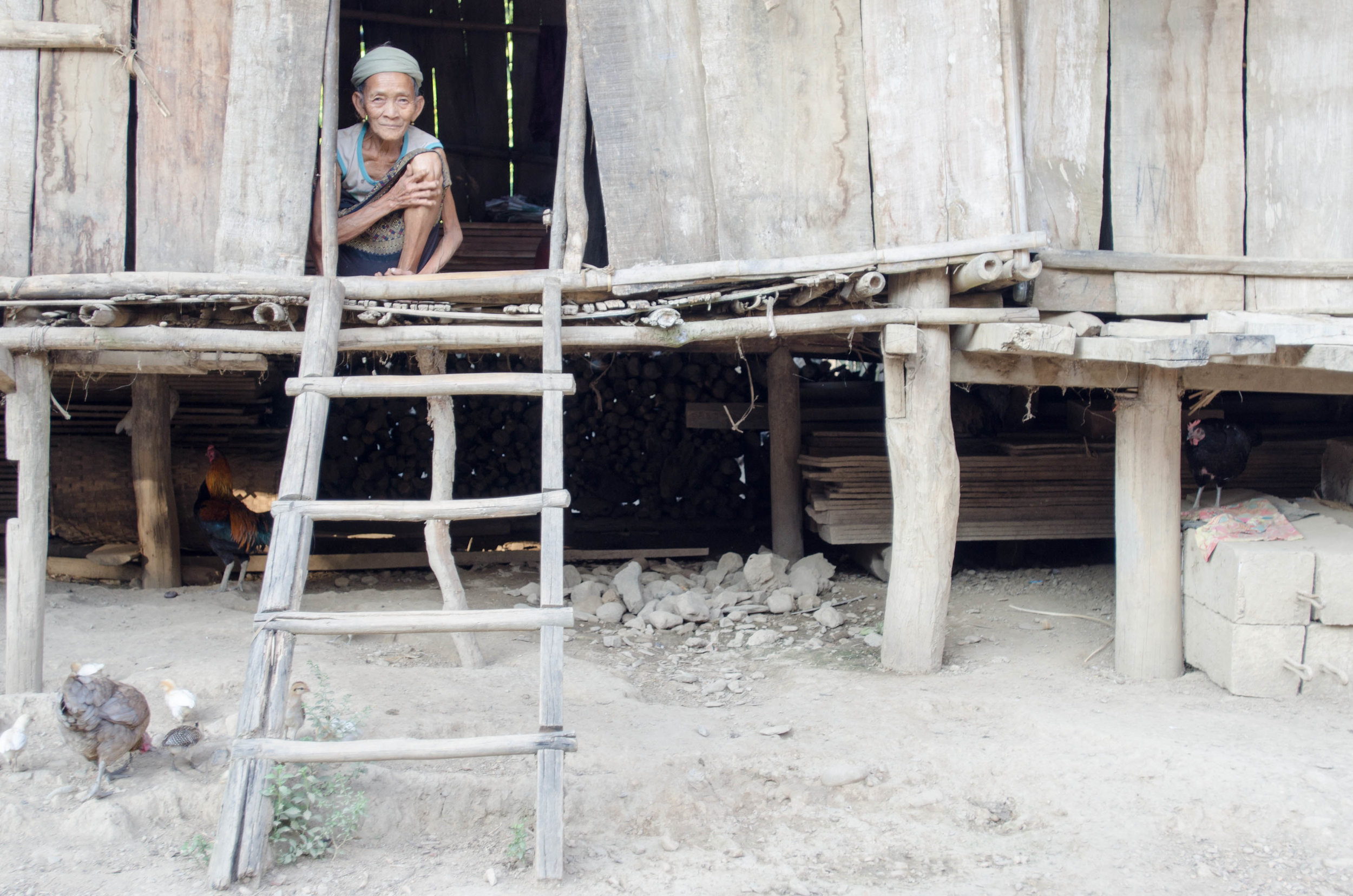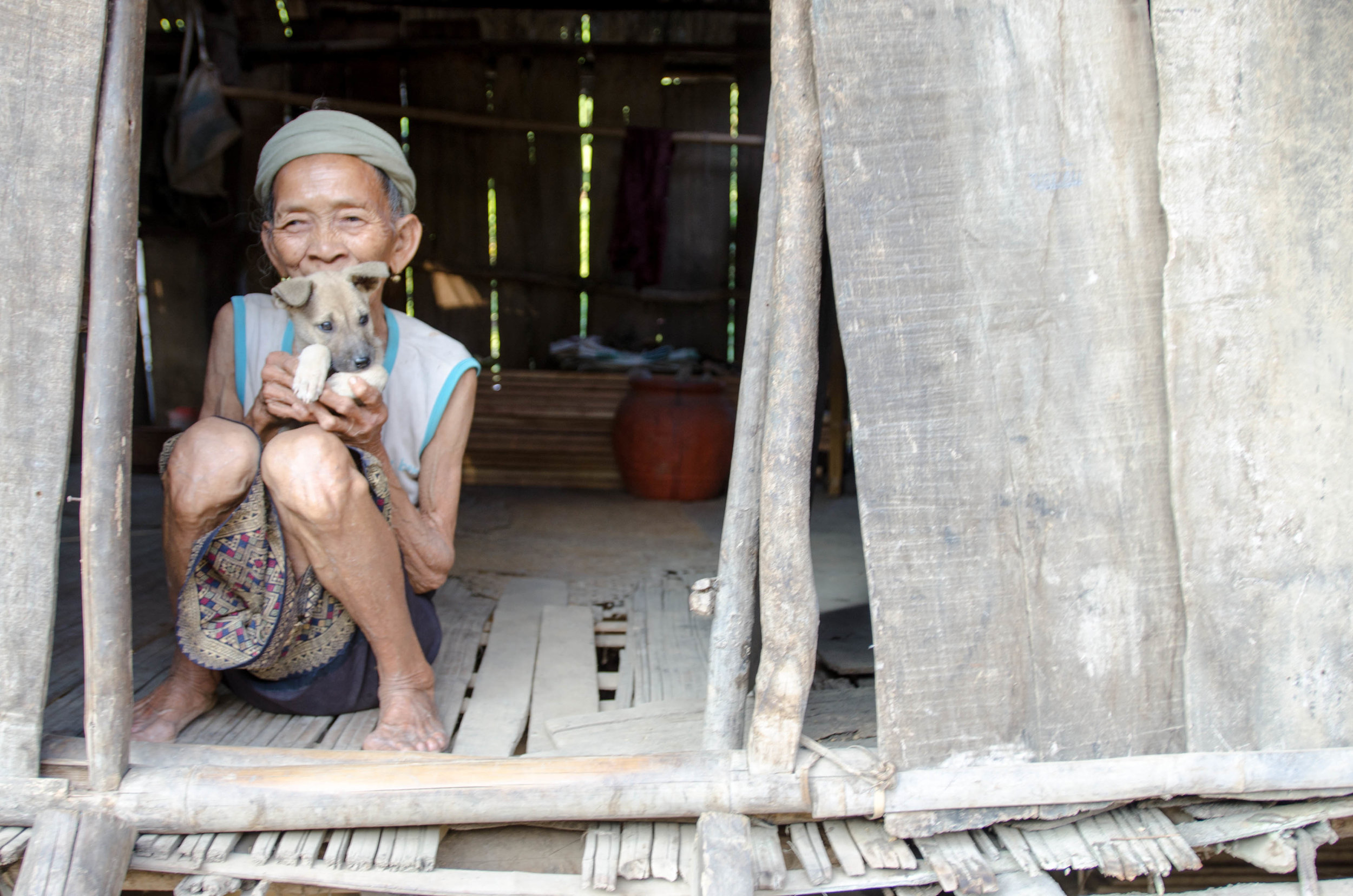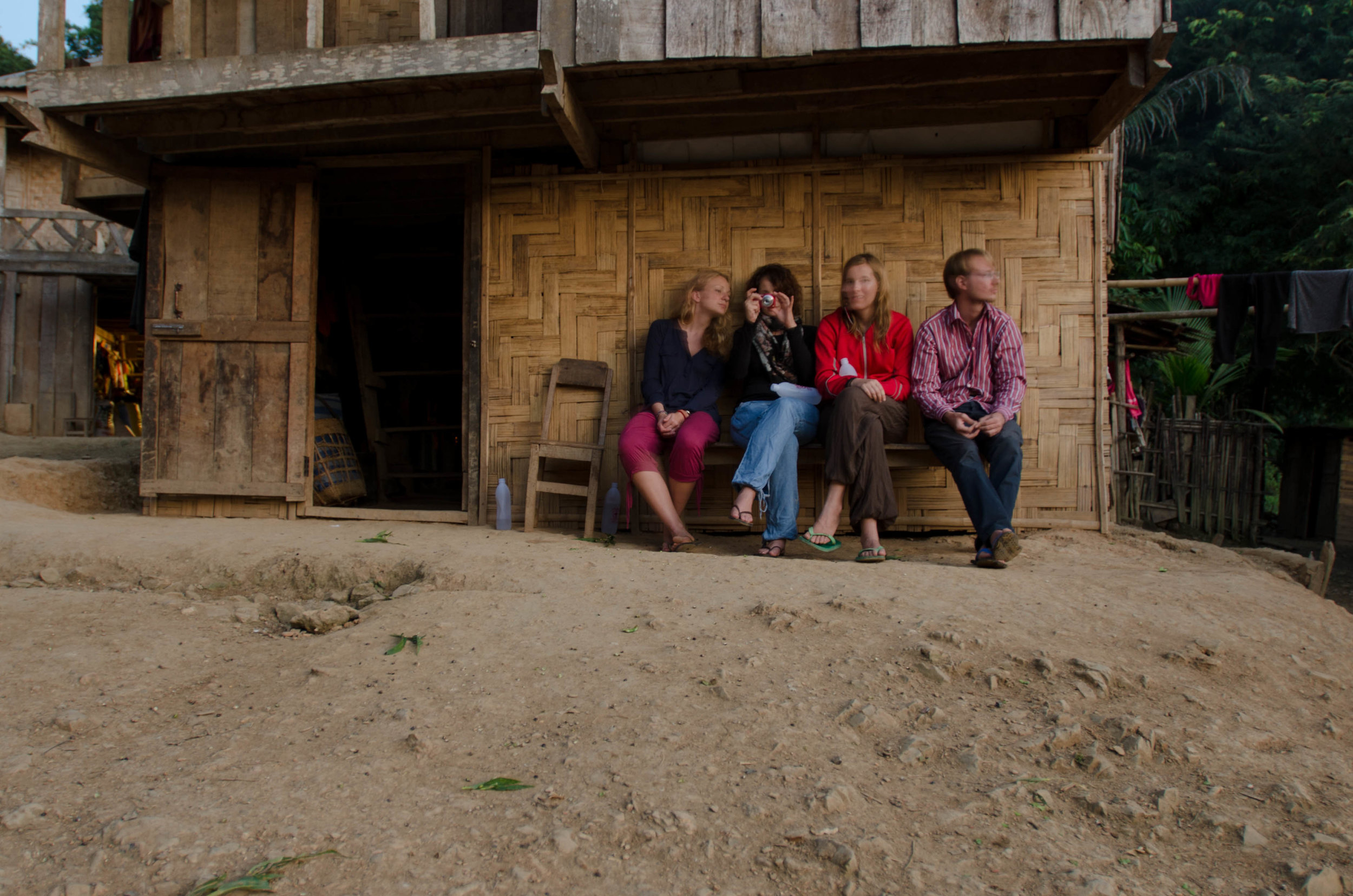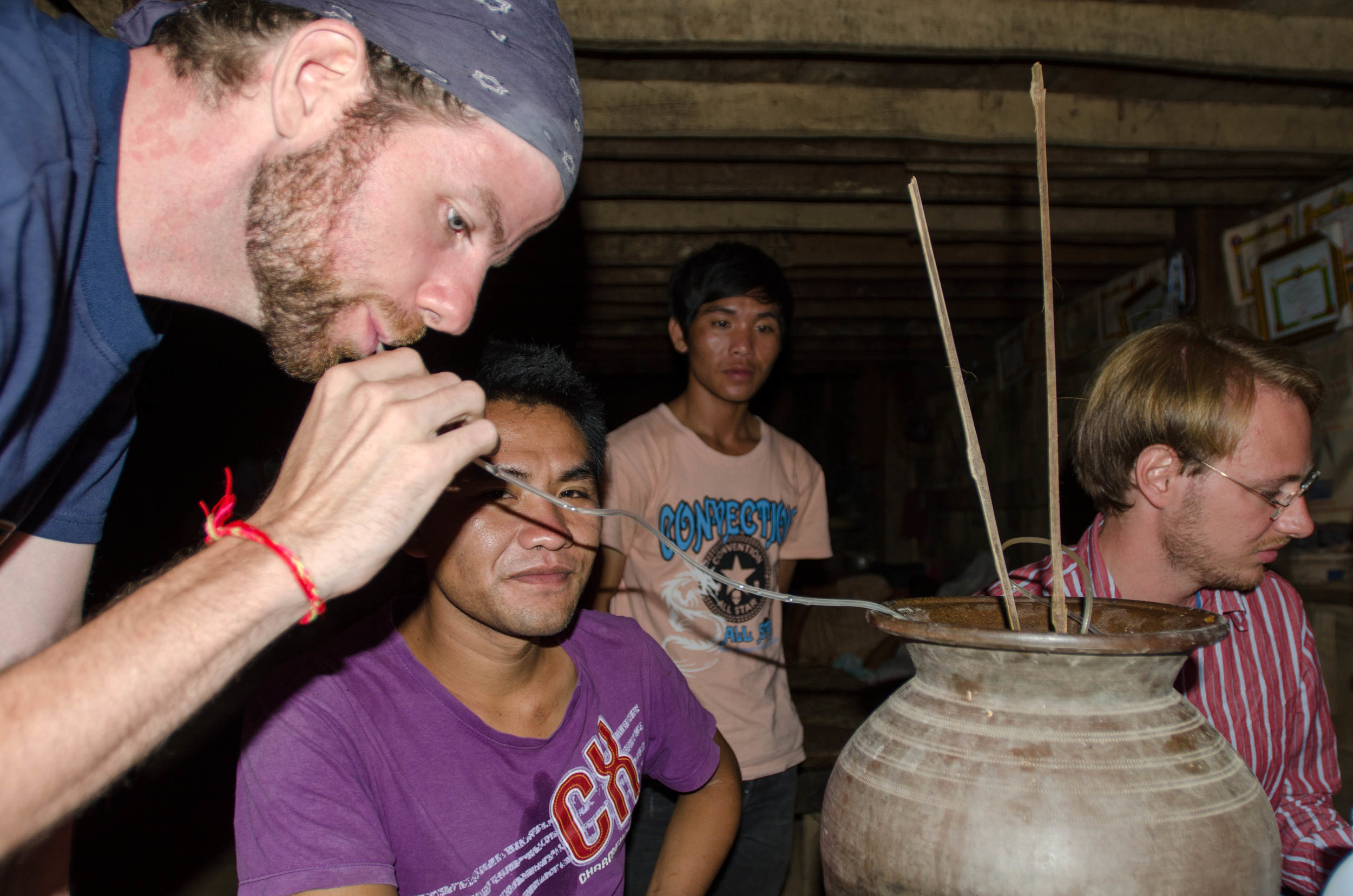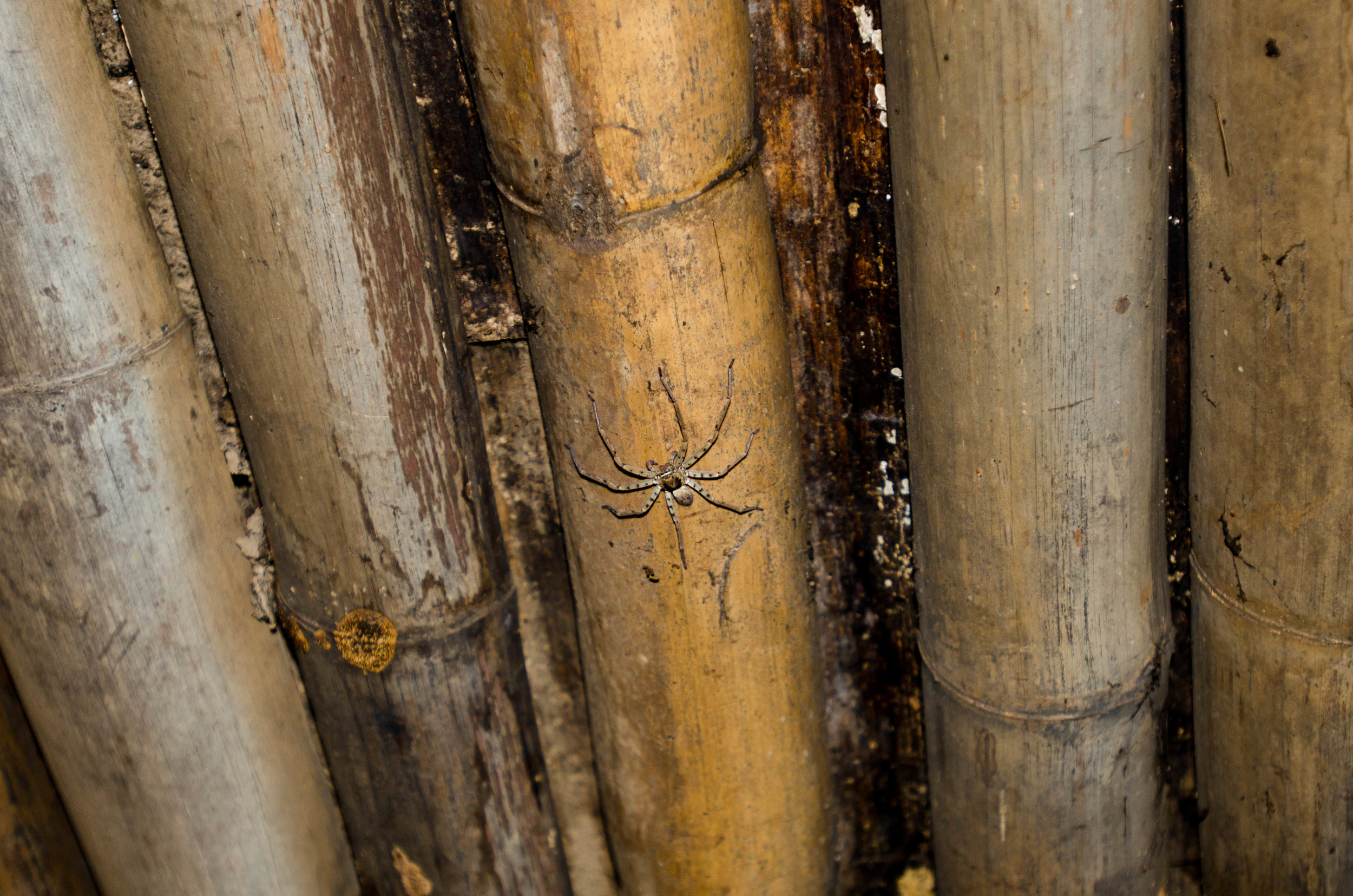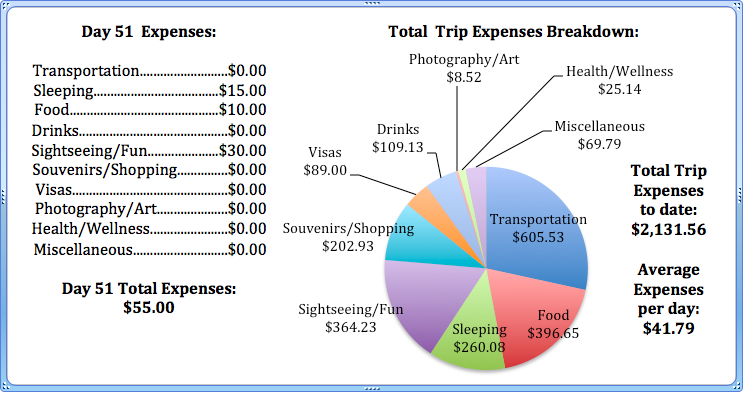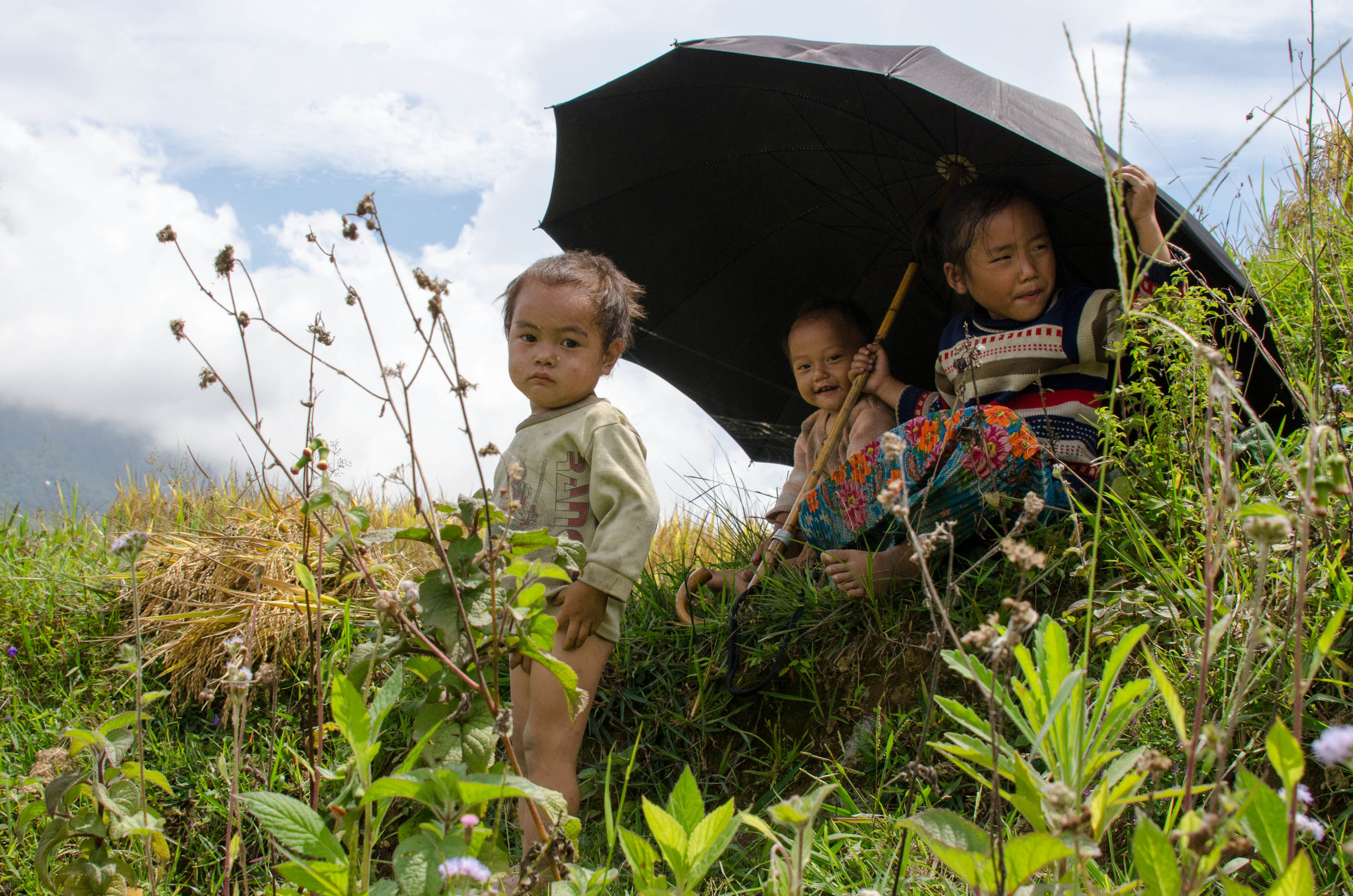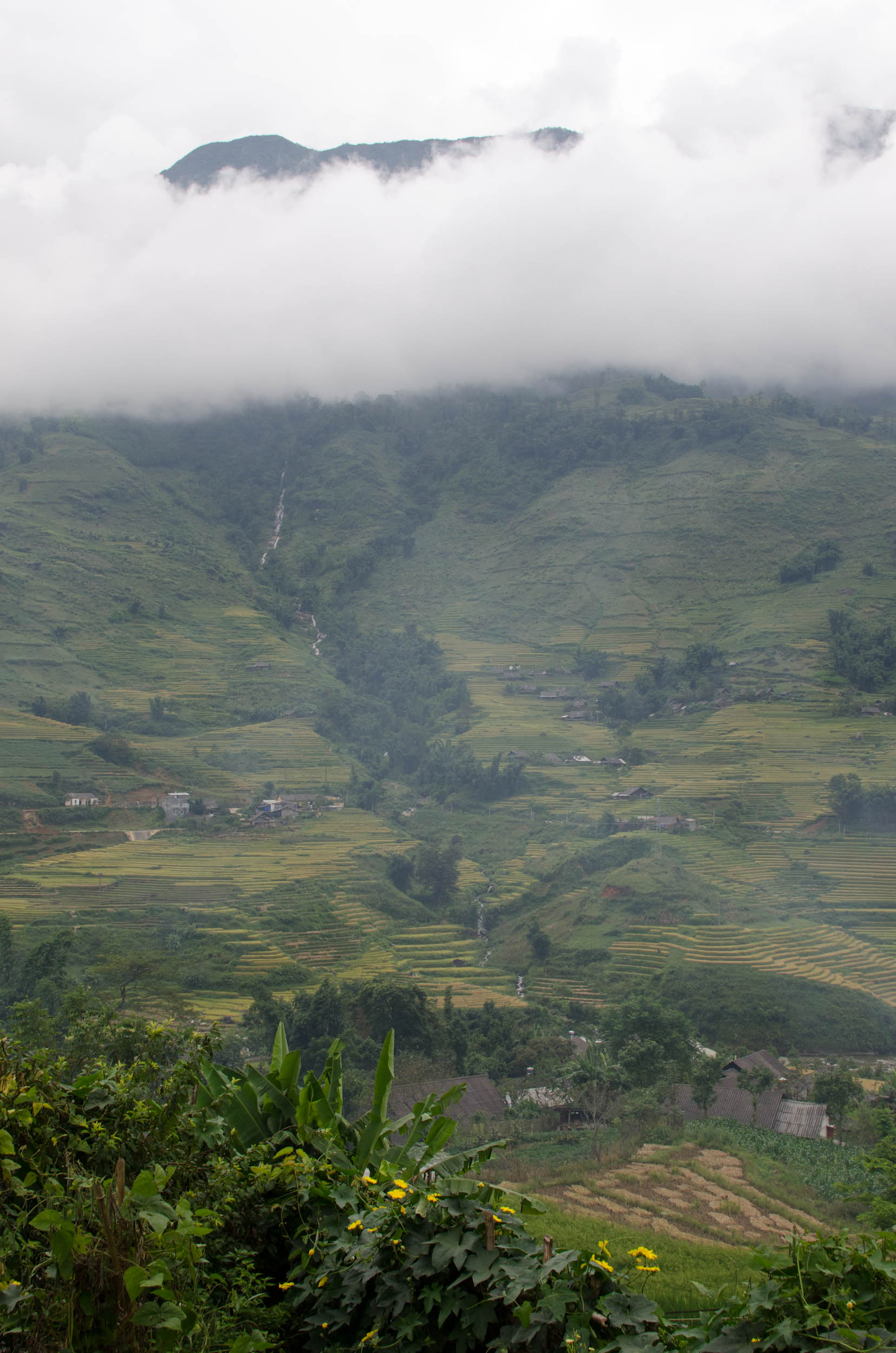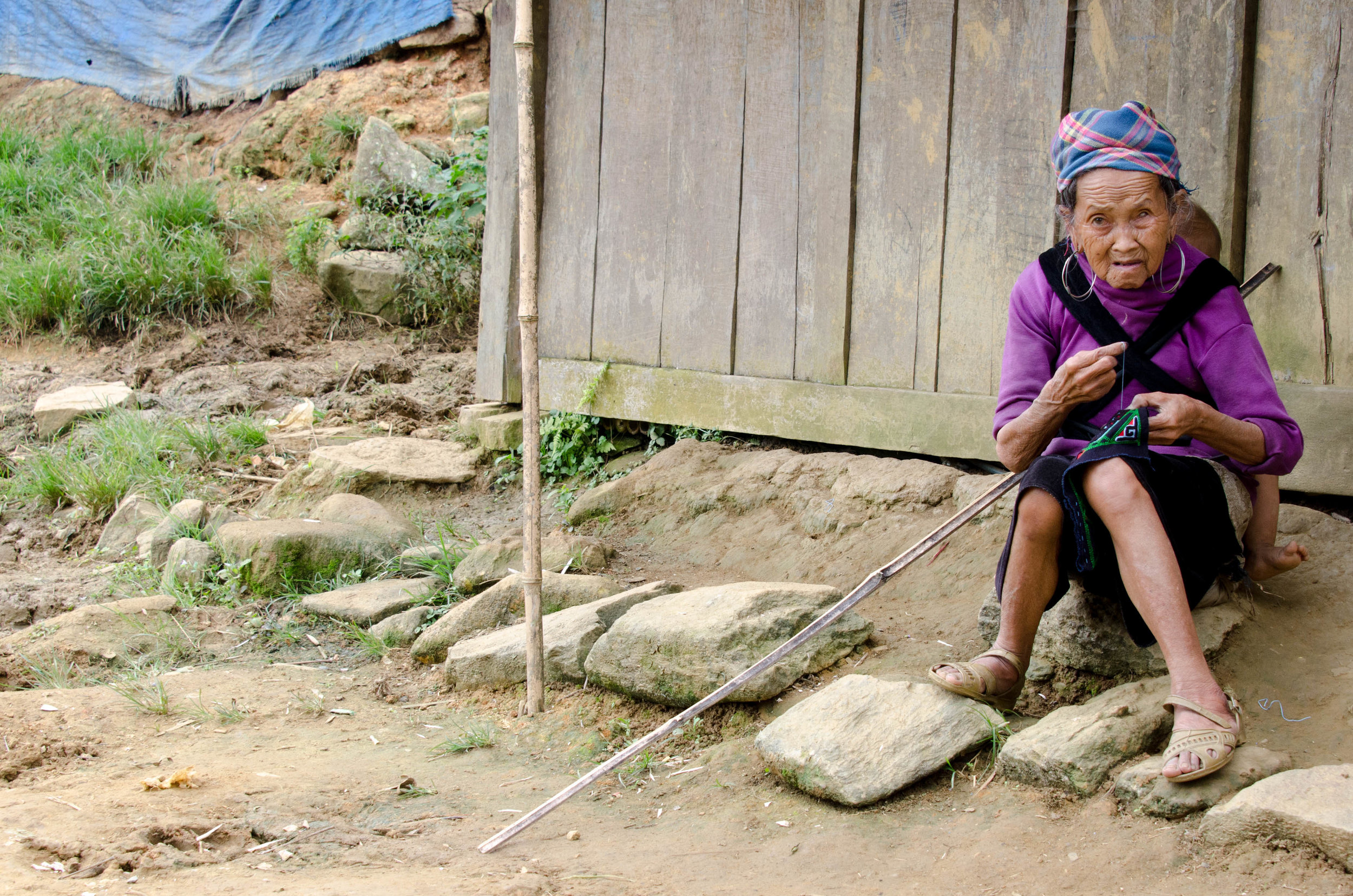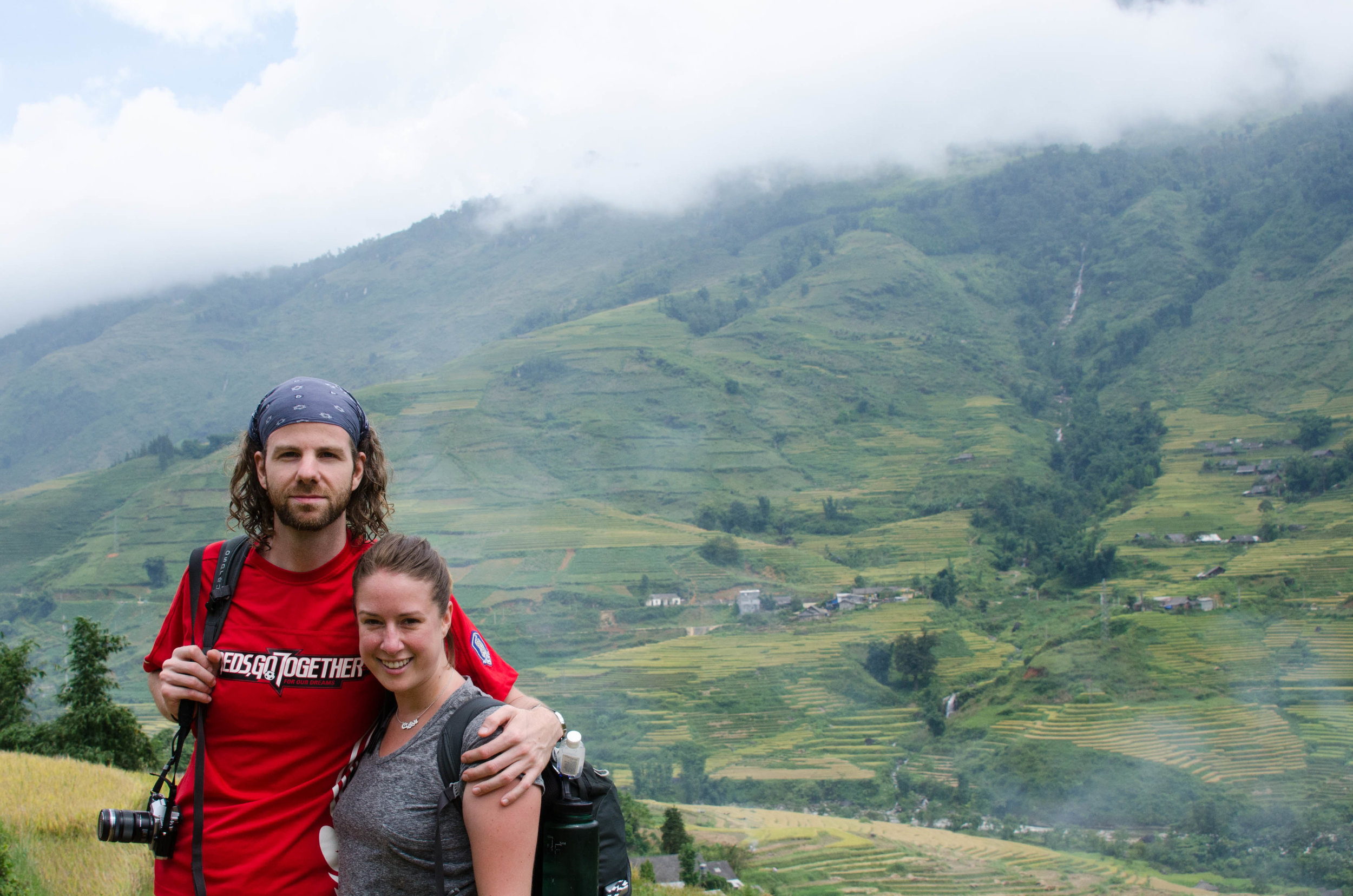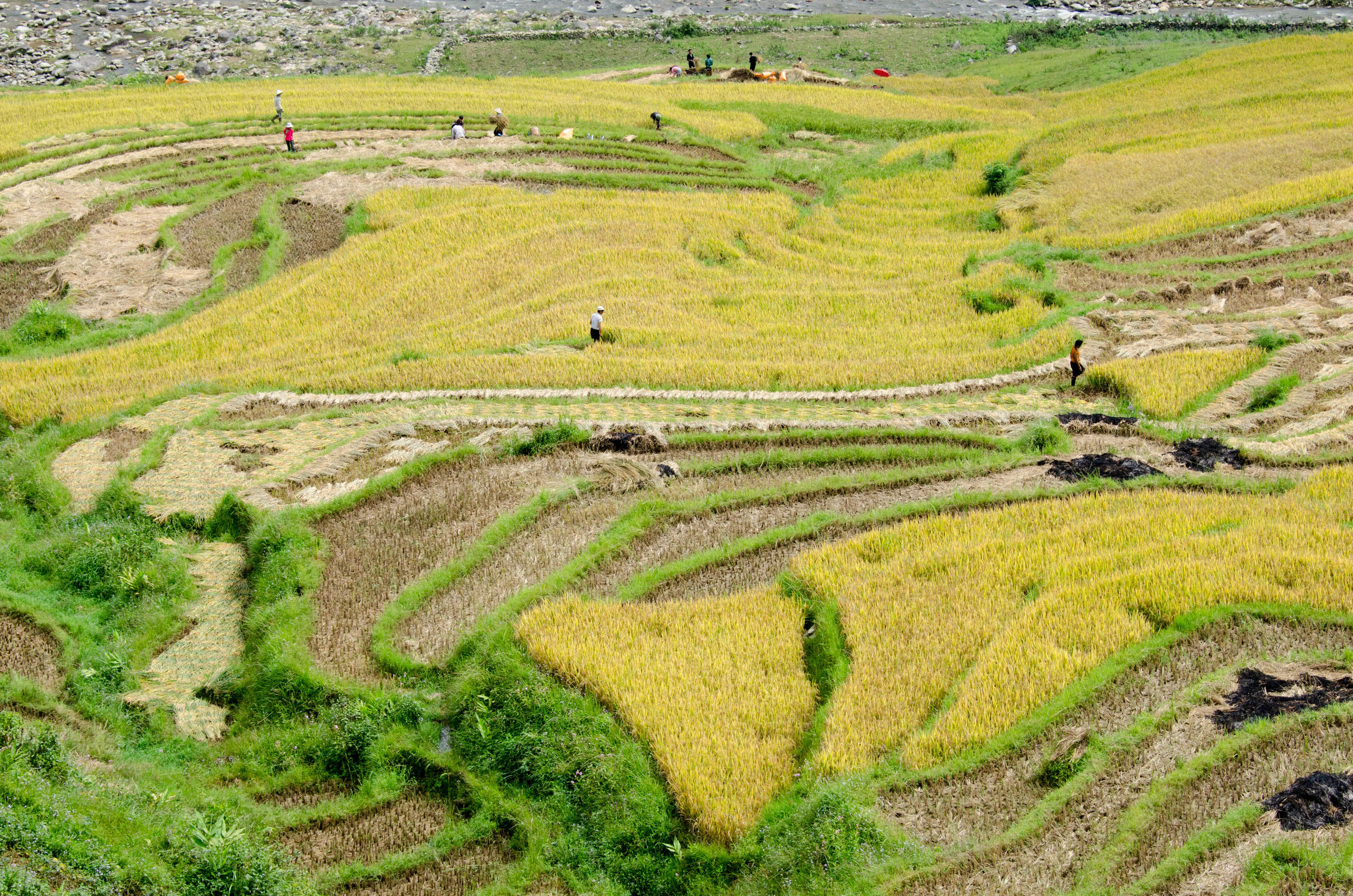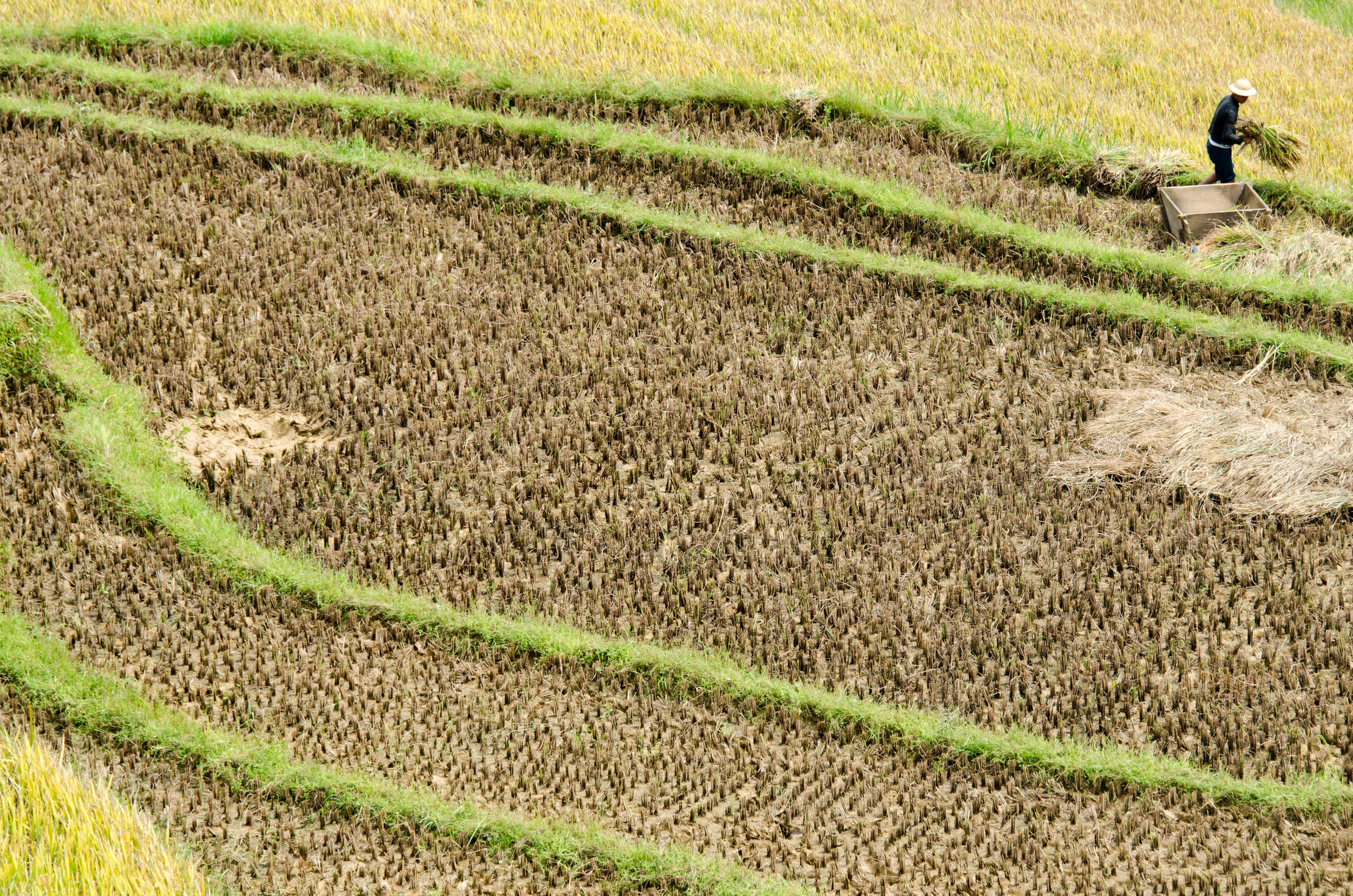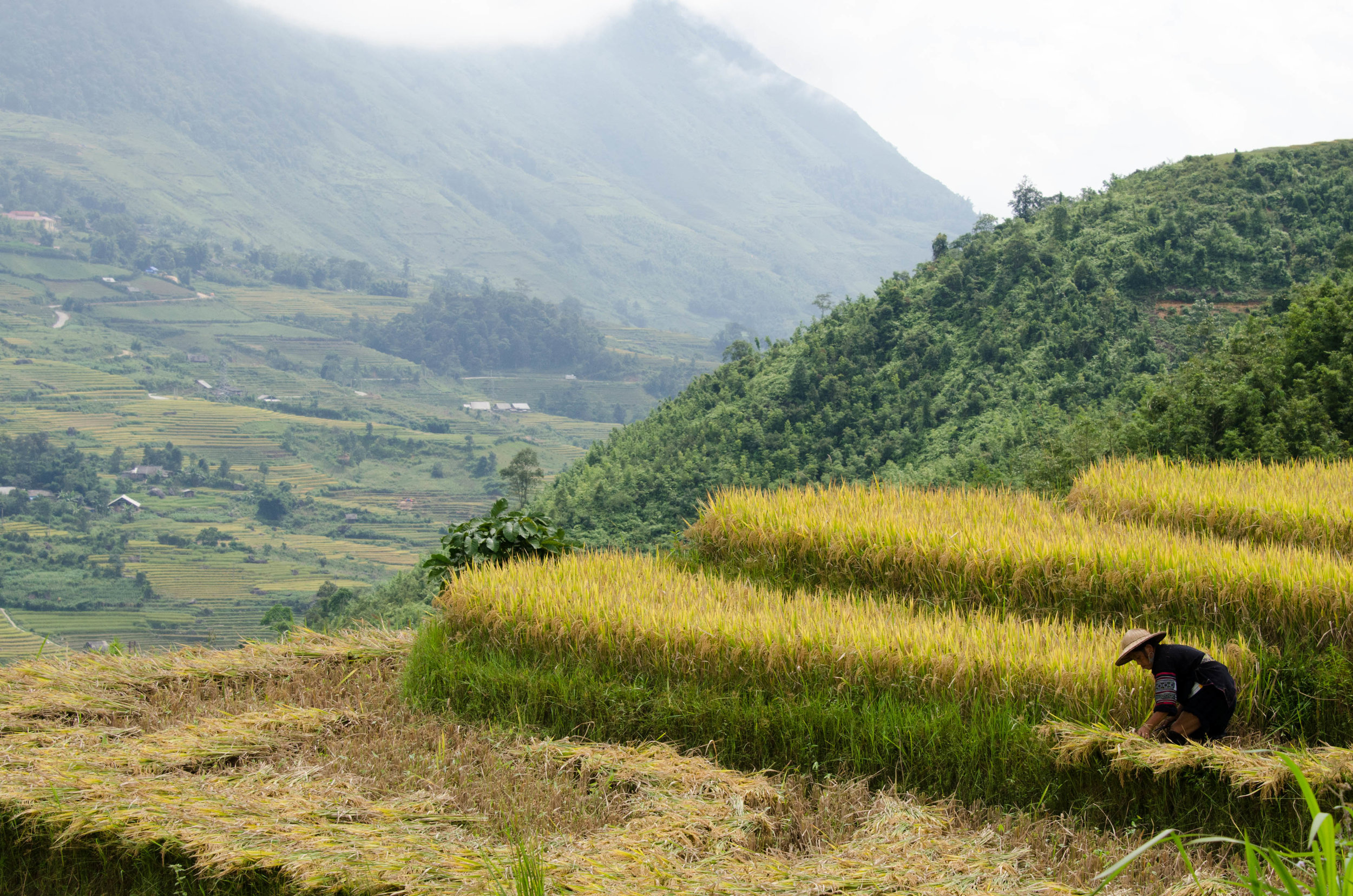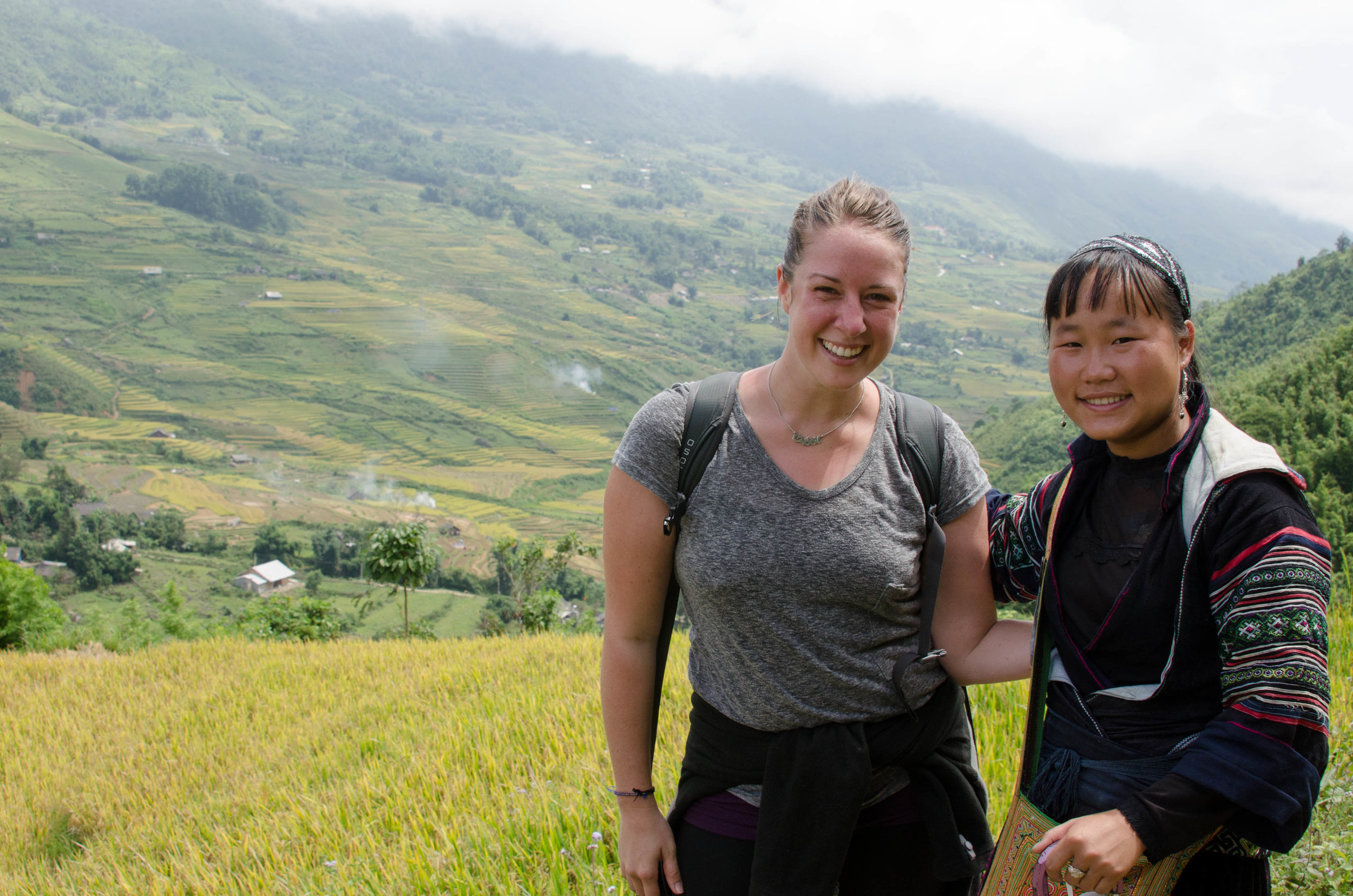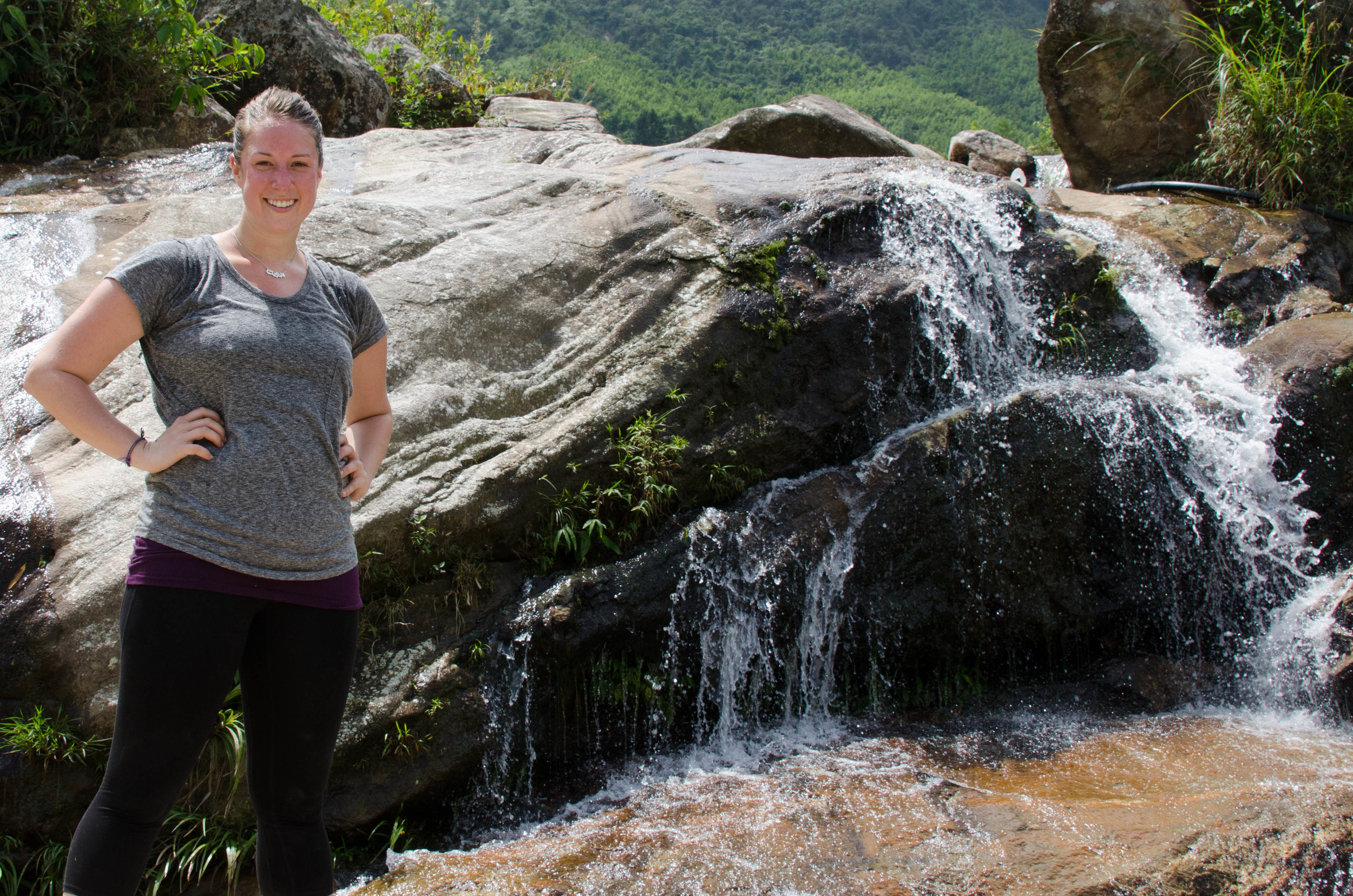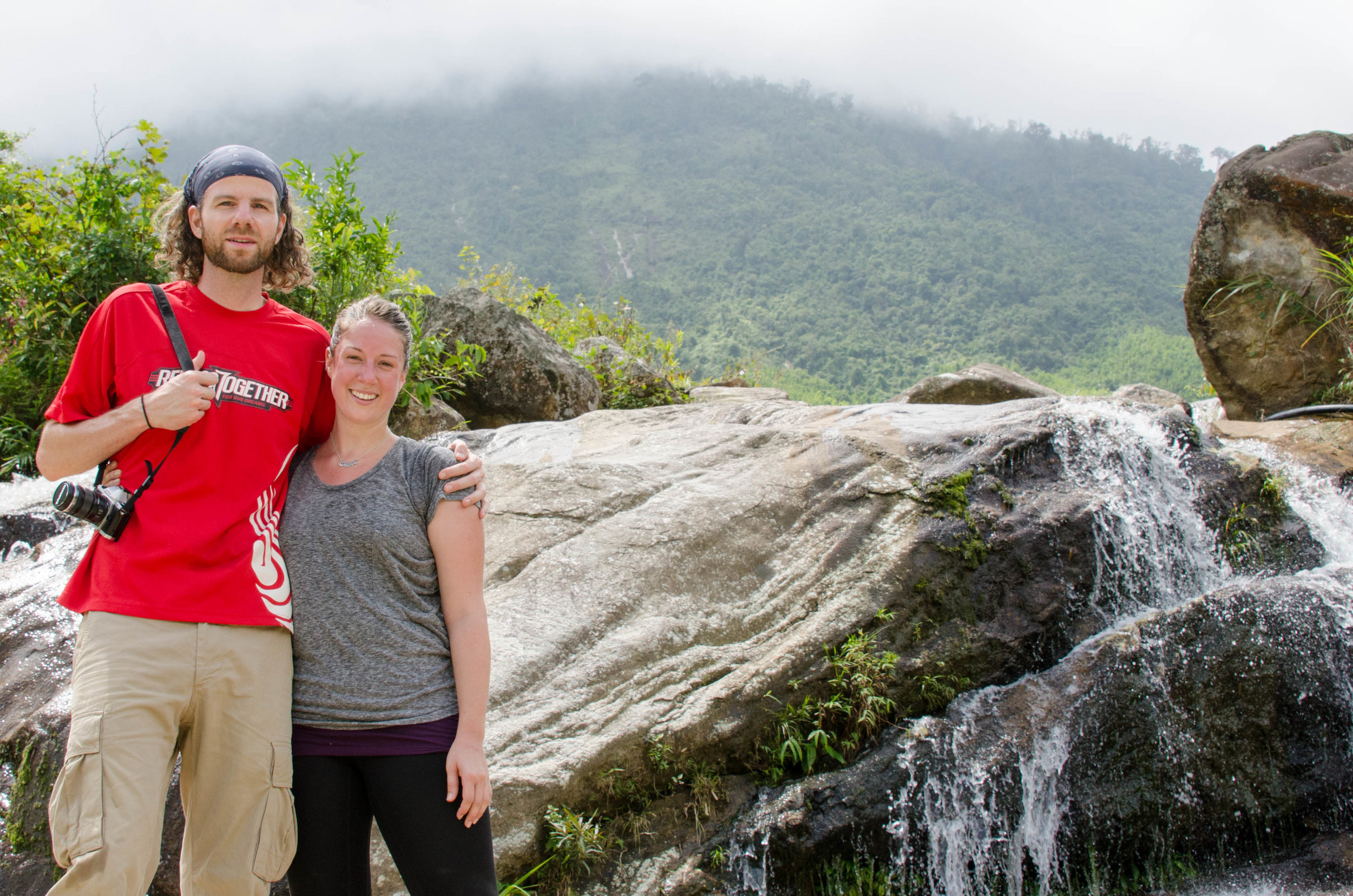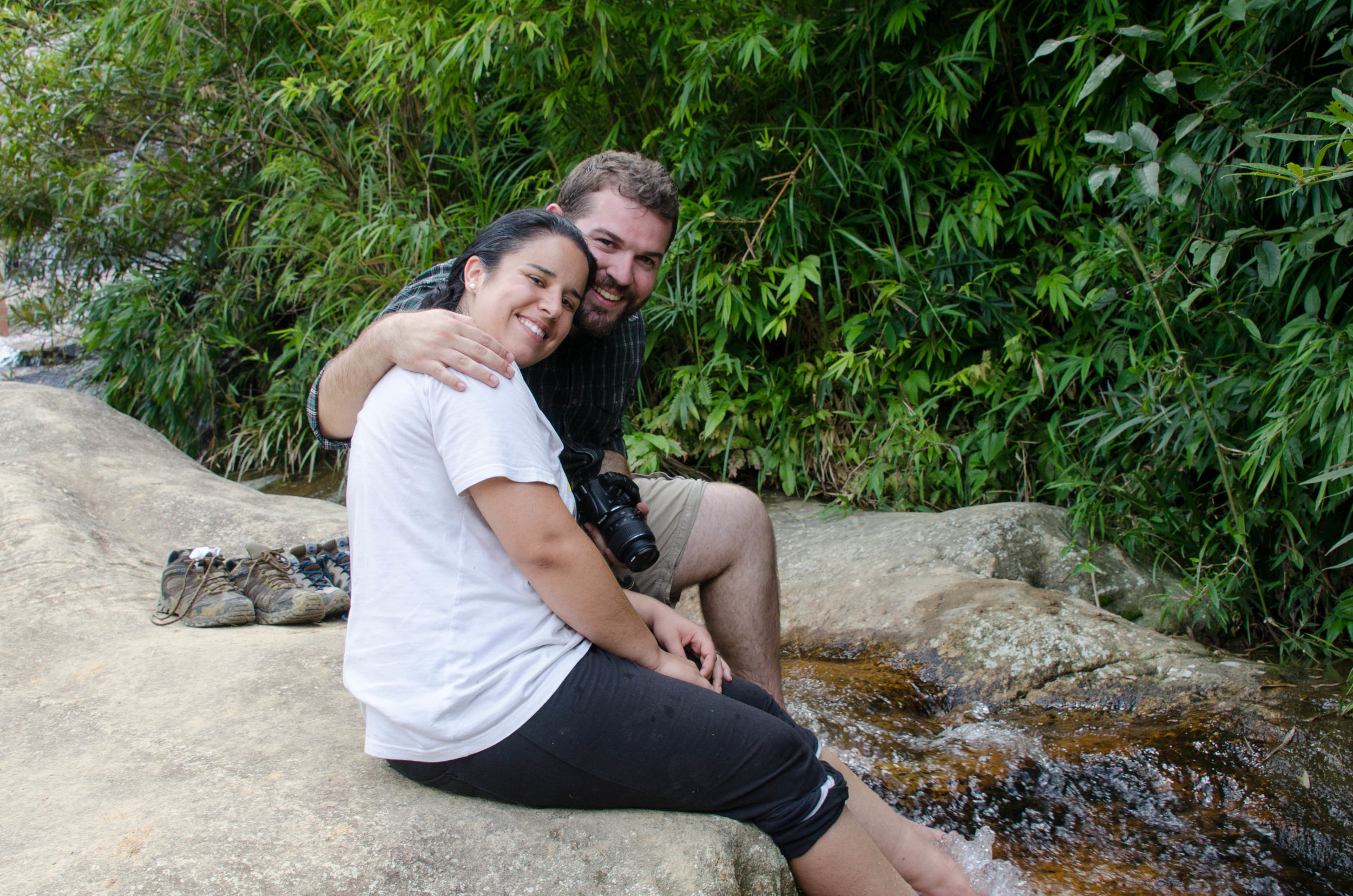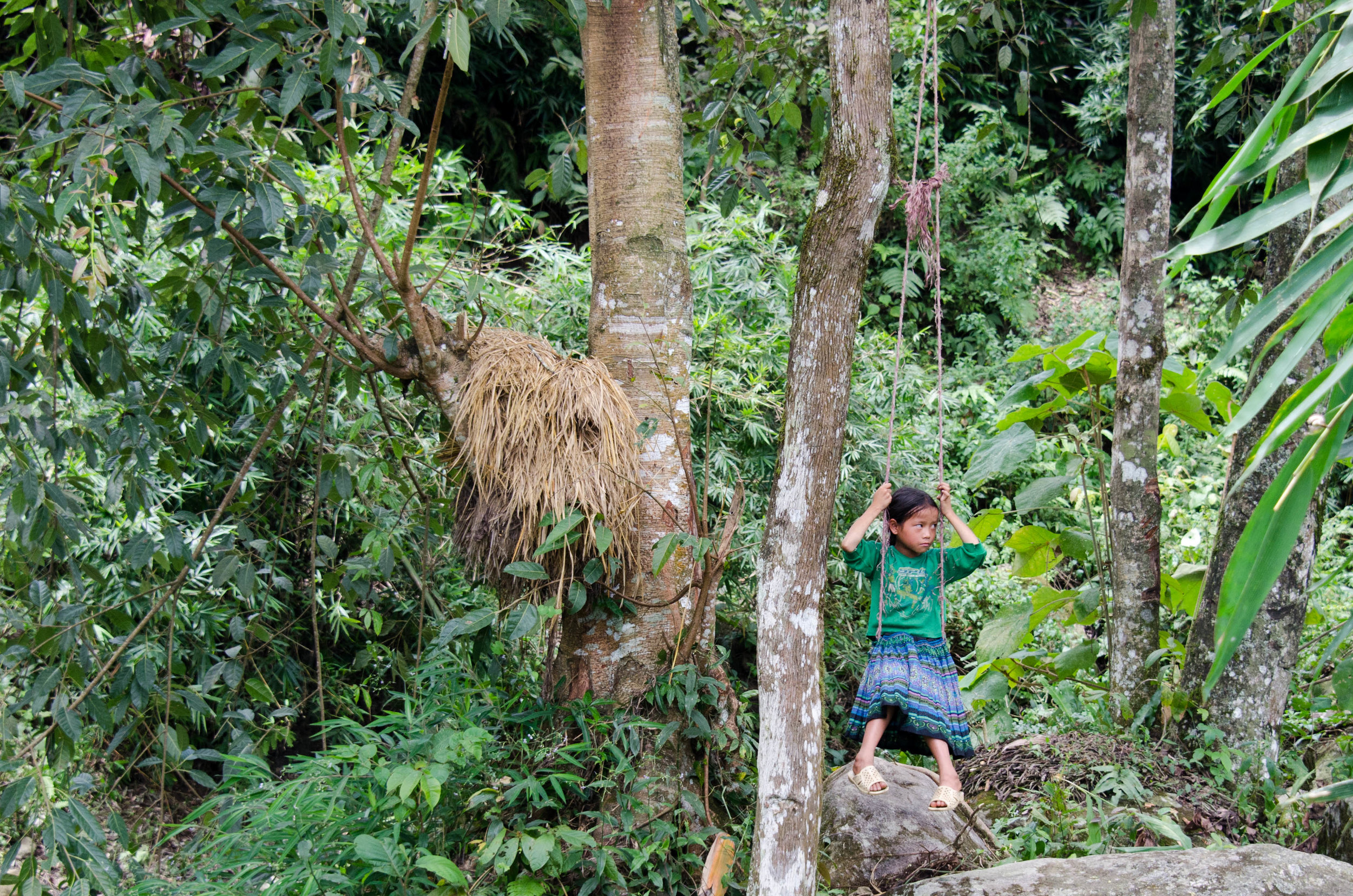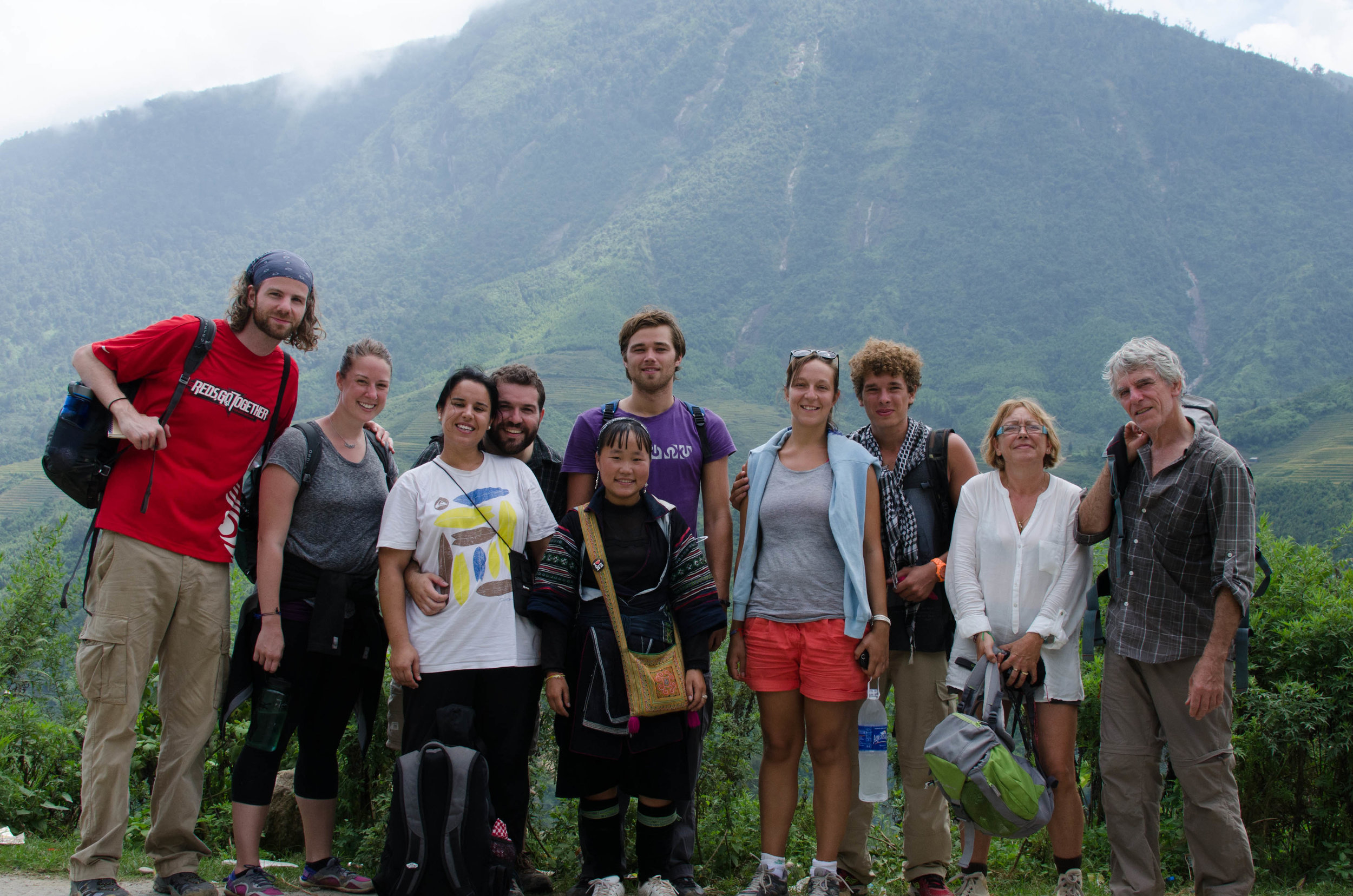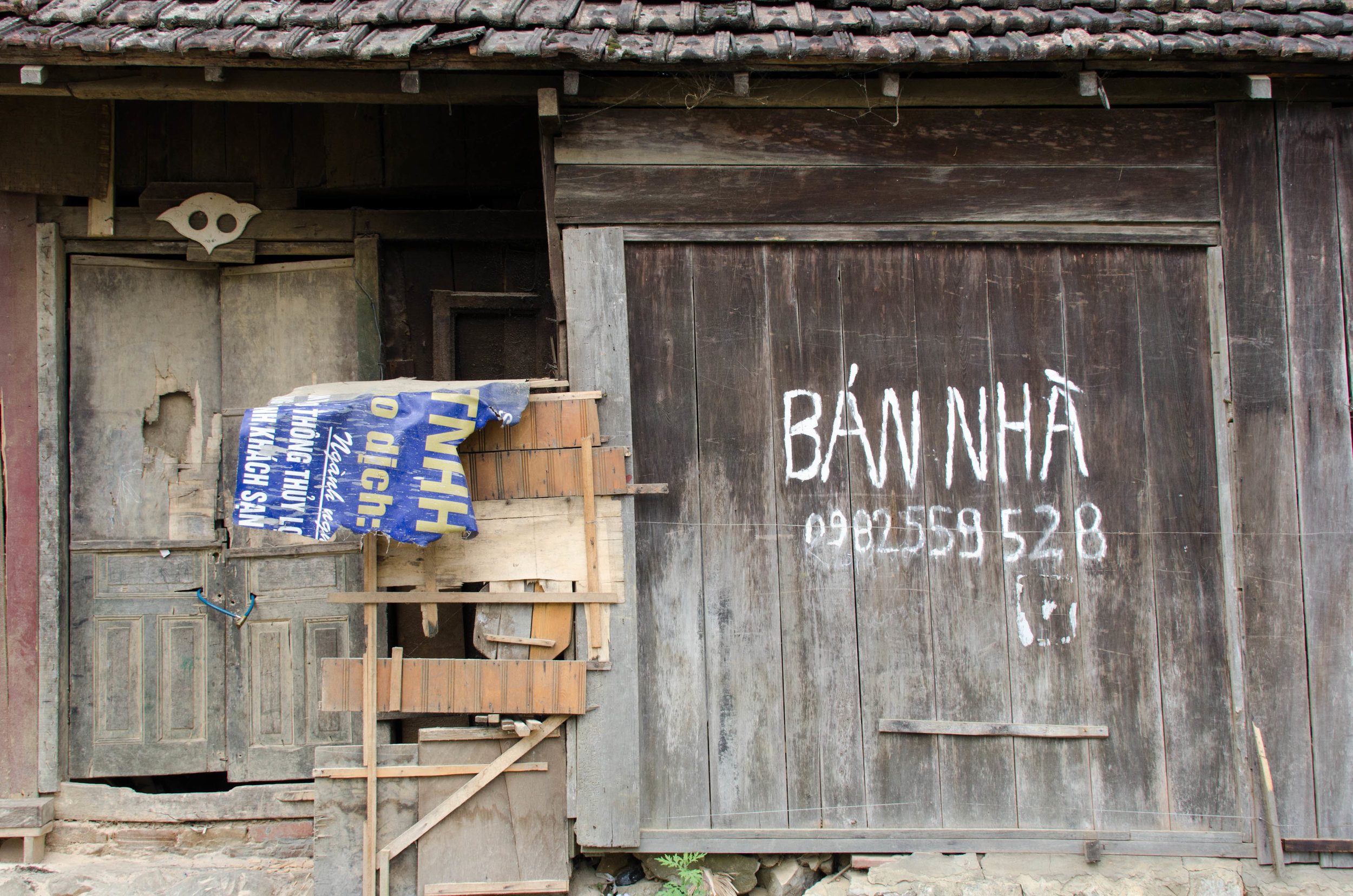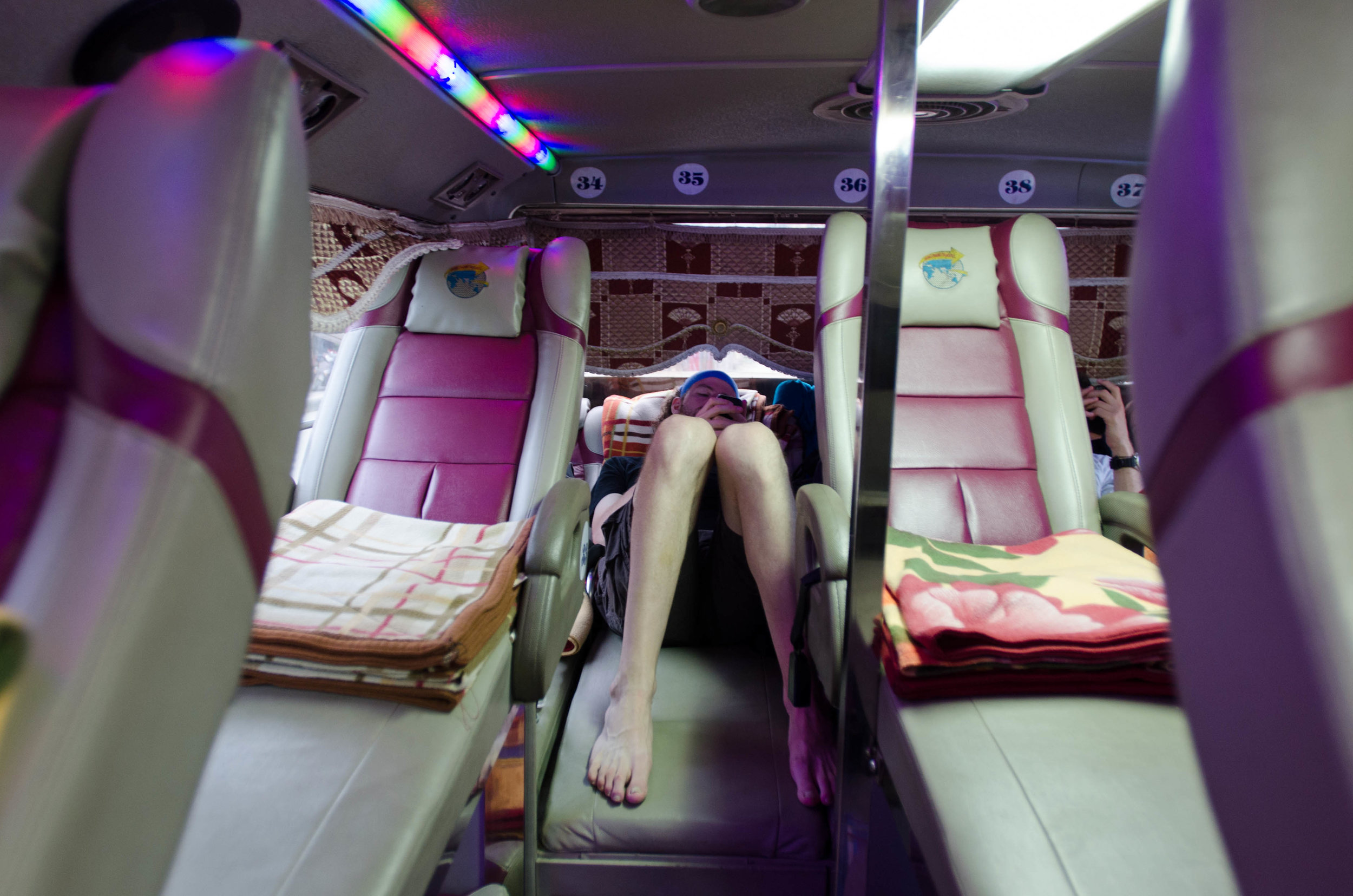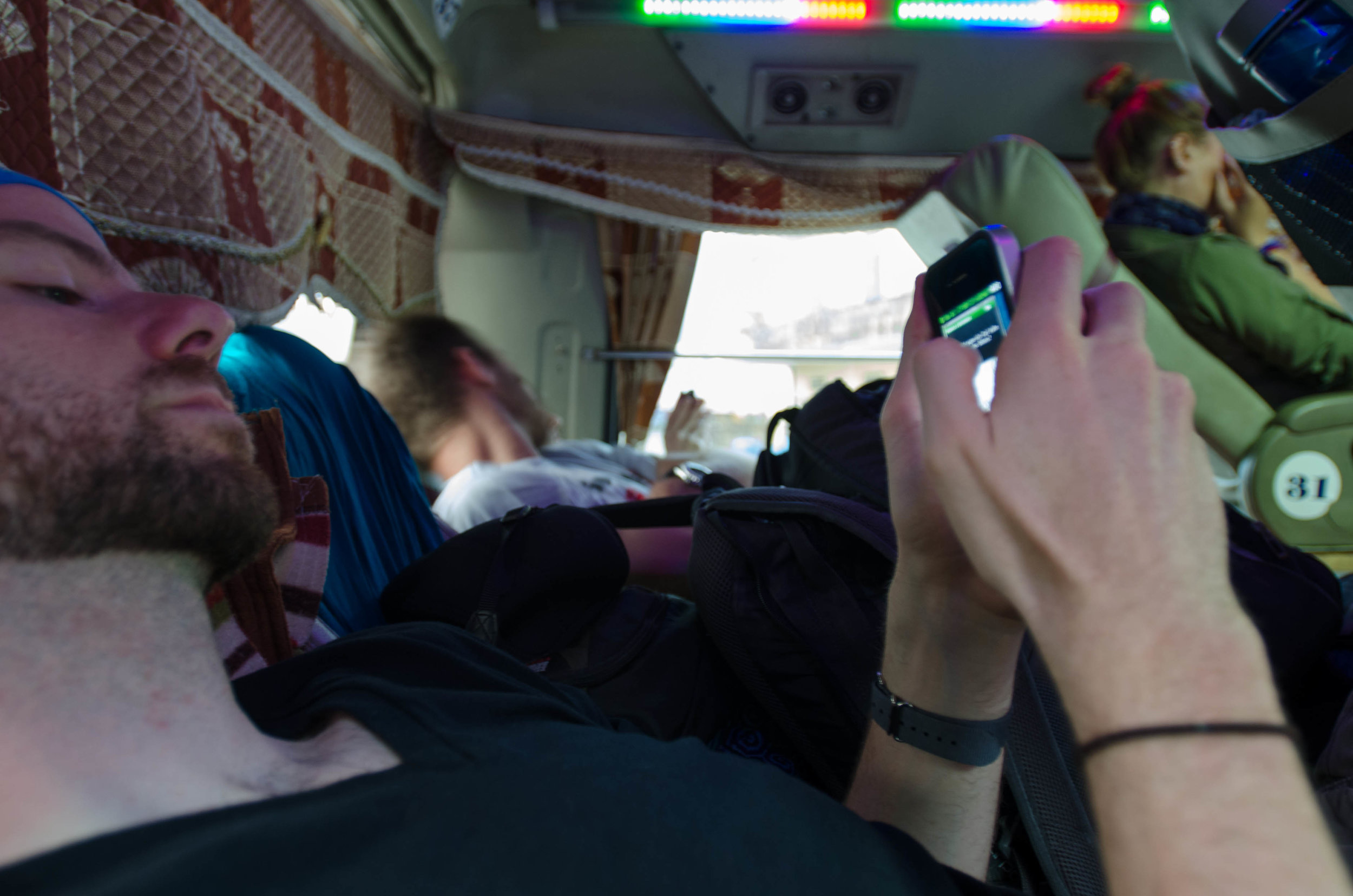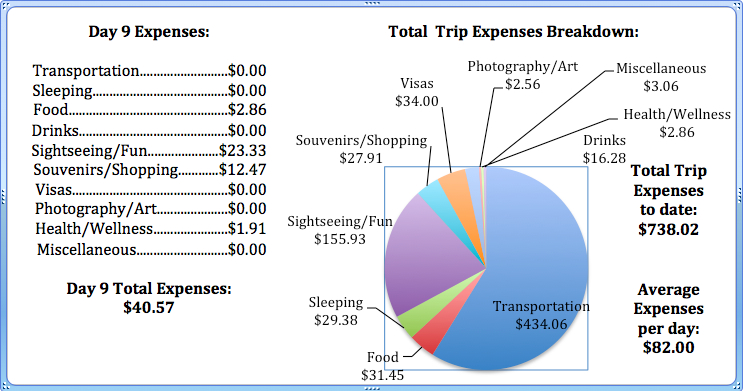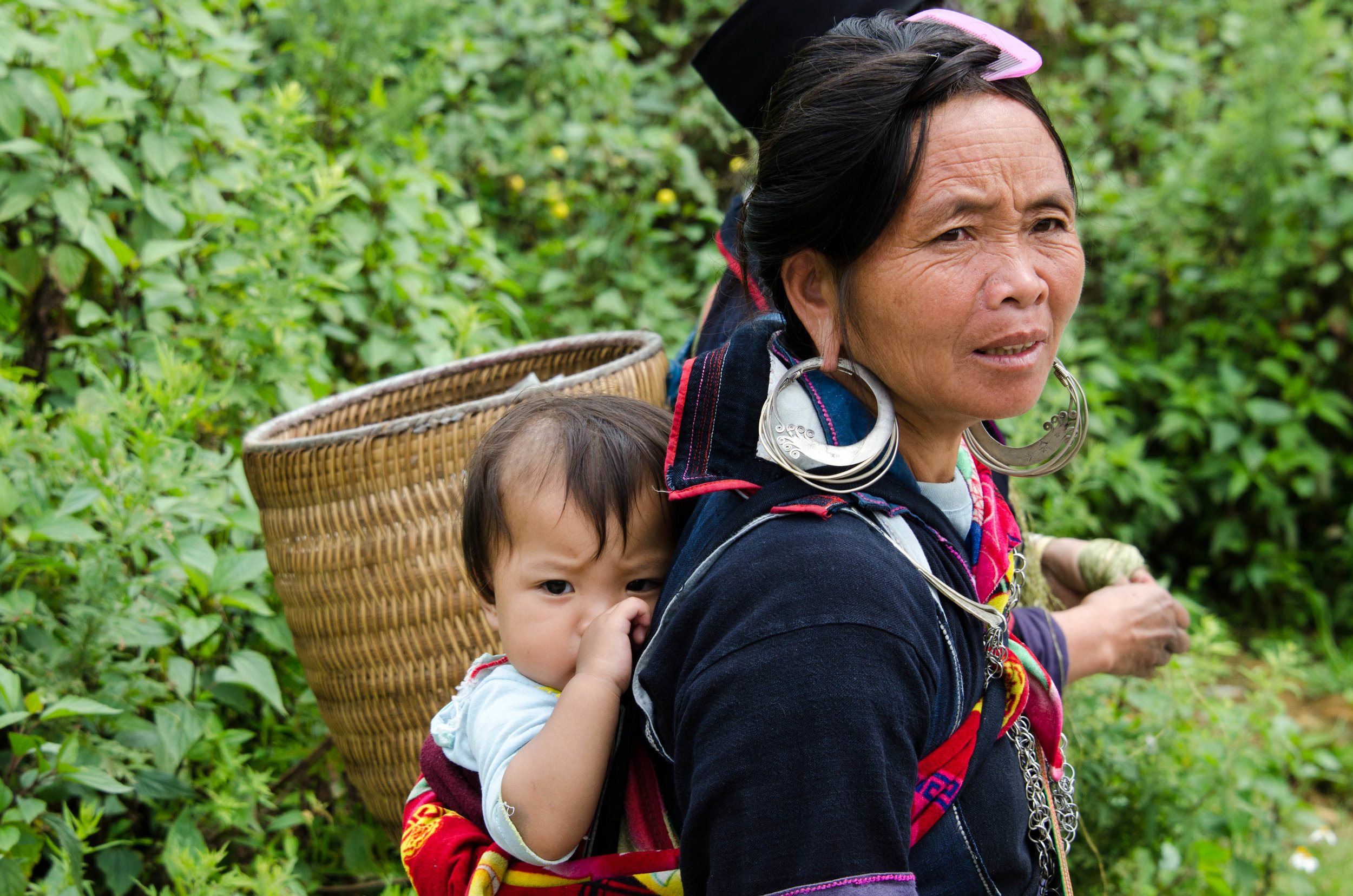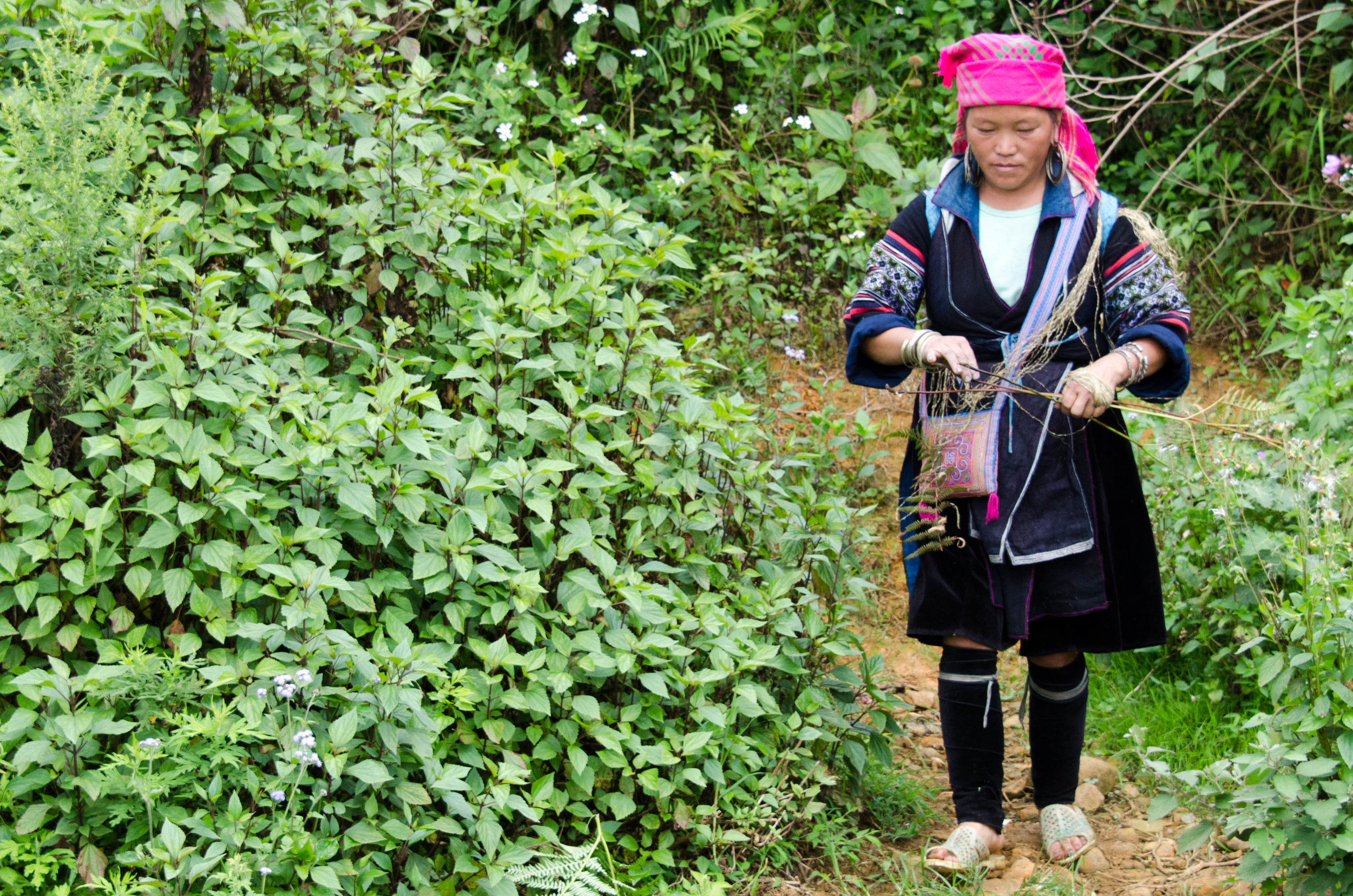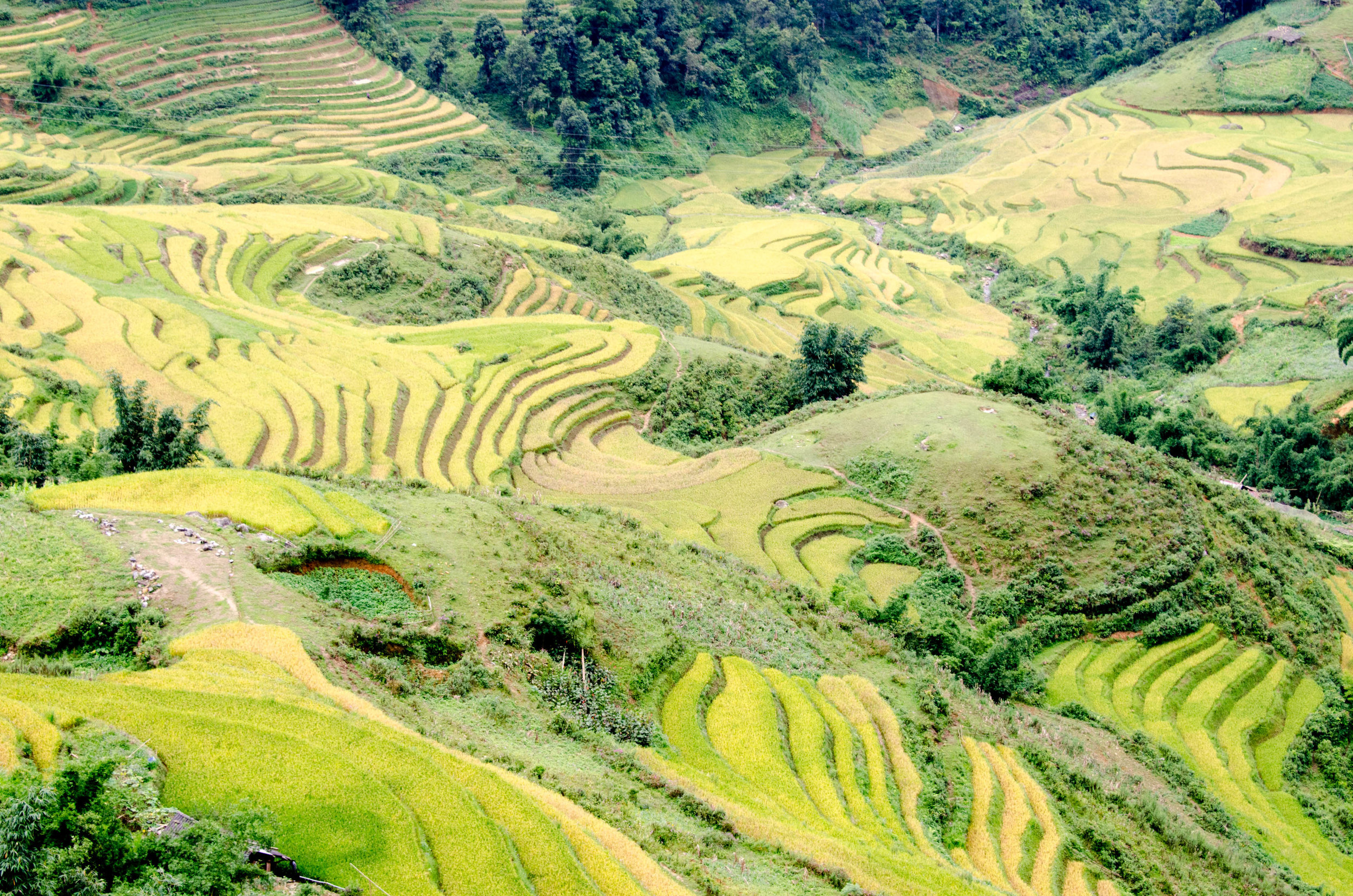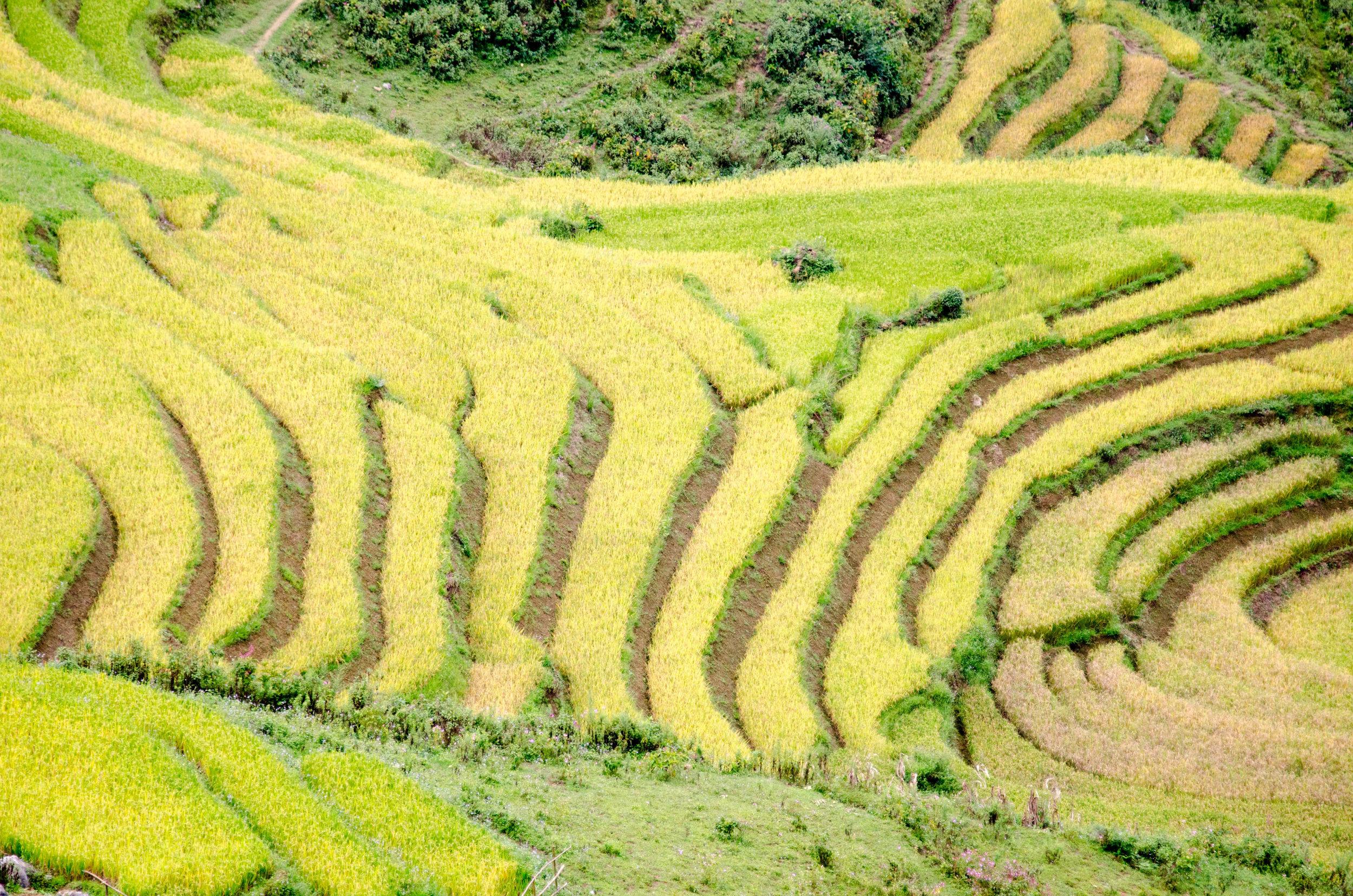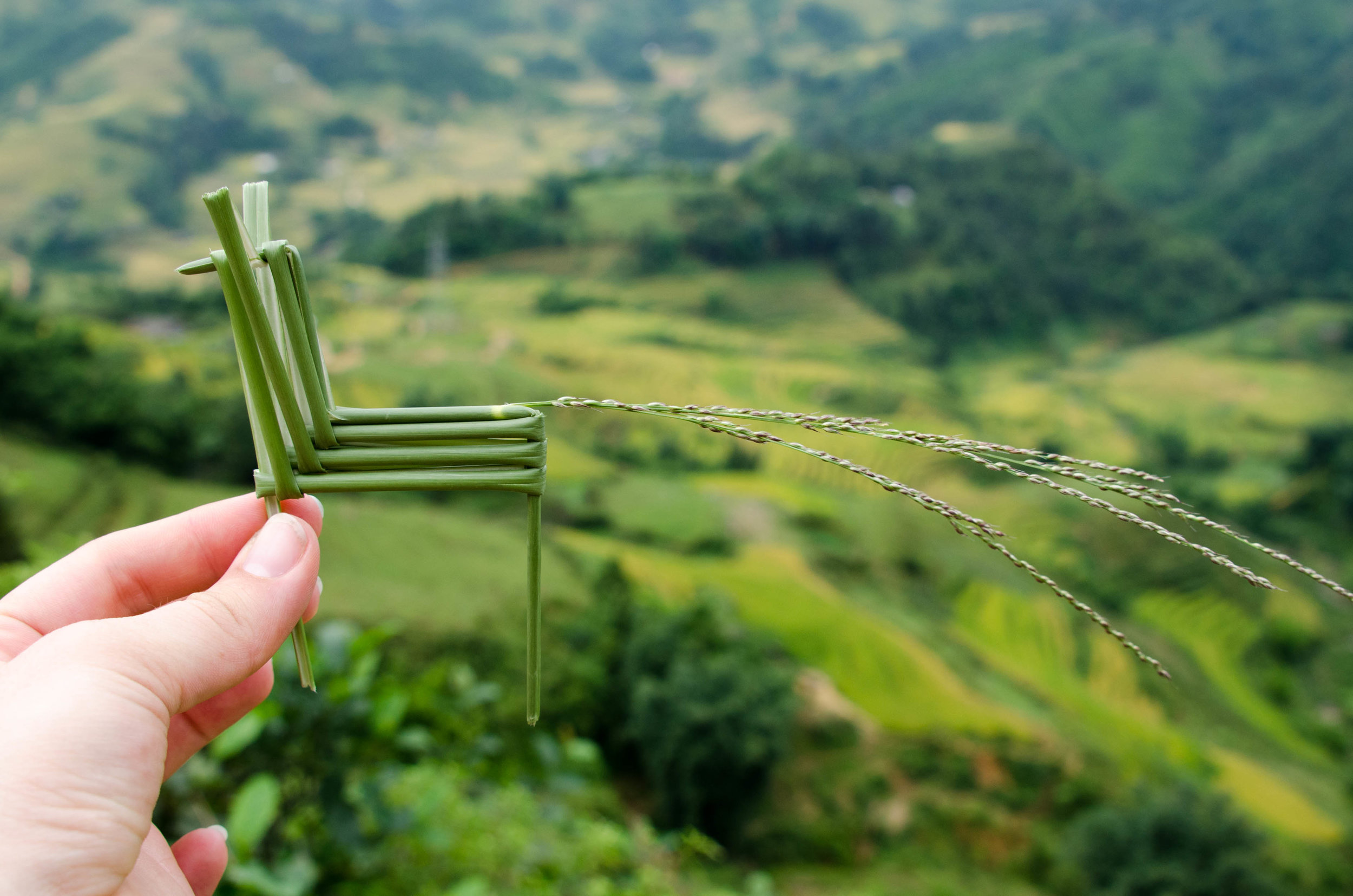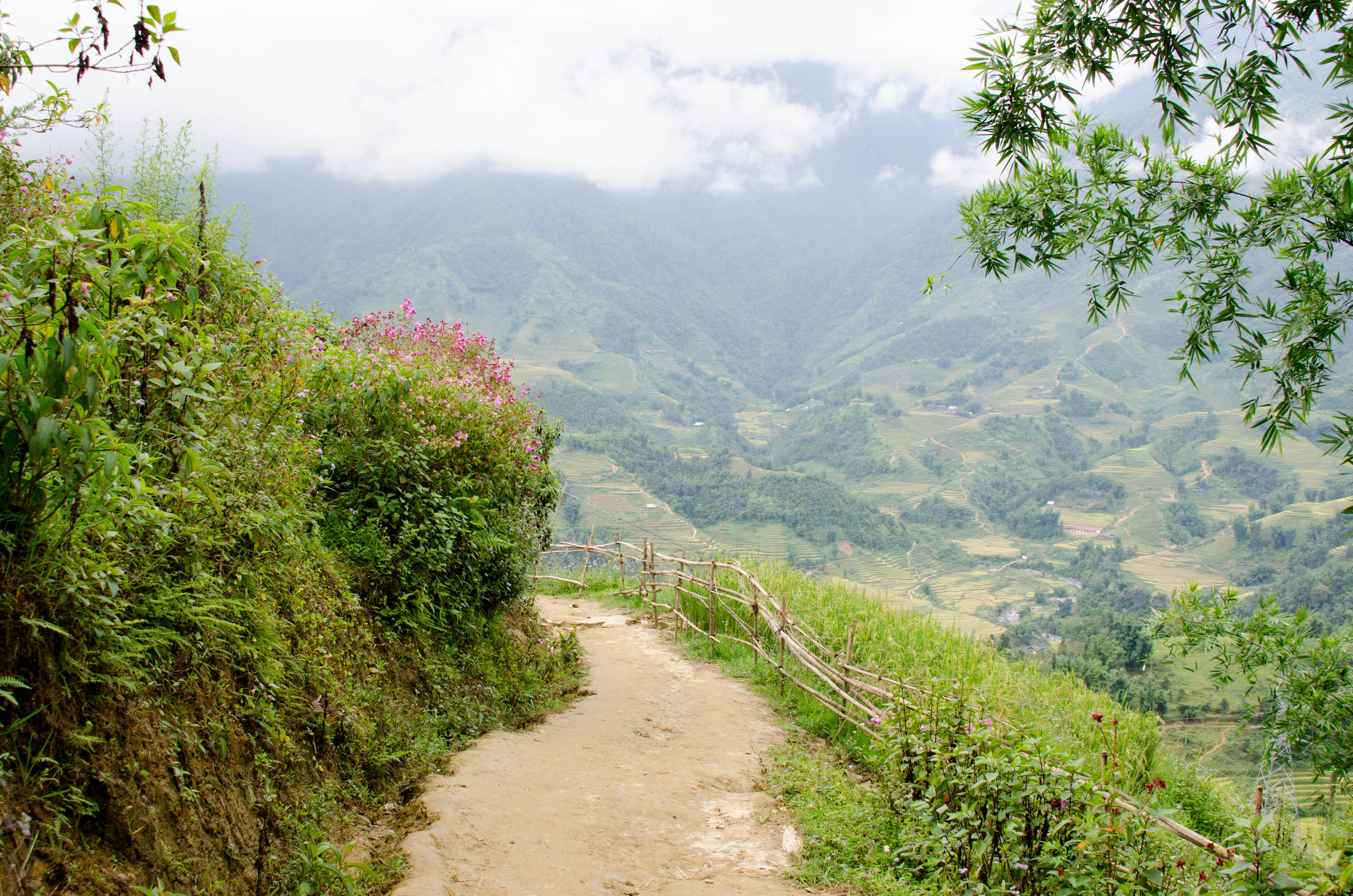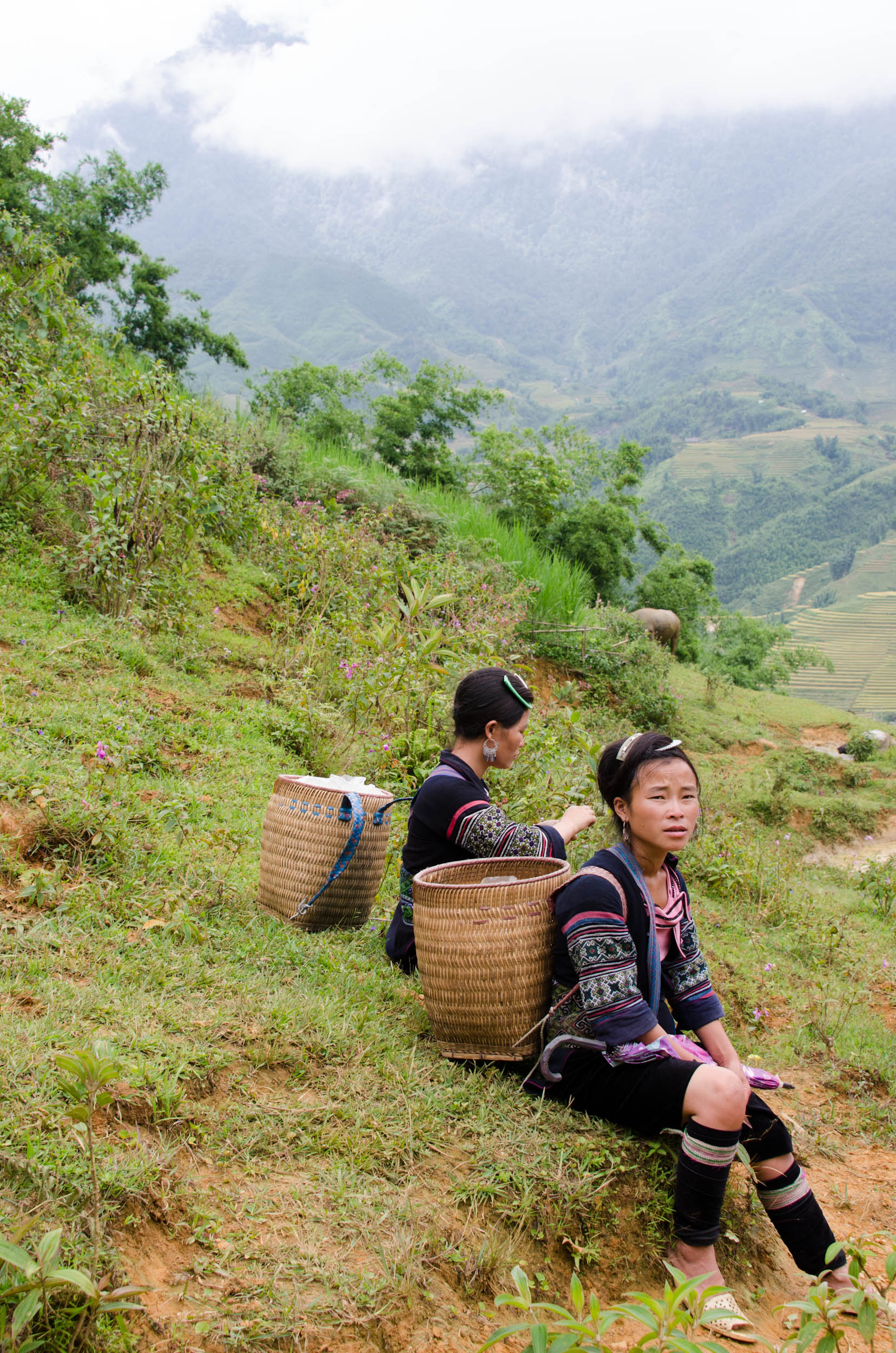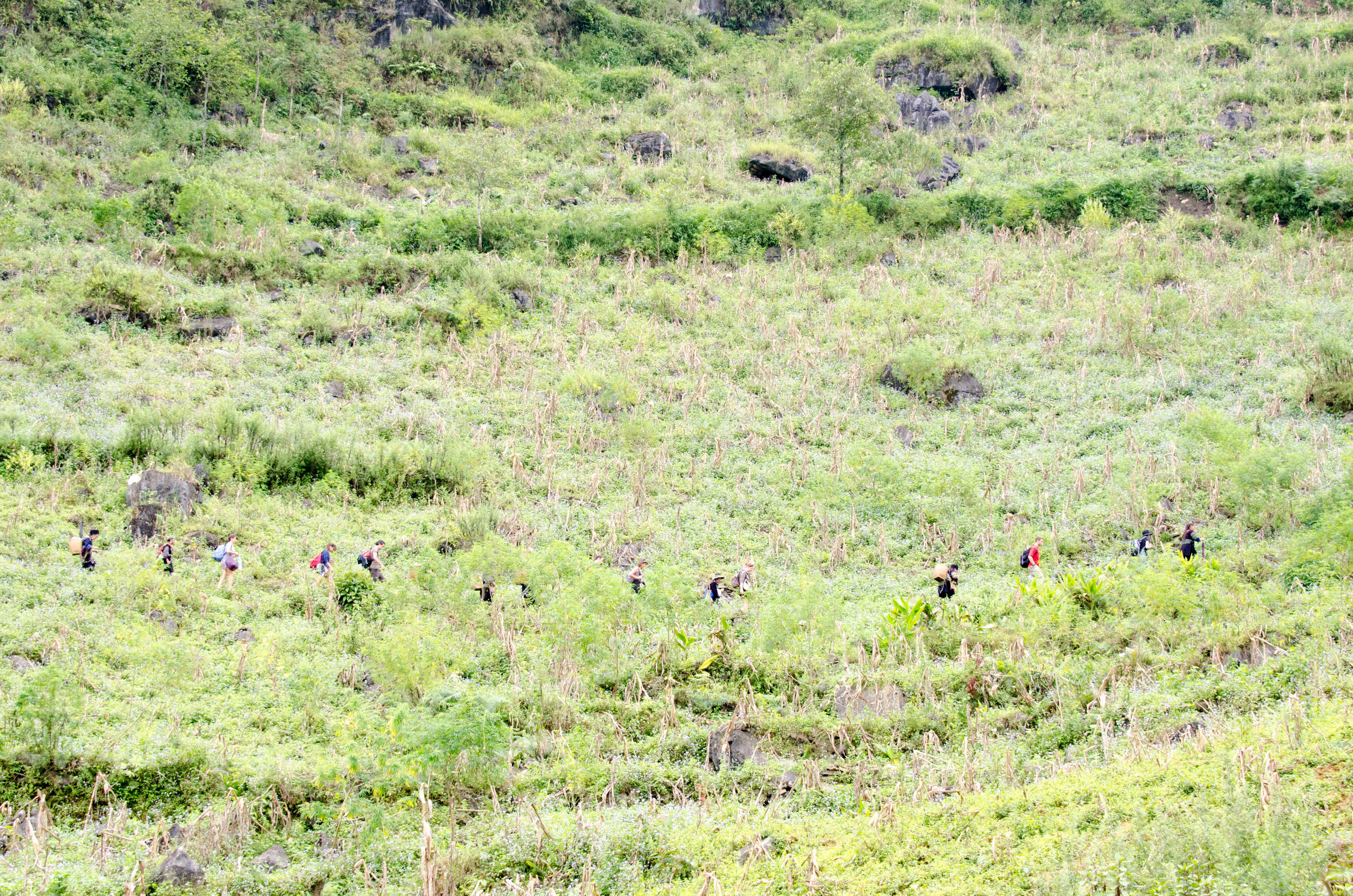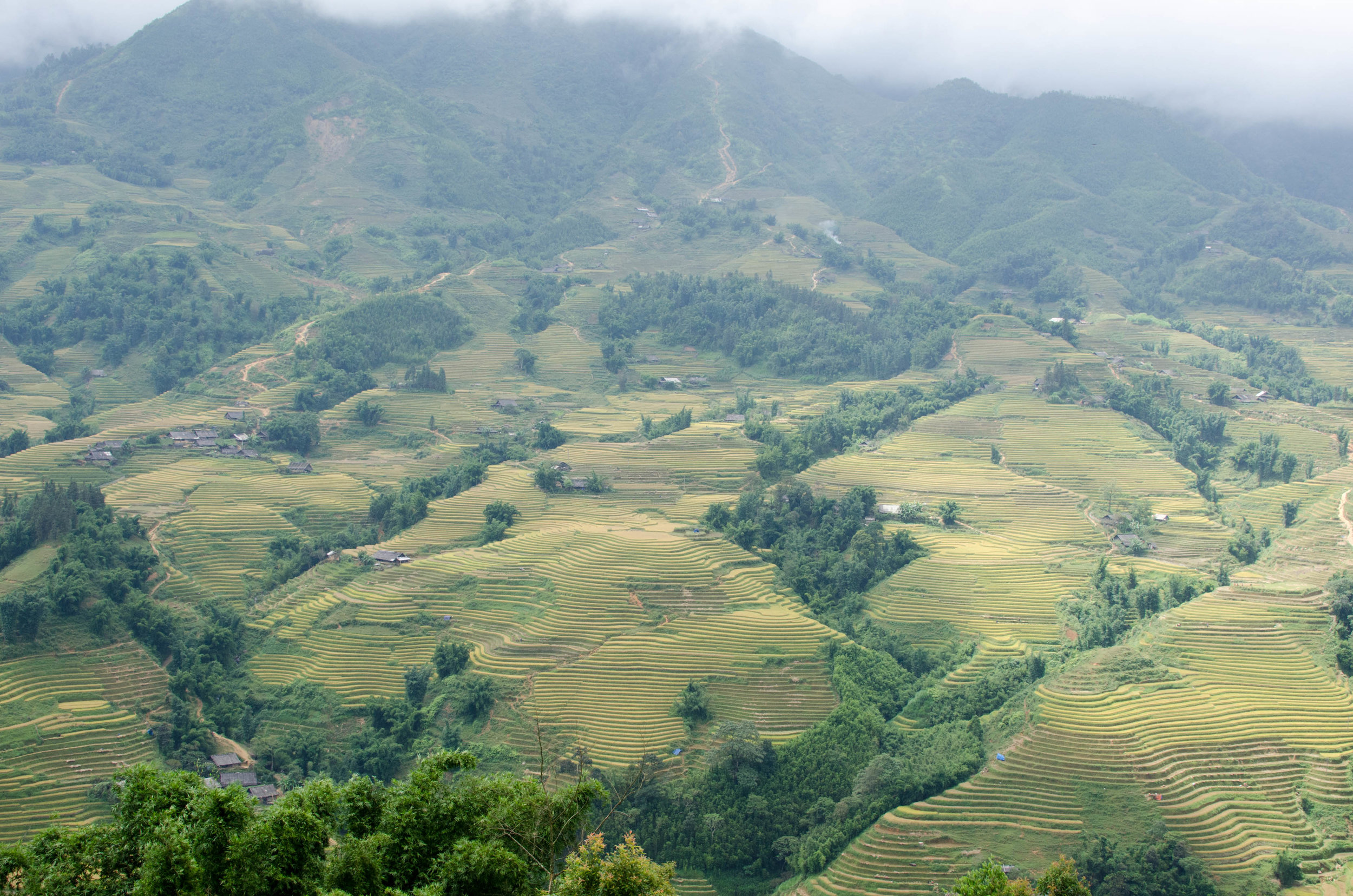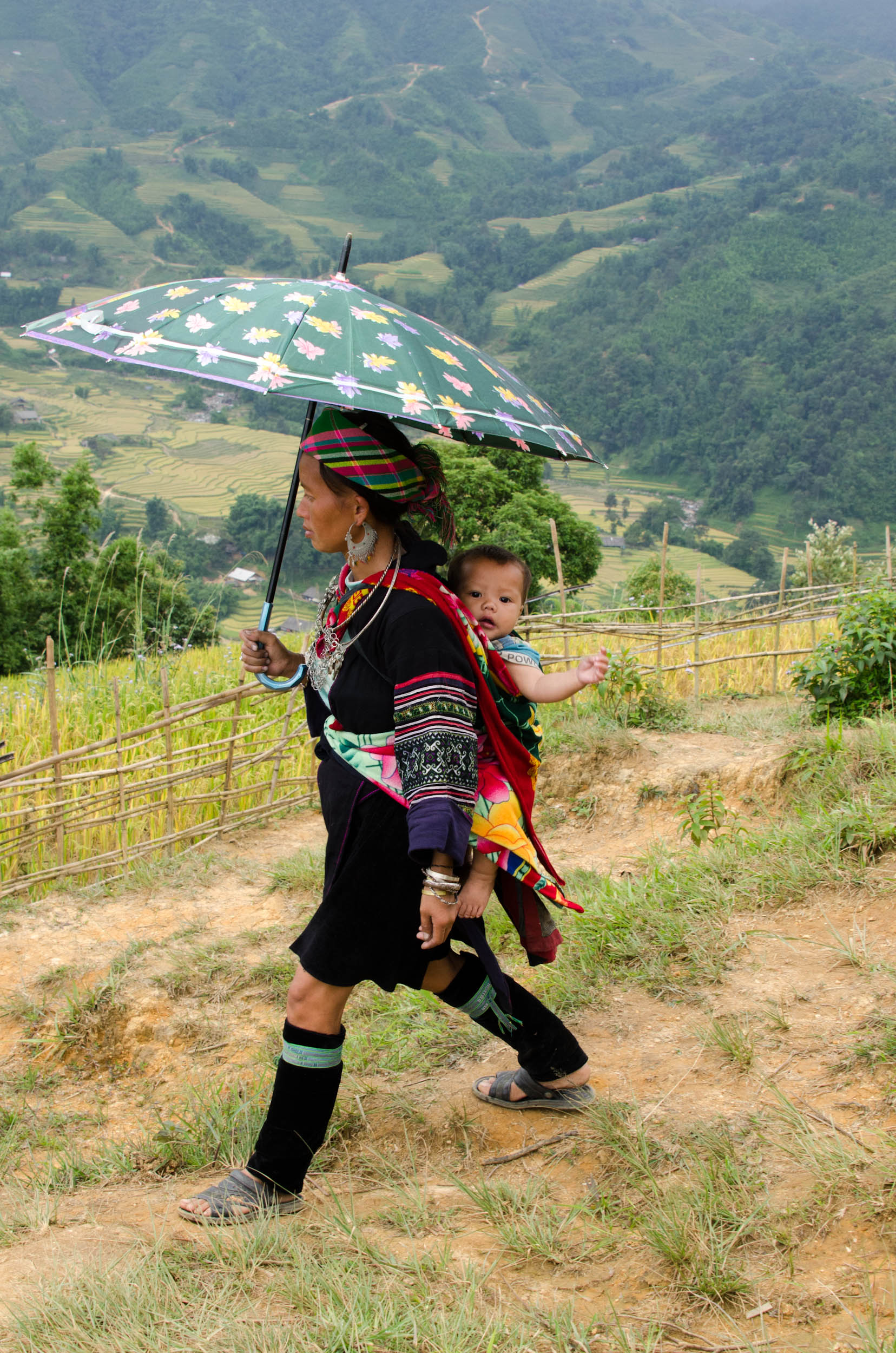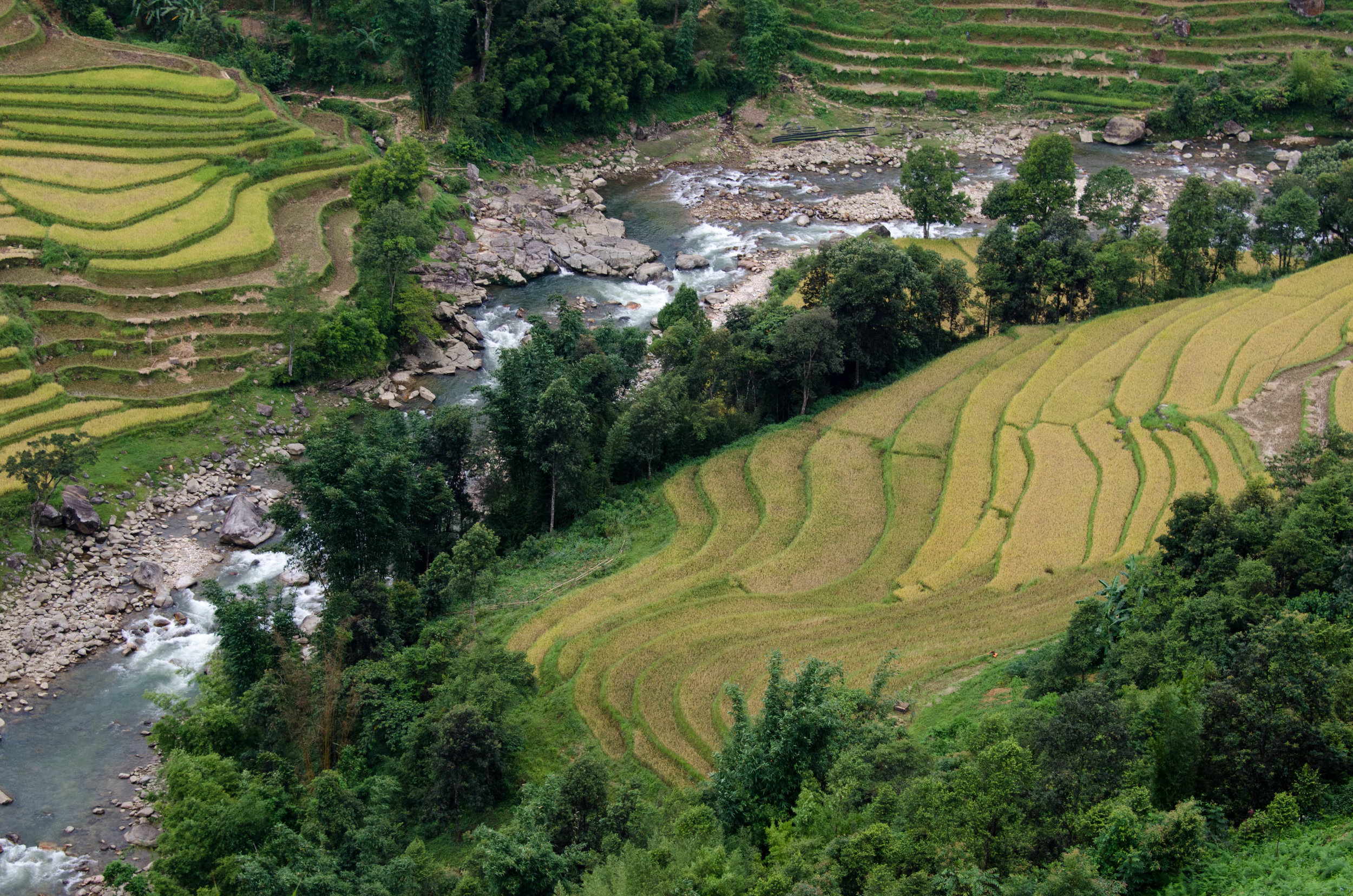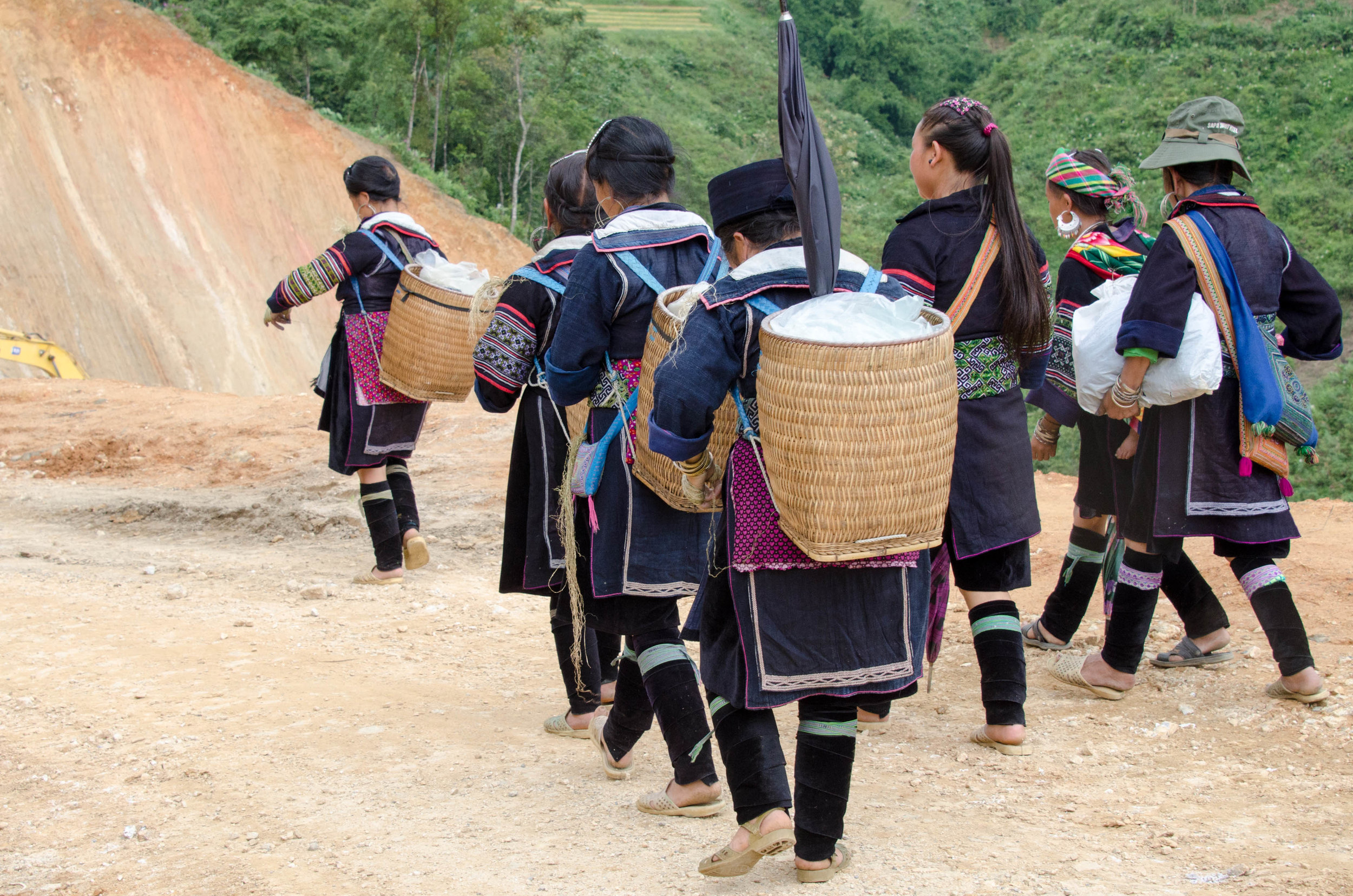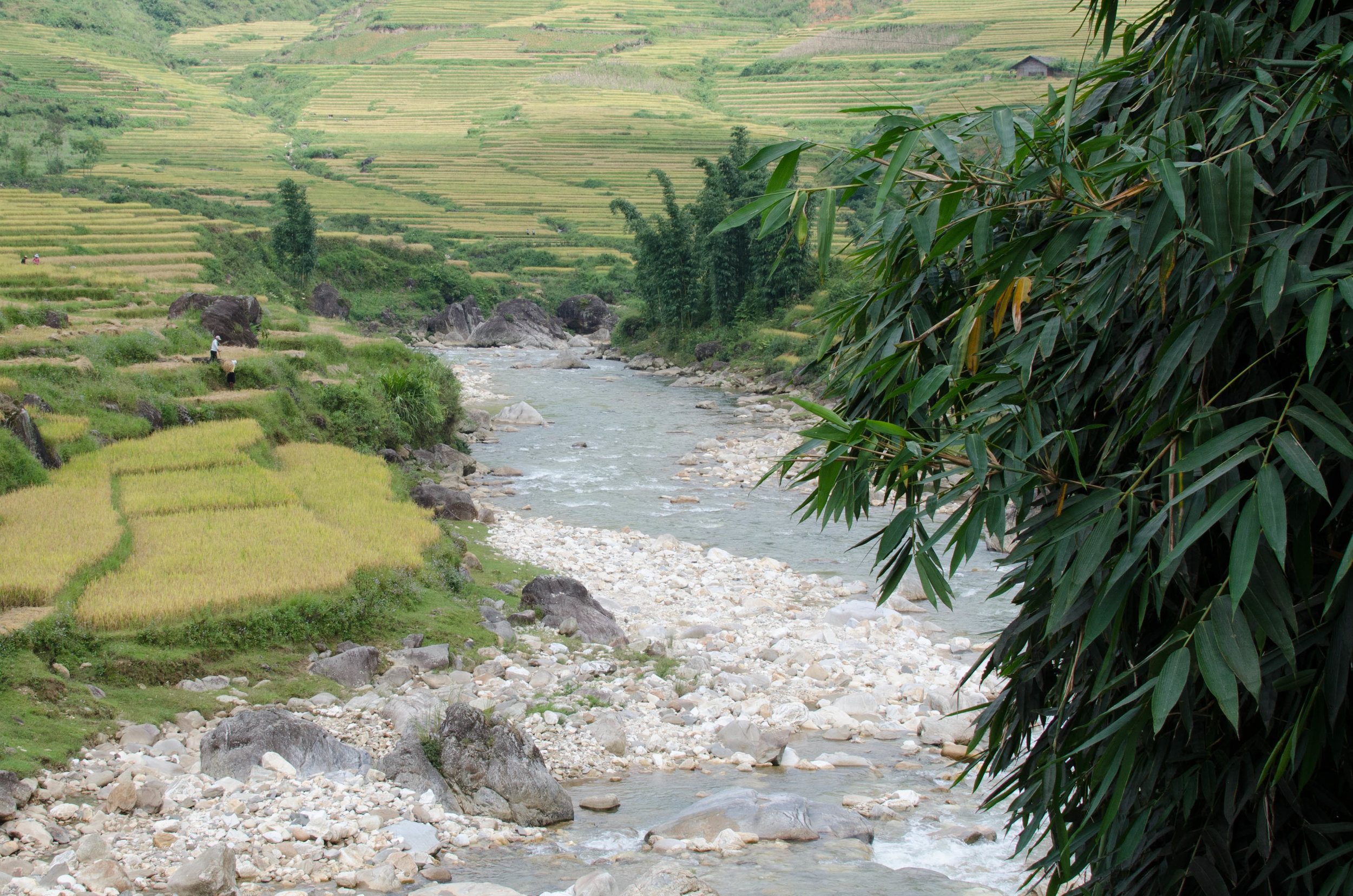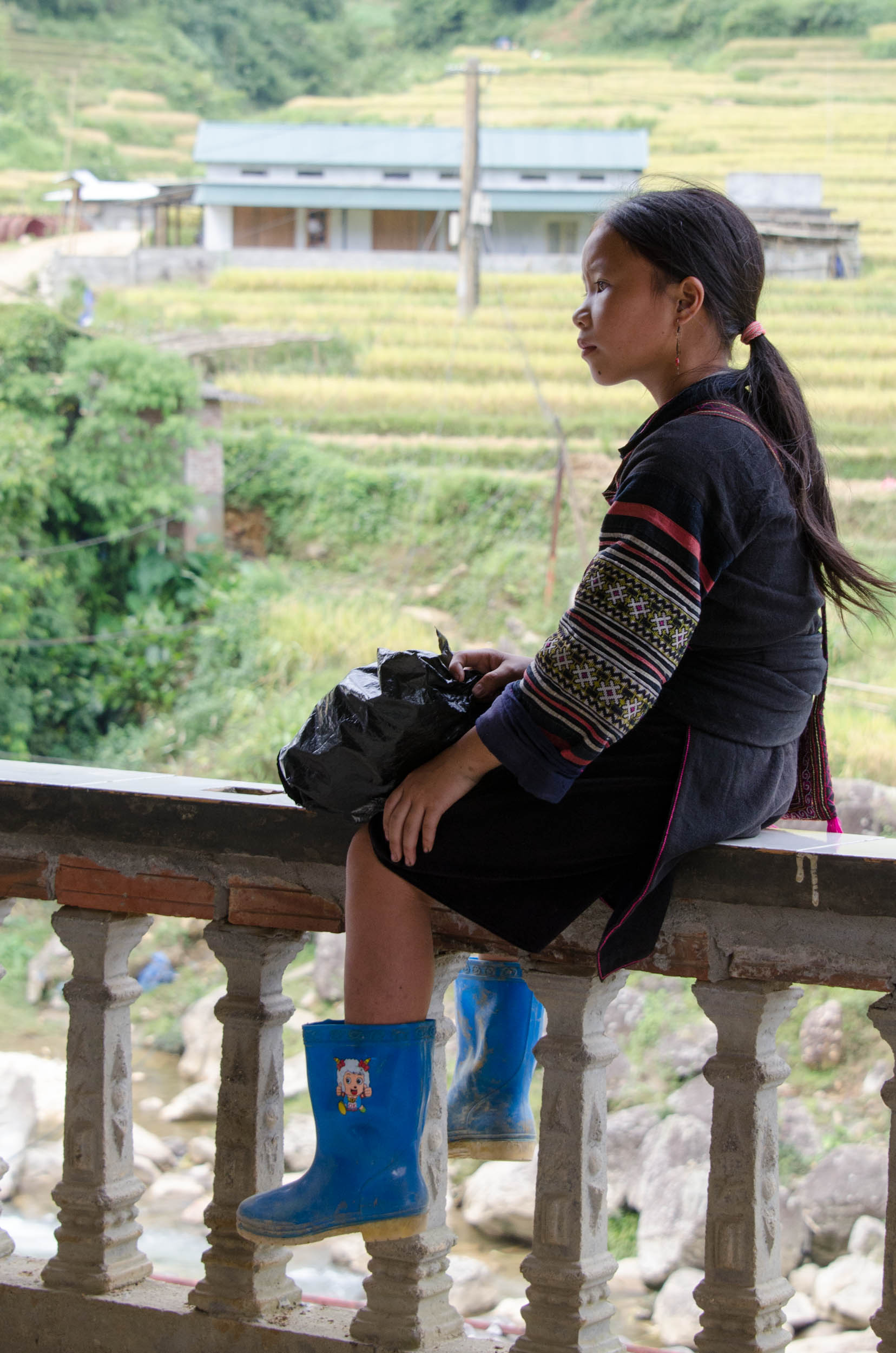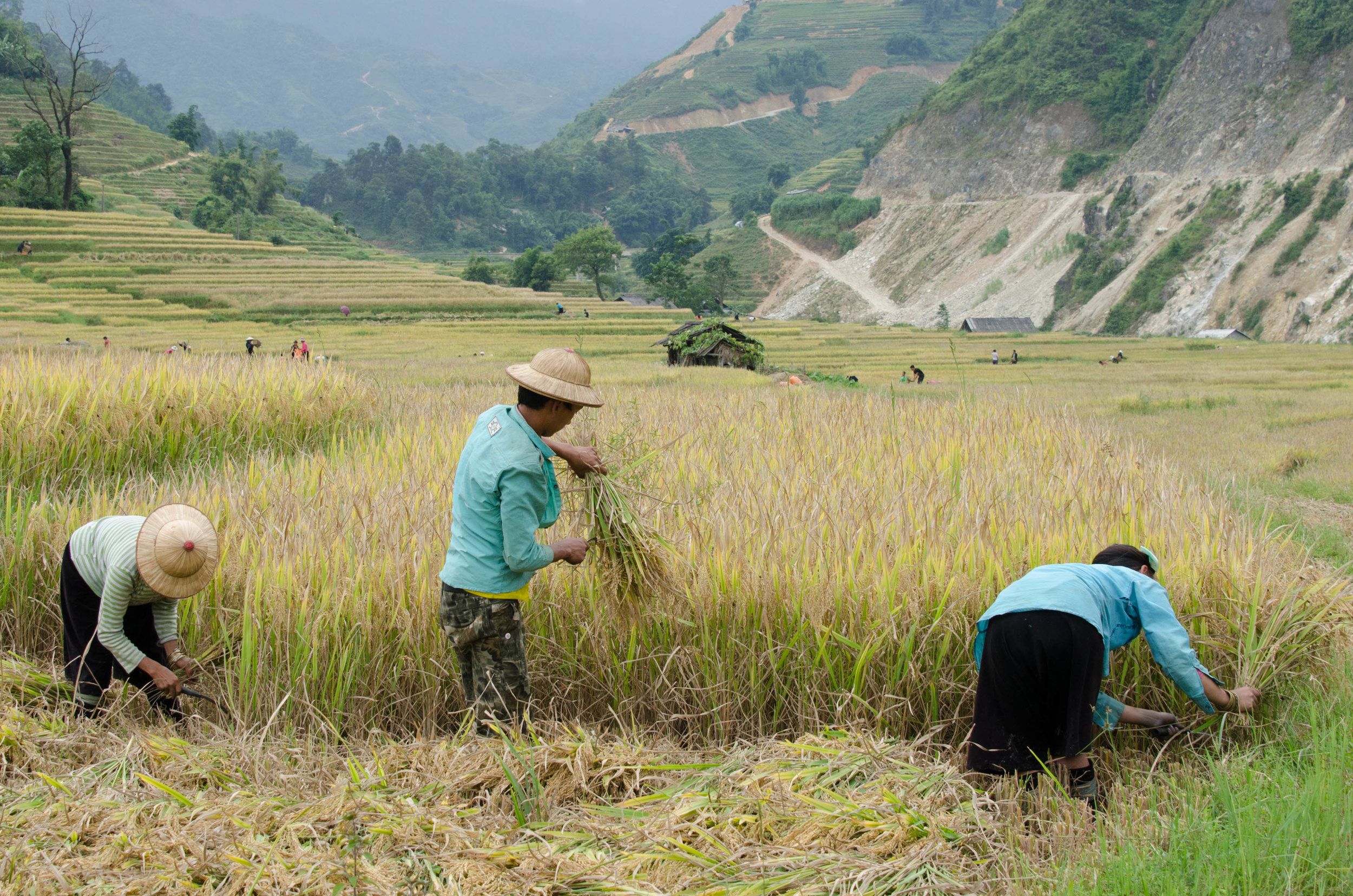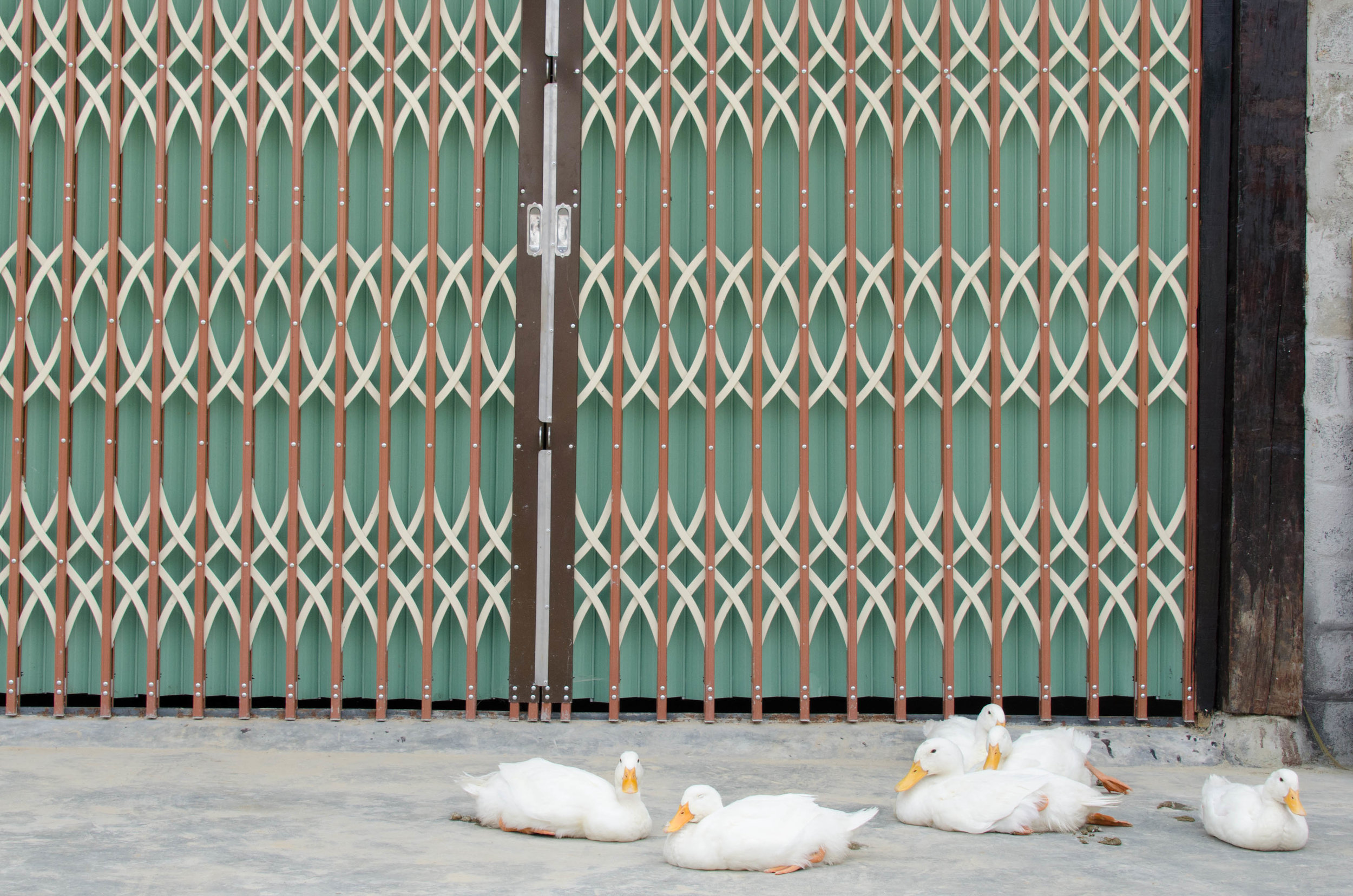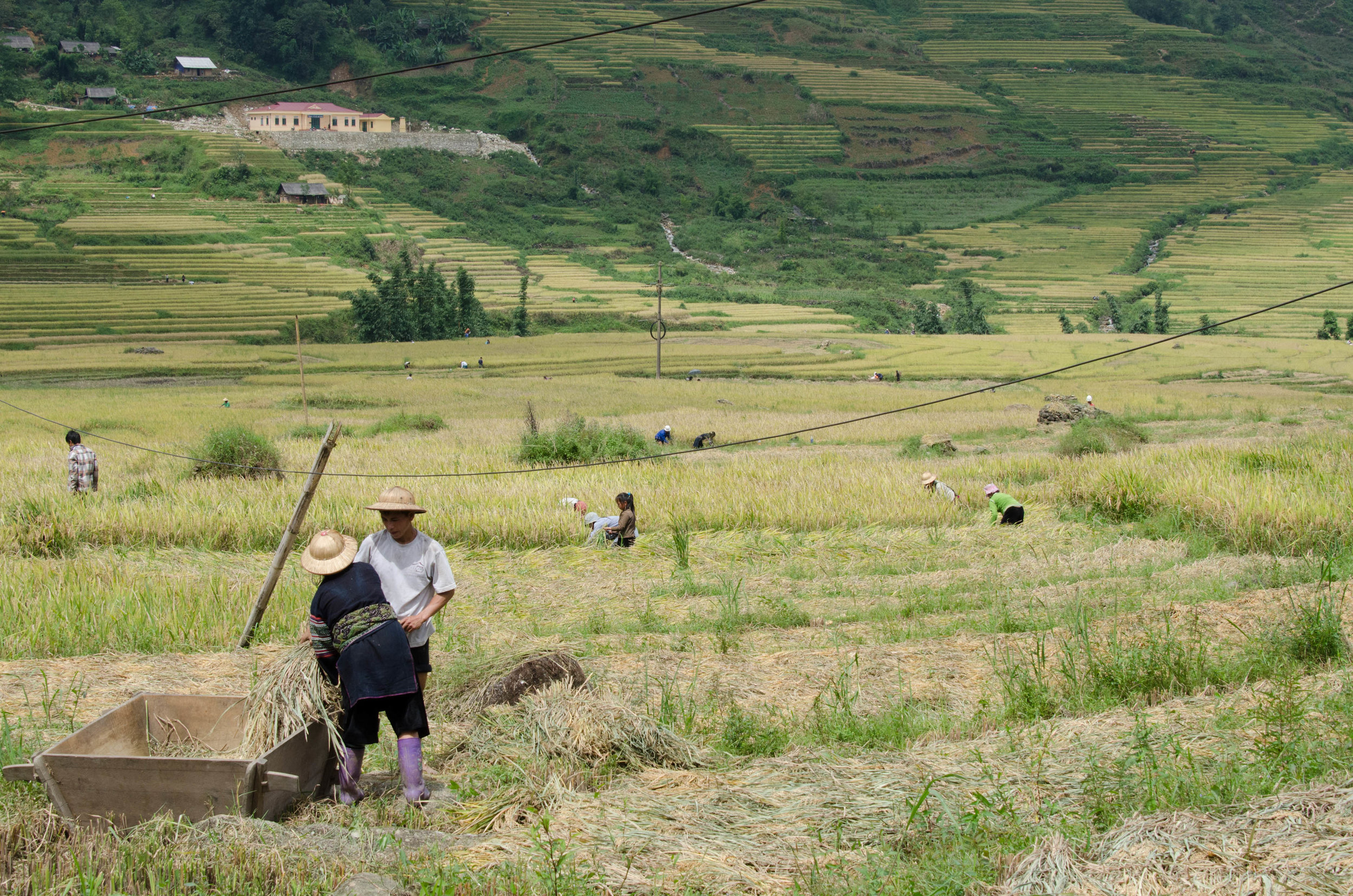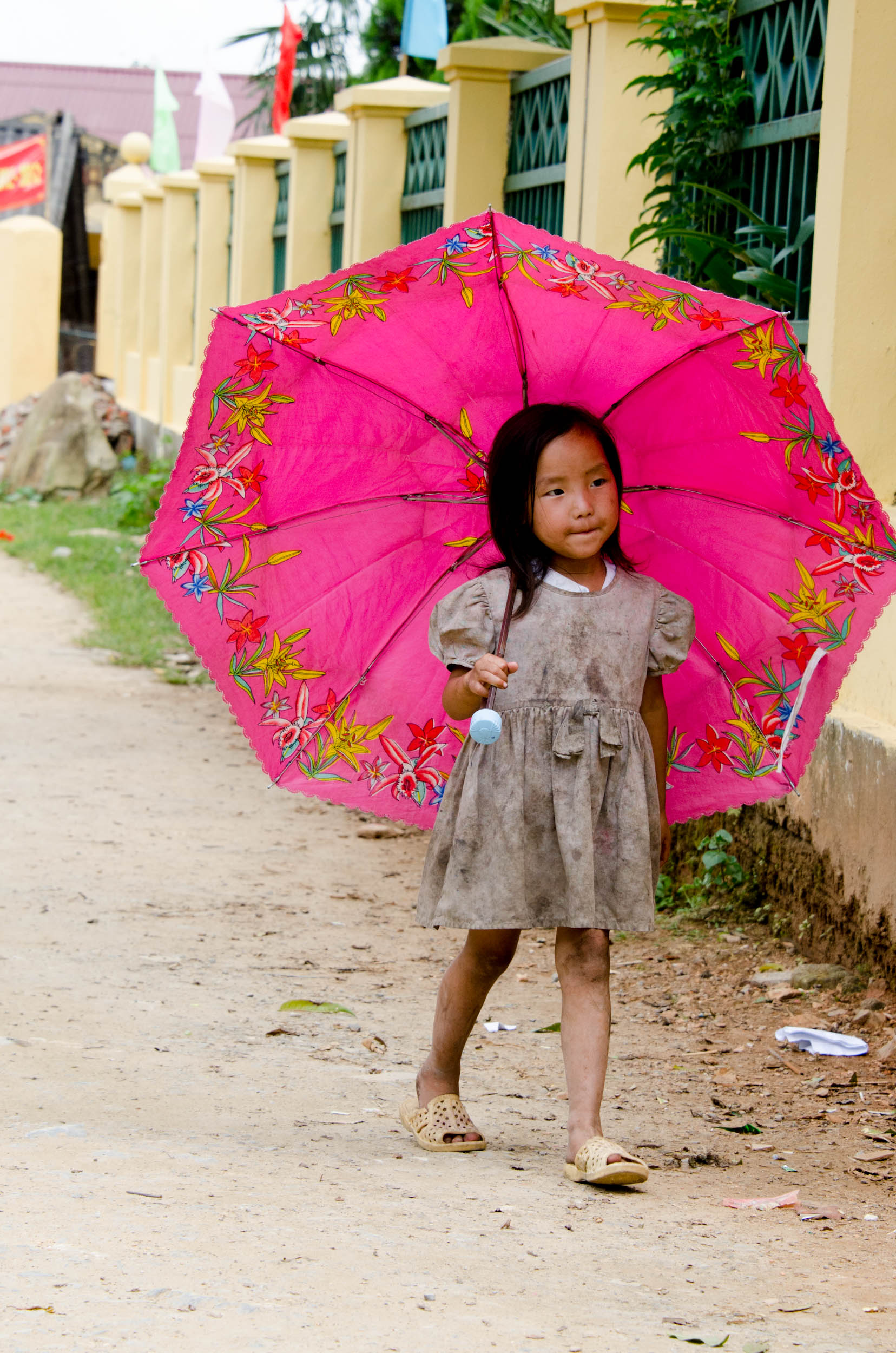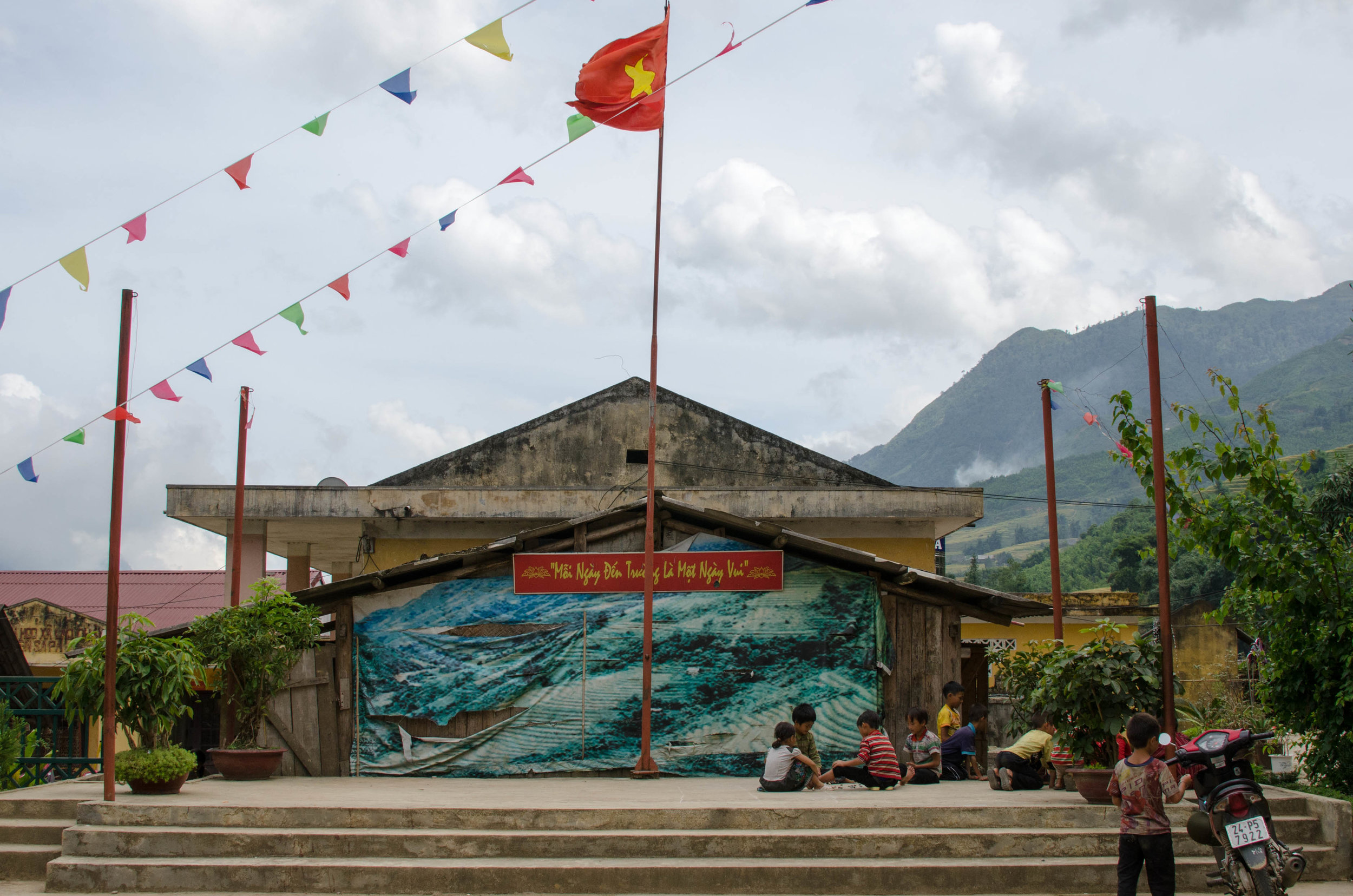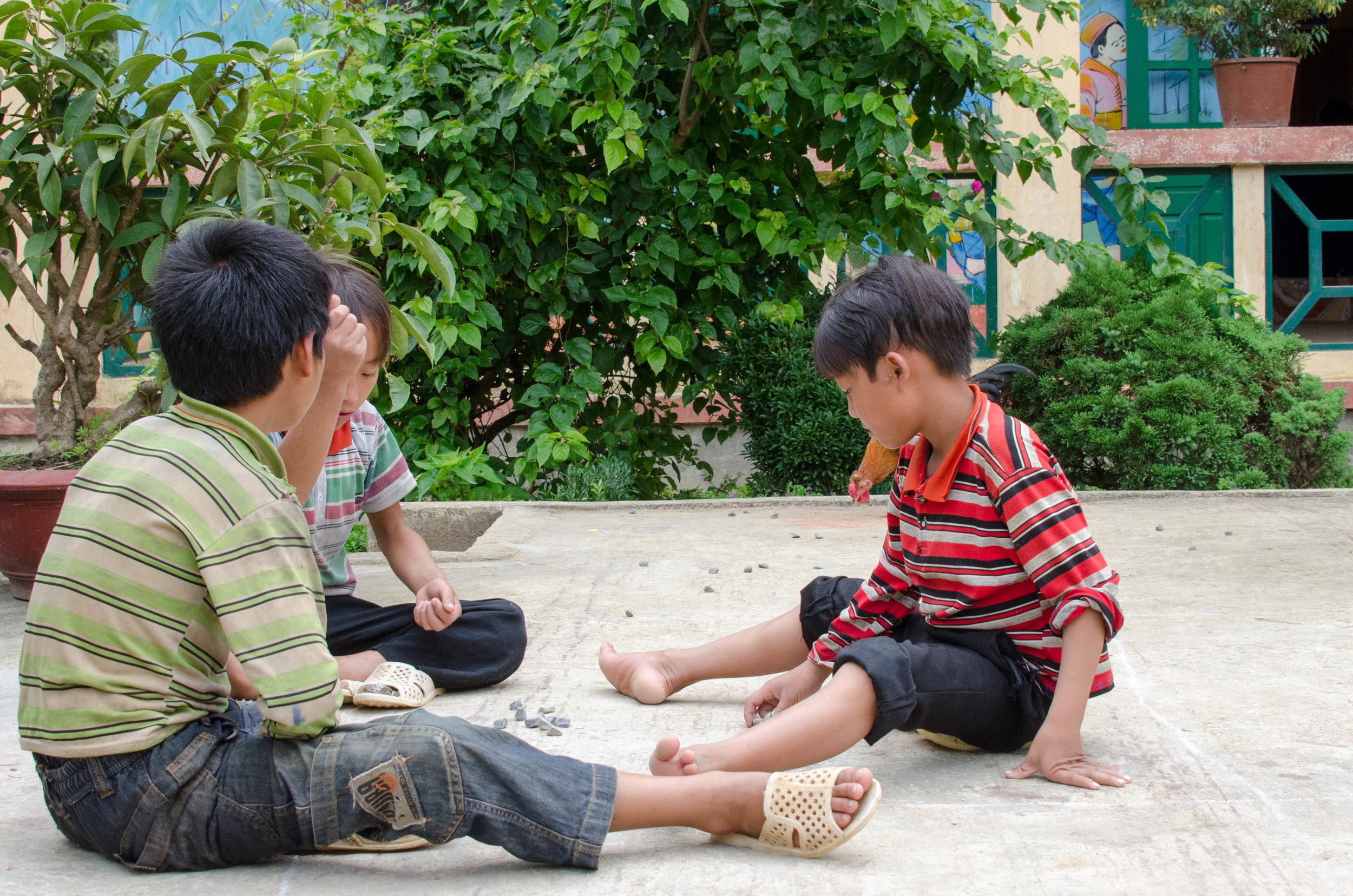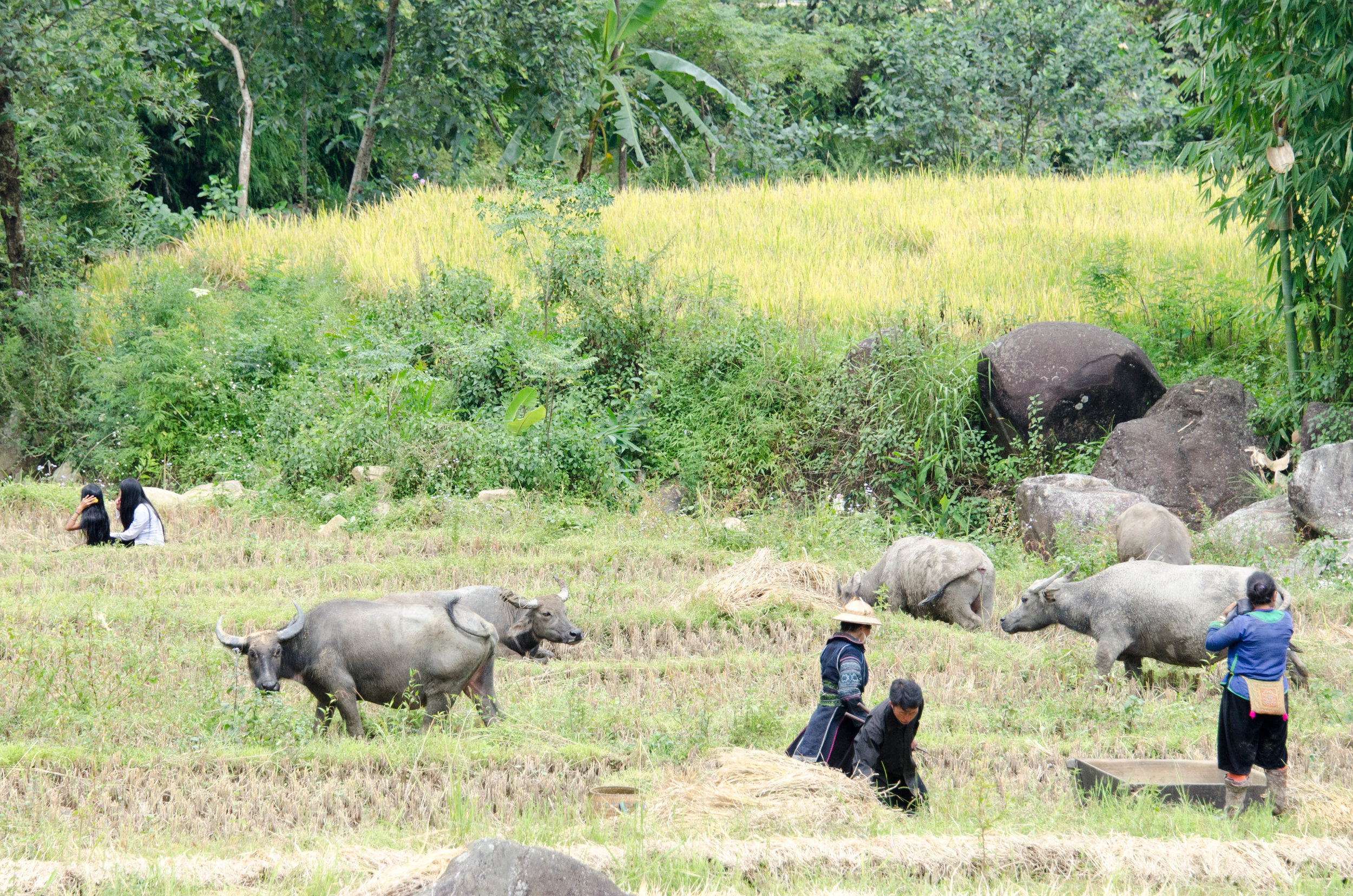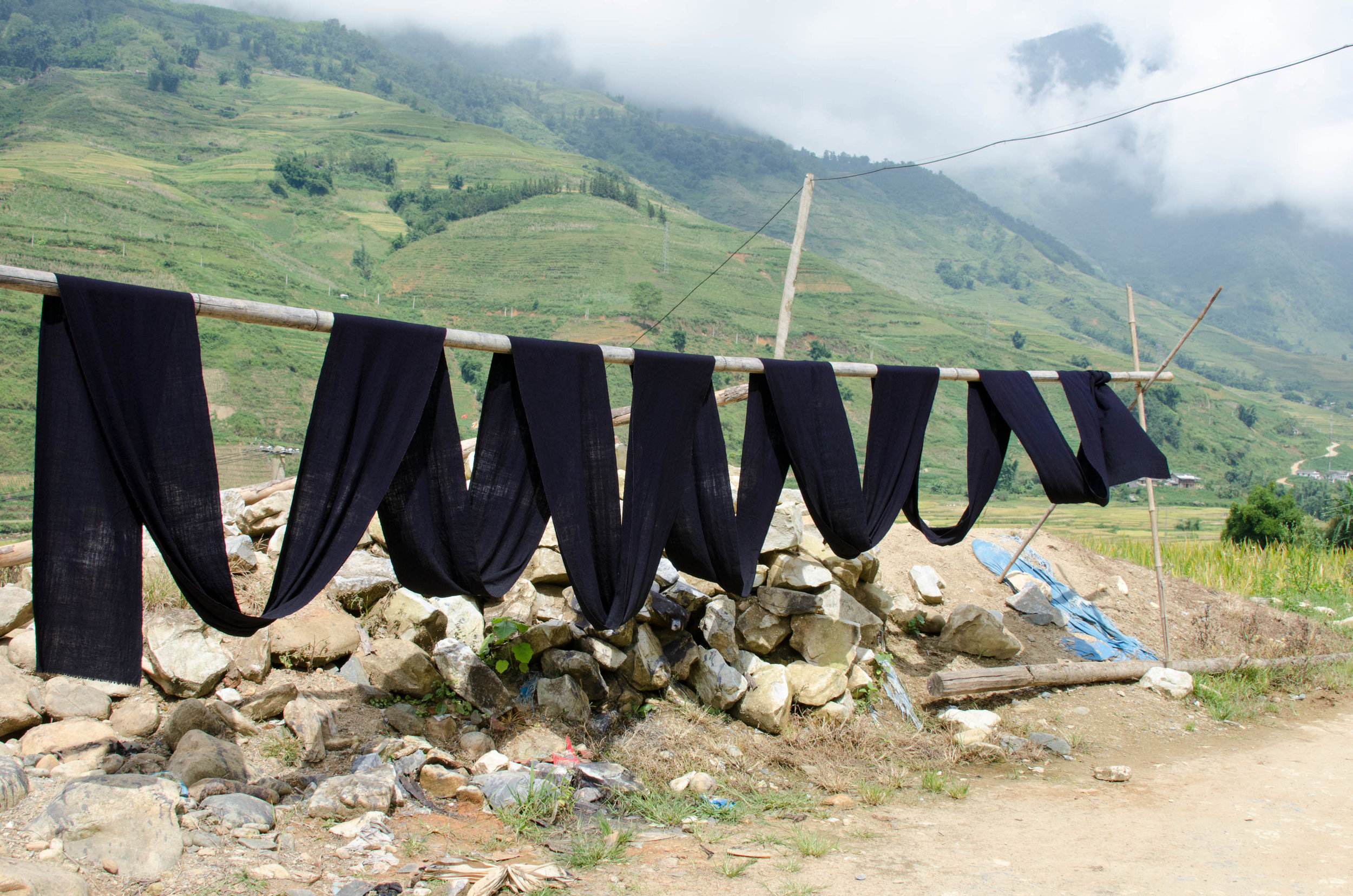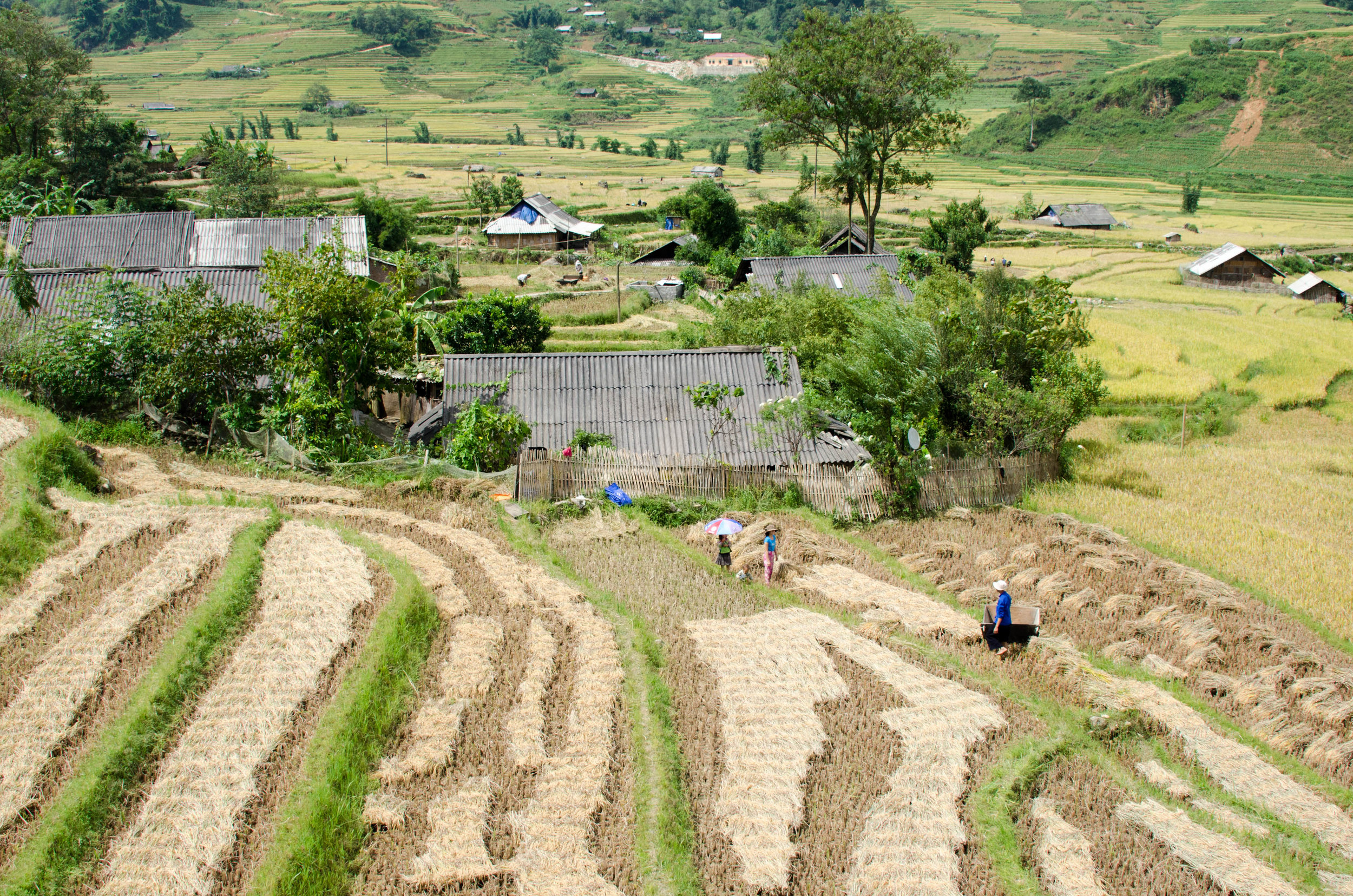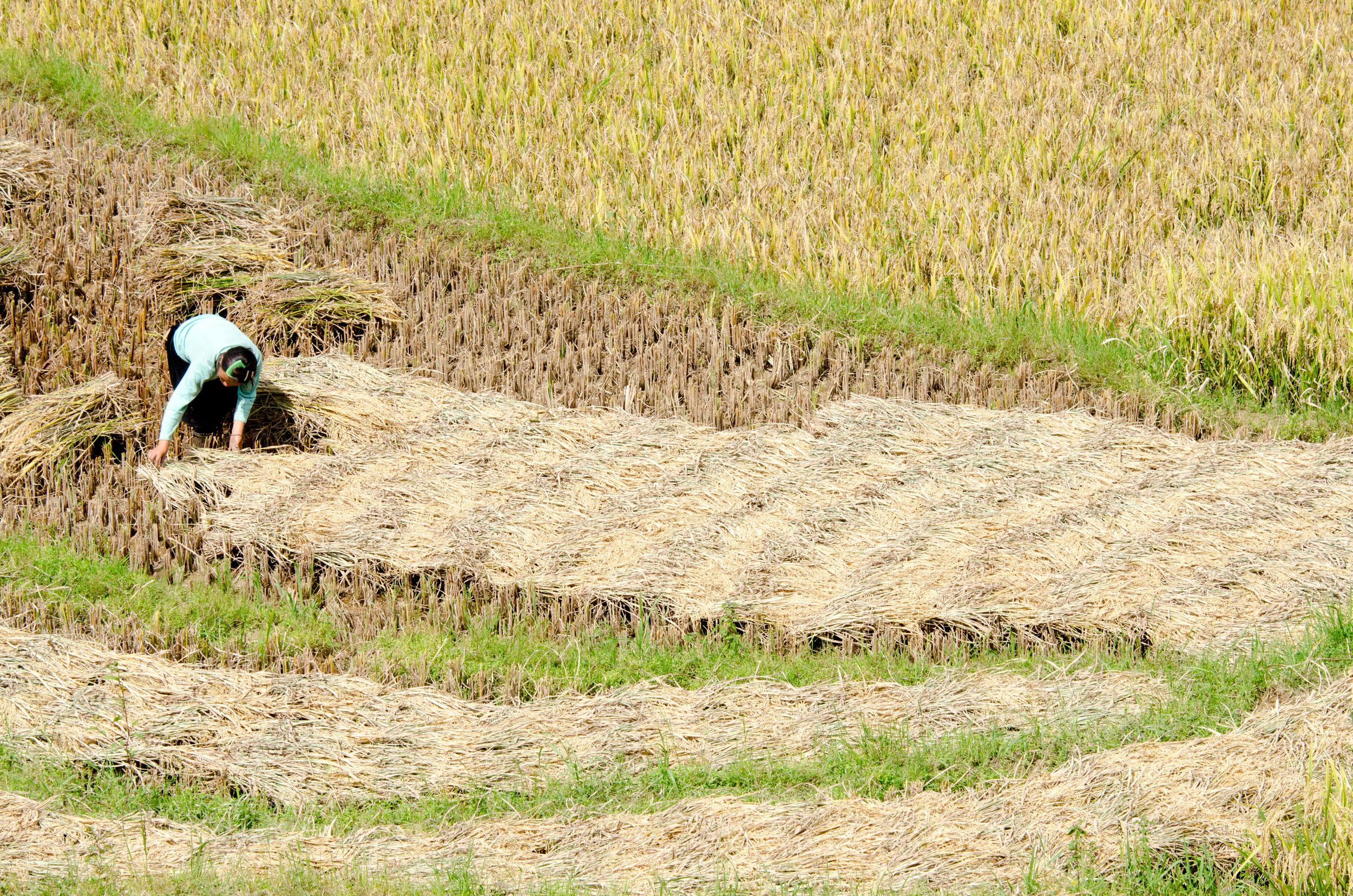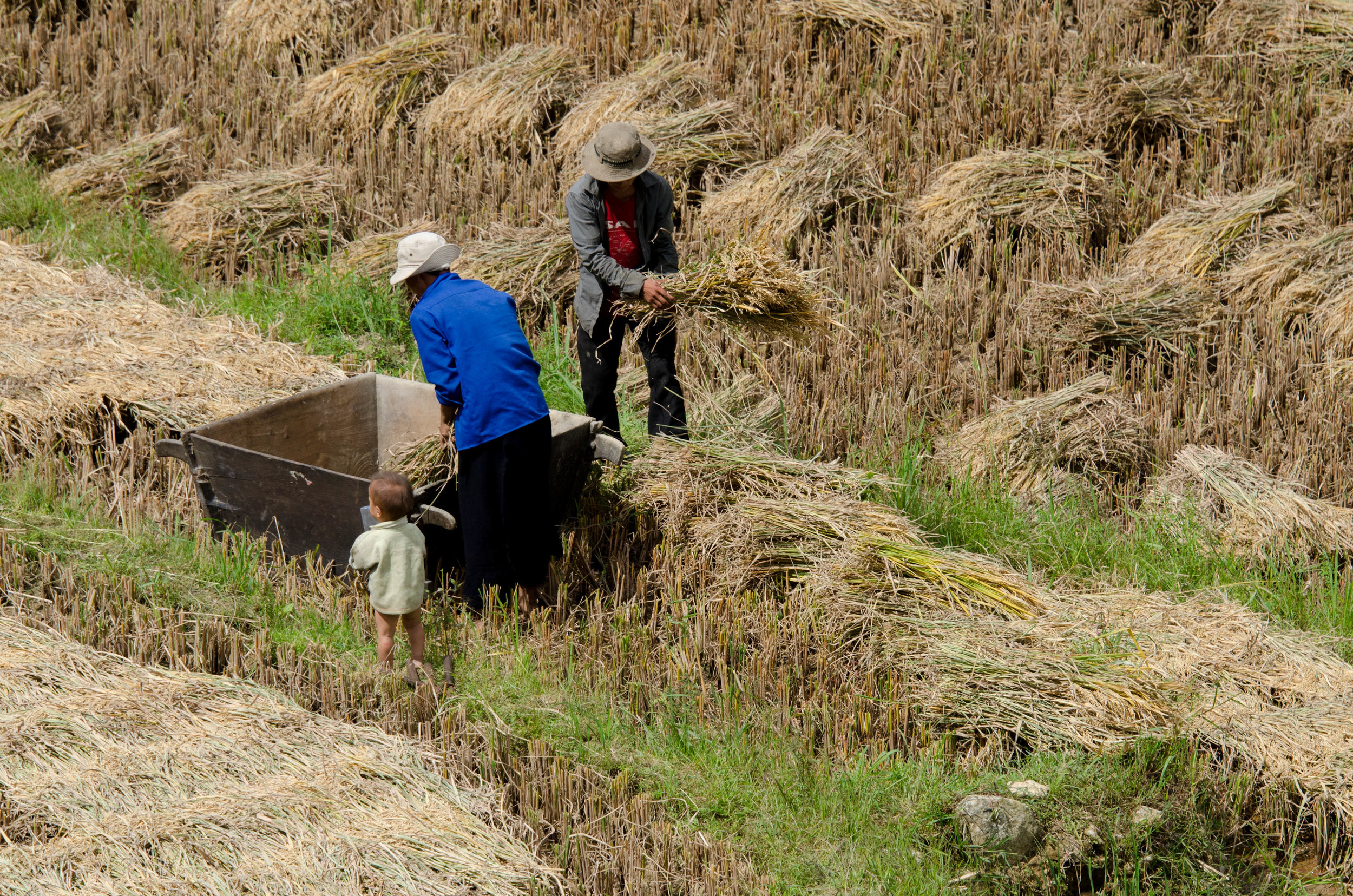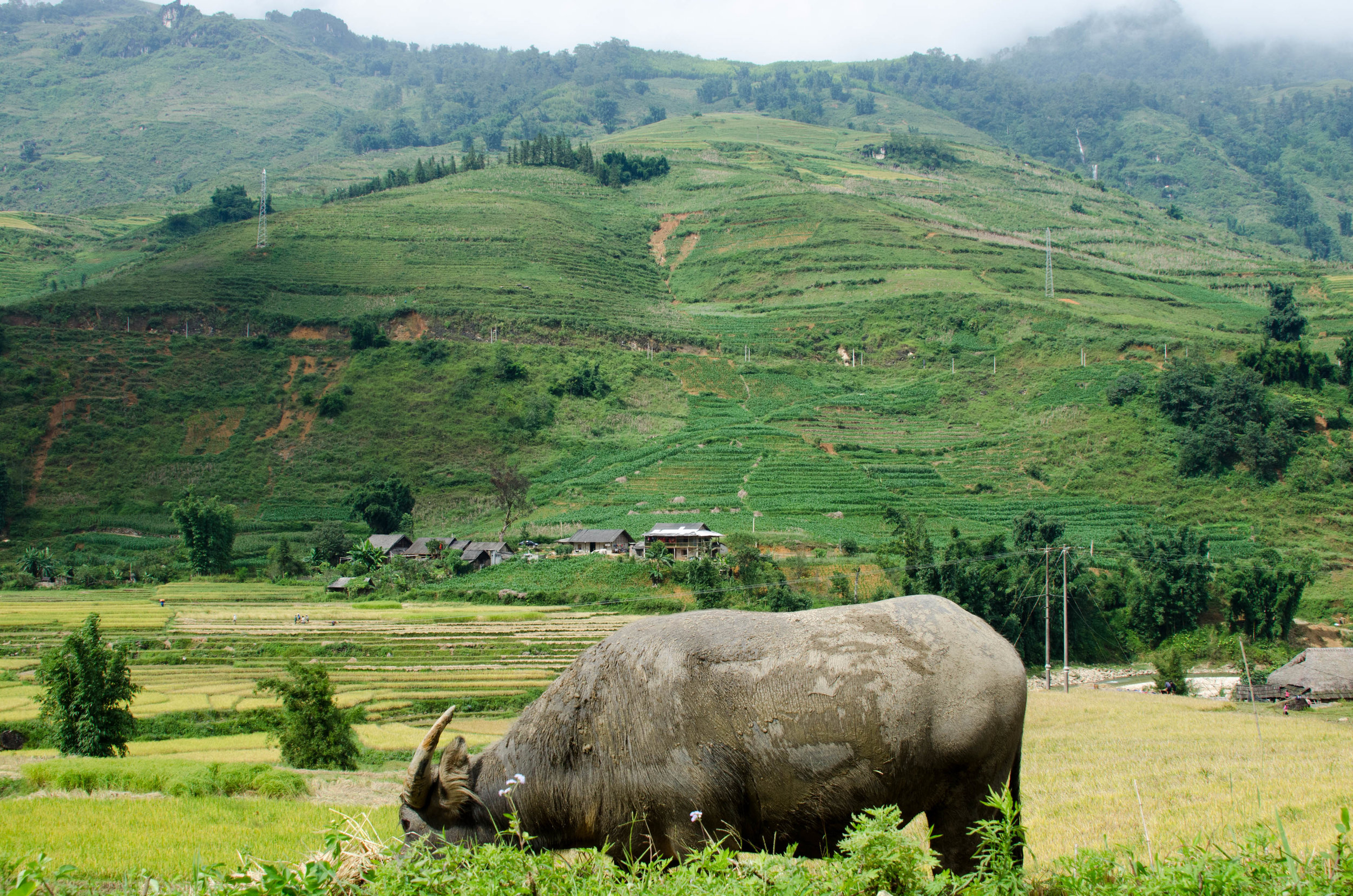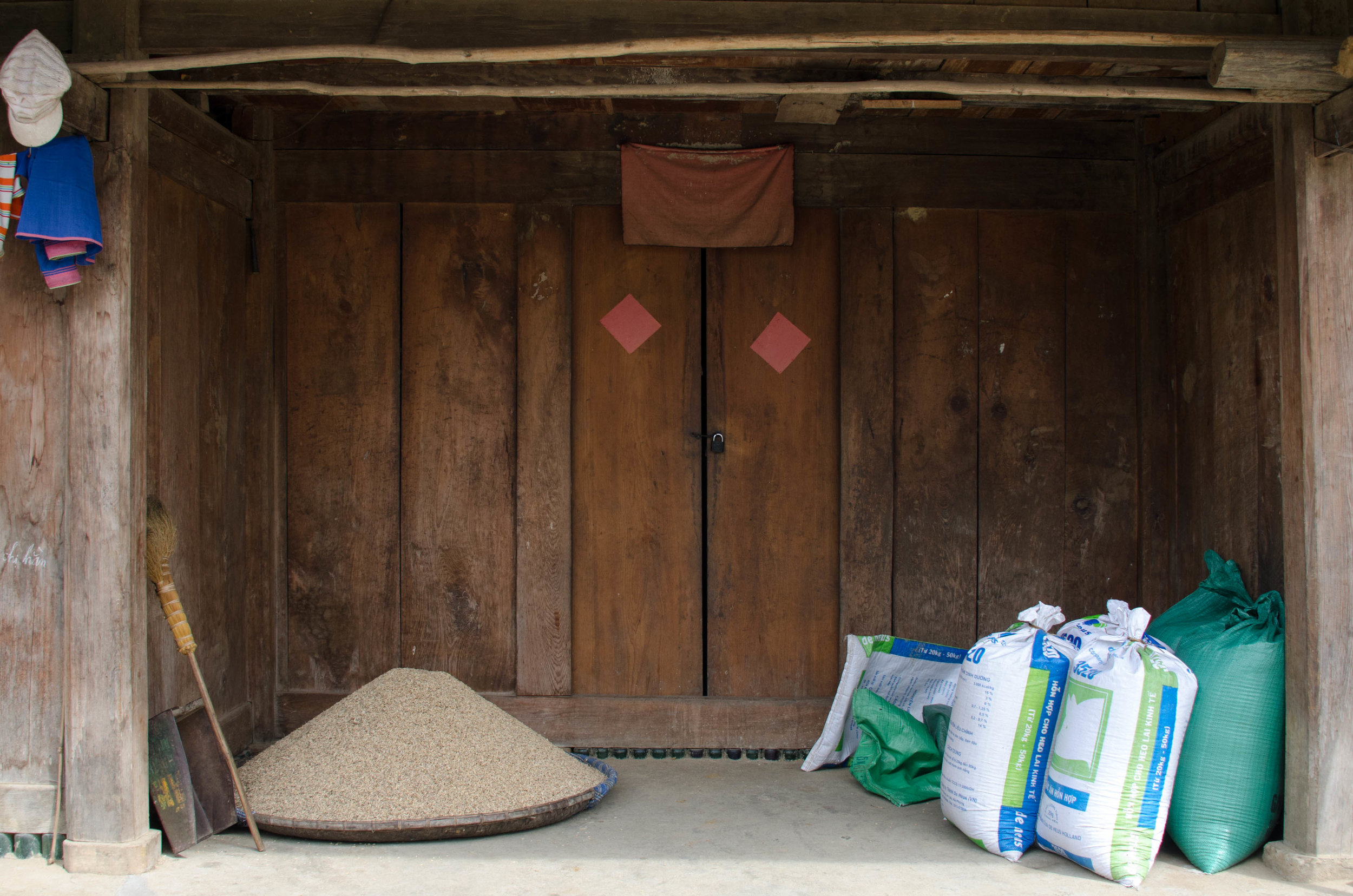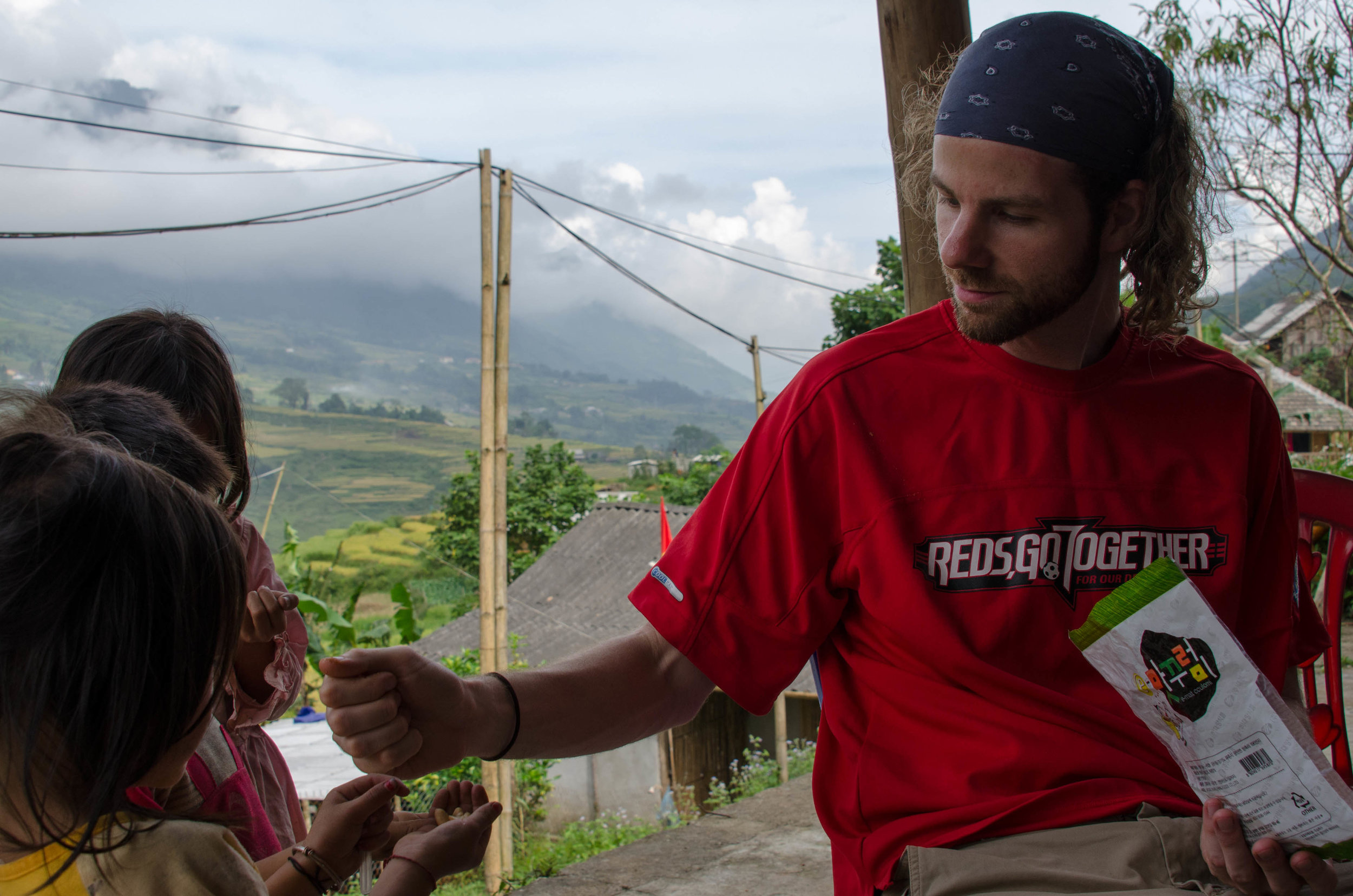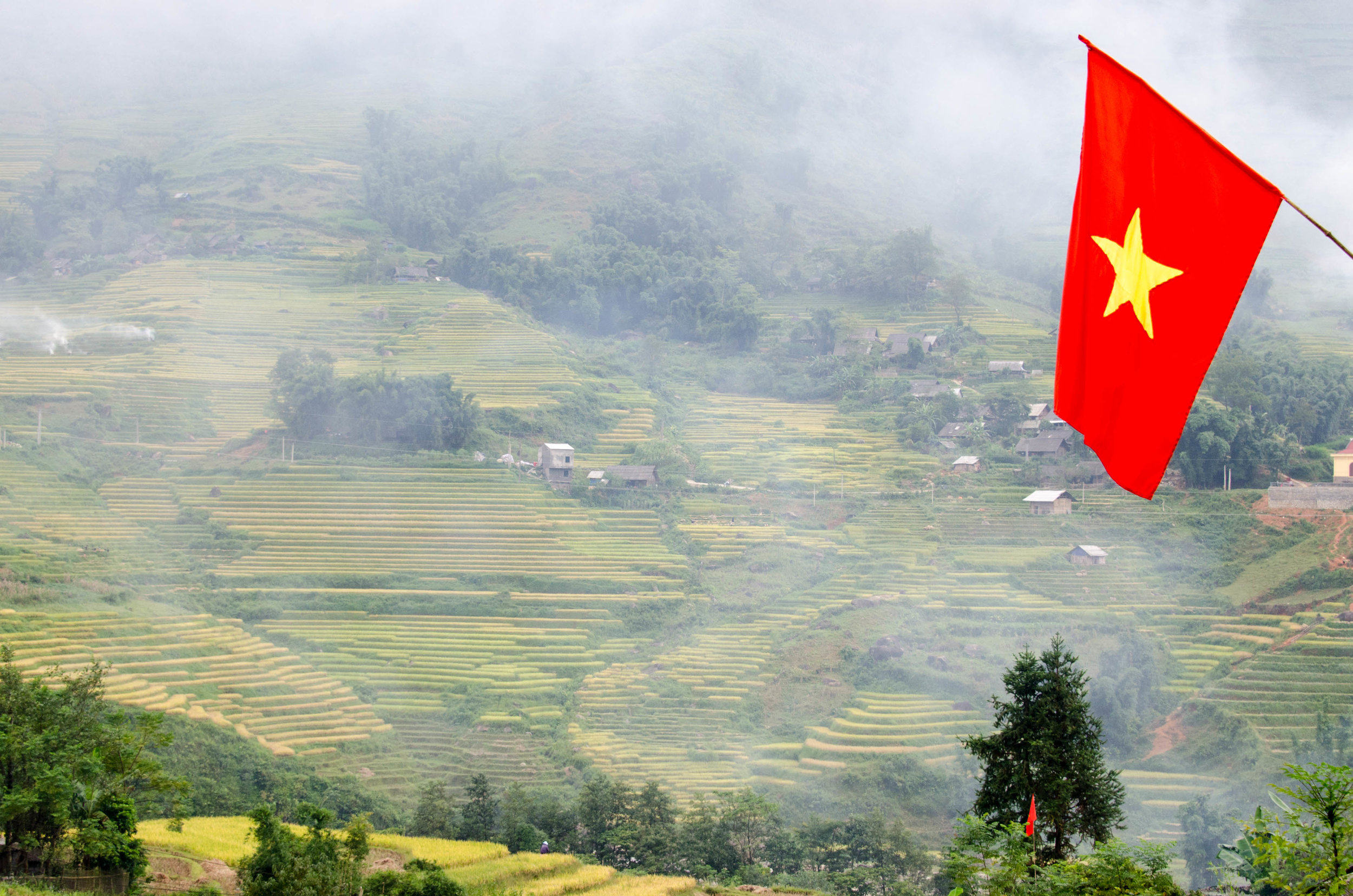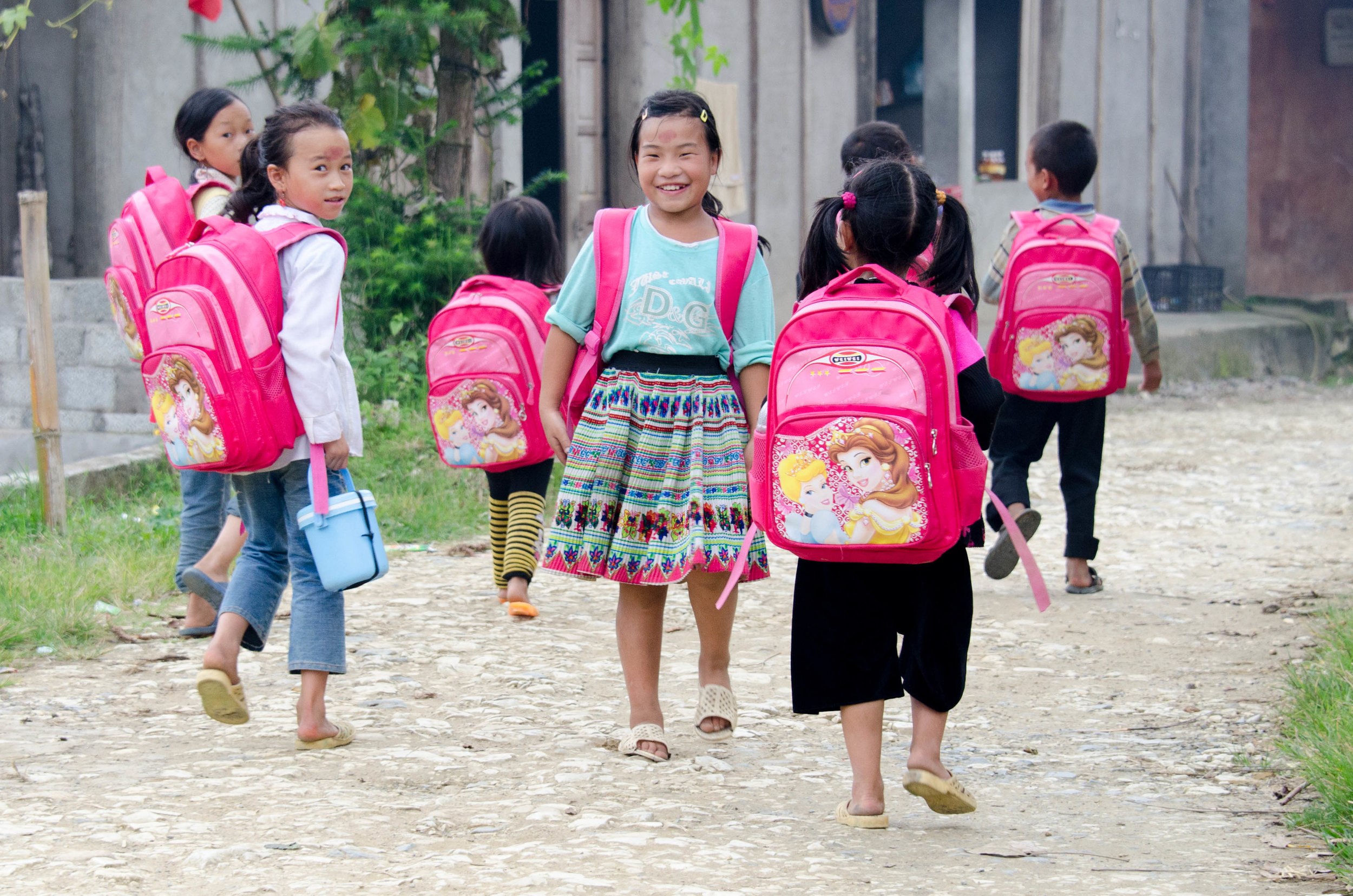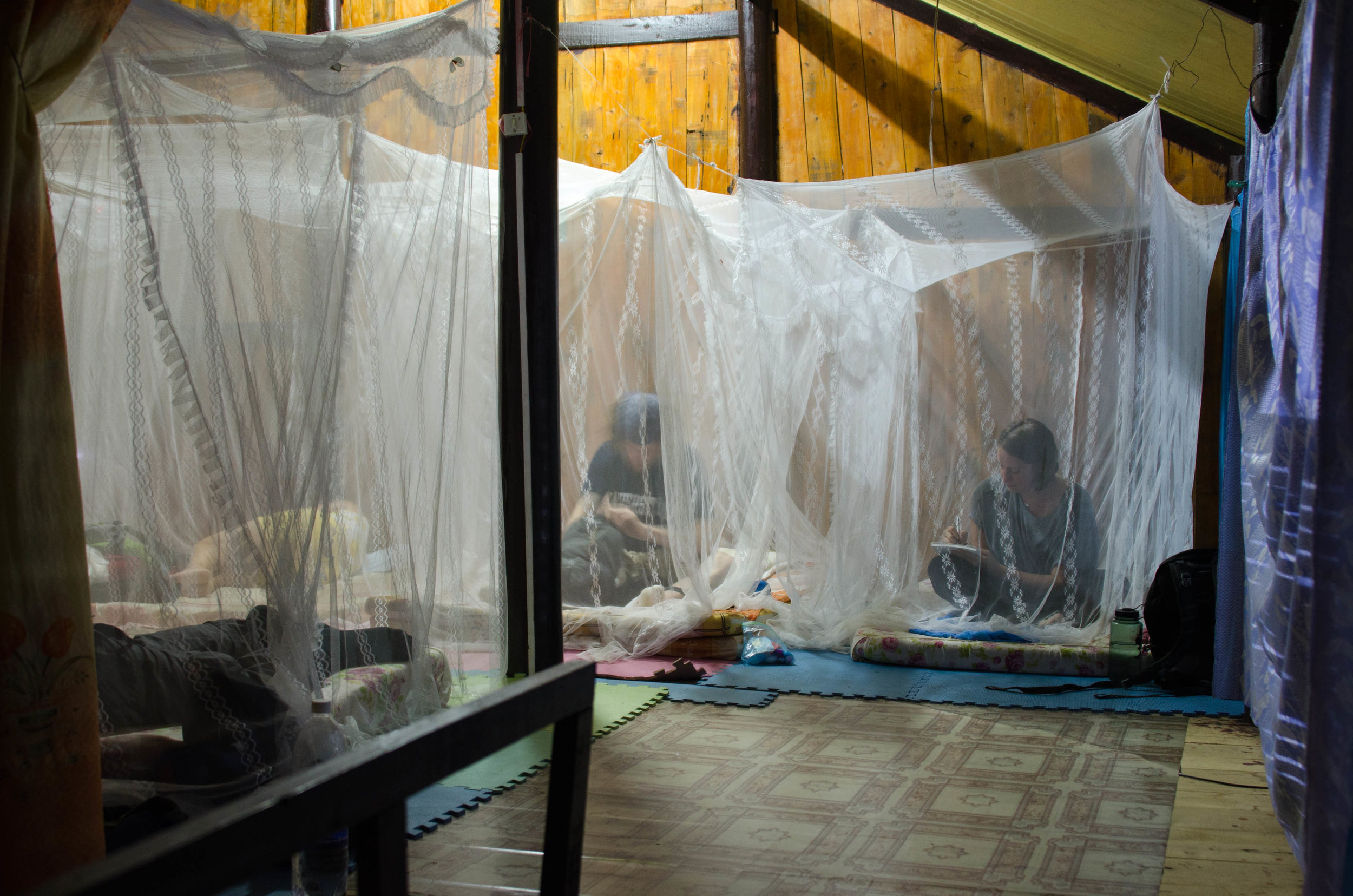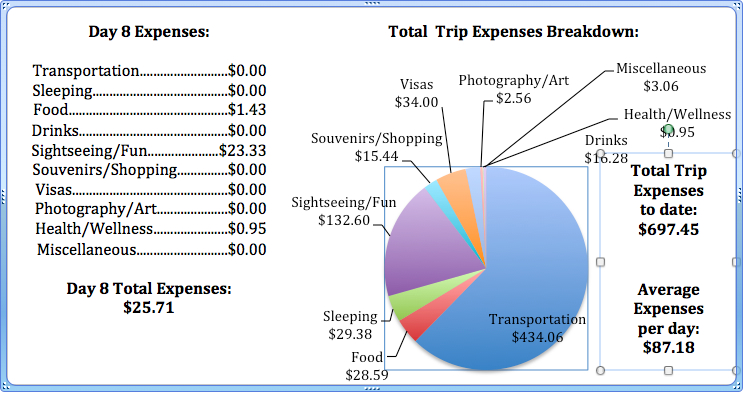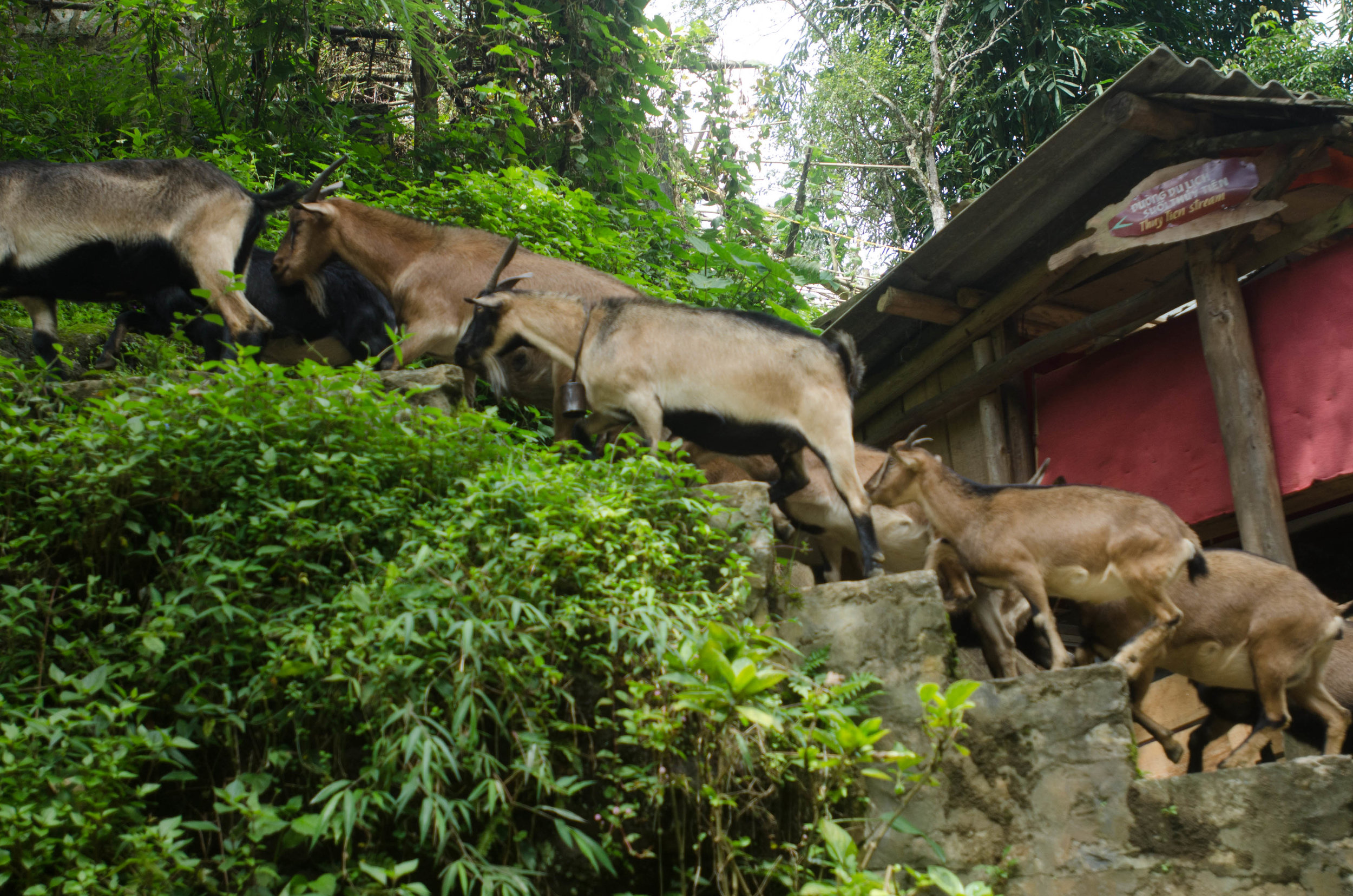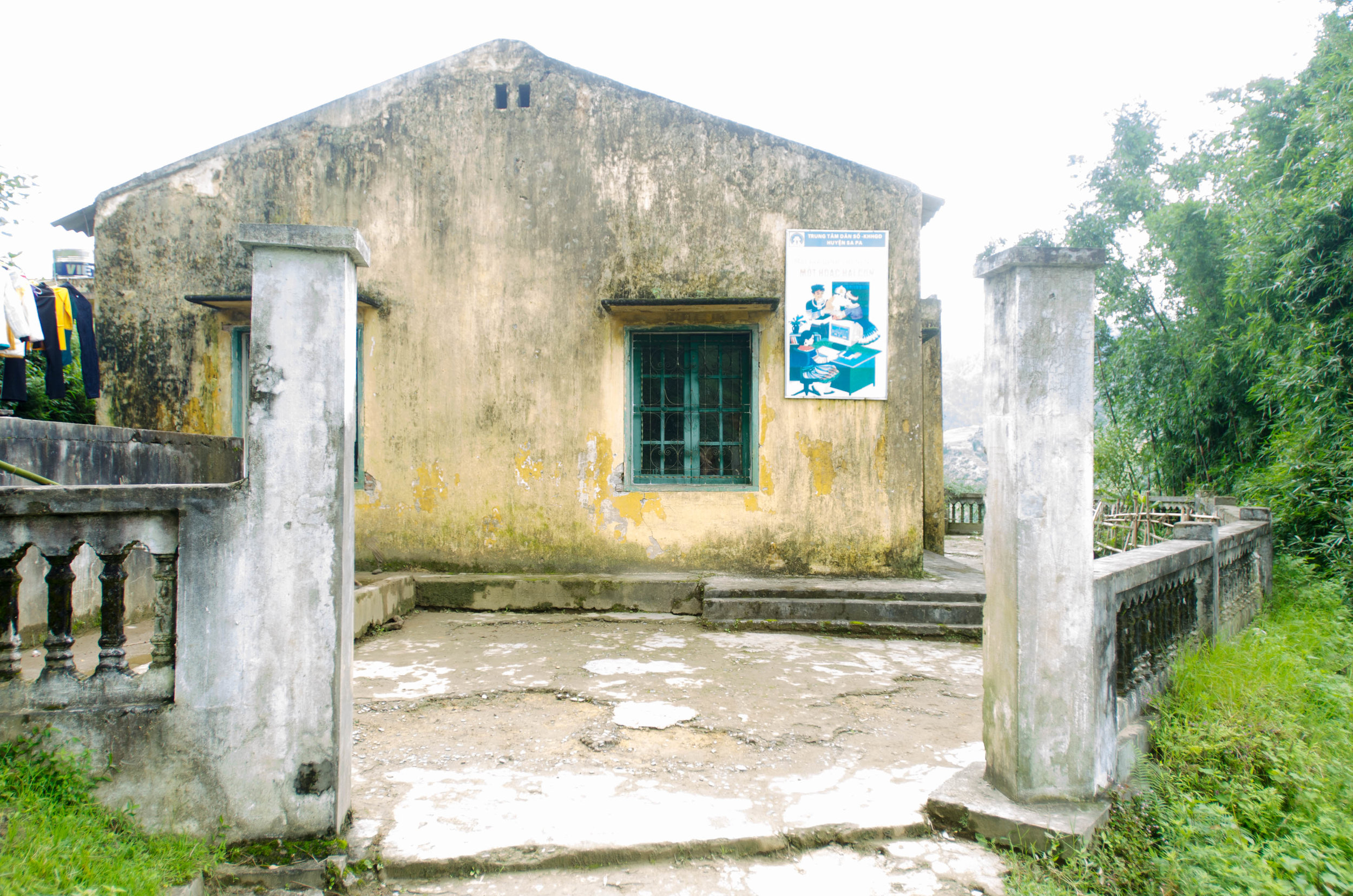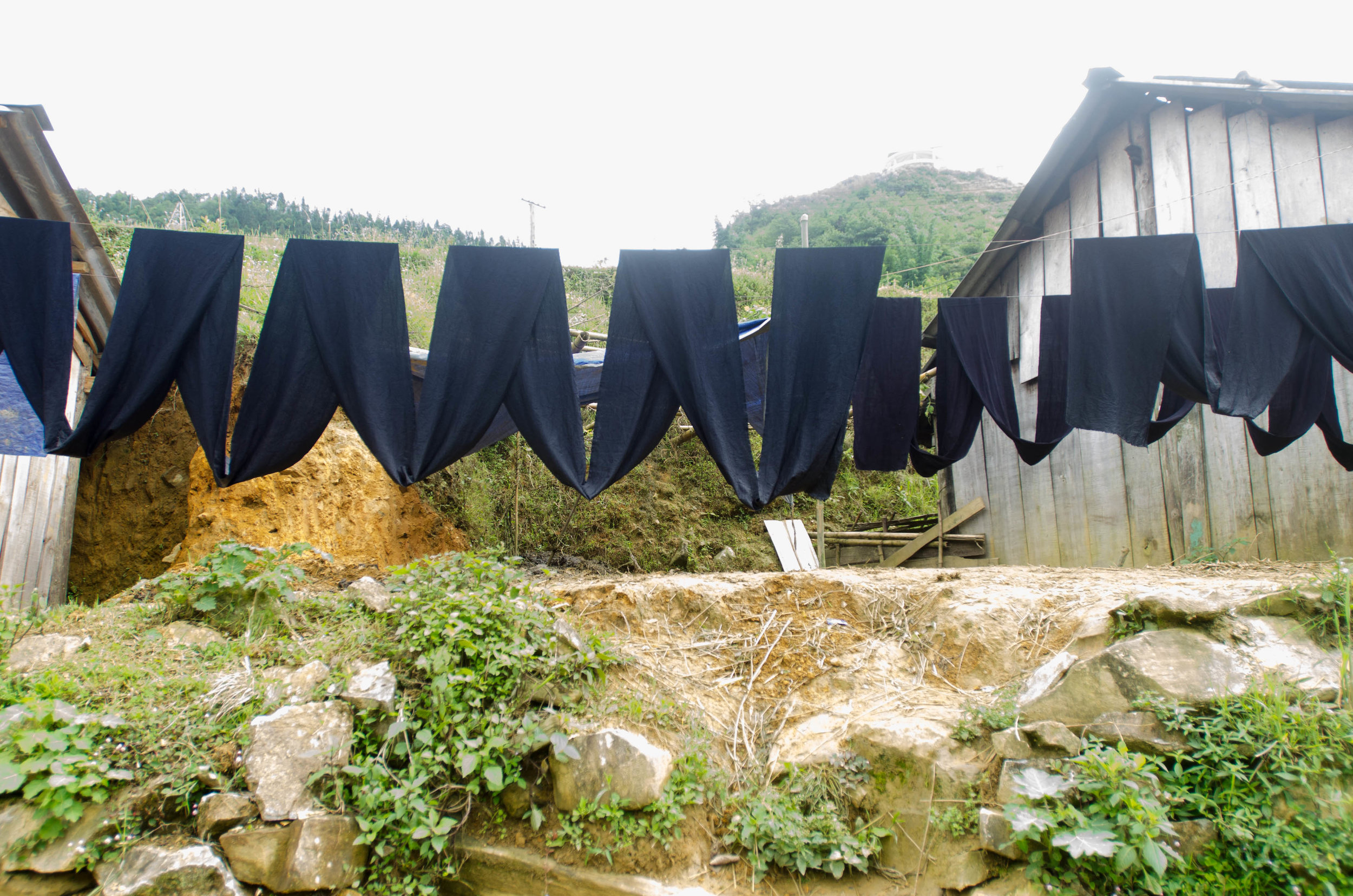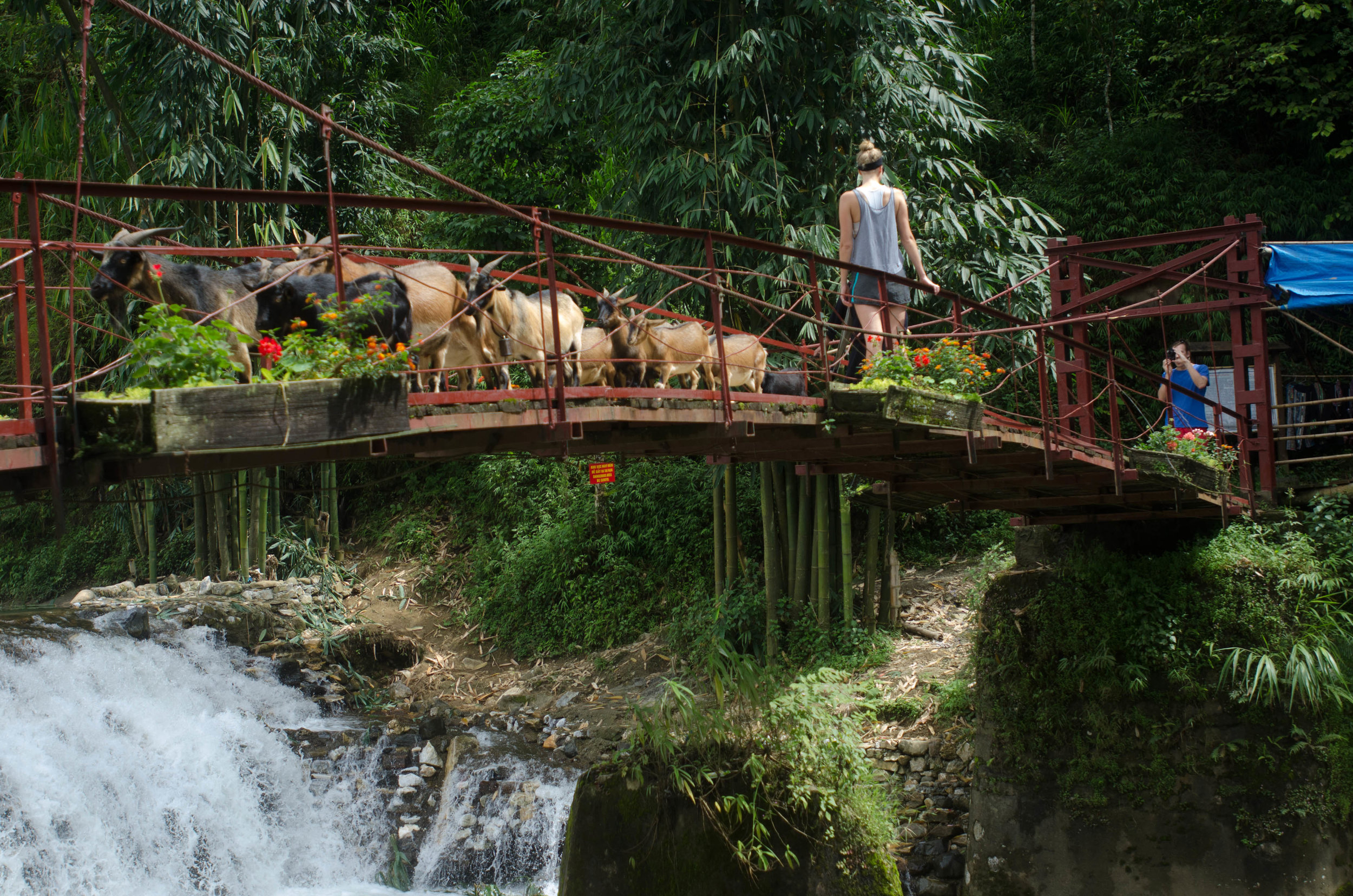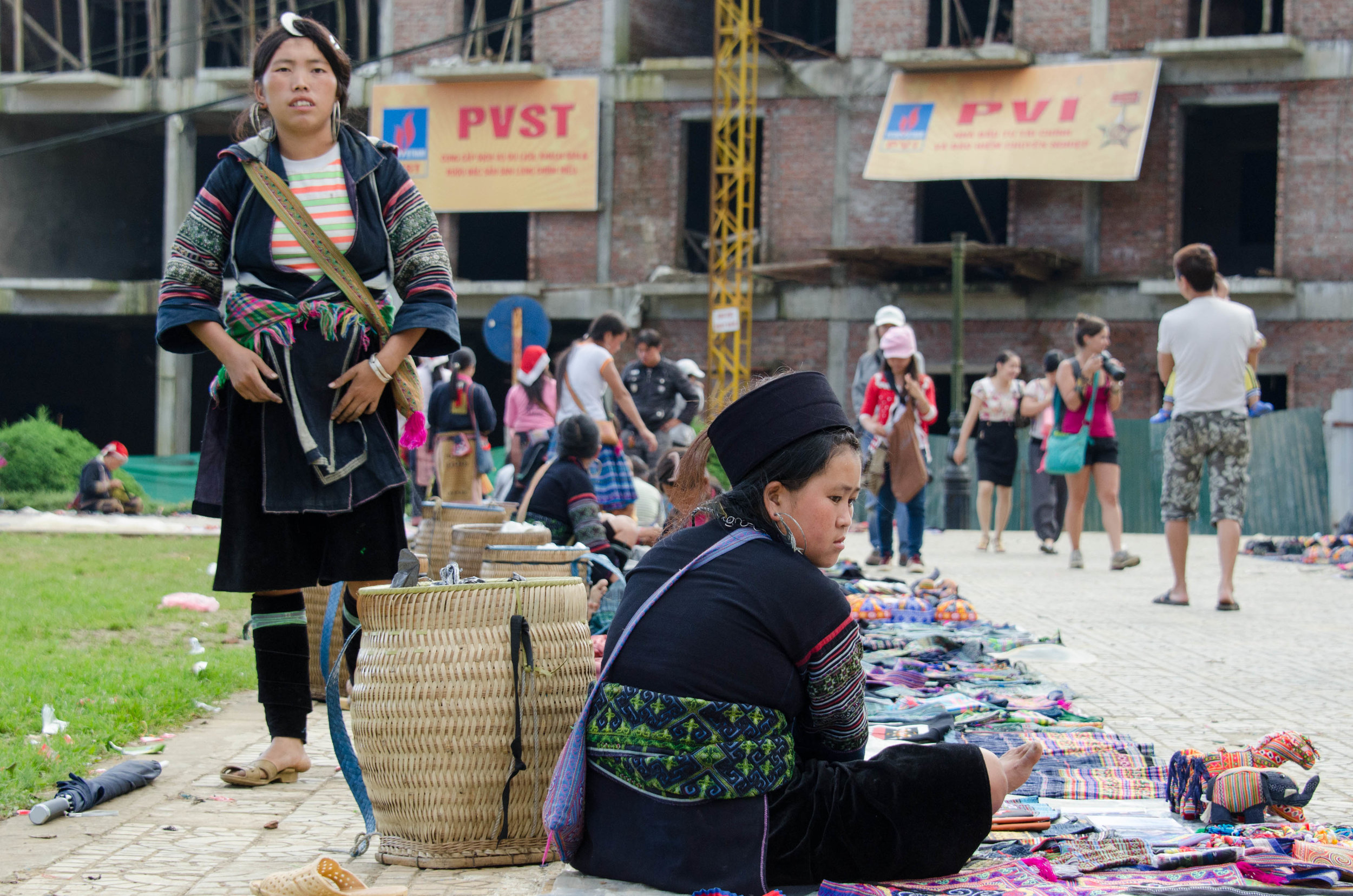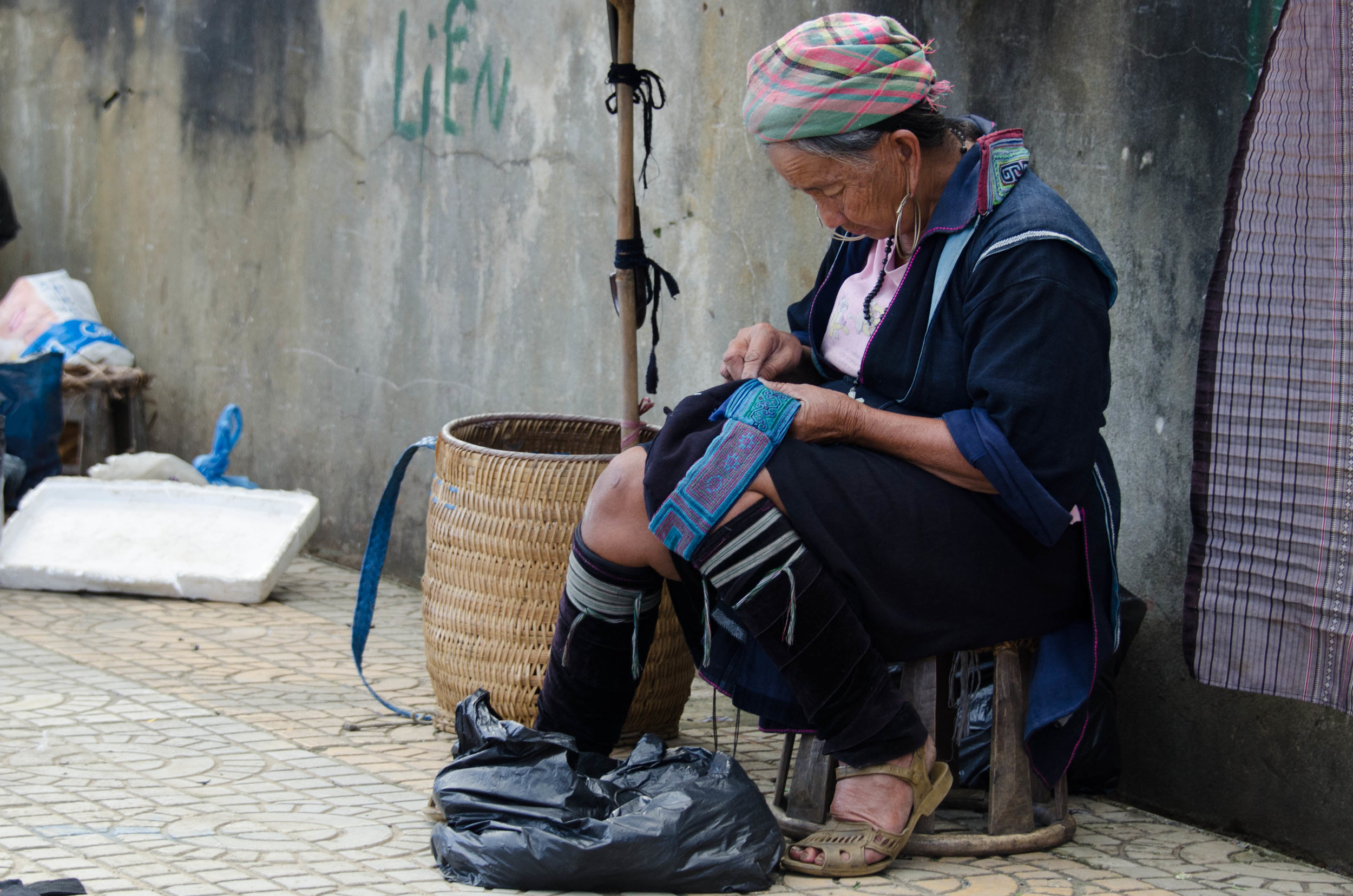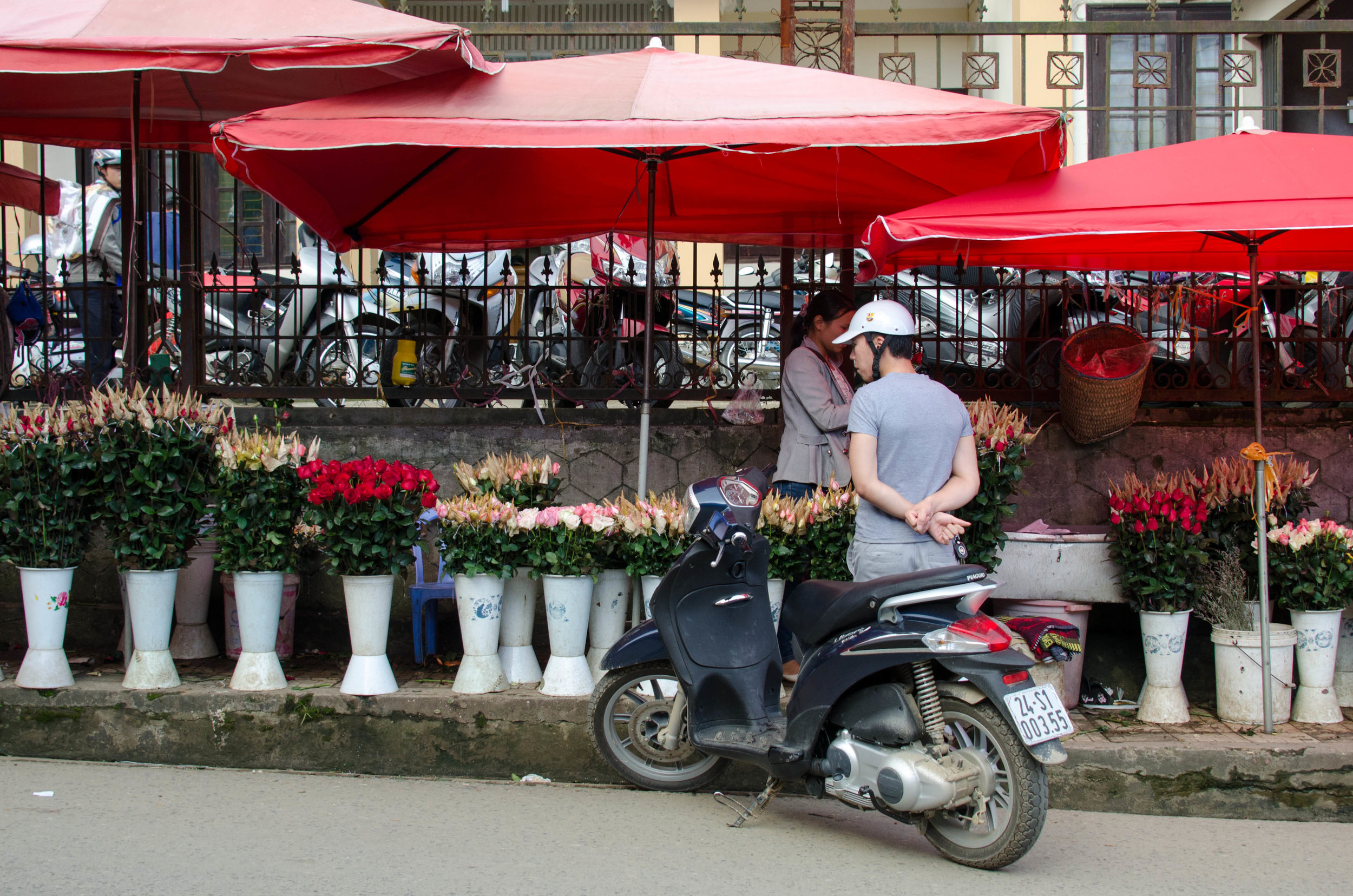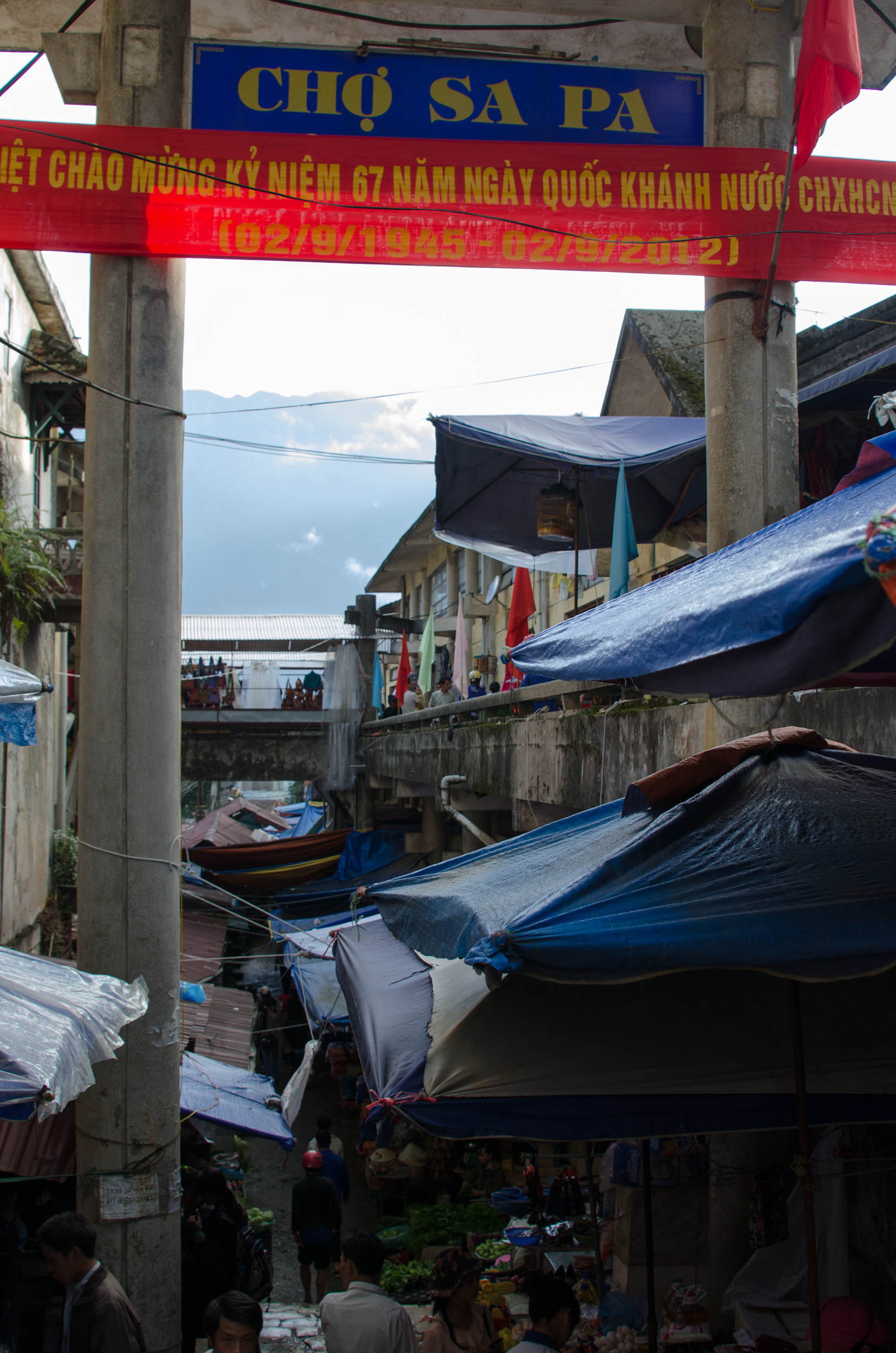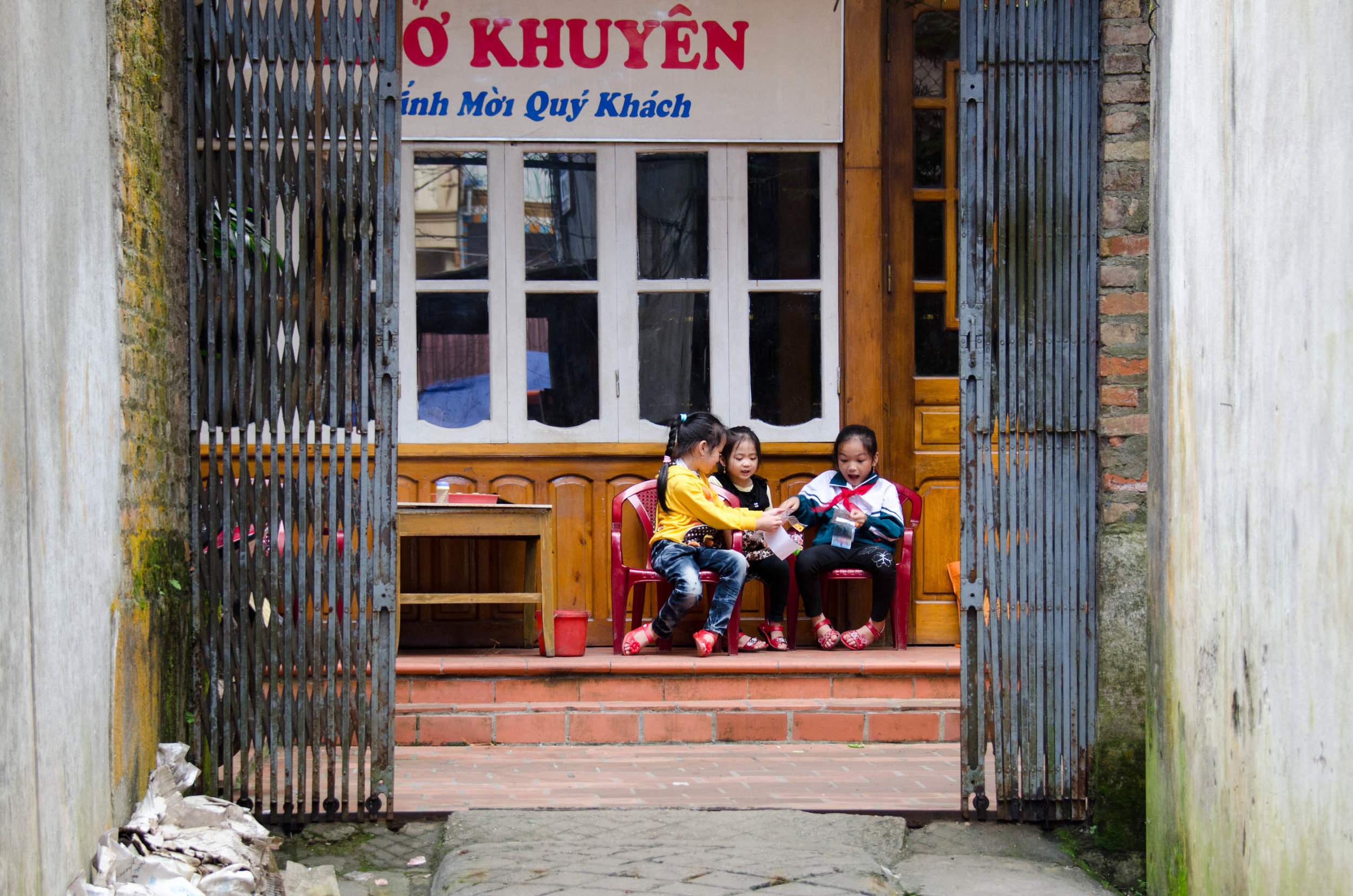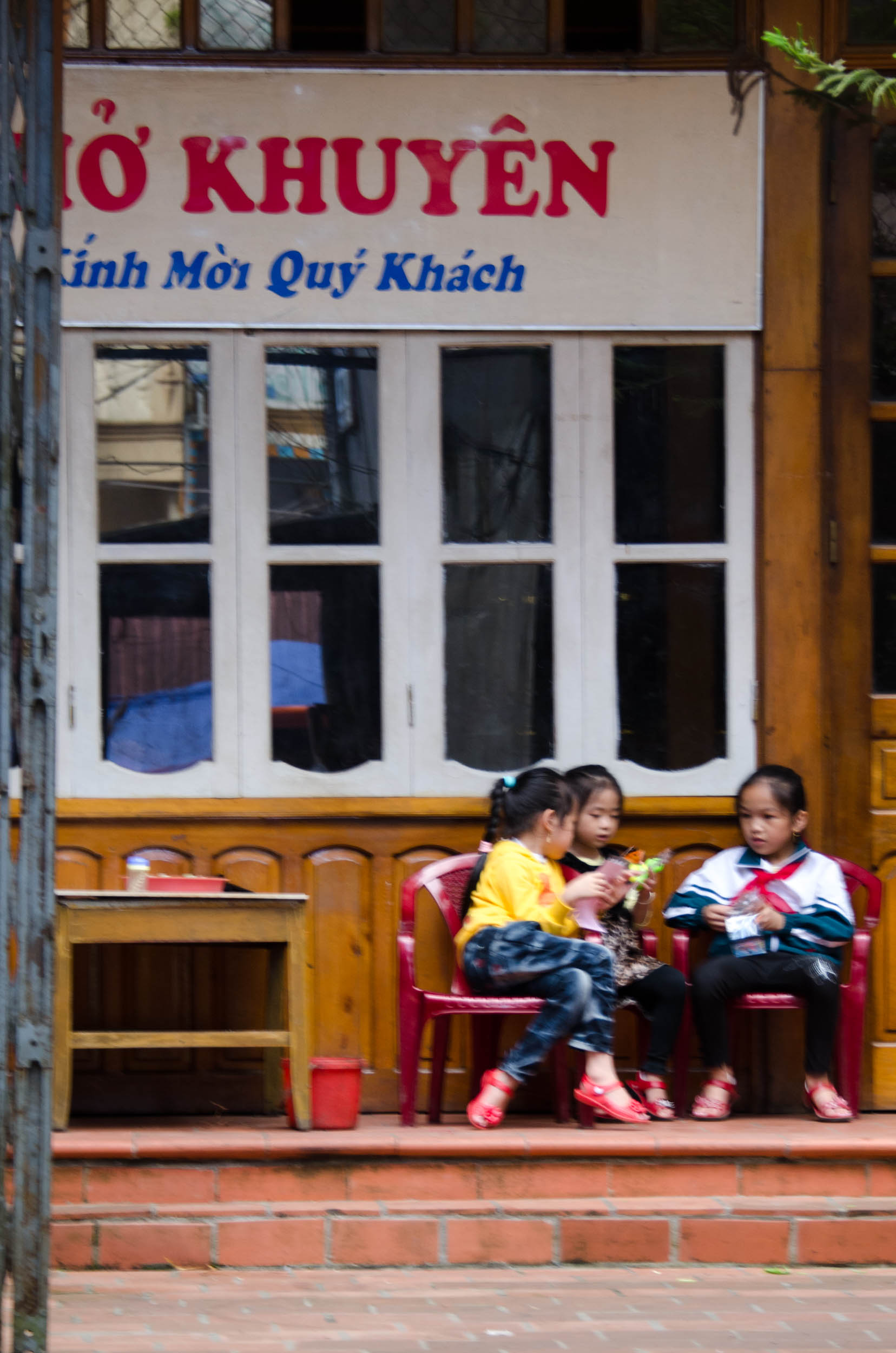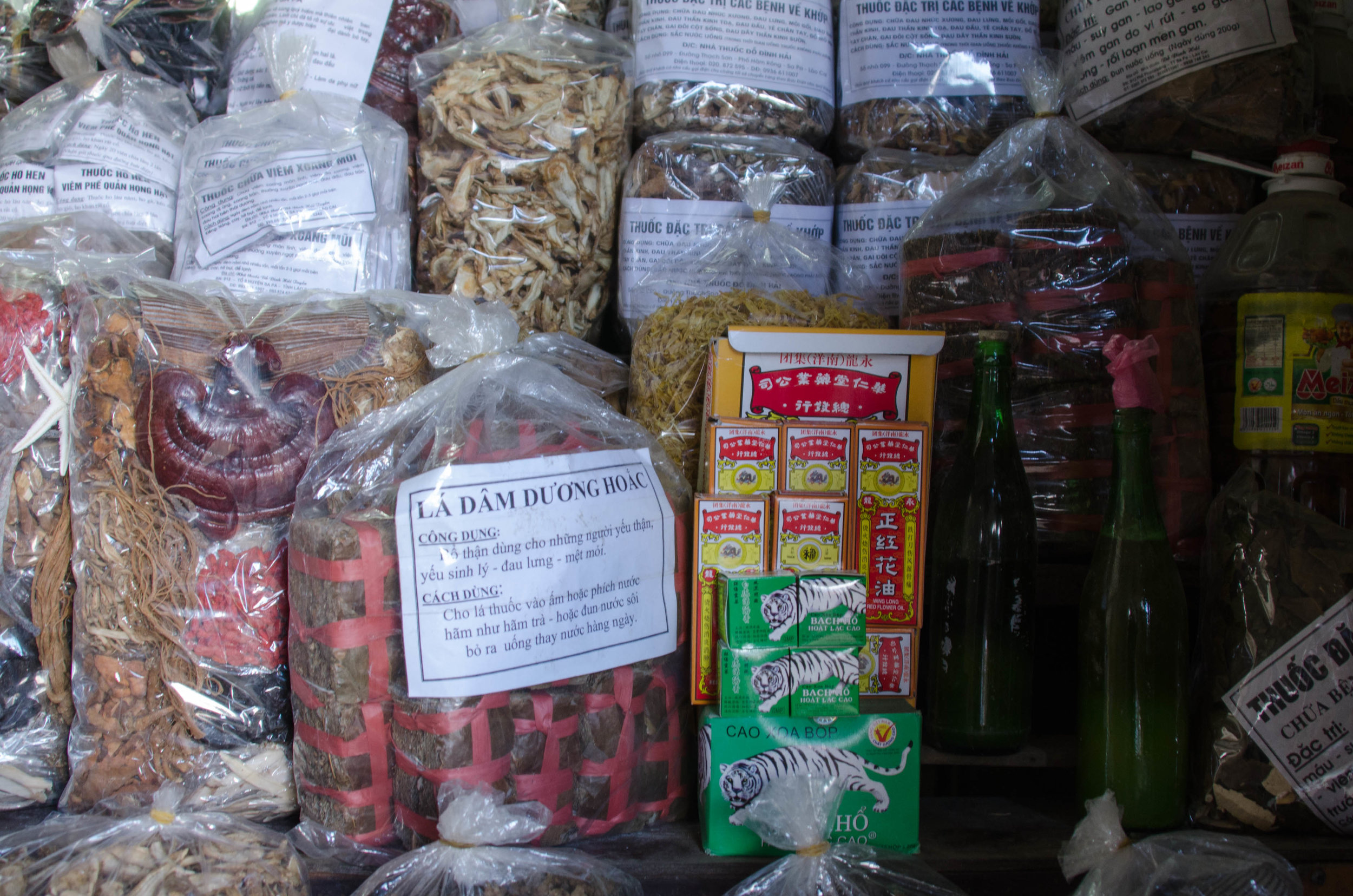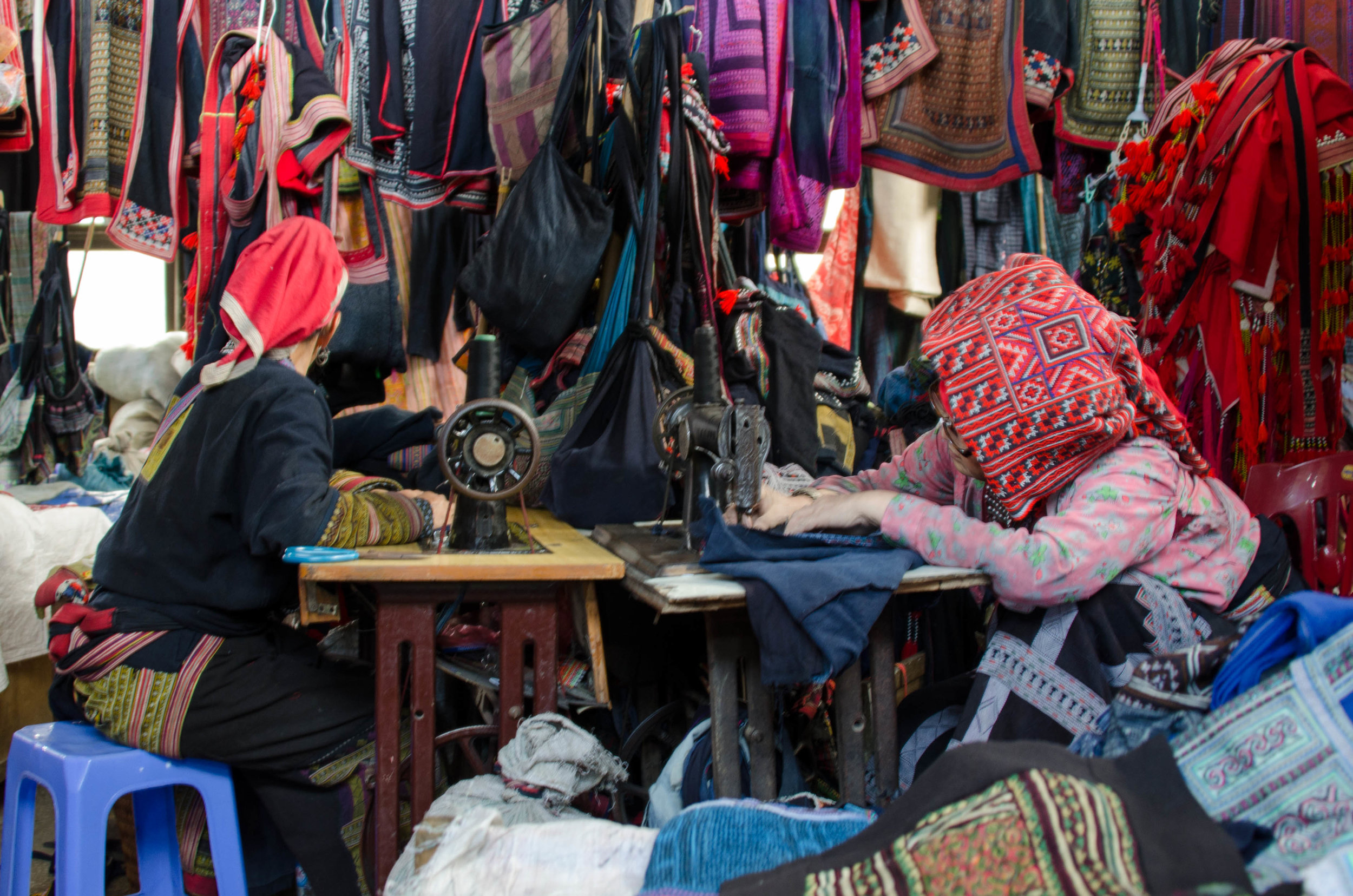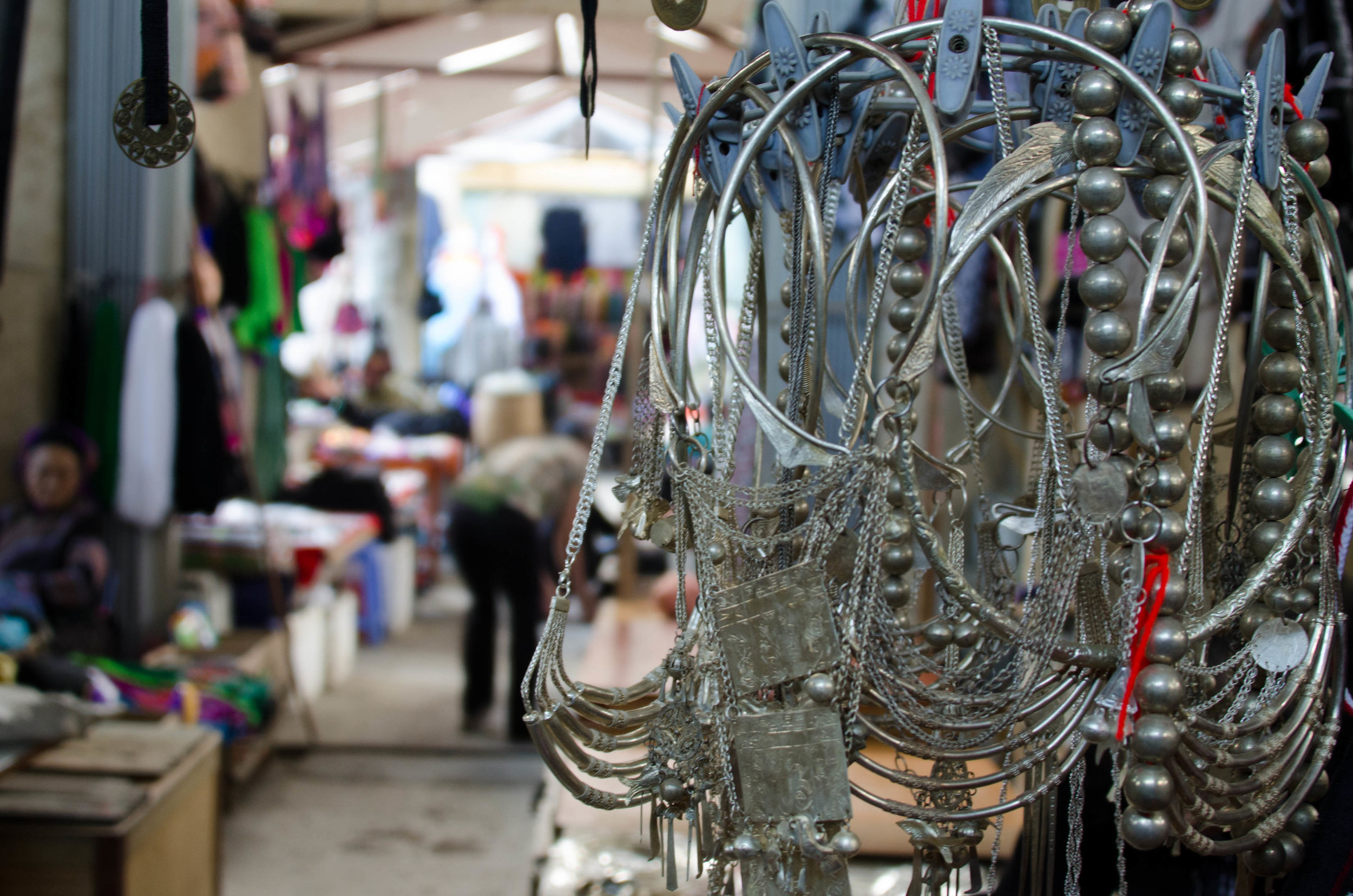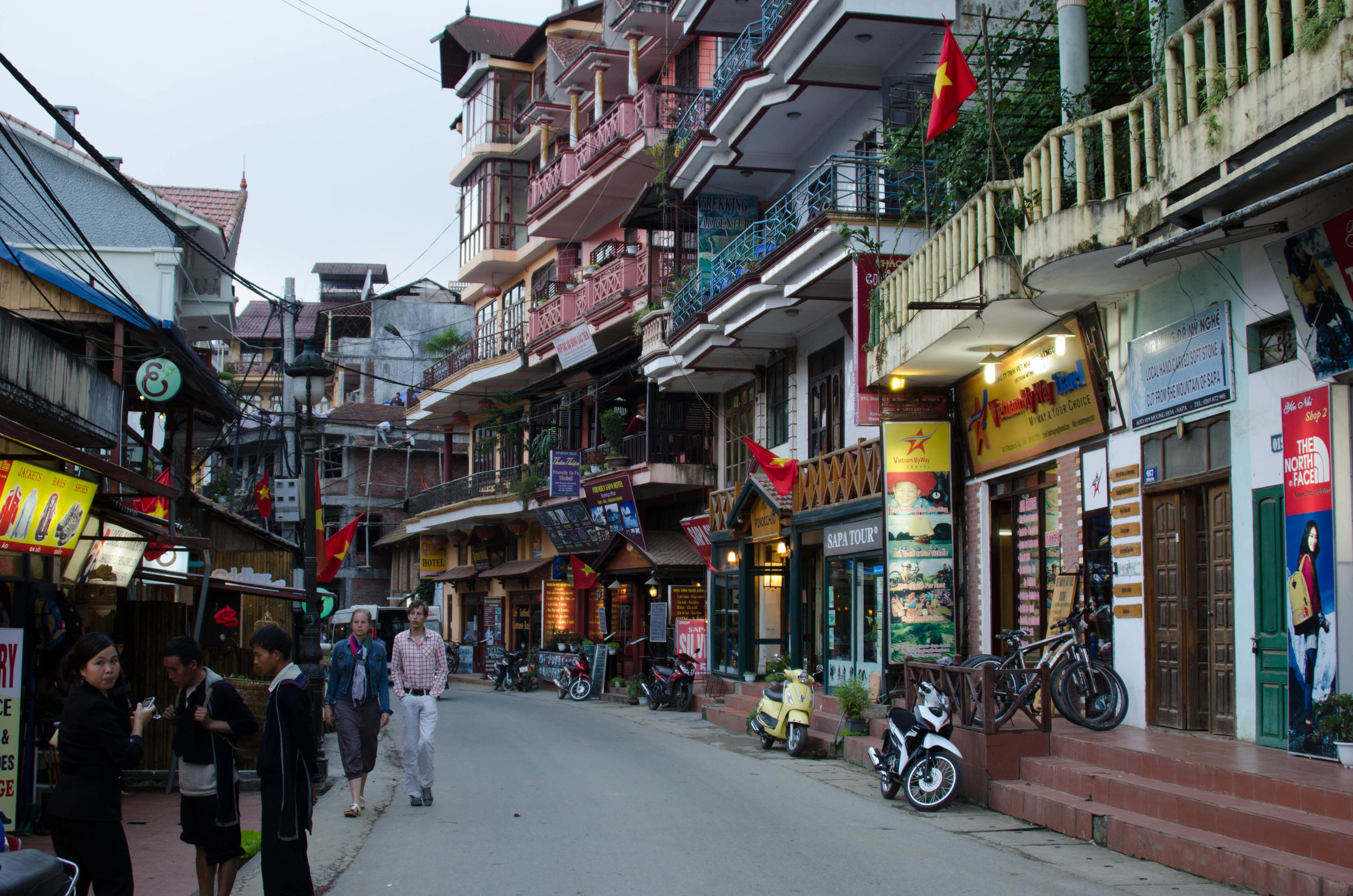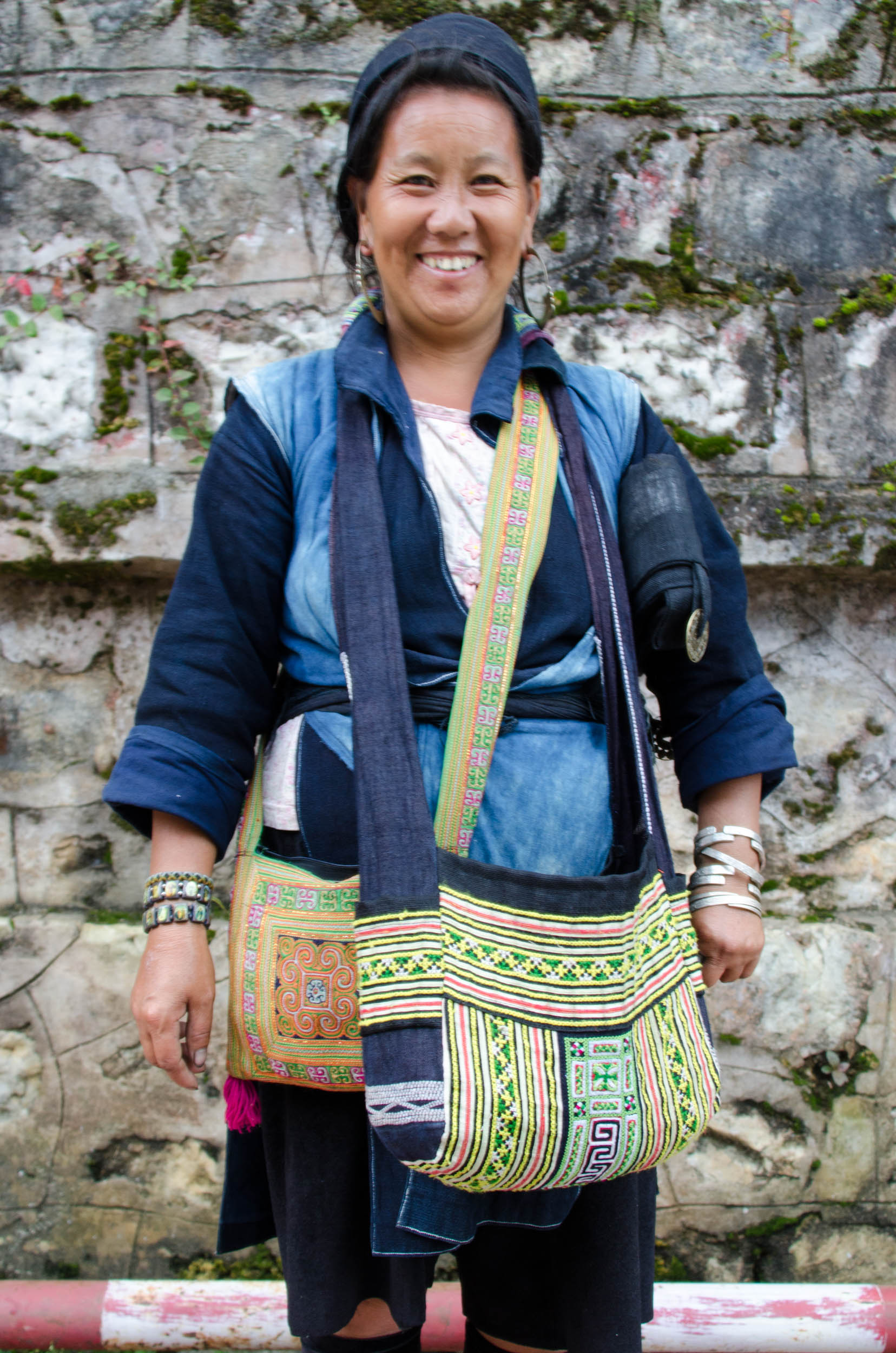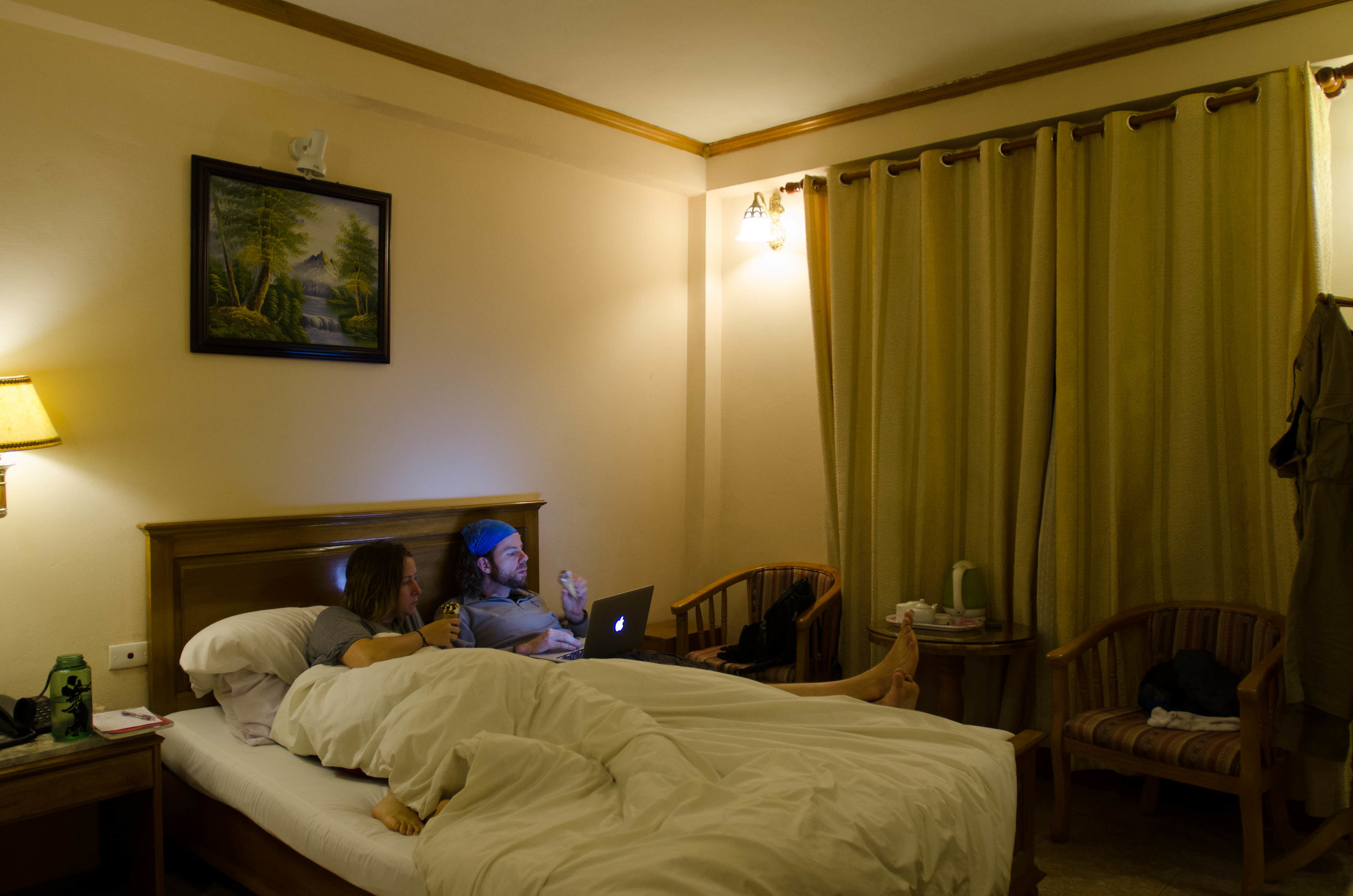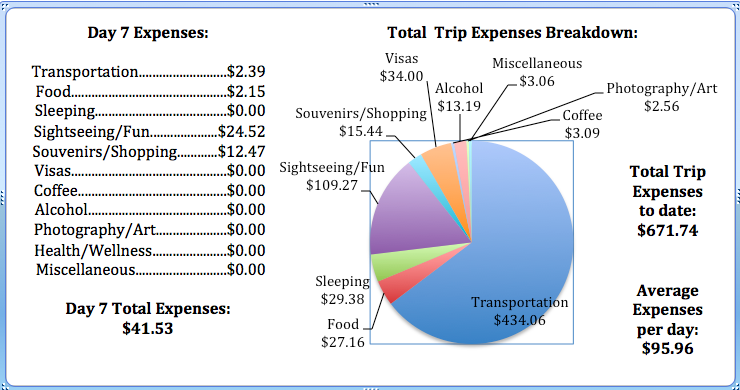Getting to Machu Picchu is no easy task. Granted, it is MUCH easier than it was back in the days of Hiram Bingham. It’s not cheap, either. To walk the Inca Trail, one must sign up at least six months ahead of time. At least. You’re required to take a few porters, a guide, and a cook… Although we would have loved to walk it, not having firm plans throughout this year of travel and my bum heel prohibited us from even considering walking the trail. The alternative day visit isn’t the cheapest either. After you’ve spent a hundred dollars just to train it to Aguas Calientes, you’re still at the bottom of the Andes, and Machu Picchu is at the top. You can walk up the zig-zagging road to the entrance of Machu Picchu (we saw at least one couple with more gumption than ourselves) or you can fork over $18.50 for the bus (at least it was round-trip) like we did.
However, after you’ve handed over your ticket (that you absolutely must get ahead of time, either online or in Aguas Calientes) you’re walking towards Machu Picchu letting the excitement take over any and all annoyance over the inflated expenses you paid to get here. Arriving just after sunrise didn’t hurt either. Isn’t this light gorgeous?
First stop: Huayna Picchu. I have to admit, I was a little nervous about this climb. I didn’t think it would be a big deal until a few nights ago, Andrew started looking up videos of what it would be like and showed us one with rocks jutting out of the side of a mountain that you had to trust could hold your weight as you climbed up. Ok, so maybe I was a little scared on top of nervous. The problem with me being scared of something though, is that I know that it means I have to do it. There’s no getting around it. Like this entire trip, I guess… when I step back and think about it.
Huayna Picchu (also known as Wayna Picchu) is the mountain that is usually behind Machu Picchu in all of the pictures. The Urubamba River curves around this mountain below it and Machu Picchu. I found it interesting that I had never heard of this mountain, only Machu Picchu, yet the Incas built a trail with temples and terraces on its side and top as well. The peak (our destination) is 8,920 ft above sea level. It’s 1,180 feet higher than Machu Picchu. The climb itself wasn’t terribly hard, but the altitude made things a bit challenging.
Once we got to the top though, I understood why my aunt had emailed, urging us to try to get tickets. Again, only 400 are allowed up the mountain per day. There are two designated time slots, allowing 200 people in during each 2 hour window. We had to sign in before we were allowed to start the climb and were supposed to be back down 2 hours later. However, nothing was really enforced and we took our time once we were up at the top, pausing several times for photos or to just sit and admire the view.
According to Wikipedia, According to local guides, the top of the mountain was the residence for the high priest and the local virgins. Every morning before sunrise, the high priest with a small group would walk to Machu Picchu to signal the coming of the new day. The Temple of the Moon, one of the three major temples in the Machu Picchu area, is nestled on the side of the mountain and is situated at an elevation lower than Machu Picchu.
Momma was slightly terrified of the edge and the general realization of exactly how high we were once we got to the top. As you’re climbing up, you really don’t have a clear sense of how high you are because you’re on a trail that is winding around the mountain. In other words, it’s not just one “up” direction. These are the steps that scared me in the video Andrew showed us a few days before. The video made it look like the girl was standing on these steps directly over the edge of a mountain. However, they’re above terraces and they aren’t nearly as scary as they might look. Unnerving, sure. Of course. But really, not sooo bad. Unless you’re my mom- who wasn’t going anywhere near them. If you find yourself atop Huayna Picchu- take these steps up. I think it offers a great view, one that isn’t as crowded as other levels.
Some of the shots were taken from the absolute tip top of Huayna Picchu. We had to squeeze our way through and under some rocks that almost seemed precariously balanced atop the mountain. Only because we had to exit this way would Mom even consider climbing up to the top. I convinced her to let me photograph her, but unfortunately had my broken lens on my camera from some prior shots to see if I could squeeze one or two images out of it. I liked these images of her laughing so much I almost don’t mind how blown out they are. I’m pretty sure she thought she was going to slide right off the mountain when we had to cross this rock to get down to some more traditional steps below.
Another family decided to race back down the mountain. I had no desire to even consider racing back down. While the altitude didn’t bother me as much during the descent, these skinny little stairs did. The problem (if you can even call it a problem) with climbing Huayna Picchu before you really explore Machu Picchu, is that it’s kinda in the middle of the traditional visiter route through Machu Picchu. Apparently you’re supposed to follow this route and cannot reverse course halfway through. We didn’t realize this when we started walking through Machu Picchu.
Another “problem” with sprinting through Machu Picchu to climb Huayna Picchu first is that when you’re finished climbing Huayna Picchu, you’re in the middle of Machu Picchu (below on the map at #11) without a guide. This is something I wish we would have realized or thought of before we entered. There are dozens of guides standing outside the entrance to Machu Picchu offering up their services. Had I known any better, I would have made arrangements with one of them to meet us at the Huayna Picchu gate after our climb. (If you plan on doing both in one day- get a guide to meet you!) I enjoyed milling around Machu Picchu, and it was easy to evesdrop on other tours for bits and pieces of information, but I wish I had done some more research on the site, or brought along a Machu Picchu book, or something to better understand what buildings or temples or burial sites we were standing in. Even a map, like this one below (found here) would have helped! I thought perhaps we missed them on our way in, but when we left I looked to see if there were any sitting out and couldn’t findany (or any sign that there were some there previously).
Above is a view of Huayna Picchu from the middle of Machu Picchu. If you look really closely, you can see the stonework towards the top. It’s pretty incredible how well it blends into the rock and trees of the mountain. If you didn’t know to look for it, I think you would miss it! (At least I would!)
It doesn’t look like there were many people in my pictures. (My mom was a little surprised when she saw the pictures of the monastery in Arequipa how empty it looked. I’m curious if she’ll be surprised with these pictures as well. -Are you Mom?) The truth is, I waited in many cases for people to get out of my shot. Or worked the framing to make the site stand out instead of highlighting just how many people there were around the site with us. There were a lot. It also helped that a few areas were roped off from the public – llamas only, or workers removing unwanted weeds from the stonework. We began our own tour of Machu Picchu through what I think were the houses of factories and then through the industrial zone.
According to some descriptions (and some guides) of Machu Picchu, this area is known as the Temple of the Condor. A temple where the Incas specifically worshiped the condor (the bird which is thought to represent the sky and afterlife of the Incas. We heard that many guides will call it a temple to paint a friendlier picture of Machu Picchu. However, this area was actually the prisoner’s area and there was some cruel torture that went on here, some say is evident by certain niches in the stones. Maybe both are speculation, but I think the prison idea is probably the most accurate.
In the middle of Machu Picchu, above the royal tomb is the Temple of the Sun, also called the Torreón. This is one of the most sacred places in Machu Picchu and only the Inca (the king of the Incas) himself and the high priest could enter. It’s where the diety, Inti (the sun) is worshipped. During the winter solstice, the sun shines through the trapezoidal window onto a really large granite stone, which the temple was built around. Like all of Machu Picchu, the exact purpose of this temple is debated. Was it for female ”Virgins of the Sun” or was it a monument to the Inca Pachacutec or an observatory? Maybe all of the above? Who knows. Regardless, during the winter (in June in these parts) solstice, the sun illuminates the sacred rock in the middle of the temple – for reasons no one is entirely positive about.
Around the Temple of the sun are some houses known as The Royal Sector. Basically, where the royal family lived. (I think.)
At the very top of the middle area of Machu Picchu, is the Temple of the Three Windows, this was more like a wall, surrounding the Sacred Plaza. It’s here where you will find the Principal Temple, the House of the Priest, the Sacristy, and a LOT of tour groups. Unfortunately, at the time, we weren’t sure what we were looking at. I mostly took pictures of what I found interesting and a few roped off areas that I knew were important… only I wasn’t sure exactly why. I followed the crowd and found myself facing this giant rock, guarded by one thin rope and a Machu Picchu employee making sure no one crossed it. Dozens were standing in front of it to get their picture taken. This sacred rock is known as Intihuatana. It supposedly mirrors the shape of Huayna Picchu (the mountain we climbed a few hours ago) and is said to have functioned as a sundial, or astronomical calendar, or agricultural calendar, or perhaps all of the above? Bottom line: it’s special. sacred. super important. Apparently other similar stones were carved elsewhere but were all destroyed by the invading Spaniards (Thanks a lot, Spain!) who wanted to replace them with crosses, thus ridding then Peru of its pagan ways. I found Andrew and Momma waiting for me here, just chillin’ in some Incan niches…
It was right around here where we got in trouble. You see, we had already gone around the far side of Machu Picchu to climb Huayna Picchu. However, when we went to double back to see what we missed, we were directed back where we came from. We listened to the first two Machu Picchu employees, but then held firm with the third one. All we had to do was cross over one walkway to get back to the main stairs. A tourist guide (with his group) stopped to help us, and once the Machu Picchu employee saw that we were creating a crowd, he let us double back to see the half of Machu Picchu (where most people start their visit) we missed.
This might have been my favorite part of Machu Picchu. It provided a beautiful view of Machu Picchu, and seemed a little more secluded and less traveled than the famous temples and lawns full of llamas, terraces, and perfect masonry. We passed through the City Gate, walked up around The House of the Guardians, and we must have passed the Funerary Rock and Cemetary although we didn’t know it at the time. By this time, our water was running low, the sun was getting to us, and we were starting to slow down. Of course, we still enjoyed the view, and I even convinced Momma to get up to jump for a picture or two.
If you walk far back enough, you’ll find yourself at another checkpoint and a trail leading to the Inca Bridge. We were told it wasn’t hard, so Andrew and I decided to check it out. Twenty minutes later, we found ourselves facing this (above) and honestly we weren’t impressed. I don’t see what the big deal was… According to Wikipedia, The trail is a stone path, part of which is cut into a cliff face. A twenty-foot gap was left in this section of the carved cliff edge, over a 1,900 feet drop, that could be bridged with two tree trunks, otherwise leaving the trail impassable to outsiders. I would have been content to instead have spent my time sitting within the walls of Machu Picchu and soaking it up before deciding we had seen enough… We collected Momma, walked around a little more to see if there was anything we missed, went to where we thought was the end/start of the Inca Trail, took a few last pictures and made our way back out and down to Aguas Calientes, and then back to Cusco.
